Today we were leaving Riga and doing a very Australian road trip in Eastern Europe… that is to say, we were covering about 750kms. Which is not so unusual if you’re in Australia, but is like, long-haul-trucker-crossing-at-least-three-countries, distance if you’re in Europe. We left Riga around 06:30 and it was pitch black and freezing cold and the streets were eerily quiet.
When the sun finally rise the landscape was beautiful. Getting off the highway is both a blessing and a curse though. The scenery dramatically improves in what appears to be a direct correlation with how drastically the road conditions deteriorate. Can’t have beautiful scenery and good roads it seems. 🙂 My high-speed landscape photography hasn’t improved any – but I do insist on doing it!
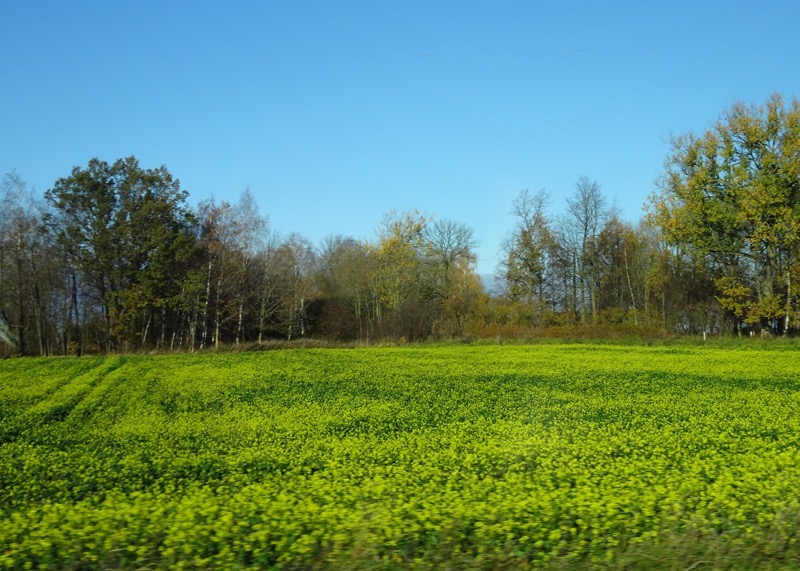
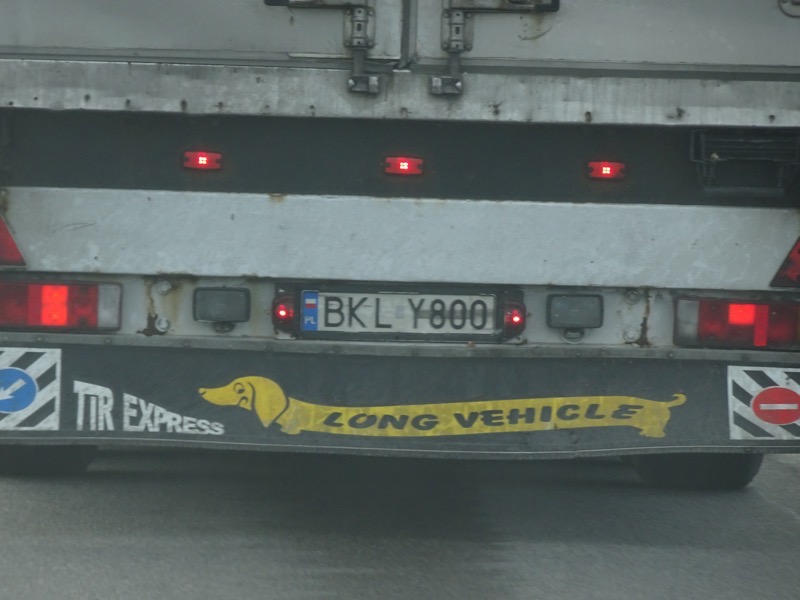
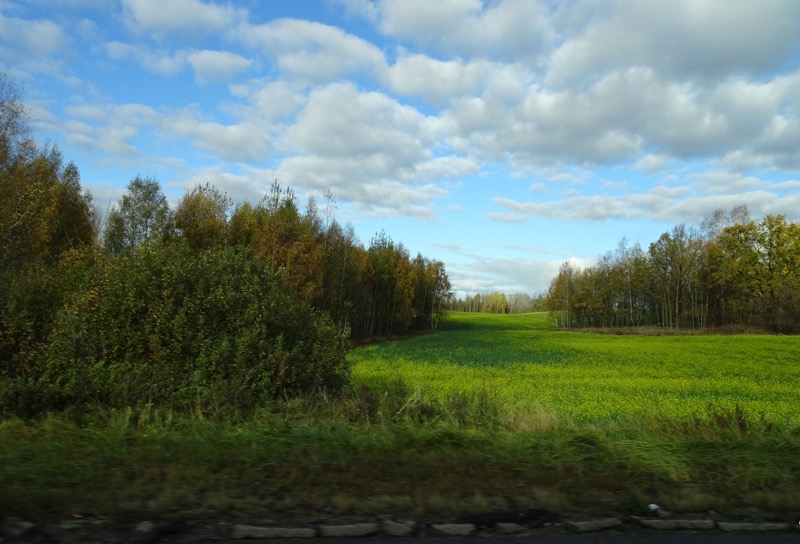 I think I blinked and missed the Latvia border… Oh, well. Goodbye Lithuania and welcome to Poland! Here, have a disused border building, some indecipherable signage and an immediately discernible downgrade in road quality.
I think I blinked and missed the Latvia border… Oh, well. Goodbye Lithuania and welcome to Poland! Here, have a disused border building, some indecipherable signage and an immediately discernible downgrade in road quality. 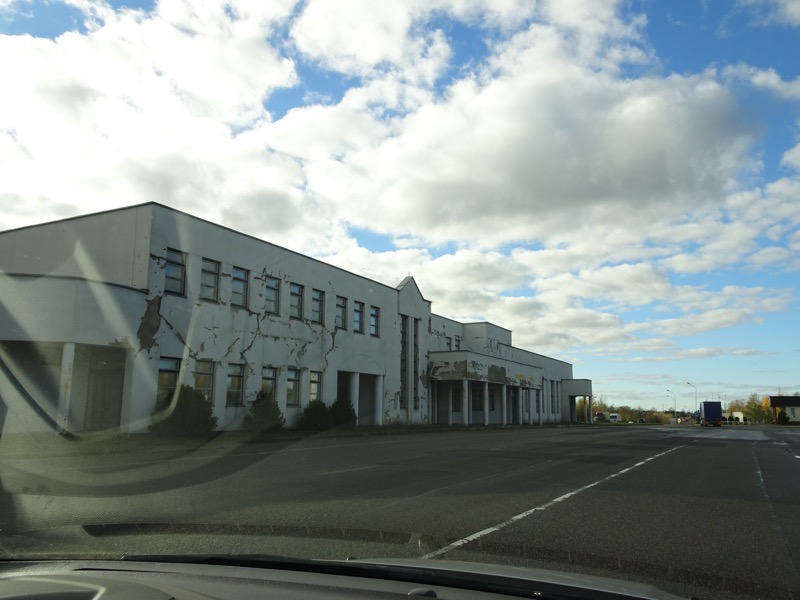
 Thankfully, we got to keep the pretty landscapes.
Thankfully, we got to keep the pretty landscapes.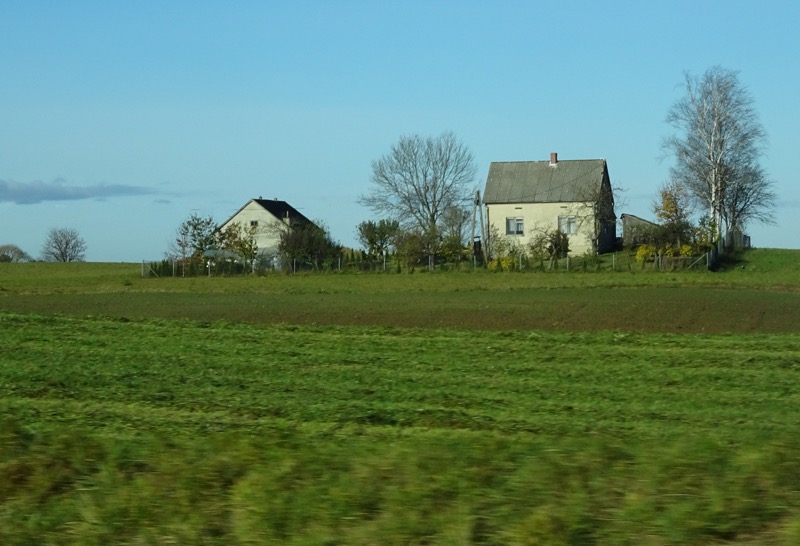
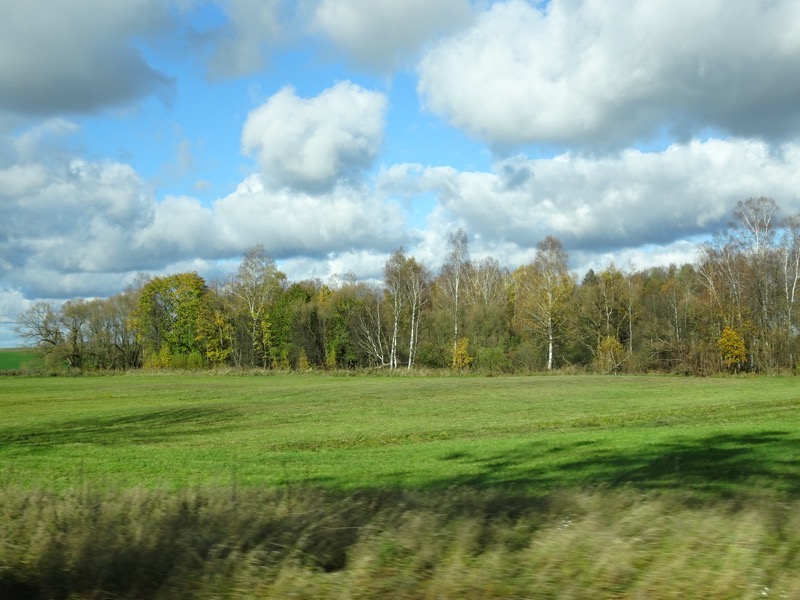
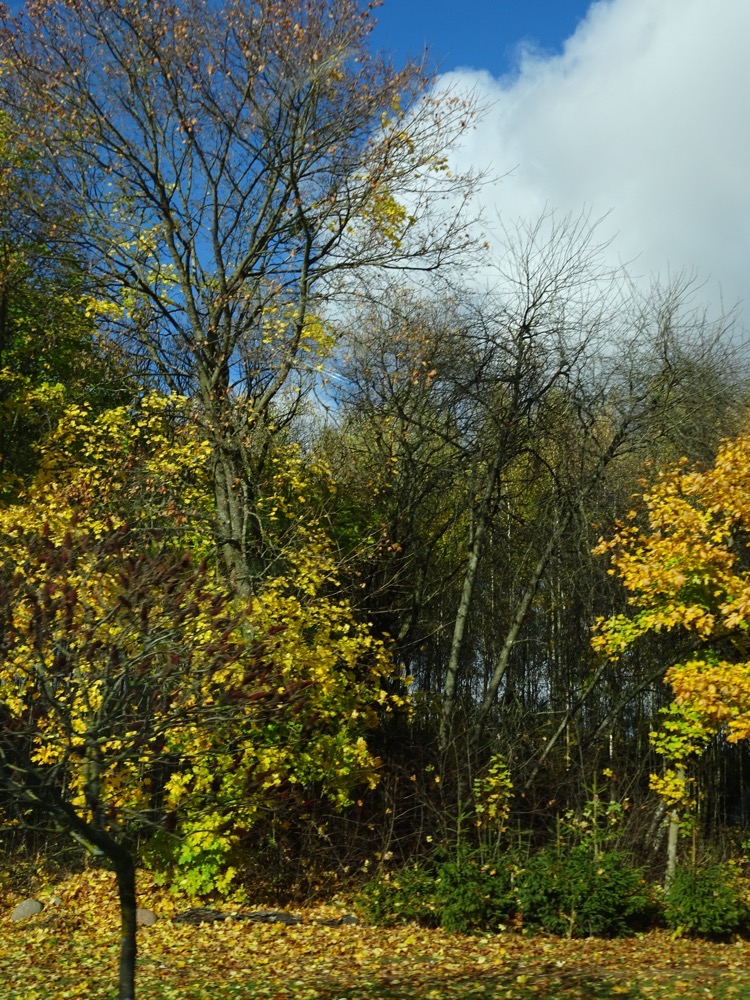
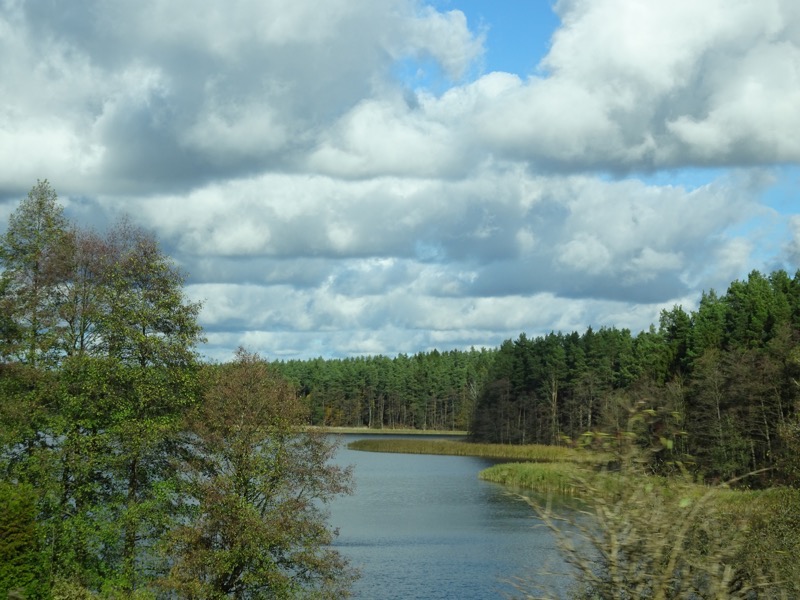
To break up our trip we had decided we would stop just after midday at the Wolf’s Lair. In German known as the ‘Wolfsschanze’. Basically, this was Hitler’s primary military headquarters on the Eastern Front for nearly three years of World War II.
The drive into the complex is skirted by dense forest, far from major roads and urban areas. Much of the forest surrounding the compound was heavily peppered in landmines during the war, as a defence against ground attacks. Would have been so pretty and yet so dangerous…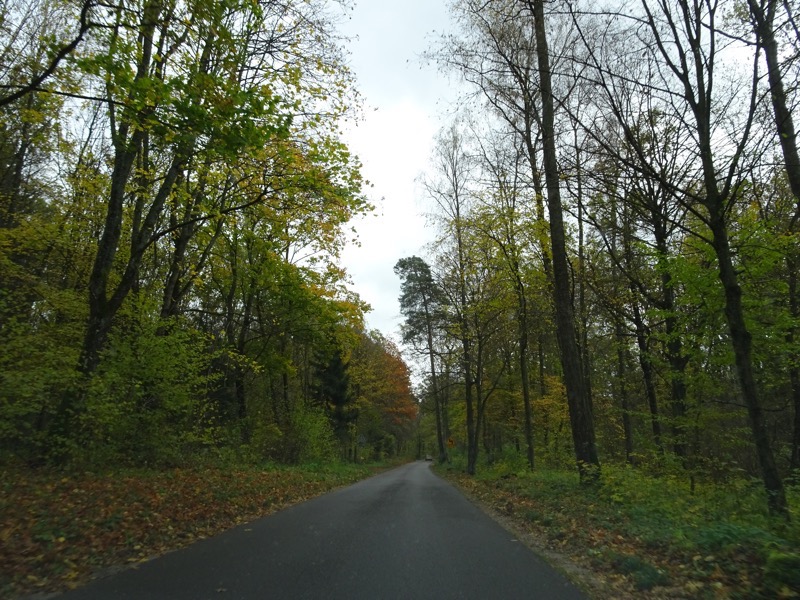 Hitler’s Wolf’s Lair complex is enormous – at roughly 6.5 km2 it was built by June 1941 to house the nearly 2,000 people who would come to live and work in the compound. Among the workers were twenty women who were Hitler’s official food tasters, like Margot Wölk. Margot was from a German family, born and raised in Berlin, married a man named Karl who was in the Germany army and she didn’t know if he was dead or alive. She ended up fleeing to Eastern Prussia when their home in Berlin was bombed and basically had no one to look out for her and found herself rounded up by the local mayor for duty as a food taster to Adolf Hitler?! Her story is remarkable if you read a bit further into it. Hitler’s intelligence sources were informing him that the British were planning an assassination attempt by food poisoning which fed Hitler’s perfectly just fear that people were trying to assassinate him, hence the food tasting team.
Hitler’s Wolf’s Lair complex is enormous – at roughly 6.5 km2 it was built by June 1941 to house the nearly 2,000 people who would come to live and work in the compound. Among the workers were twenty women who were Hitler’s official food tasters, like Margot Wölk. Margot was from a German family, born and raised in Berlin, married a man named Karl who was in the Germany army and she didn’t know if he was dead or alive. She ended up fleeing to Eastern Prussia when their home in Berlin was bombed and basically had no one to look out for her and found herself rounded up by the local mayor for duty as a food taster to Adolf Hitler?! Her story is remarkable if you read a bit further into it. Hitler’s intelligence sources were informing him that the British were planning an assassination attempt by food poisoning which fed Hitler’s perfectly just fear that people were trying to assassinate him, hence the food tasting team.
(Wilczy Szaniec – Polish for Wolf’s Lair)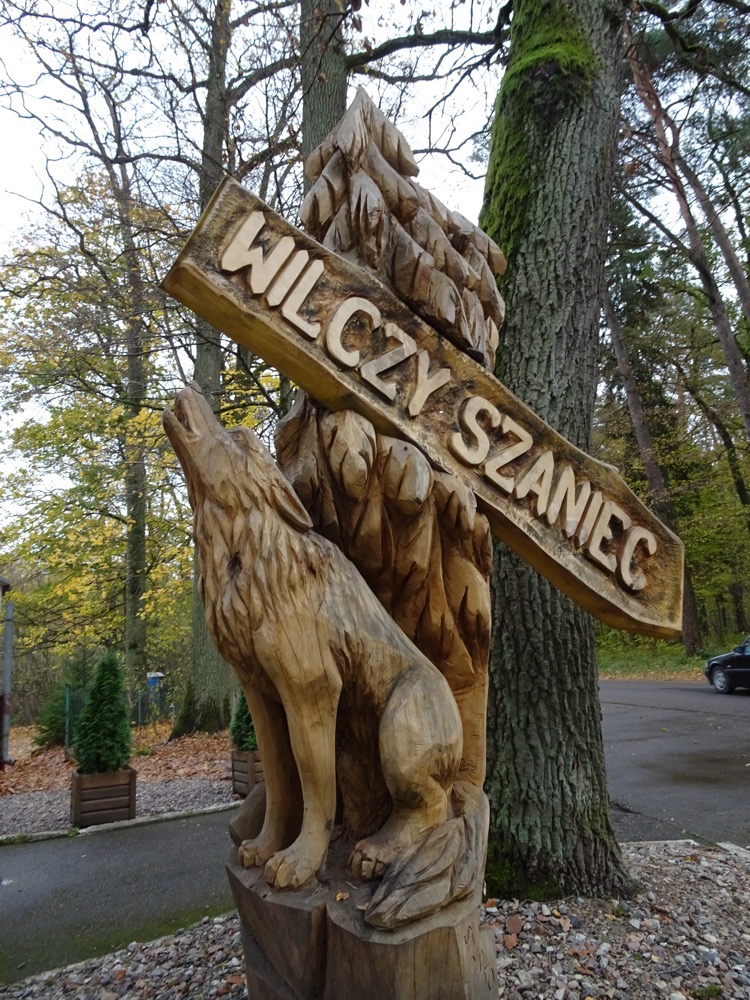
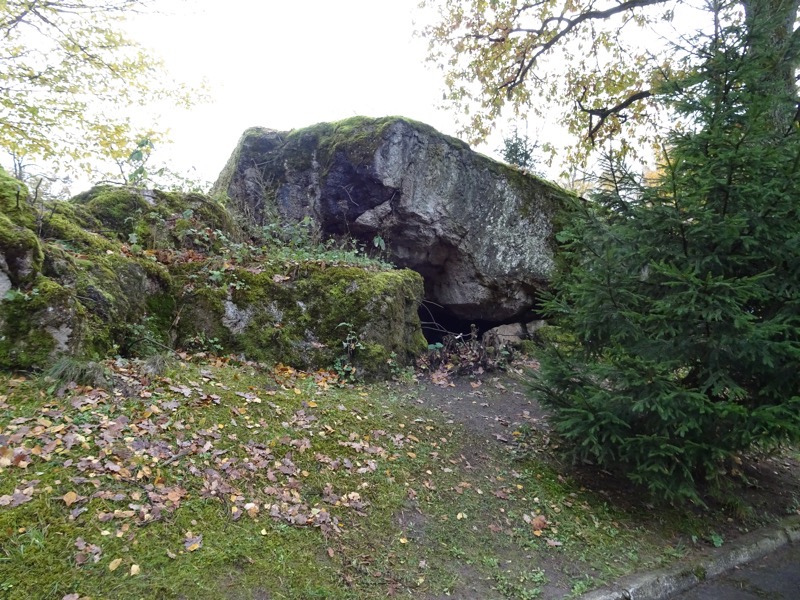
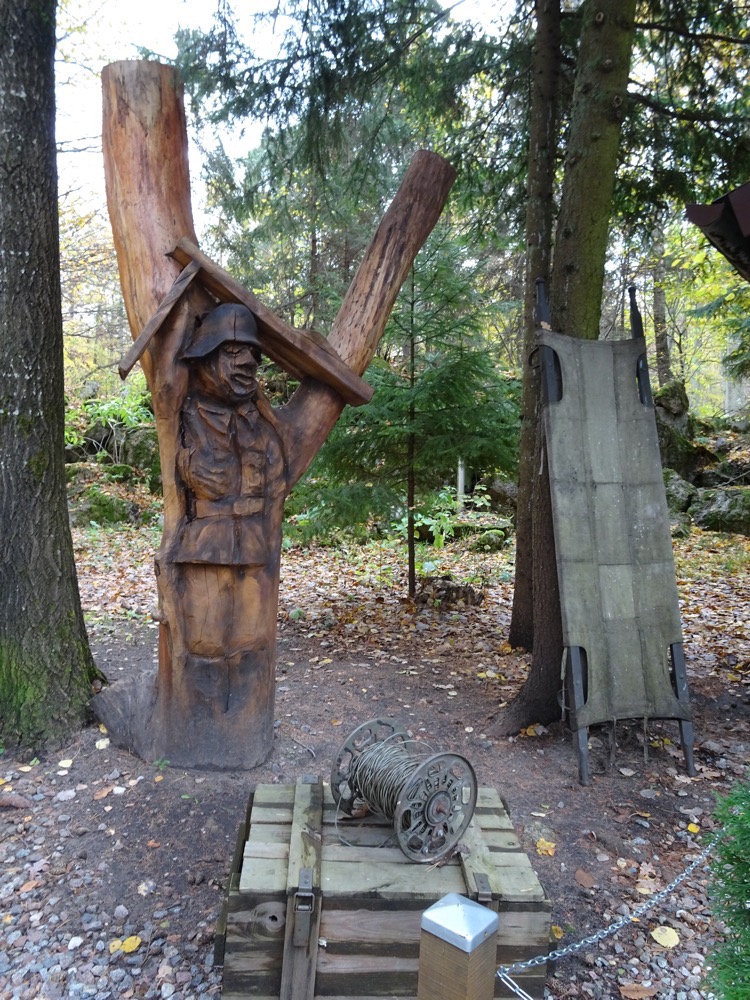
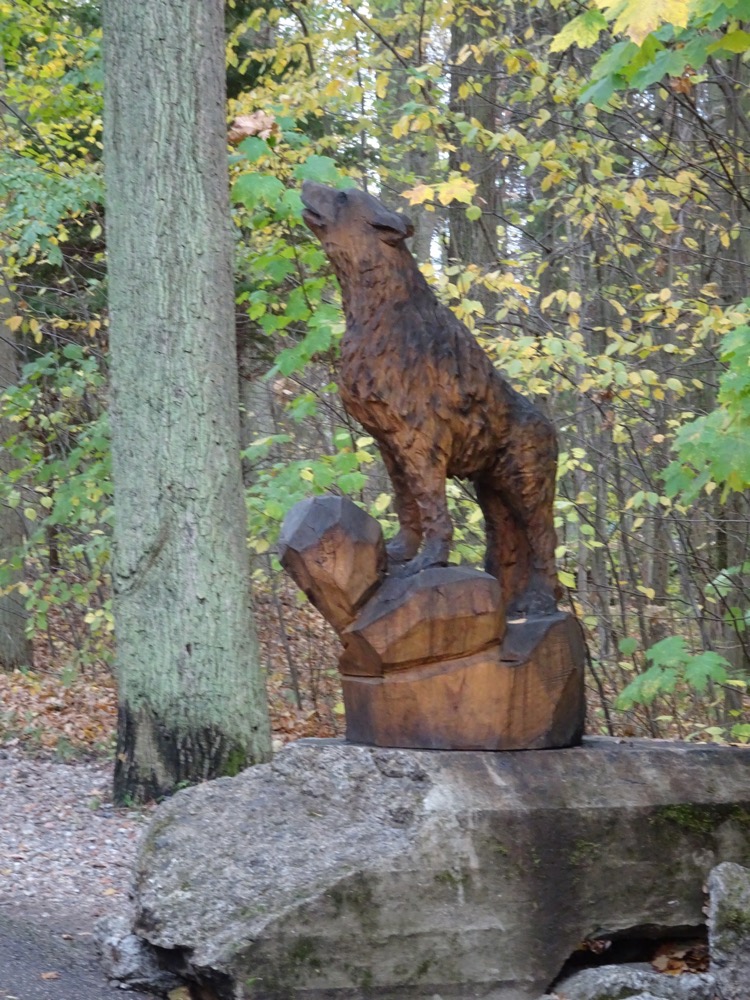 RSD Command Centre – Reichssicherheitsdienst, a Nazi SS security command post that was responsible for all aspects of security for the complex.
RSD Command Centre – Reichssicherheitsdienst, a Nazi SS security command post that was responsible for all aspects of security for the complex.
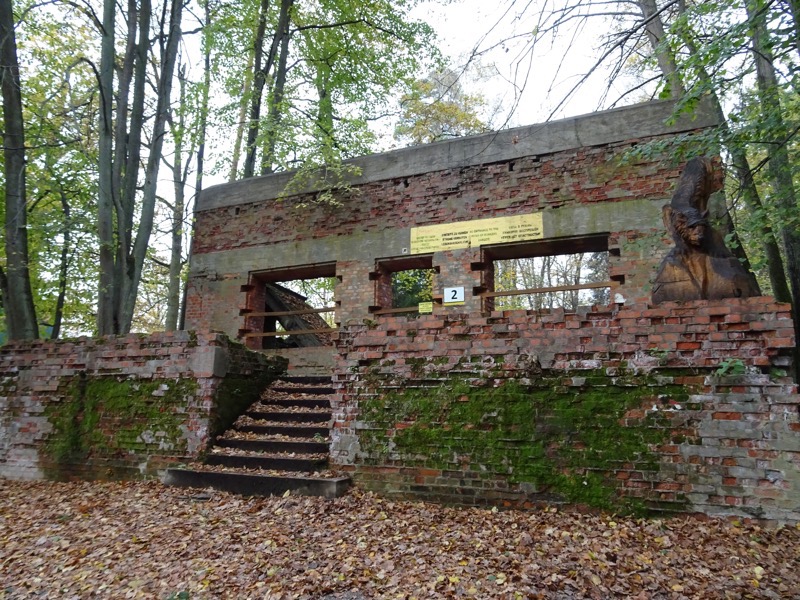 Security was arranged in three concentric circles around the compound:
Security was arranged in three concentric circles around the compound:
Security Zone 3 is the first zone encountered when entering the complex. It was the heavily fortified outer security zone which surrounded the two inner areas. It was defended by landmines I already mentioned and by the Führer Begleit Brigade (FBB), a special armoured security unit from Wehrmacht which was used to man multiple guard houses, watchtowers, and entry and exit checkpoints at the three entrance points.
Security Zone 2 was the next concentric circle in from the outer zone. It housed many lesser Reich Ministers such as Fritz Todt, Albert Speer, and Joachim von Ribbentrop. This zone also had quarters for the various other personnel that lived and worked in the Wolf’s Lair, as well as barracks and amenities for the officers of the RSD.
Security Zone 1 was the inner circle or ‘heart’ of the Wolf’s Lair. It was encircled by steel fencing and guarded by the Reichssicherheitsdienst (RSD) SS specialists. Inside this zone was Hitler’s Bunker and ten other camouflaged bunkers. Each bunker was constructed from steel-reinforced concrete that was over 2m thick. The bunkers in this area were for Hitler’s inner circle – including such infamous bastards as Hermann Göring, Martin Bormann, Wilhelm Keitel, and others. 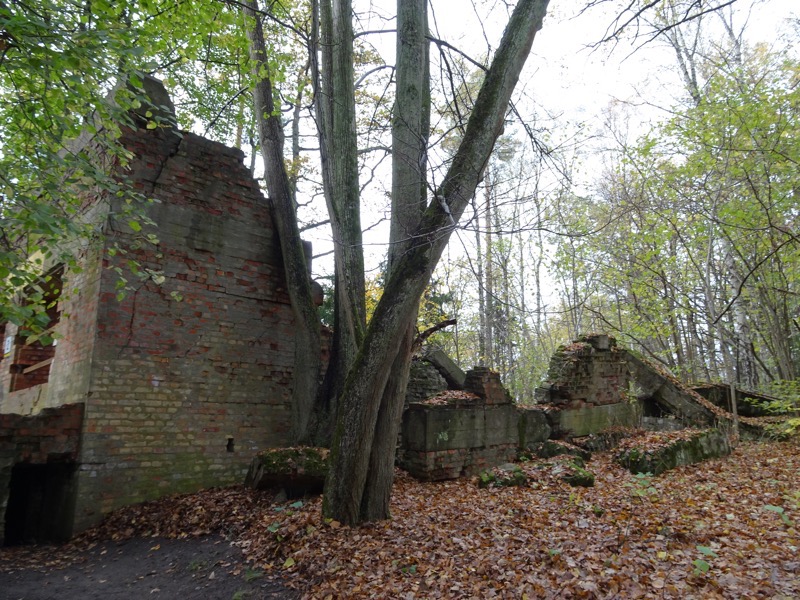 Nearly all the bunkers seem to have basement air raid shelters or armament storage underneath them.
Nearly all the bunkers seem to have basement air raid shelters or armament storage underneath them.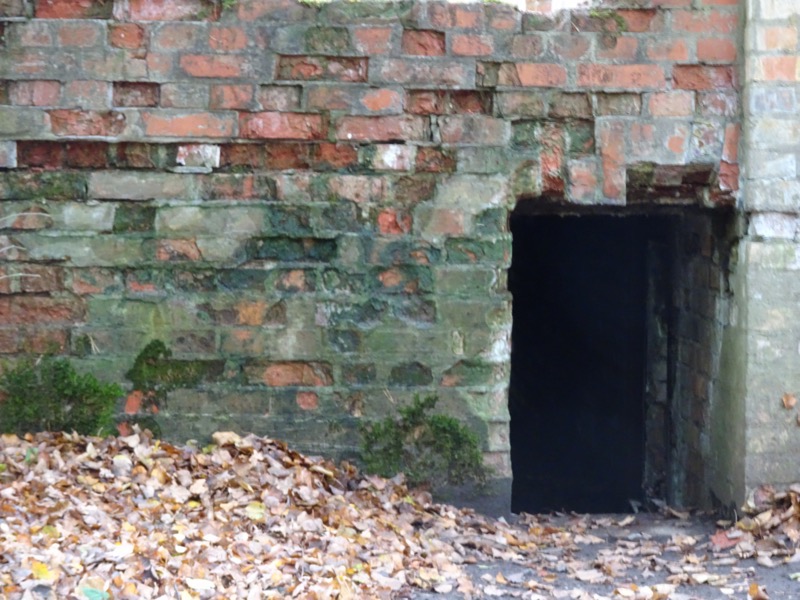 Inside the bunkers were a maze of corridors, conference rooms, workspaces and shelters.
Inside the bunkers were a maze of corridors, conference rooms, workspaces and shelters.
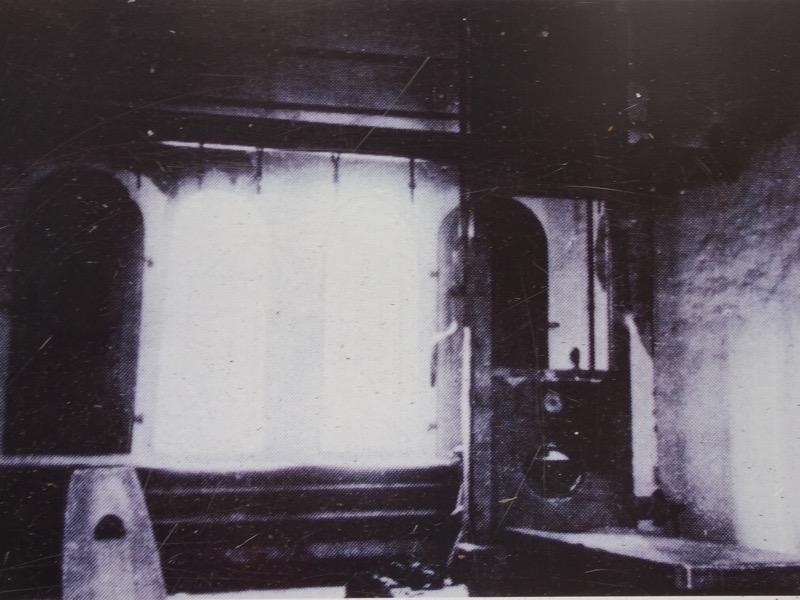
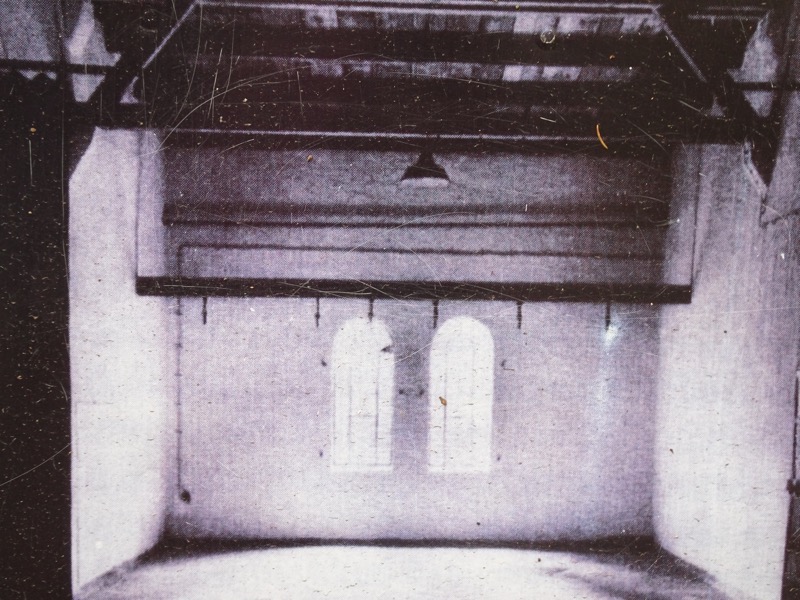
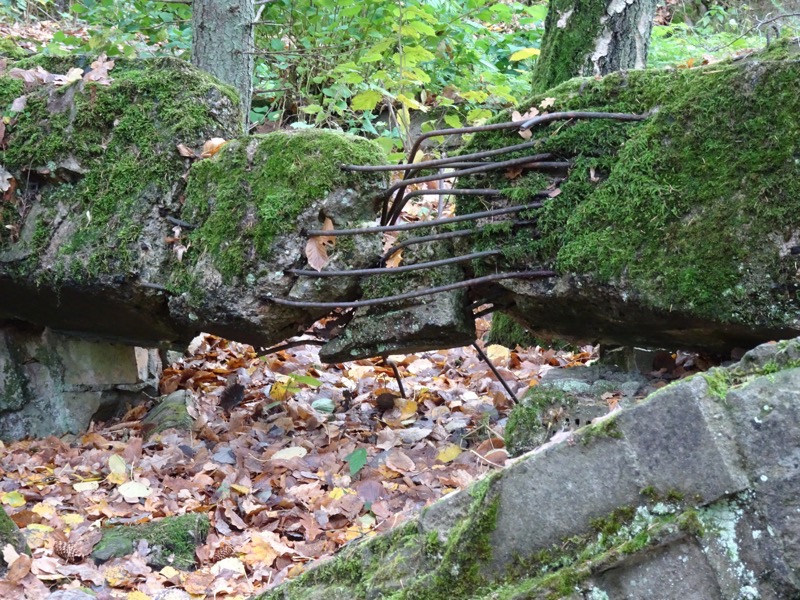 The Wolf’s Lair has several monuments and memorials that have been created to commemorate the people who were associated with this place in WWII, particularly those who did the difficult work of destroying it and making the surrounding areas safe from landmines.
The Wolf’s Lair has several monuments and memorials that have been created to commemorate the people who were associated with this place in WWII, particularly those who did the difficult work of destroying it and making the surrounding areas safe from landmines.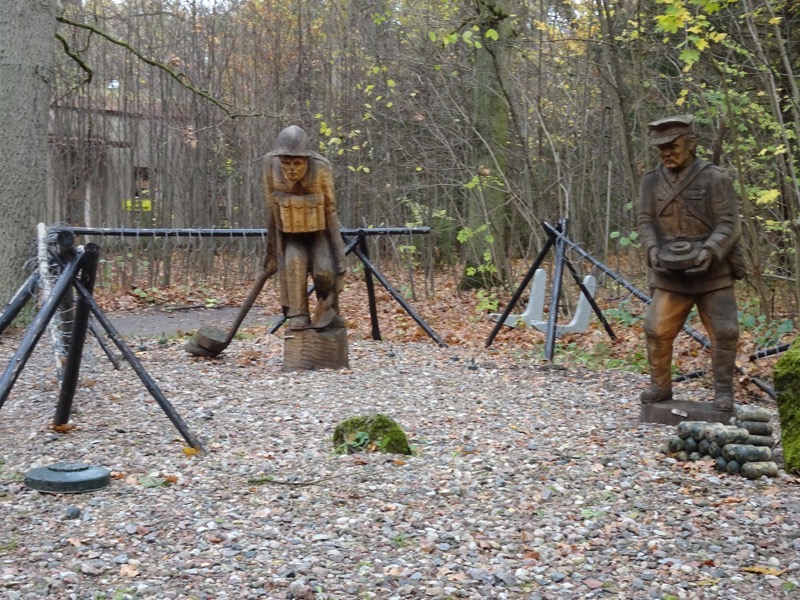
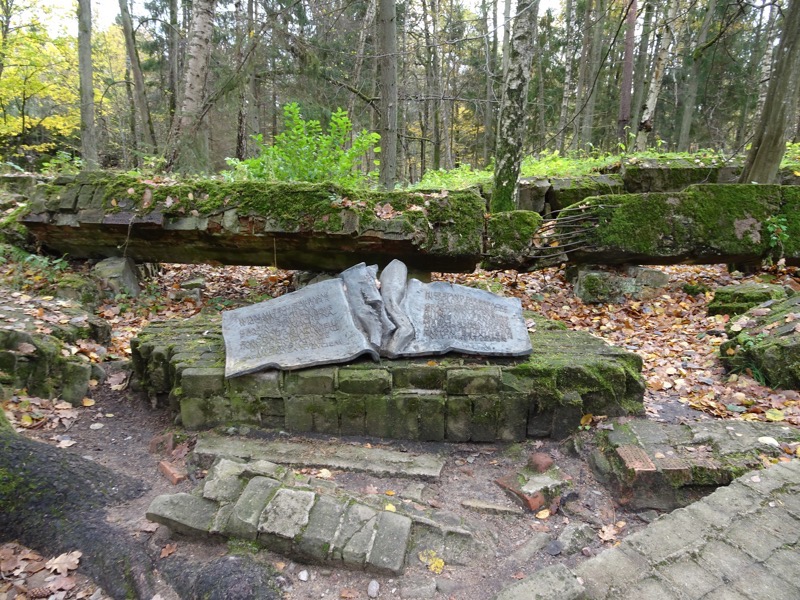
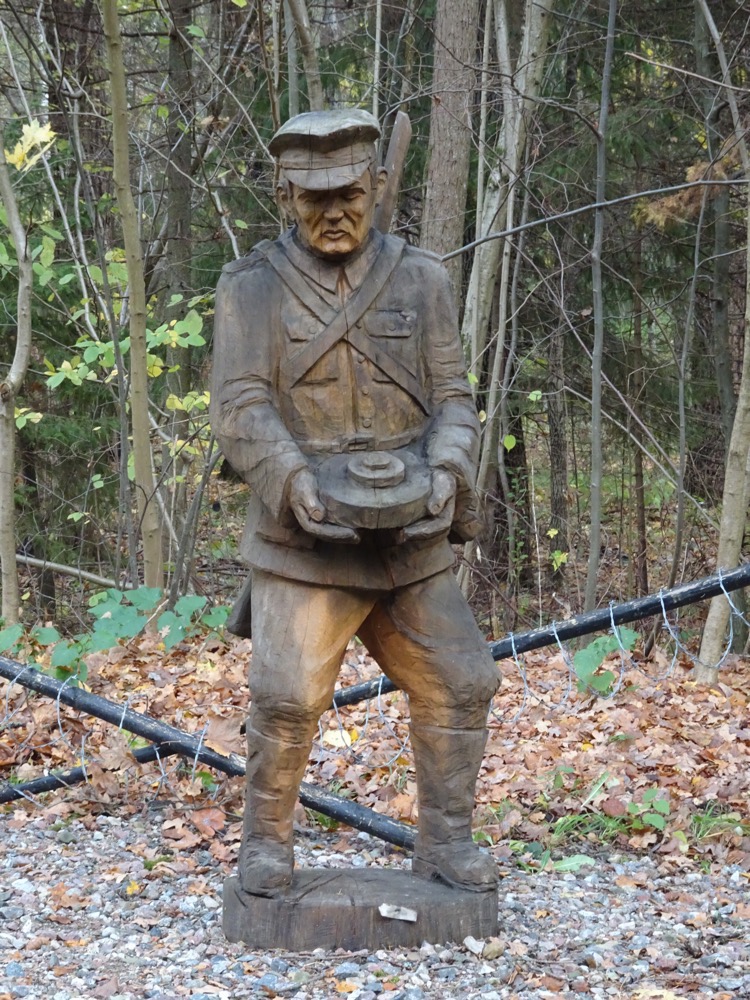
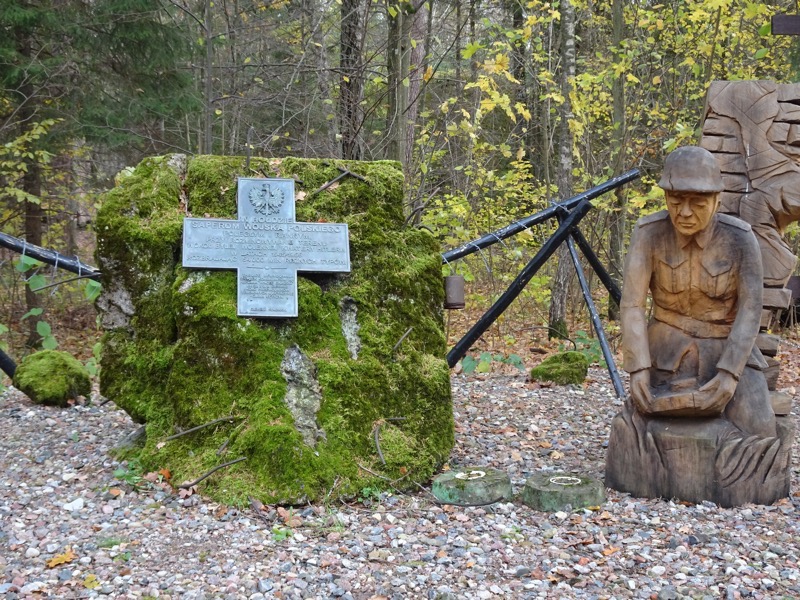
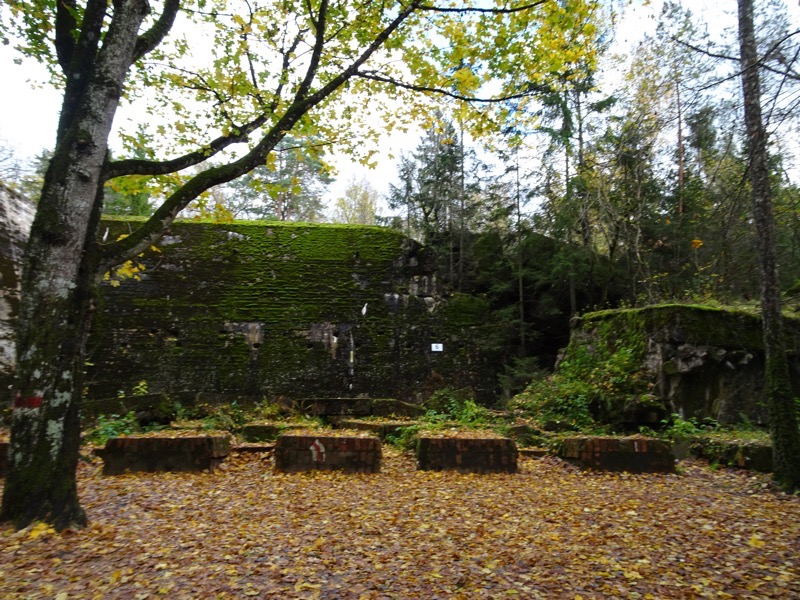 Bunker 6 held a conference room that was the site of the 20 July 1944 assassination attempt that was organized by a group of civilians, in cohorts with some acting and retired Wehrmacht officers whose goal was to kill Hitler, end the war, and establish a new Germany government. Staff officer Colonel Claus von Stauffenberg was the primary assassin and he carried a briefcase into what was a daily conference meeting. He was supposed to place it a few feet from where Hitler would hold his meeting, but unfortunately, on the day the attempt was to be made, the meeting location was changed to a different building due to refurbishment happening in the Führer’s Bunker *and* it was rescheduled to be earlier than usual – so the attempt was unsuccessful. The bomb went off as timed, and the interior of the Bunker 6 was destroyed, four people were killed, but Hitler sustained only slight injuries.
Bunker 6 held a conference room that was the site of the 20 July 1944 assassination attempt that was organized by a group of civilians, in cohorts with some acting and retired Wehrmacht officers whose goal was to kill Hitler, end the war, and establish a new Germany government. Staff officer Colonel Claus von Stauffenberg was the primary assassin and he carried a briefcase into what was a daily conference meeting. He was supposed to place it a few feet from where Hitler would hold his meeting, but unfortunately, on the day the attempt was to be made, the meeting location was changed to a different building due to refurbishment happening in the Führer’s Bunker *and* it was rescheduled to be earlier than usual – so the attempt was unsuccessful. The bomb went off as timed, and the interior of the Bunker 6 was destroyed, four people were killed, but Hitler sustained only slight injuries.
Before the bomb detonated, Colonel Stauffenberg and his co-conspirator, Lieutenant Werner von Haeften, had already left Wolf’s Lair to return to Berlin. They managed to pass through several of the security zones and after only a short delay at the RSD guard post just outside Zone 1, they were allowed to leave the site by car. News arrived in Berlin fairly quickly of the assassination attempt, and of Hitler’s survival. Poor Colonel Von Stauffenberg, his Lieutenant, and several co-conspirators were arrested and shot that same evening outside the Bendlerblock in Berlin.
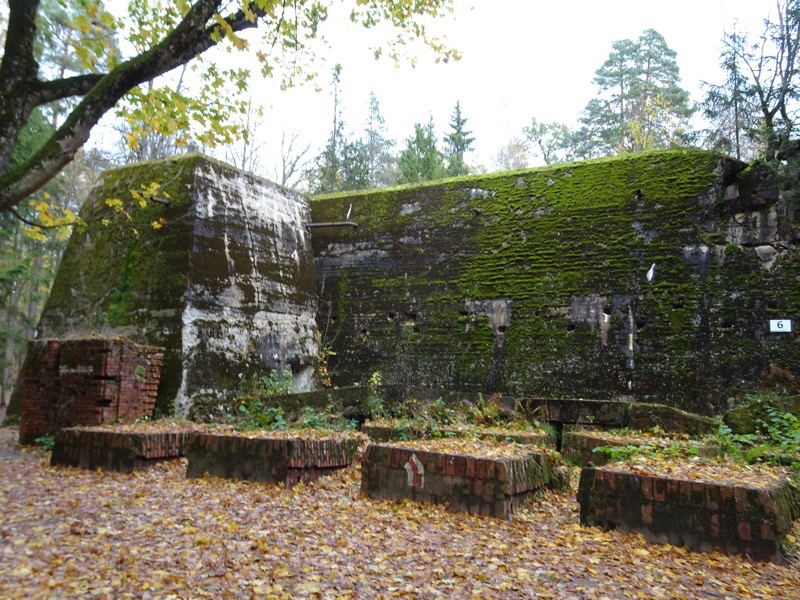 Reichsmarschall Hermann Göring surveying the conference room that was destroyed by the suitcase bomb left by Claus von Stauffenberg on 20 July 1944
Reichsmarschall Hermann Göring surveying the conference room that was destroyed by the suitcase bomb left by Claus von Stauffenberg on 20 July 1944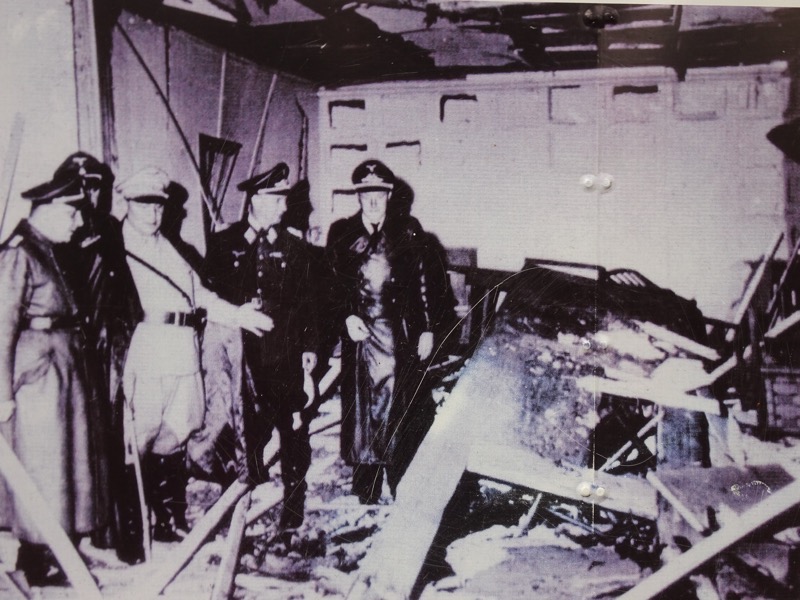
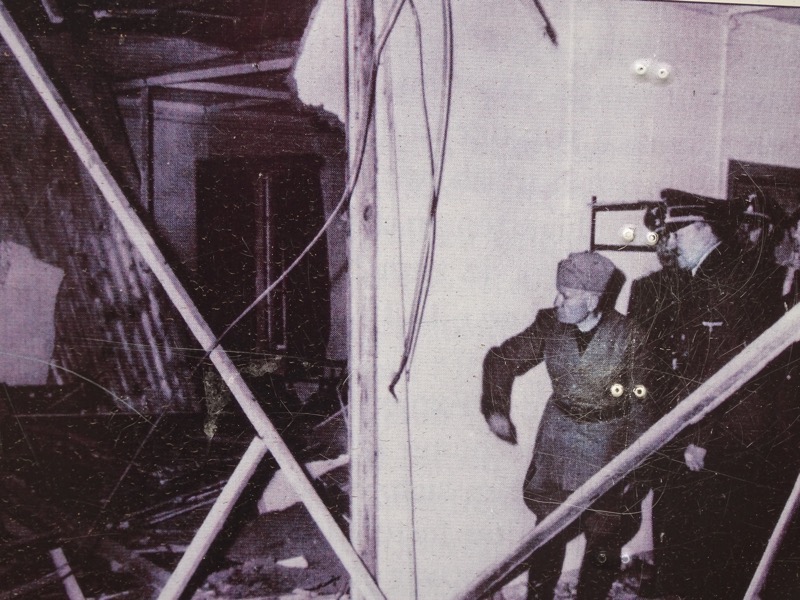
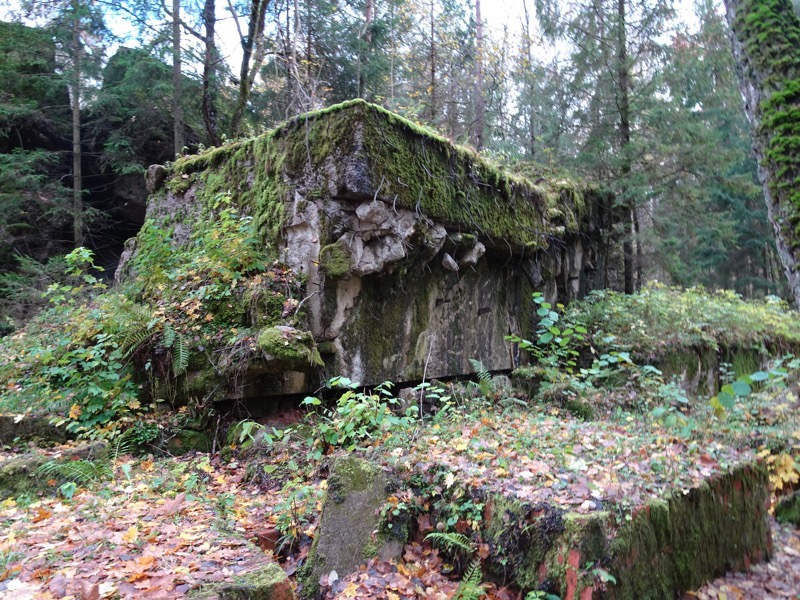
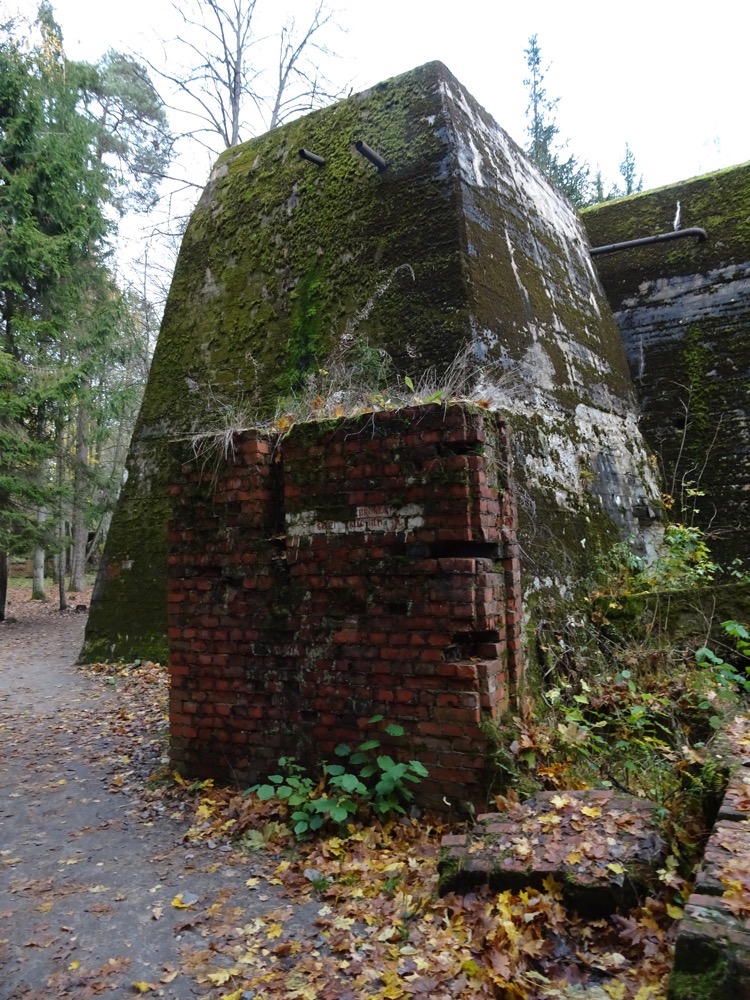
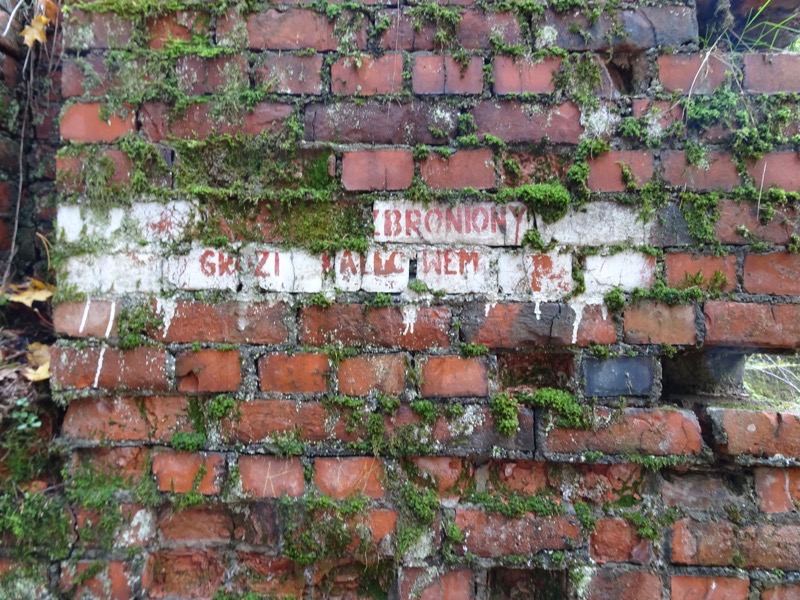 It struck me at Auschwitz-Birkenau and now again at Wolfsschanze just the sheer size and scope of the military industrial complex that was deployed by the Germans during World War II. It has been as eye-opening as the first time I went to Gallipoli – I had learned about the ANZACS and the Gallipoli military disaster during my formal education and had continued to study and gain knowledge o this topic throughout my entire life. But until I found myself looking down on ANZAC Cove and looking at the topography that the ANZAC diggers were attempting to overcome, the enormity and impossibility of it all did not really become a tangible and concrete concept in my mind.
It struck me at Auschwitz-Birkenau and now again at Wolfsschanze just the sheer size and scope of the military industrial complex that was deployed by the Germans during World War II. It has been as eye-opening as the first time I went to Gallipoli – I had learned about the ANZACS and the Gallipoli military disaster during my formal education and had continued to study and gain knowledge o this topic throughout my entire life. But until I found myself looking down on ANZAC Cove and looking at the topography that the ANZAC diggers were attempting to overcome, the enormity and impossibility of it all did not really become a tangible and concrete concept in my mind.
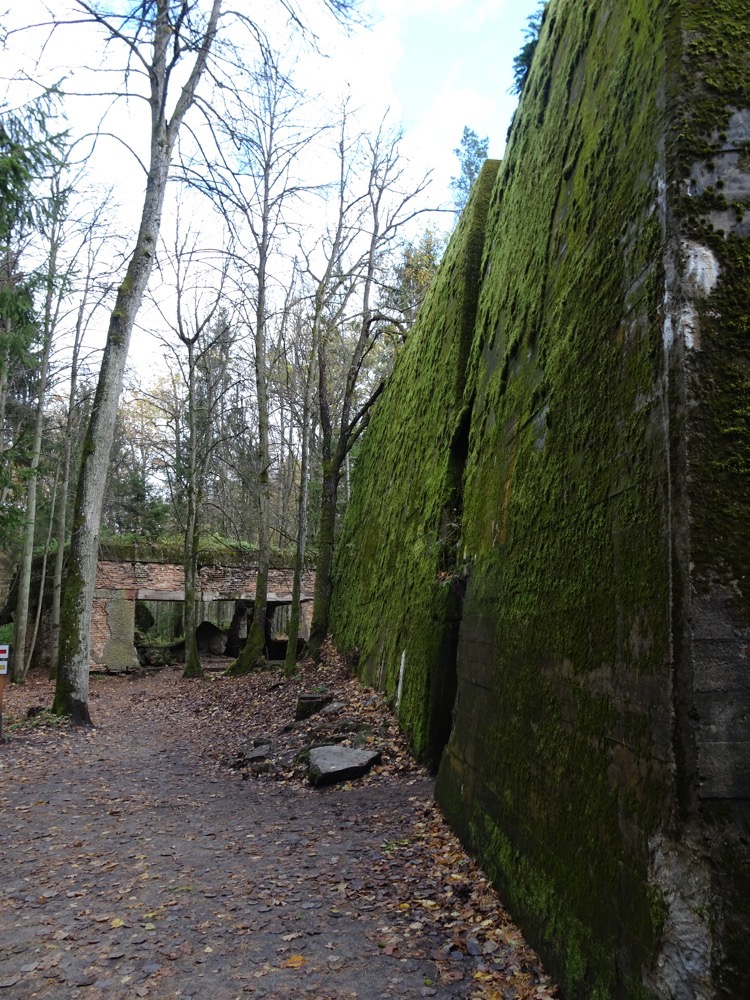 Likewise, having grown up in the ’70s and having been taught WWII history and continuing to learn more and more about the Holocaust over the years – the displacement and deportation of millions of people throughout Europe, the slave labour and abuses of the concentration camps, and of course the details of the truly horrific attempt to completely exterminate the European Jewish population in death camps – these things too have been academic concepts in my mind without concrete frame of reference to anchor them to.
Likewise, having grown up in the ’70s and having been taught WWII history and continuing to learn more and more about the Holocaust over the years – the displacement and deportation of millions of people throughout Europe, the slave labour and abuses of the concentration camps, and of course the details of the truly horrific attempt to completely exterminate the European Jewish population in death camps – these things too have been academic concepts in my mind without concrete frame of reference to anchor them to.
Now… having seen the enormity and scale of the just a portion of German military operation during WWII (and this has literally just been a small peek at what the Nazis had put in place), it has completely eclipsed my expectations and I am finding it difficult to verbalise just how monstrously immense the scale of their endeavour was, and the ruthless efficiency with which they appear to have attempted to deploy it. It’s… shocking. Truly shocking. I don’t know how something I have known about my entire life can be shocking. But it is. 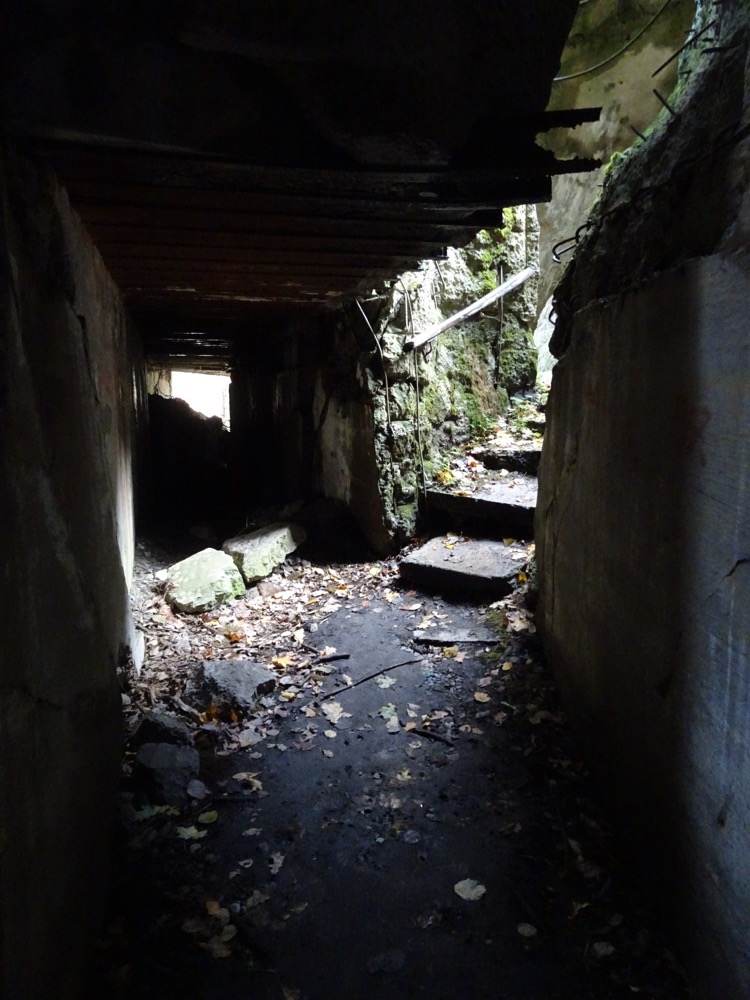 Bunker 8 was a Guest Bunker and Air Raid Shelter.
Bunker 8 was a Guest Bunker and Air Raid Shelter.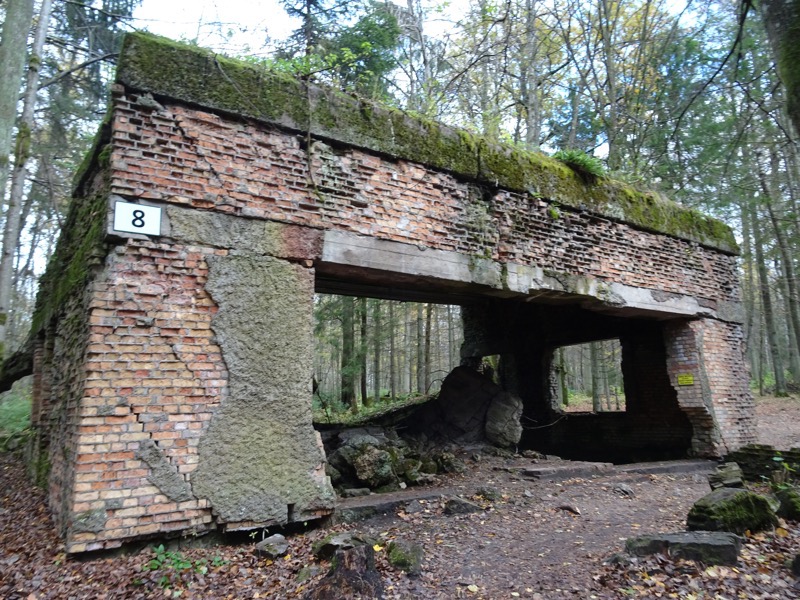
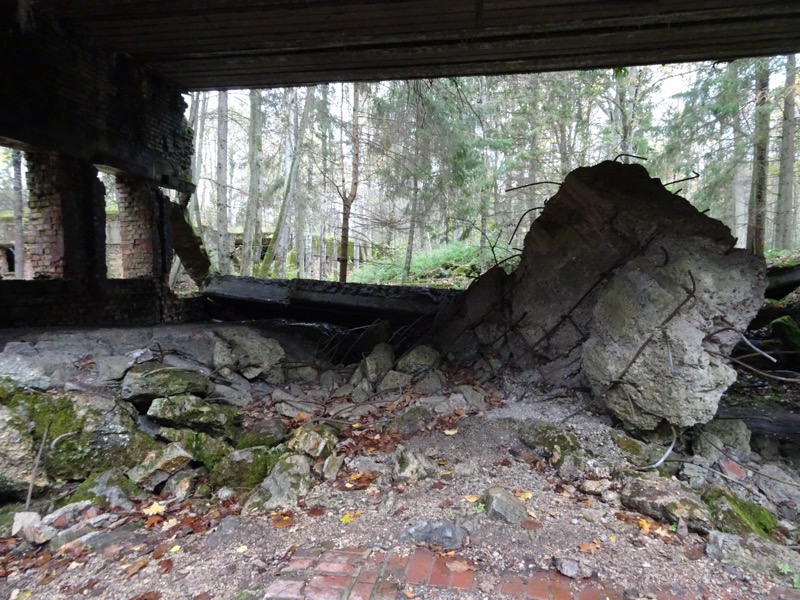
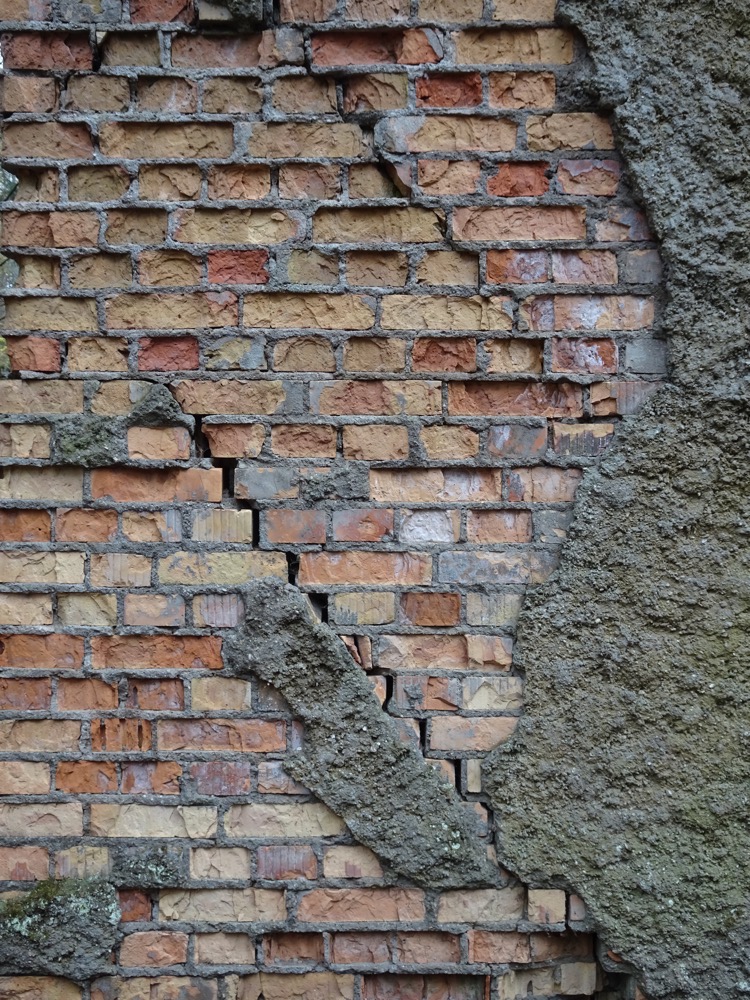 This enormous slab of concrete weighing who knows how many tonnes, looks like it is precariously balanced on just a few decaying bricks…
This enormous slab of concrete weighing who knows how many tonnes, looks like it is precariously balanced on just a few decaying bricks…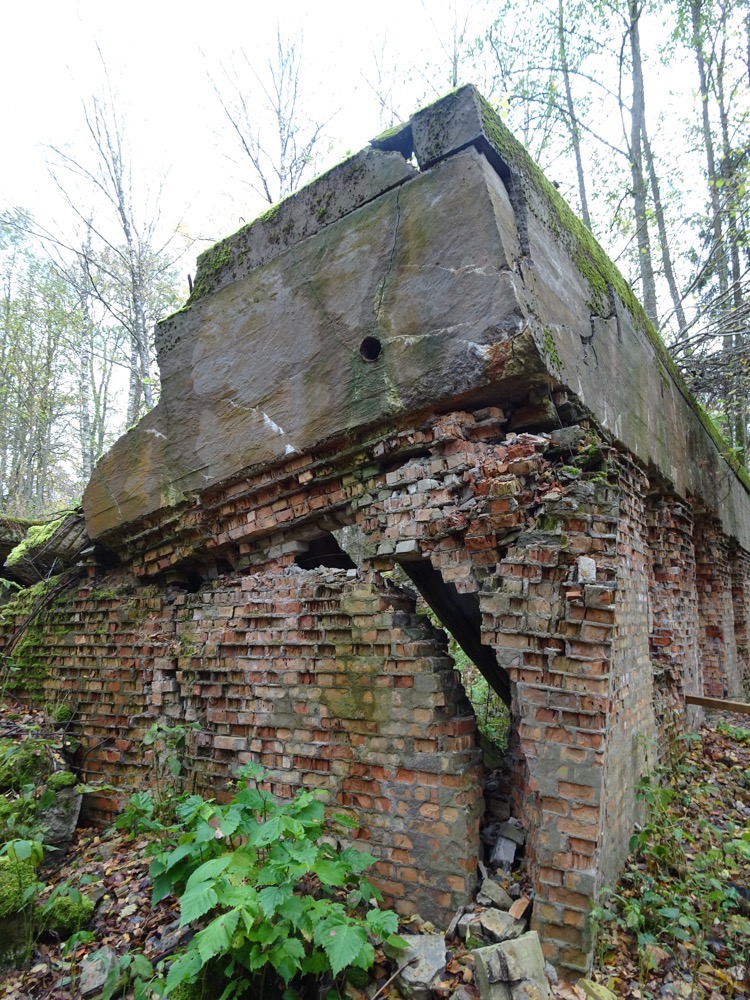
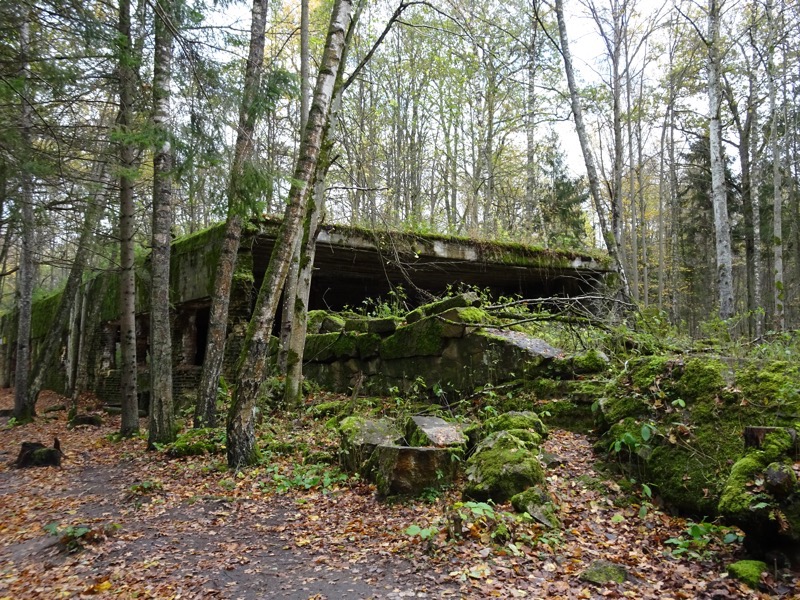
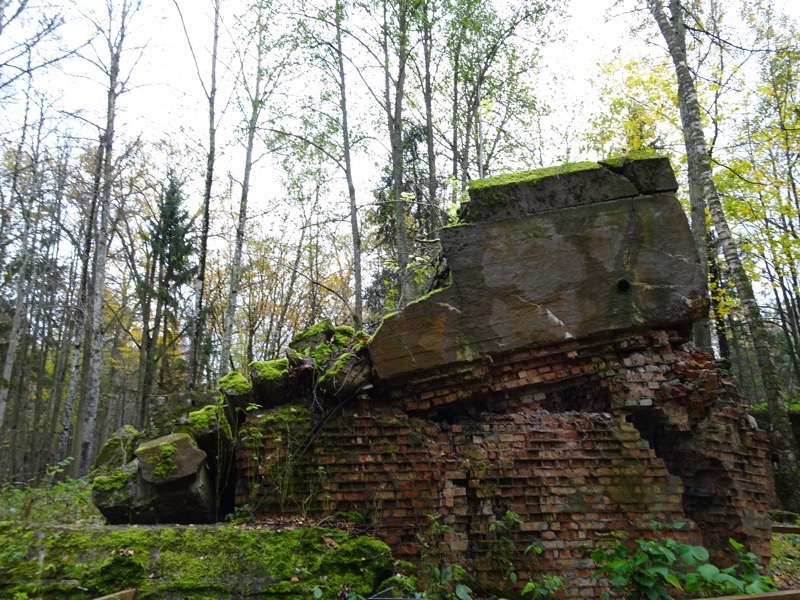 It’s not difficult to find a sombre beauty in the decay at Pripyat. Likewise, it is not difficult to find incredible textures, decaying walls and moss-covered walls at Wolf’s Lair that are similarly beautiful in their own way.
It’s not difficult to find a sombre beauty in the decay at Pripyat. Likewise, it is not difficult to find incredible textures, decaying walls and moss-covered walls at Wolf’s Lair that are similarly beautiful in their own way.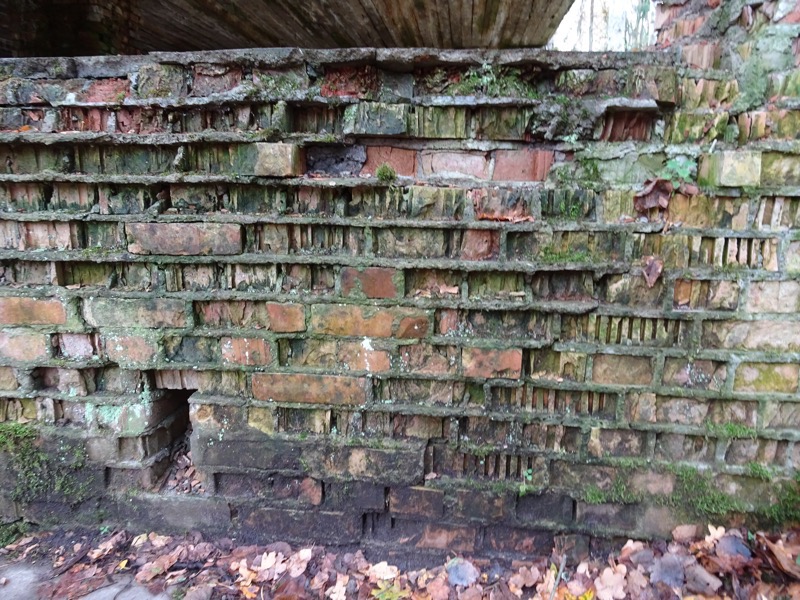
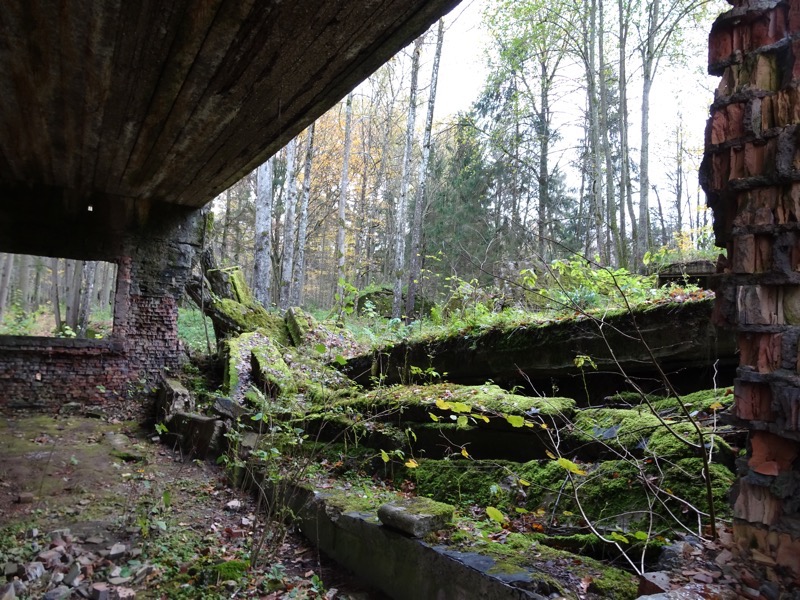
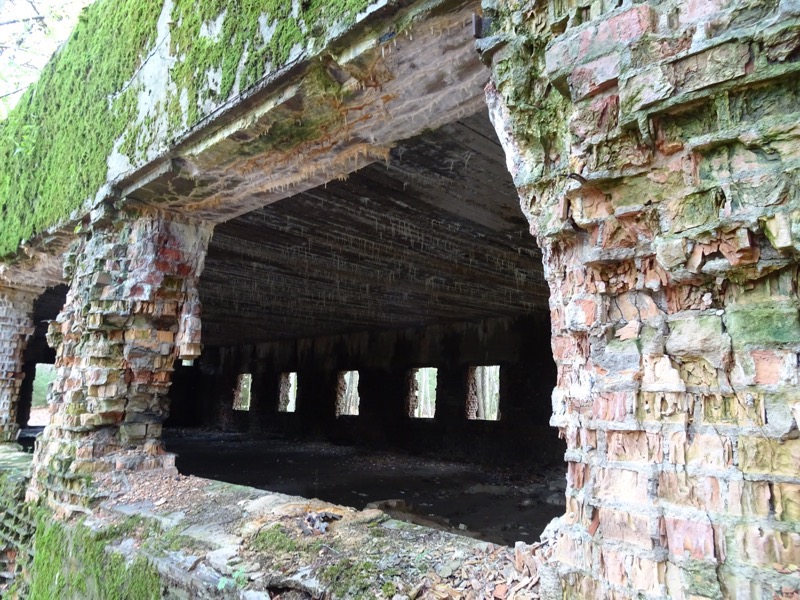
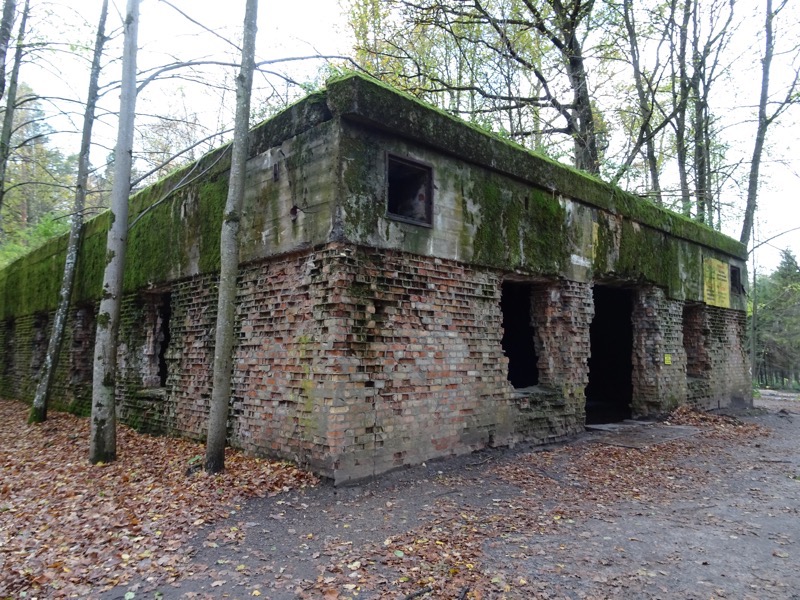
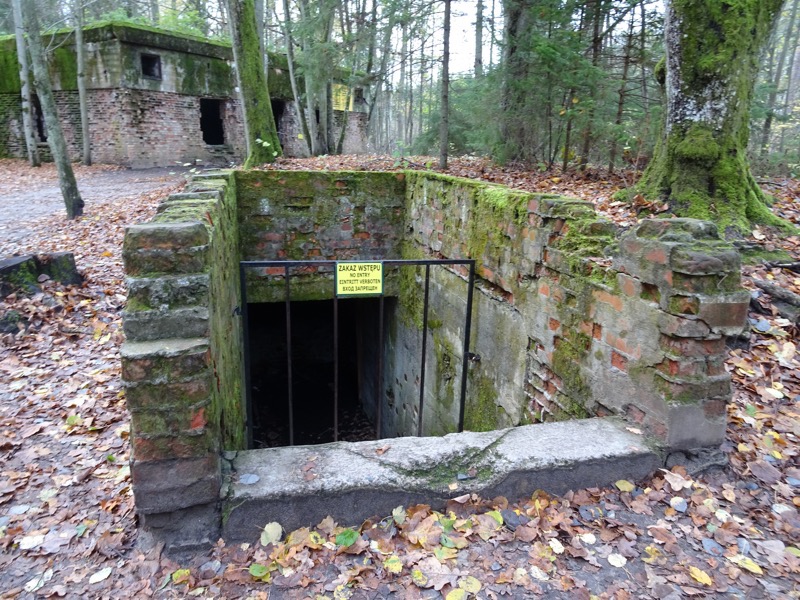 Bunker 11: Headquarters of Johann Rattenhuber, who was the Chief of the SS and head of Hitler’s security department. Also, fun fact – his headquarters doubled as the Post Office.
Bunker 11: Headquarters of Johann Rattenhuber, who was the Chief of the SS and head of Hitler’s security department. Also, fun fact – his headquarters doubled as the Post Office. 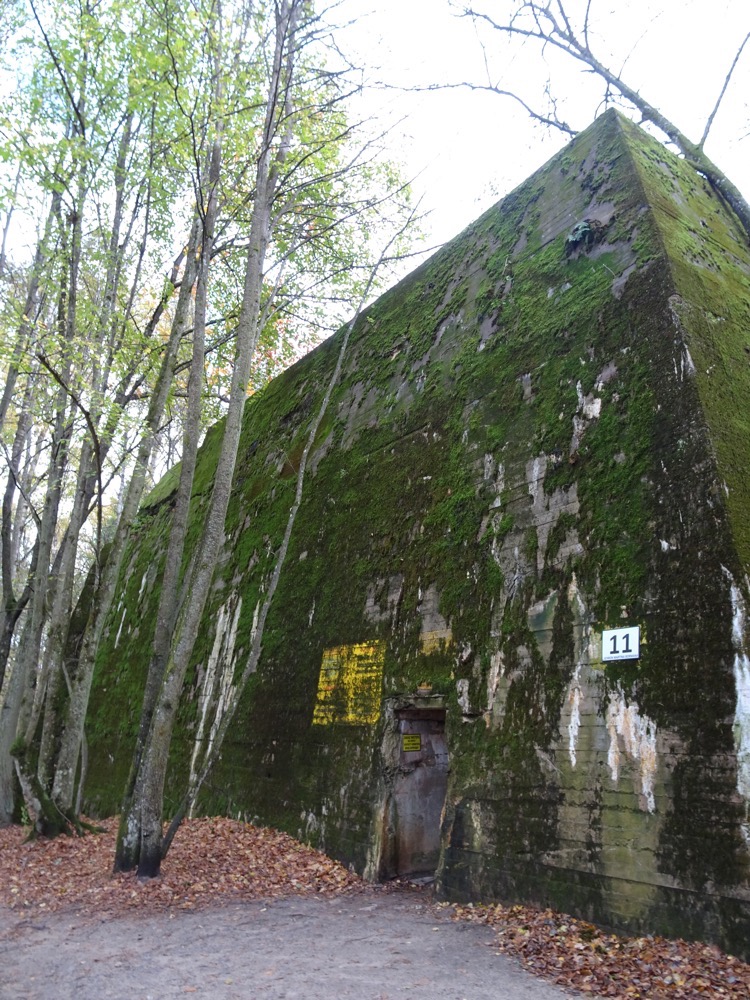
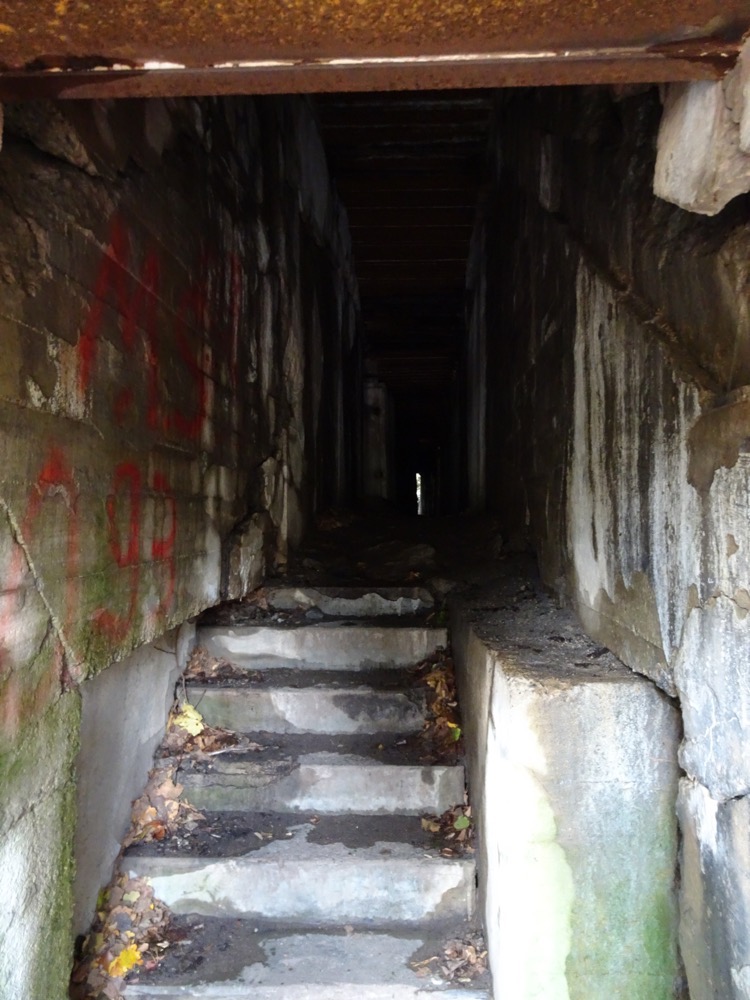
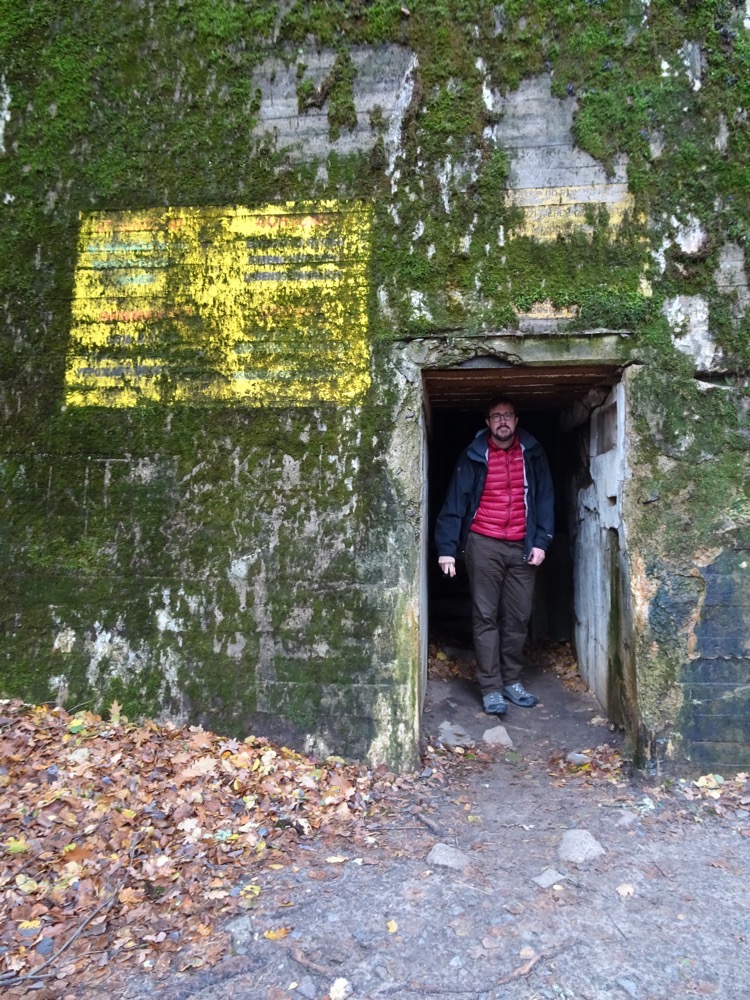
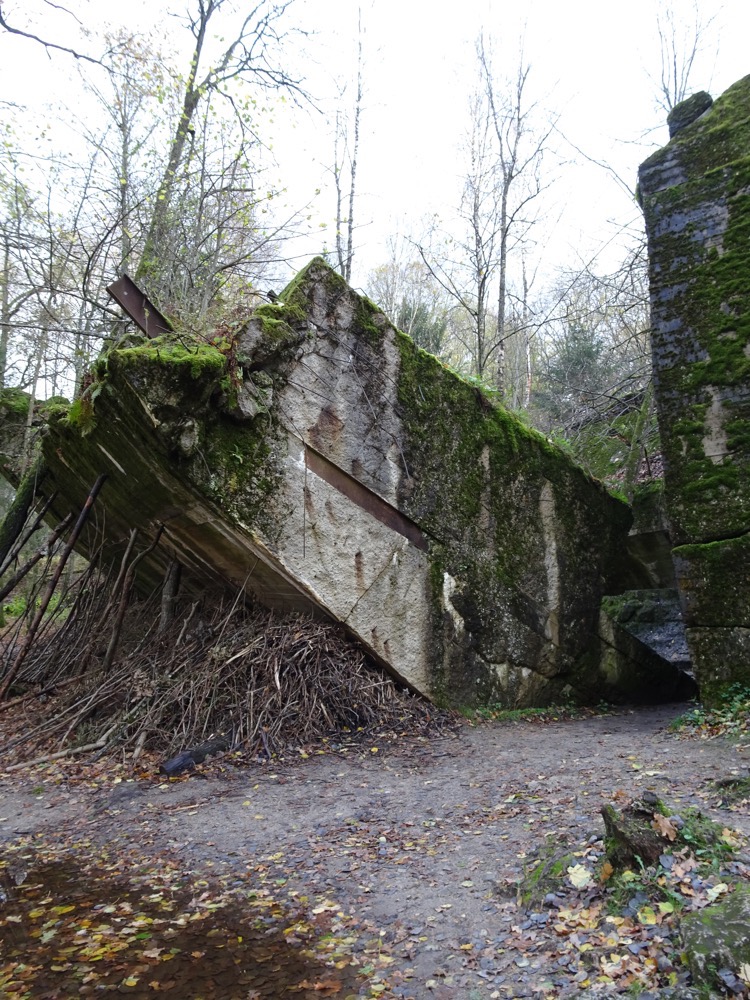 The bunkers were split wide open by explosives when the Red Army reached Eastern Prussia during the Baltic Offensive of 1944. Hitler left Wolf’s Lair for the last time on 20 November 1944 as the Soviet armies advanced. The Red Army took the site without firing a shot two days later, on the 22nd of November. Shortly after, directives were issued to destroy the complex and the demolition took place some months later in January 1945. Literally tonnes of explosives were used. Each bunker requiring approximately 8,000 kg of TNT to blast through the reinforced concrete. Given that most of these buildings have large portions still intact, even that amount of explosive was only enough to partially destroy these enormous reinforced bunkers.
The bunkers were split wide open by explosives when the Red Army reached Eastern Prussia during the Baltic Offensive of 1944. Hitler left Wolf’s Lair for the last time on 20 November 1944 as the Soviet armies advanced. The Red Army took the site without firing a shot two days later, on the 22nd of November. Shortly after, directives were issued to destroy the complex and the demolition took place some months later in January 1945. Literally tonnes of explosives were used. Each bunker requiring approximately 8,000 kg of TNT to blast through the reinforced concrete. Given that most of these buildings have large portions still intact, even that amount of explosive was only enough to partially destroy these enormous reinforced bunkers.
After that, efforts were started to clear each of the Wolf Lair’s security zones of the landmines that had been left behind. It took over a decade to clear more than 54,000 mines that had been scattered around the complex and in the security zones and wasn’t given the ‘all clear’ until 1955.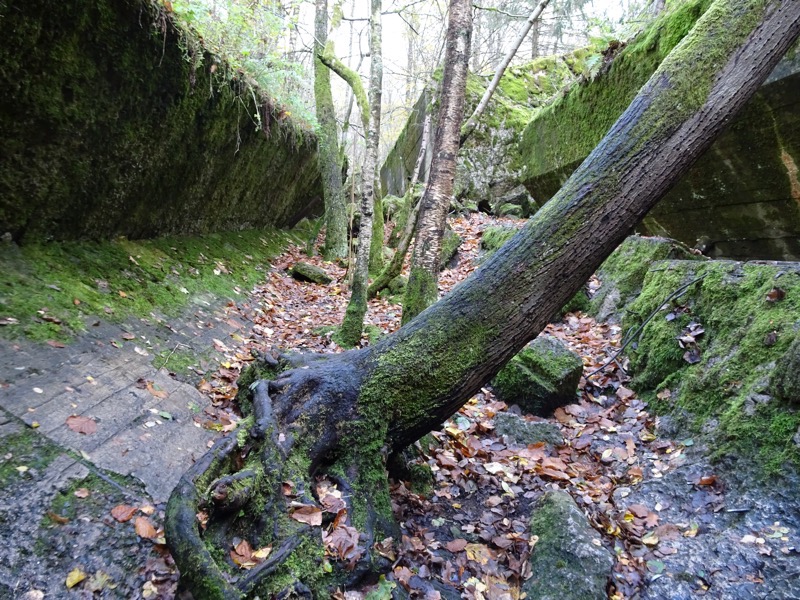
Bunker 13 – Hitler’s personal air raid shelter and bunker.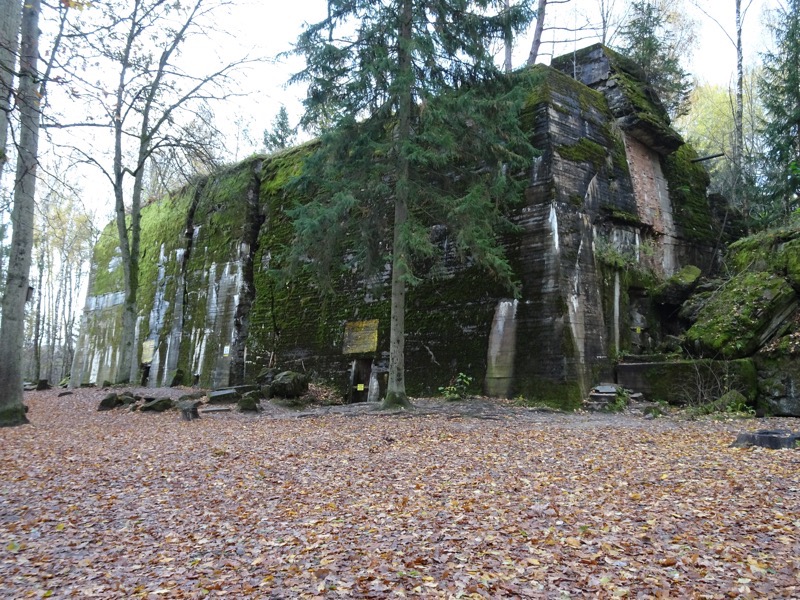
Each day, Hitler would take a walk alone with his dog at 09:00 in the morning before looking at the mail (which came by air or by train). At 12:00 he would have a situation briefing, which was normally held in Wilhelm Keitel’s or Alfred Jodl’s bunkers. These meetings would usually run for about two hours, after which he would have lunch at 14:00 in the dining hall. Witnesses recall that Hitler was a man of routine and habits and he invariably sat in the same chair, always between Alfred Jodl and Otto Dietrich. Wilhelm Keitel, Martin Bormann, and Hermann Göring’s personal adjutant, General Karl Bodenschatz would sit opposite him.
After lunch, Hitler would work on non-military matters and in the late afternoon, coffee would be served around 17:00 before a second military briefing with Alfred Jodl at 18:00. Dinner each day would start at 19:30 and could last up to two hours (I can’t stop thinking about the twenty women who were ‘kept’ here as his food tasters!), after which they would often watch films in the cinema. Yes, one of these big bunker style buildings was a cinema – I guess they needed somewhere to watch all those Leni Riefenstahl propaganda films (they also had a gambling hall/casino here in one as well). Hitler would usually retire to his private quarters where he ‘gave monologues’ to his closest acquaintance, including the two female secretaries who travelled with him to the Wolf’s Lair. Sometimes Hitler and his entourage would listen to gramophone records after dinner – Beethoven, Wagner or other operas – in what sounds like a very civilized and precise way to go about your day… but in among the seemingly orderly lives that these people lived, here, among in these bunkers, decisions were made that effectively signed the death warrants of millions of people across the whole of Nazi-occupied Europe as it was here the ‘Final Solution’ was developed and implemented.
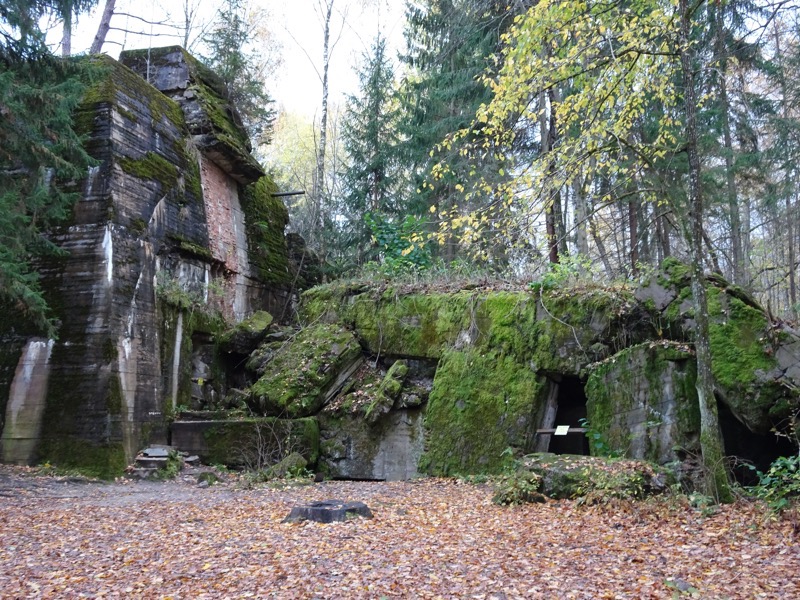
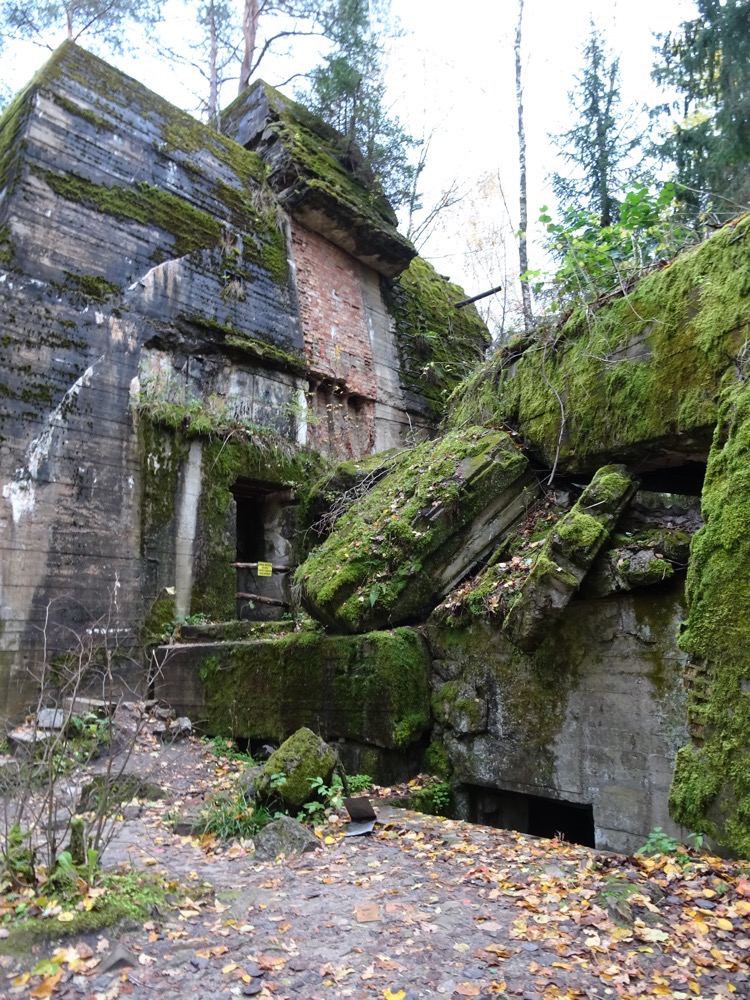
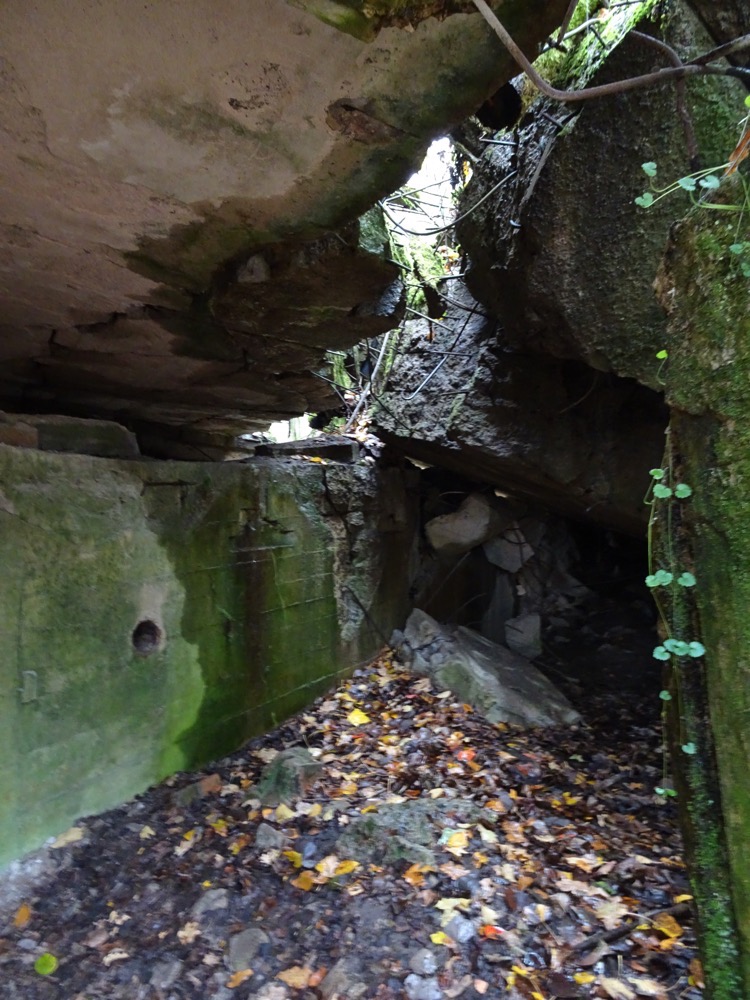
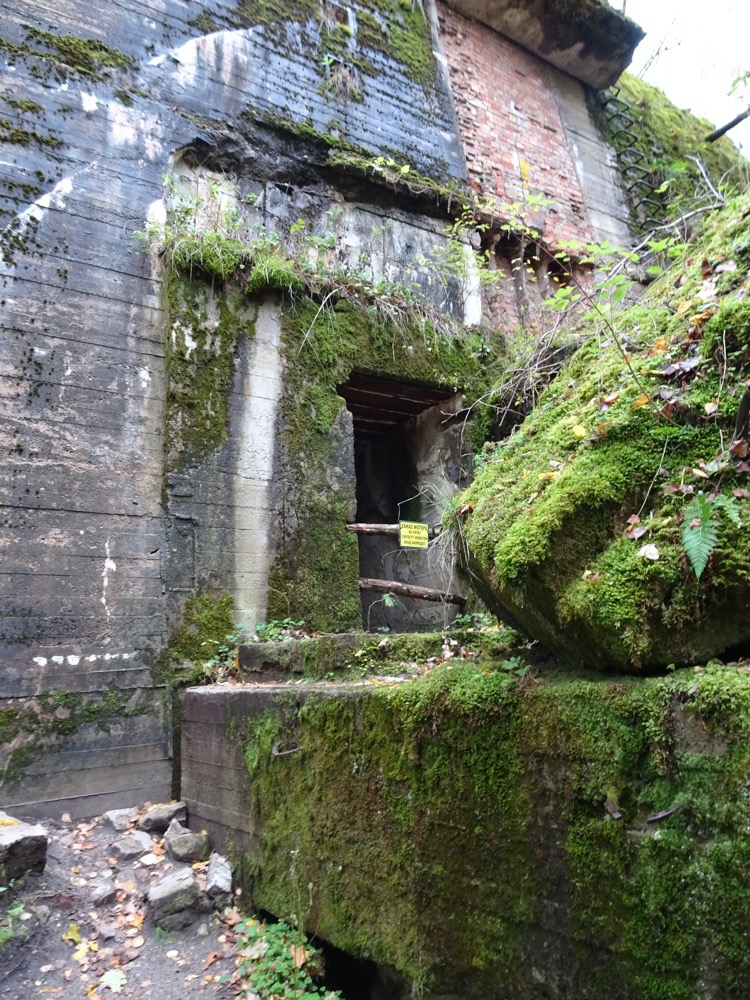
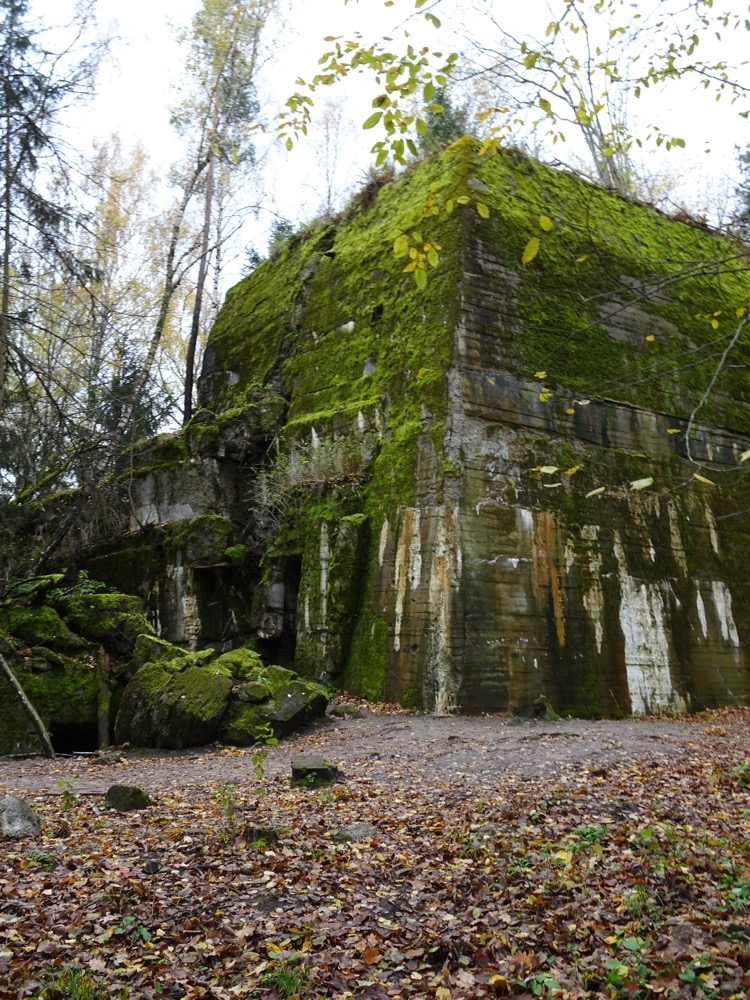
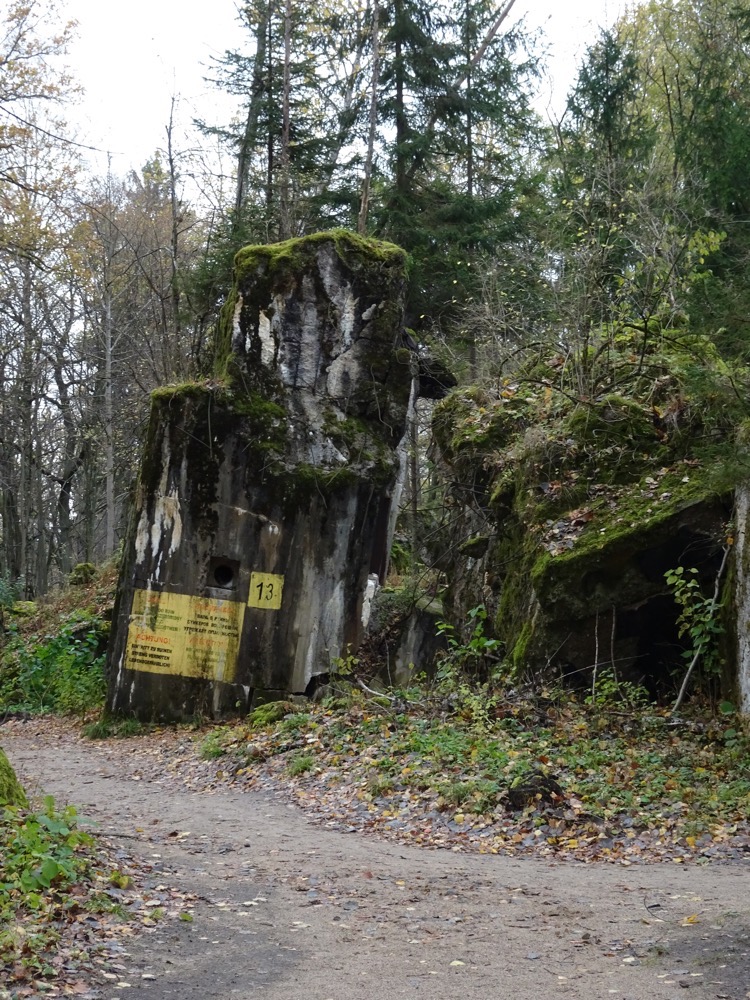 Looking inside what was Bunker 13 from the rear.
Looking inside what was Bunker 13 from the rear.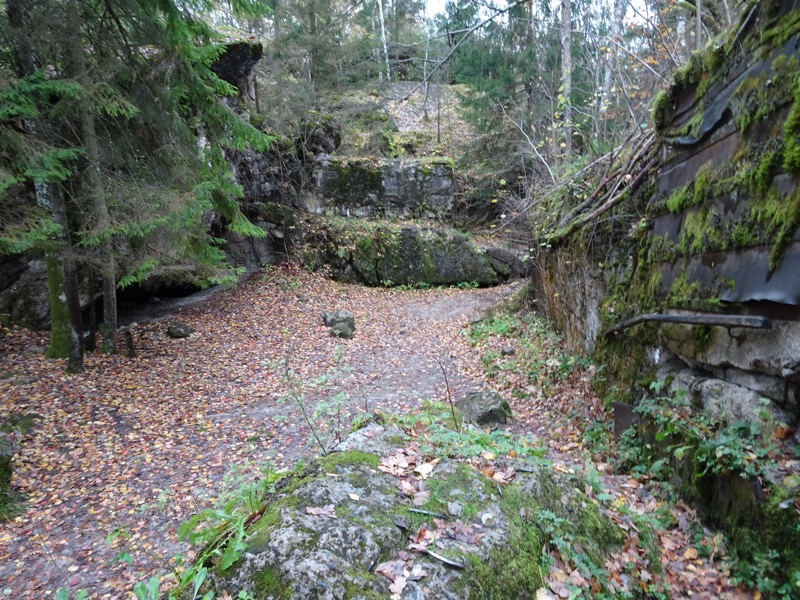
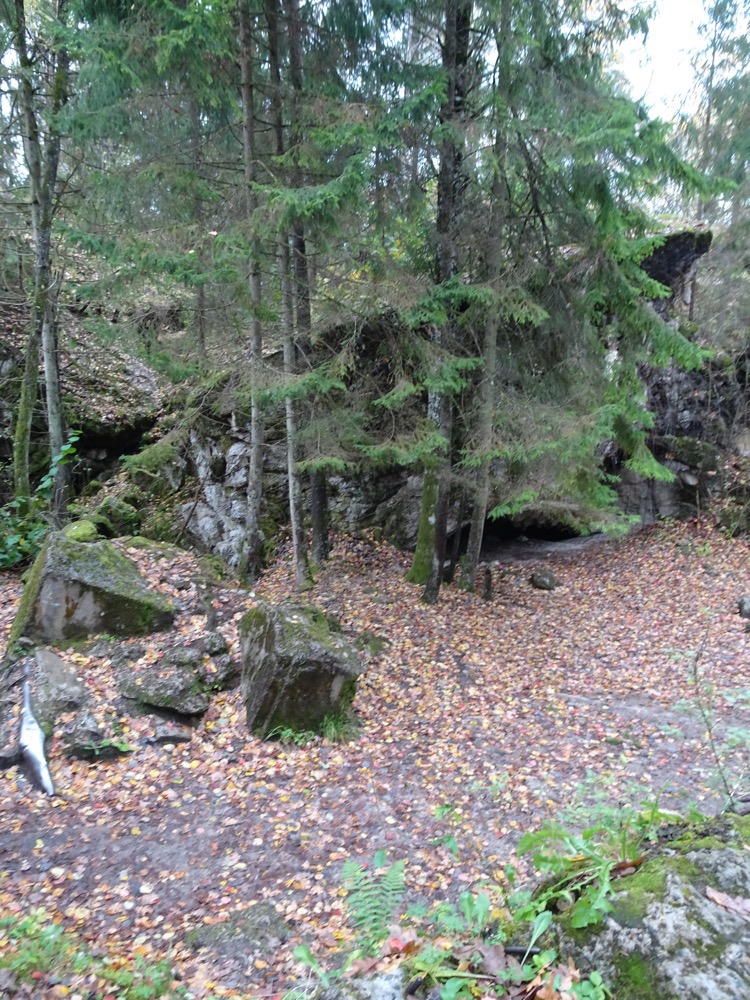
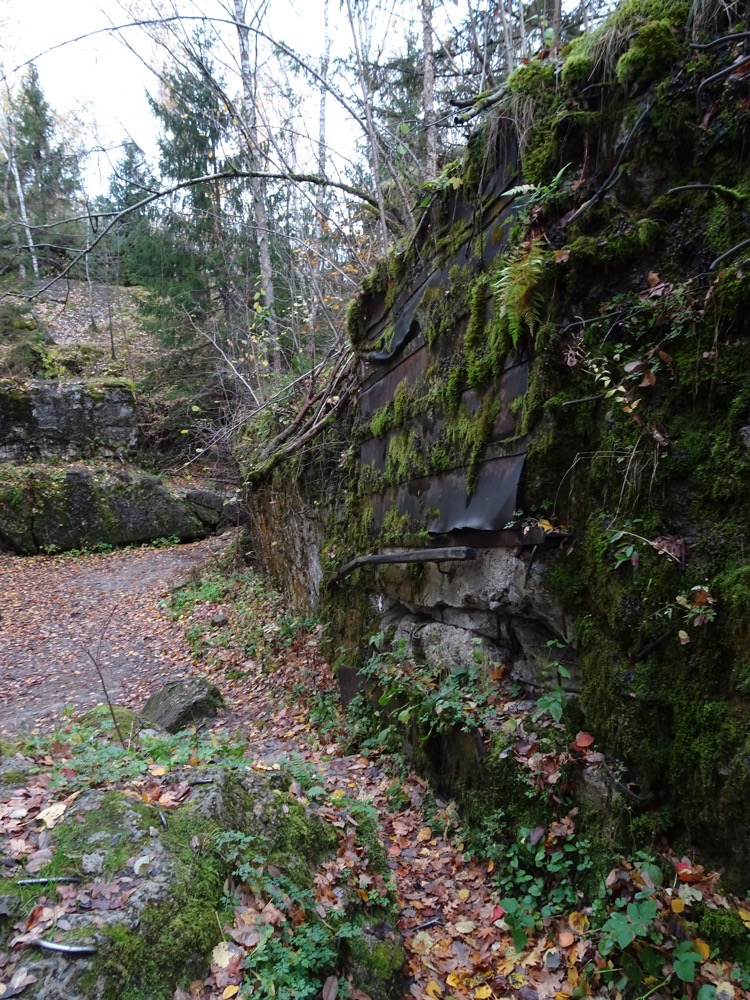
Building 12 – Radio and Telex Buildings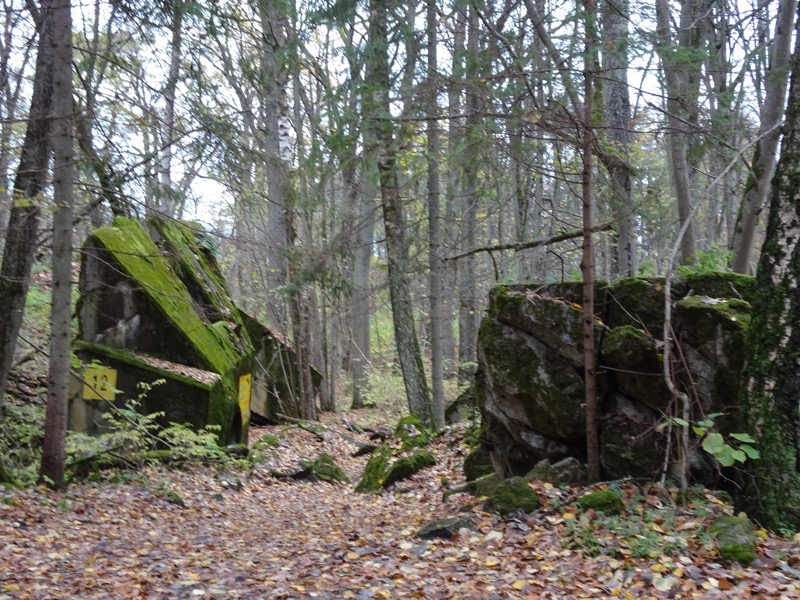
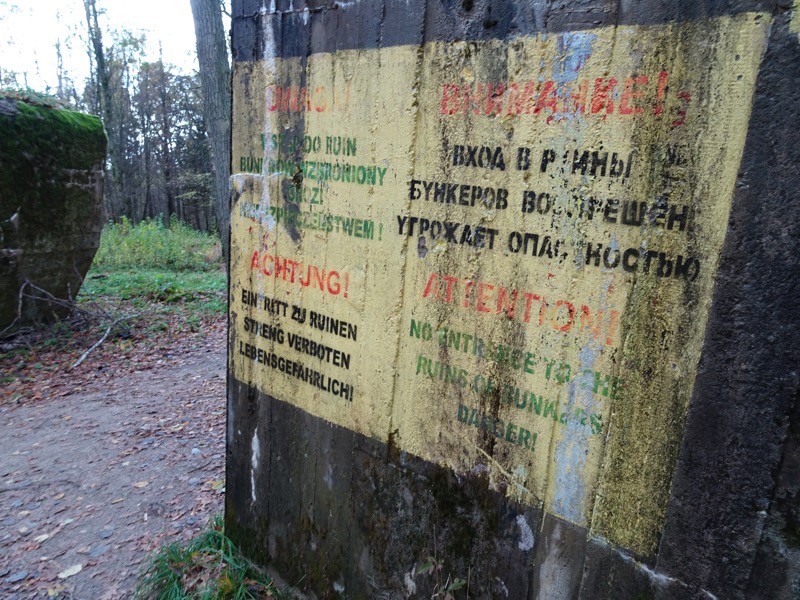 Bunker 20 – Martin Bormann’s personal air raid shelter for him and his staff. Bormann was Hitler’s personal secretary.
Bunker 20 – Martin Bormann’s personal air raid shelter for him and his staff. Bormann was Hitler’s personal secretary.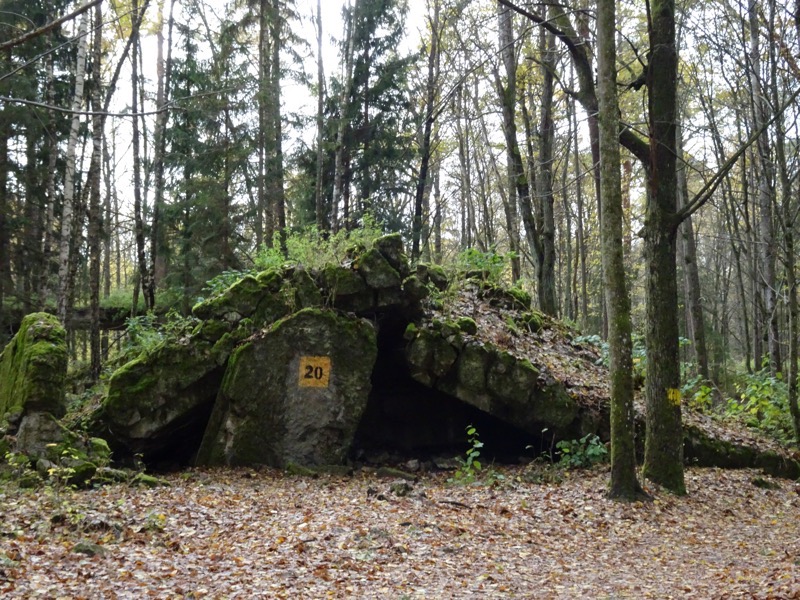 Bunker 16 was a building to house generators to provide power for the complex.
Bunker 16 was a building to house generators to provide power for the complex.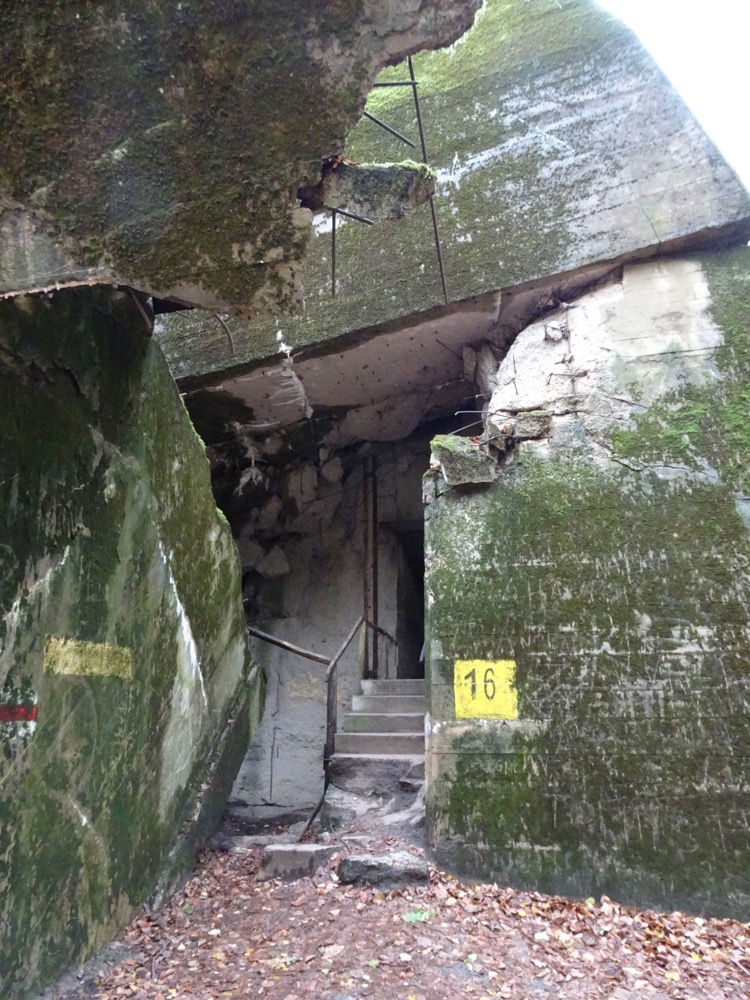
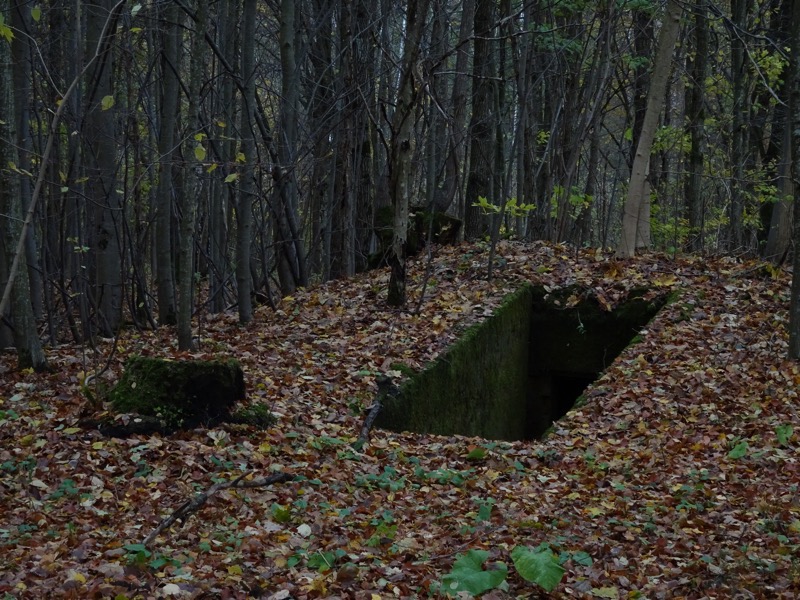 Hermann Goering’s Bunker:
Hermann Goering’s Bunker: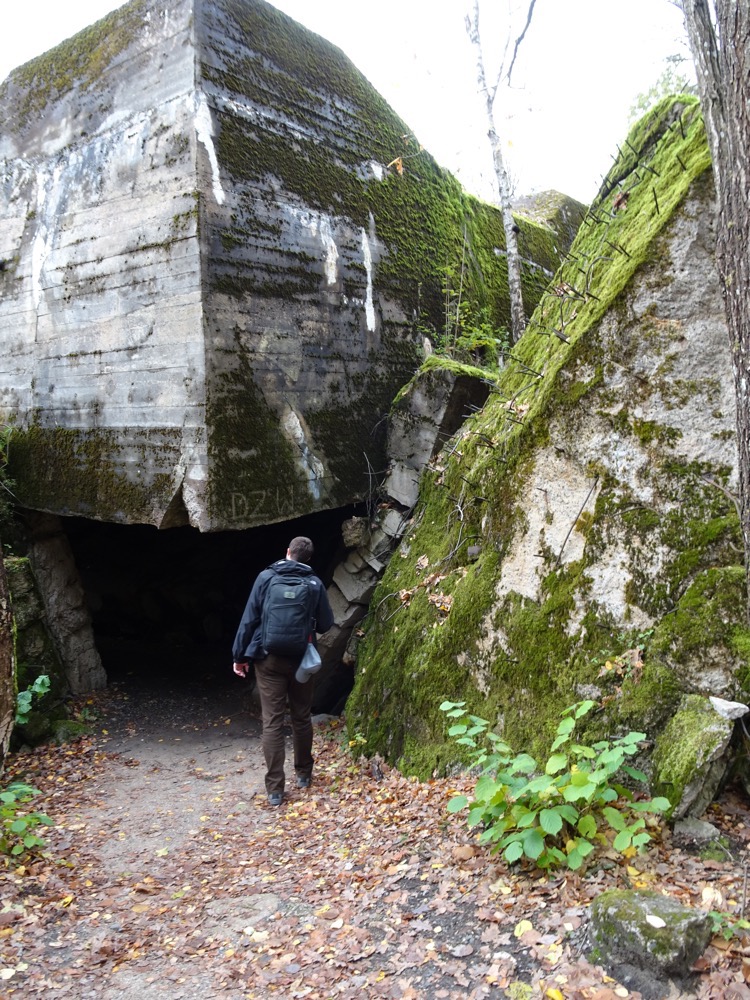 Walking under the ruins of Goering’s destroyed Bunker. It is cold, damp, and there is lots of thick rebar sticking out at all angles. Over our heads is a massive – just indescribably, massive and heavy – concrete slab over two metres thick. There are ‘no entrance’ signs everywhere but plenty of evidence that visitors have been walking through these spaces frequently.
Walking under the ruins of Goering’s destroyed Bunker. It is cold, damp, and there is lots of thick rebar sticking out at all angles. Over our heads is a massive – just indescribably, massive and heavy – concrete slab over two metres thick. There are ‘no entrance’ signs everywhere but plenty of evidence that visitors have been walking through these spaces frequently.
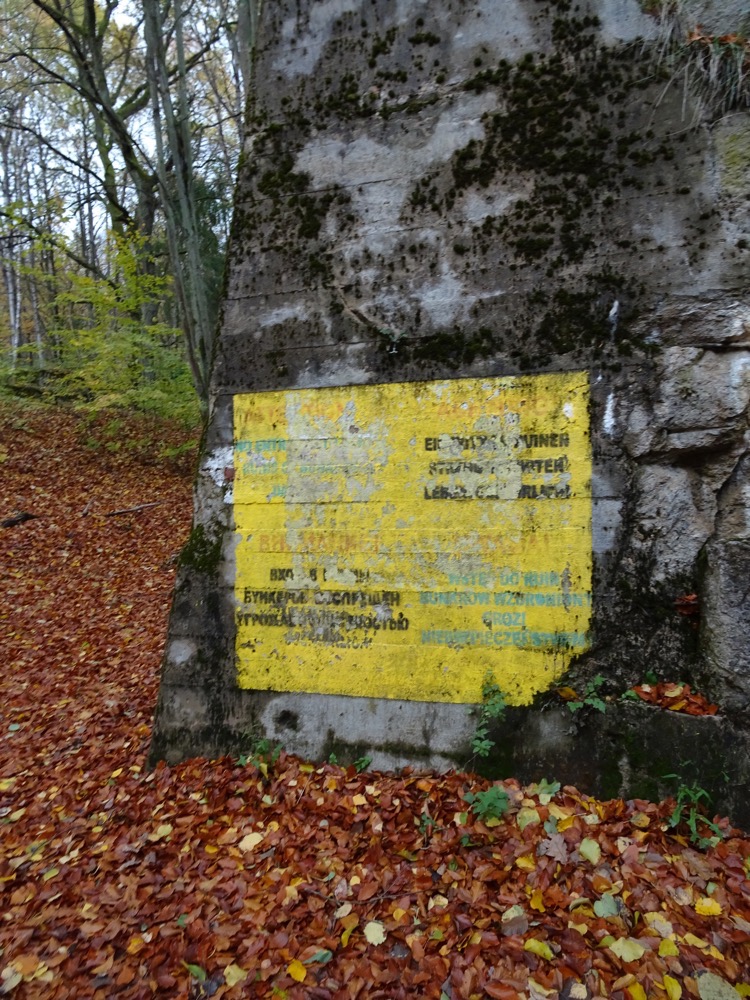 The concrete walls were indeed well thicker than 2-5m… yale for scale.
The concrete walls were indeed well thicker than 2-5m… yale for scale.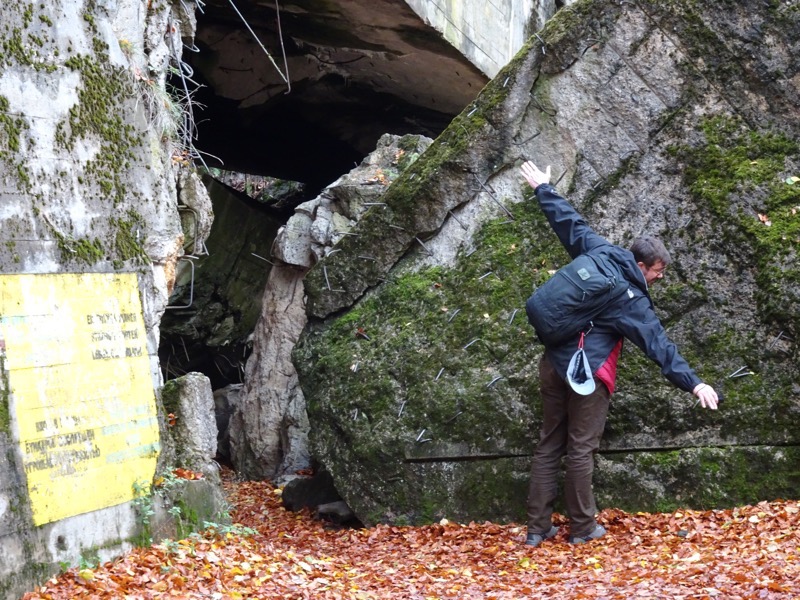 I had read that this place is not so great to visit in the summer – partly because of the crowds (though it apparently only sees 200,000 visitors a year, which is not that many compared to say, the five million plus visitors that see the Sistine Chapel each year), but also because of the foliage. In summer all the trees are still covered in their leaves, which obscure the size and shapes of the enormous bunkers. This was quite deliberate, Hitler was paranoid about the likelihood of an air bombing raid so the thick tree cover in the middle of the forest was designed to camouflage the entire complex. No major air offensive ever occurred here and it could be because the Western Allies were unaware of the Wolf’s Lair location entirely or were just unaware of its strategic importance – they have never disclosed whether they knew about it or not. The Soviet Red Army was certainly unaware of the complex’s location and scale when they discovered it during their advance towards Germany in late 1944. So anyway, from the leaf litter which is well over 20cm deep everywhere, I can imagine that in summer you would find it hard to make out the size, scale and even proximity of these buildings to each other, in the summertime.
I had read that this place is not so great to visit in the summer – partly because of the crowds (though it apparently only sees 200,000 visitors a year, which is not that many compared to say, the five million plus visitors that see the Sistine Chapel each year), but also because of the foliage. In summer all the trees are still covered in their leaves, which obscure the size and shapes of the enormous bunkers. This was quite deliberate, Hitler was paranoid about the likelihood of an air bombing raid so the thick tree cover in the middle of the forest was designed to camouflage the entire complex. No major air offensive ever occurred here and it could be because the Western Allies were unaware of the Wolf’s Lair location entirely or were just unaware of its strategic importance – they have never disclosed whether they knew about it or not. The Soviet Red Army was certainly unaware of the complex’s location and scale when they discovered it during their advance towards Germany in late 1944. So anyway, from the leaf litter which is well over 20cm deep everywhere, I can imagine that in summer you would find it hard to make out the size, scale and even proximity of these buildings to each other, in the summertime.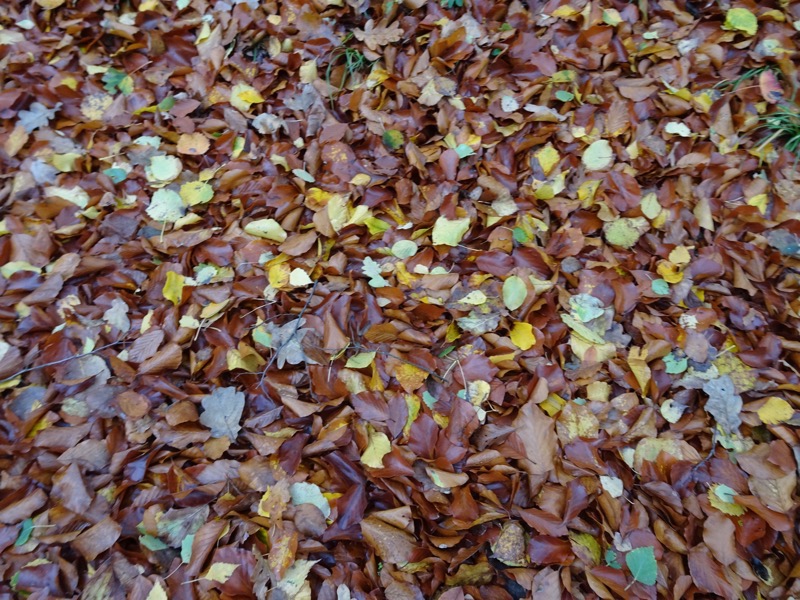 Hermann Goering’s House
Hermann Goering’s House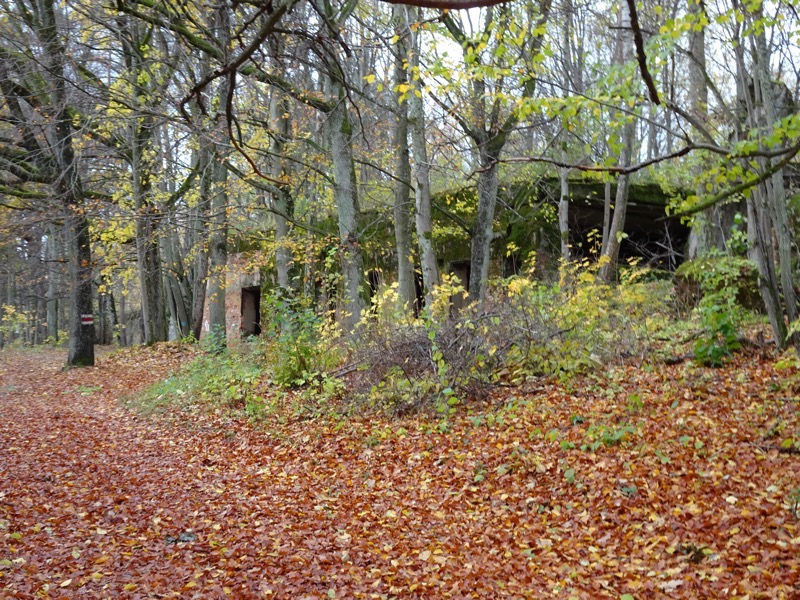
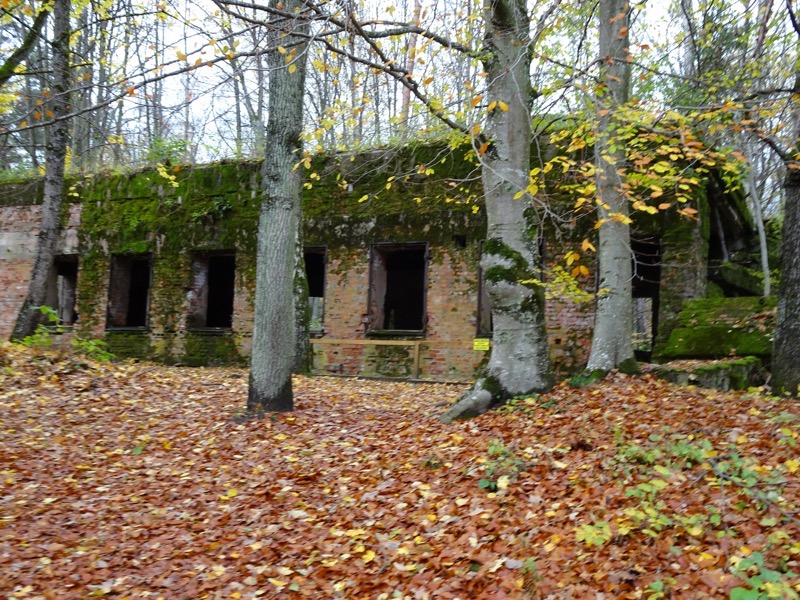
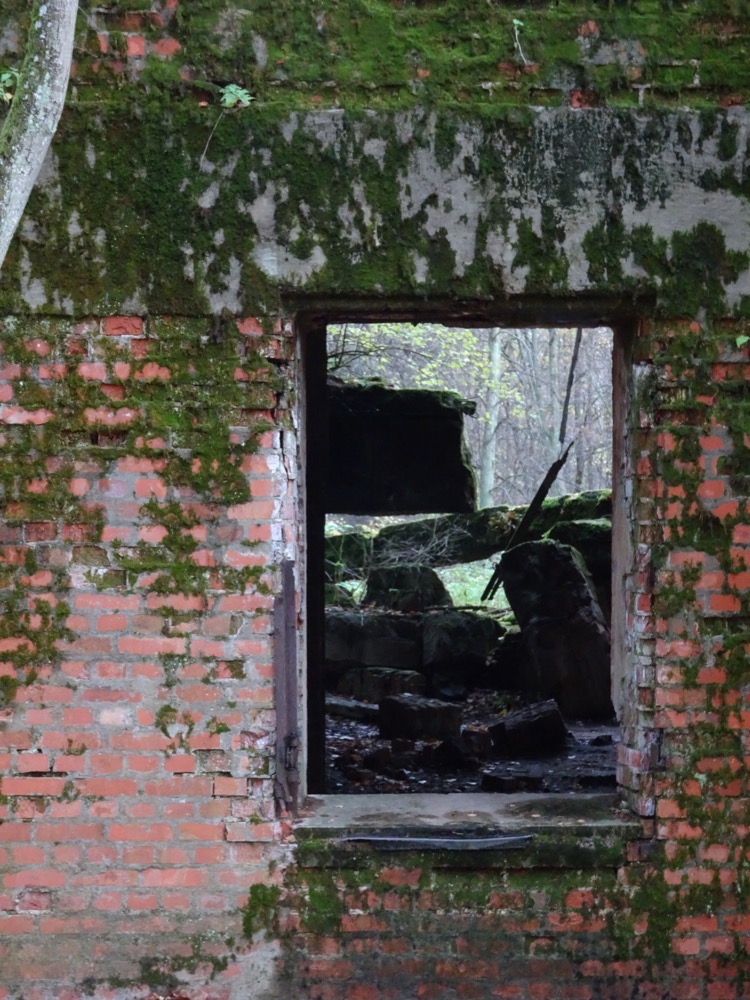
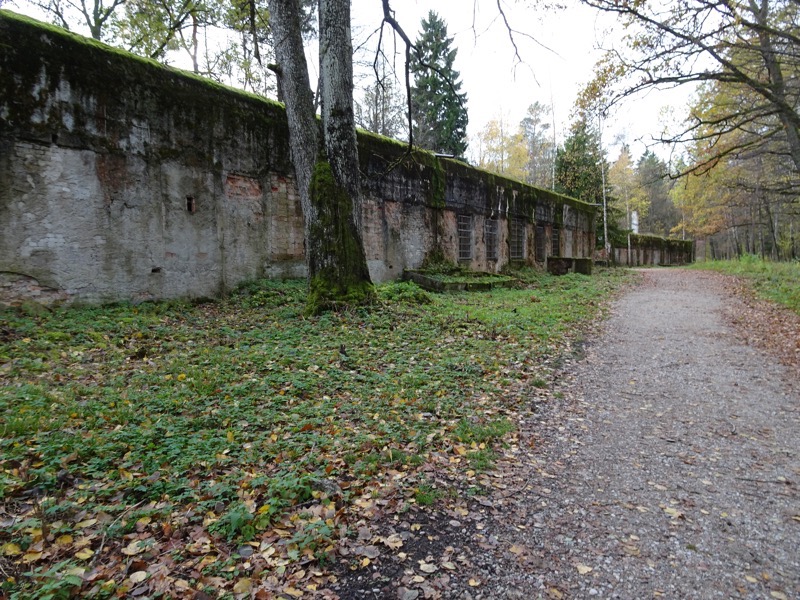
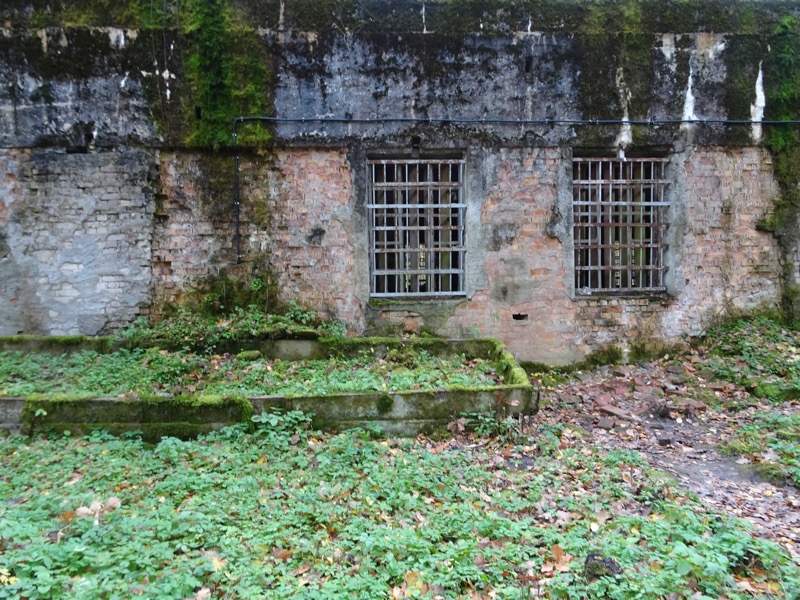 Ventilation shaft.
Ventilation shaft.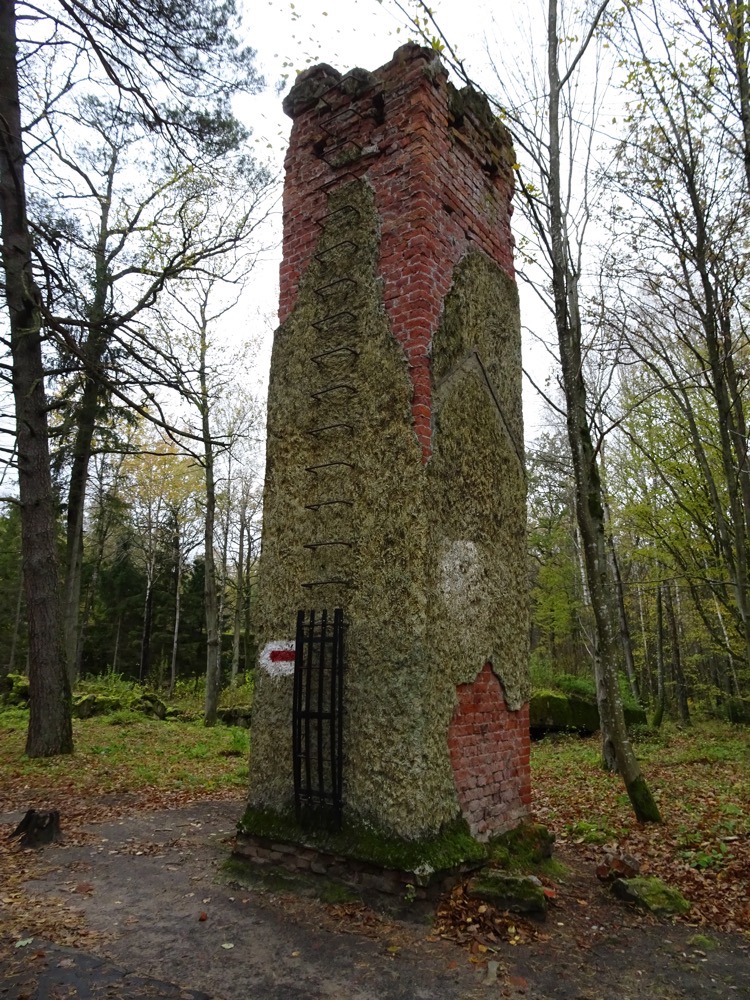
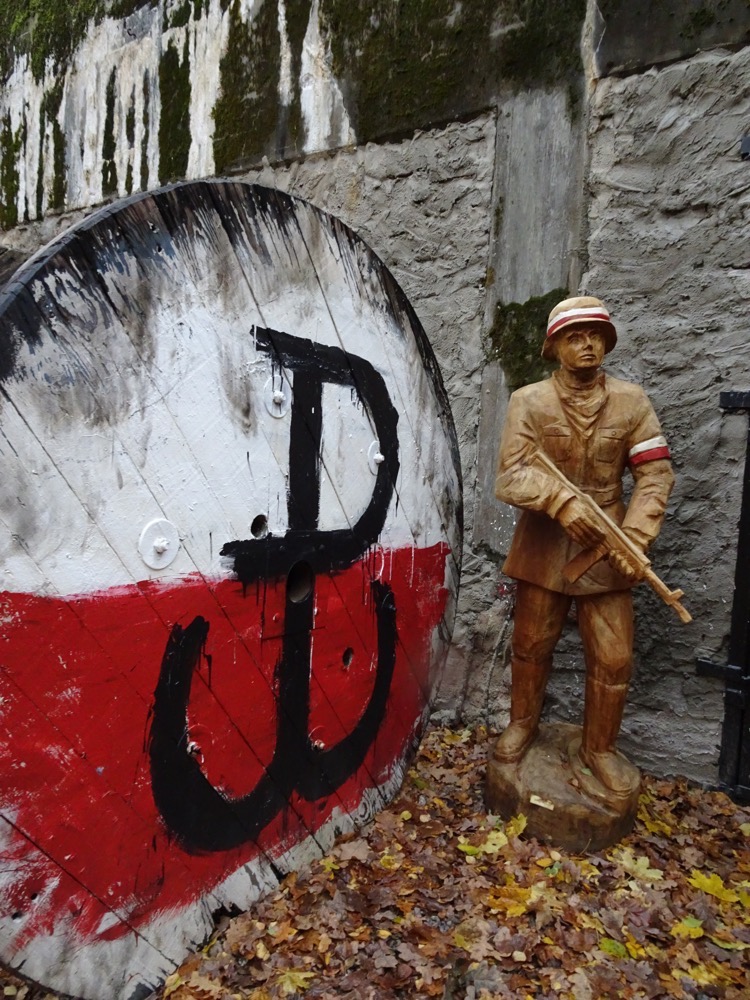 Recreated checkpoint – there were only three entrances to the complex, and each one had a checkpoint at security zone.
Recreated checkpoint – there were only three entrances to the complex, and each one had a checkpoint at security zone.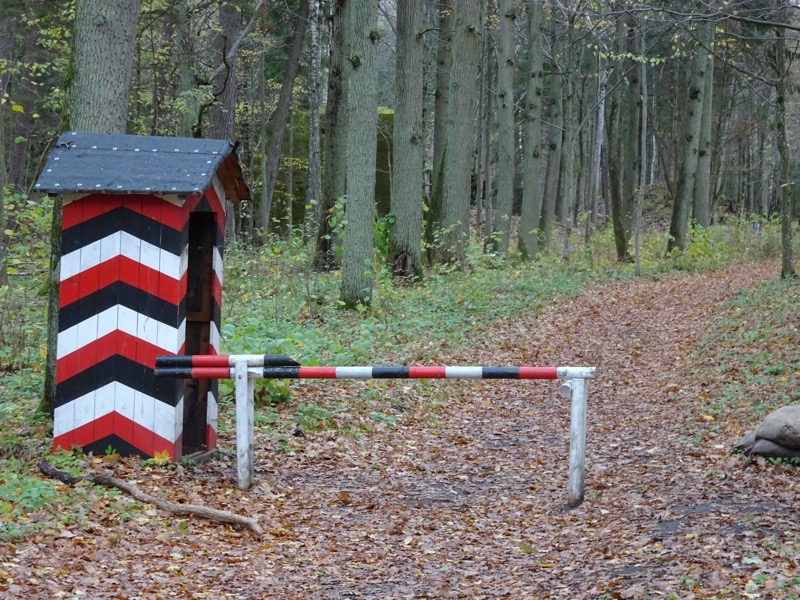 As we drove away from the Wolf’s Lair and my speed landscape photography attempted and failed to capture the forest, I couldn’t help but think that this area was once full of 54,000 landmines. Blurred and chaotic seems to work in this instance.
As we drove away from the Wolf’s Lair and my speed landscape photography attempted and failed to capture the forest, I couldn’t help but think that this area was once full of 54,000 landmines. Blurred and chaotic seems to work in this instance.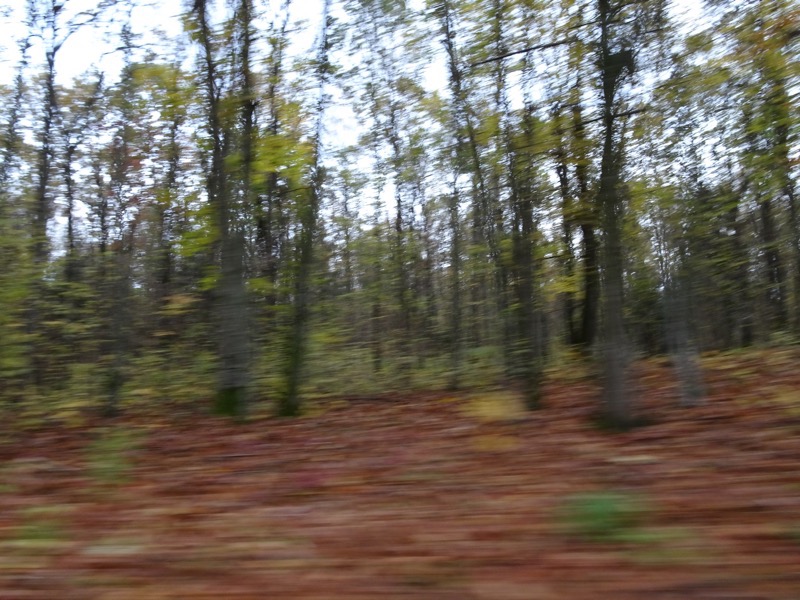 The roads became noticeable worse as we were heading through tiny little villages making out way back to the major highways on our way to Gdansk. We were hurtling along doing an average of 90kmph on some of the shittiest single lane back roads ever – I was literally holding my boobs some of the way, because I didn’t know I was going to need a sports bra to go for a drive in the countryside! Mind you, the crap conditions of the road doesn’t slow the locals down one bit – they were overtaking us at alarming breakneck speeds.
The roads became noticeable worse as we were heading through tiny little villages making out way back to the major highways on our way to Gdansk. We were hurtling along doing an average of 90kmph on some of the shittiest single lane back roads ever – I was literally holding my boobs some of the way, because I didn’t know I was going to need a sports bra to go for a drive in the countryside! Mind you, the crap conditions of the road doesn’t slow the locals down one bit – they were overtaking us at alarming breakneck speeds.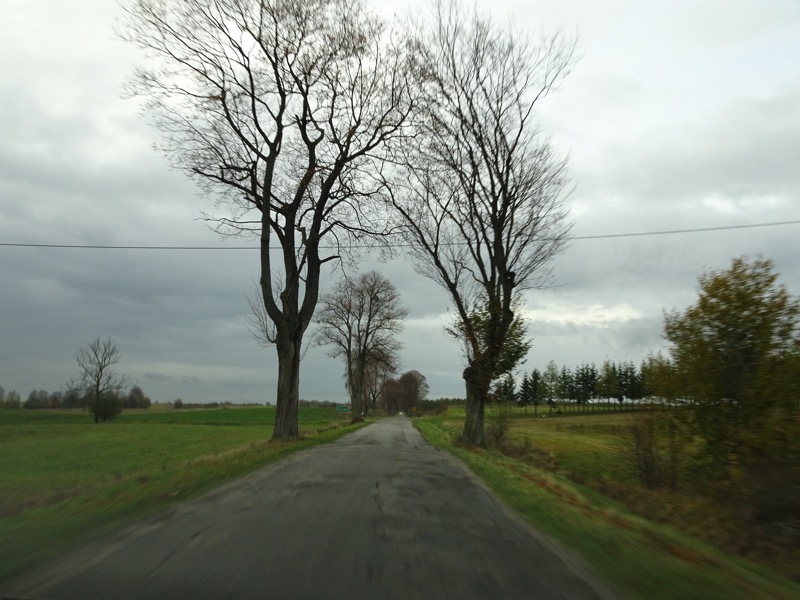 Honestly – we were doing just over 90kmph when this video was taken…
Honestly – we were doing just over 90kmph when this video was taken…
Eventually, we made our way back to the highway and then had to figure out how to get our car into the centre of Gdansk’s predominantly pedestrianised Old Town where our accommodation, the Aparthotel Neptun, is located. It was a little bit tricksy – you can approach the Old Town from many sides by car, but you can’t drive through the middle of it, so if your stupid GPS sends you to the wrong side and then suggests you drive the 100m to your hotel, right through the middle of people taking an evening stroll down the Long Market, you really need to back out and then fight your way around to try and enter from a different direction. We only got pulled over by Police, once, so we thought we did okay.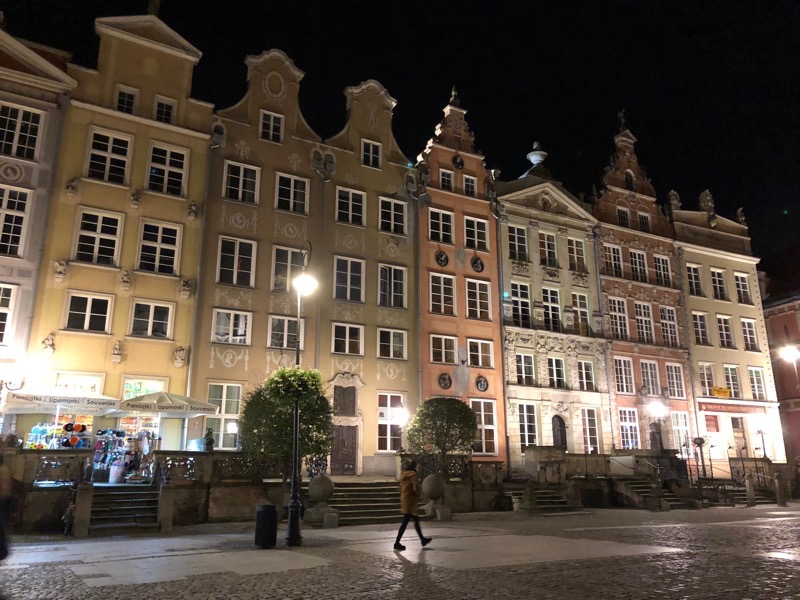 We checked in (nice hotel, actually) and then went straight back out again to find some dinner, as lunch was a dodgy service station hotdog many hours and several hundred kilometres ago. We wandered the Long Market and ended up at a restaurant called the ‘Latający Holender’ where we were met with some of the best food, but worst customer service in Poland… which is saying something really because between here, Krakow, and Warsaw, I don’t think we have met any hospitality or retail staff who were in any way welcoming, hospitable or even a little bit friendly. It’s kinda to be expected I guess – end of the tourist season, god knows I’d be over the bloody tourists too… but take heed waitpeople – winter is coming, and then we will see who is missing the tourists, their foreign currencies and their tipping habits!
We checked in (nice hotel, actually) and then went straight back out again to find some dinner, as lunch was a dodgy service station hotdog many hours and several hundred kilometres ago. We wandered the Long Market and ended up at a restaurant called the ‘Latający Holender’ where we were met with some of the best food, but worst customer service in Poland… which is saying something really because between here, Krakow, and Warsaw, I don’t think we have met any hospitality or retail staff who were in any way welcoming, hospitable or even a little bit friendly. It’s kinda to be expected I guess – end of the tourist season, god knows I’d be over the bloody tourists too… but take heed waitpeople – winter is coming, and then we will see who is missing the tourists, their foreign currencies and their tipping habits!
What was I saying? Dinner. Right. It was quite good actually and dining out now we are back in Poland, is cheap, cheap, cheap! I rarely used to photograph food for my blog, but then I found myself saying, ‘What was that thing we tried in Buenos Aires at that restaurant after we went to the place…?’ So now I am making more of an effort – so I can hunt down recipes back home for things we liked too.
After a bit of pfaffing around with tables, ‘Sit wherever you like’… we then take a seat and then it felt like the server was rolling his eyes at us and a ‘Why are they sitting there?’ type attitude ensued..?! We then waited for nearly ten minutes for menus … about halfway through what seemed an interminably long wait for a menu I said, ‘I think they are hoping we will give up and leave, but they have underestimated my current mood!’ We then waited again for ages to get drinks… part of this sense of waiting stemmed from watching the servers all gathering not far from our table and seemingly hanging out and chatting with each other instead of filling drink orders and seating customers, etc?! I dunno, the disdain was coming off them in waves – but hopefully not just in our direction. 😛
I ordered for an appetiser – Tiger prawns cooked in butter, onion, chili, fresh parsley, white wine and served with garlic bread… it was pretty fabulous. and yale ordered the Goulash soup – which was rather more watery and somewhat oilier than he had hoped. So that one was a bit hit and miss.
and yale ordered the Goulash soup – which was rather more watery and somewhat oilier than he had hoped. So that one was a bit hit and miss.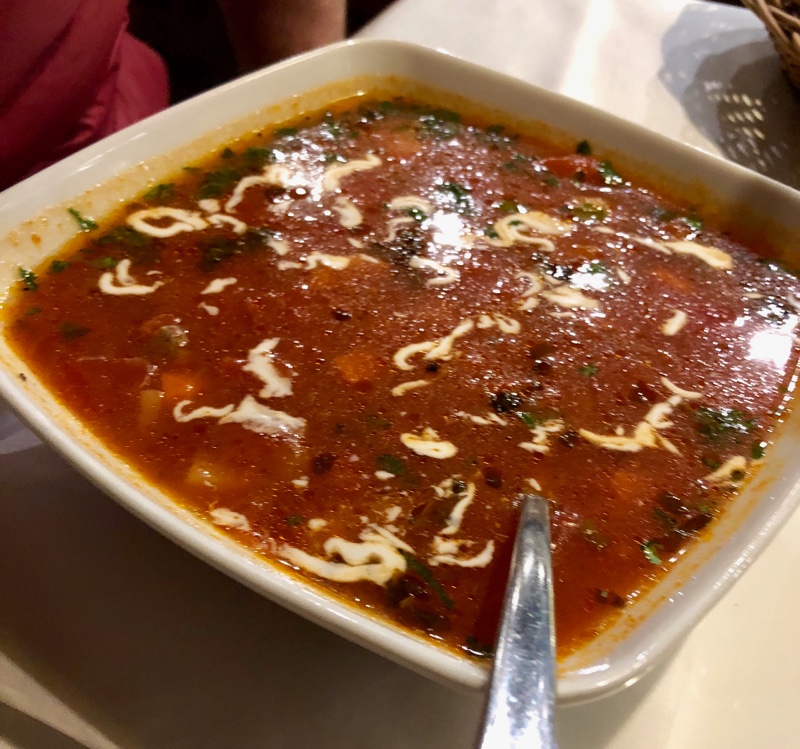 For a main, I ordered the Grilled salmon with roasted potatoes, green asparagus, butter sauce and caviar. Again, lovely though I usually prefer my salmon slightly more medium.
For a main, I ordered the Grilled salmon with roasted potatoes, green asparagus, butter sauce and caviar. Again, lovely though I usually prefer my salmon slightly more medium.
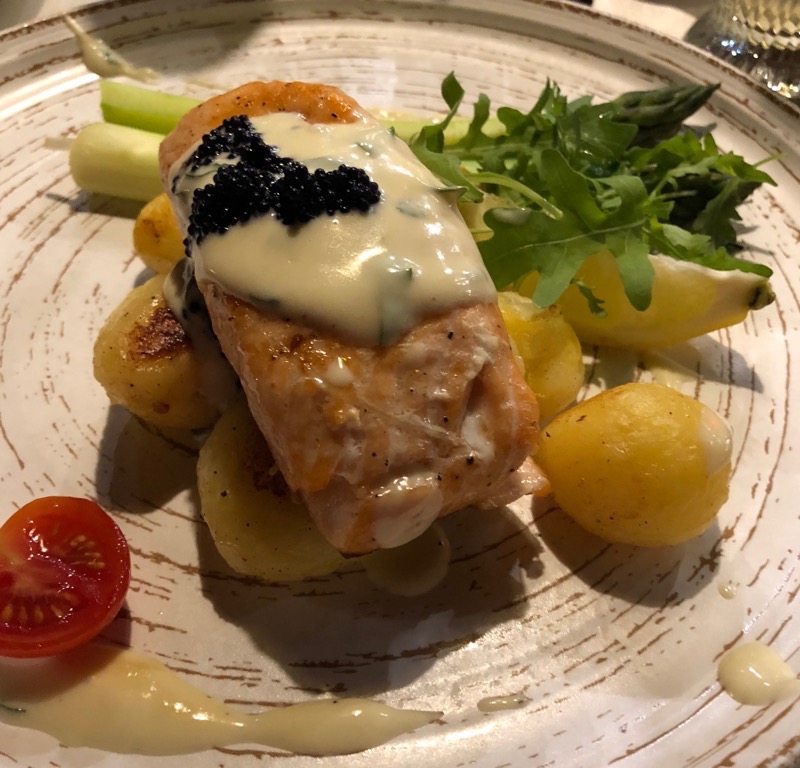 And yale seemed to commit some sort of unwritten ordering faux pas by having the audacity to order two dishes (he’s a big guy, he gets hungry), of Meat Dumplings, stuffed with beef and pork meat, smoked bacon, onion, arugula, and tomatoes. And a main dish called, Desk of Polish Sausage, comprising of a selection of Polish sausage served with bread, pickled cucumber, mustard and horseradish.
And yale seemed to commit some sort of unwritten ordering faux pas by having the audacity to order two dishes (he’s a big guy, he gets hungry), of Meat Dumplings, stuffed with beef and pork meat, smoked bacon, onion, arugula, and tomatoes. And a main dish called, Desk of Polish Sausage, comprising of a selection of Polish sausage served with bread, pickled cucumber, mustard and horseradish.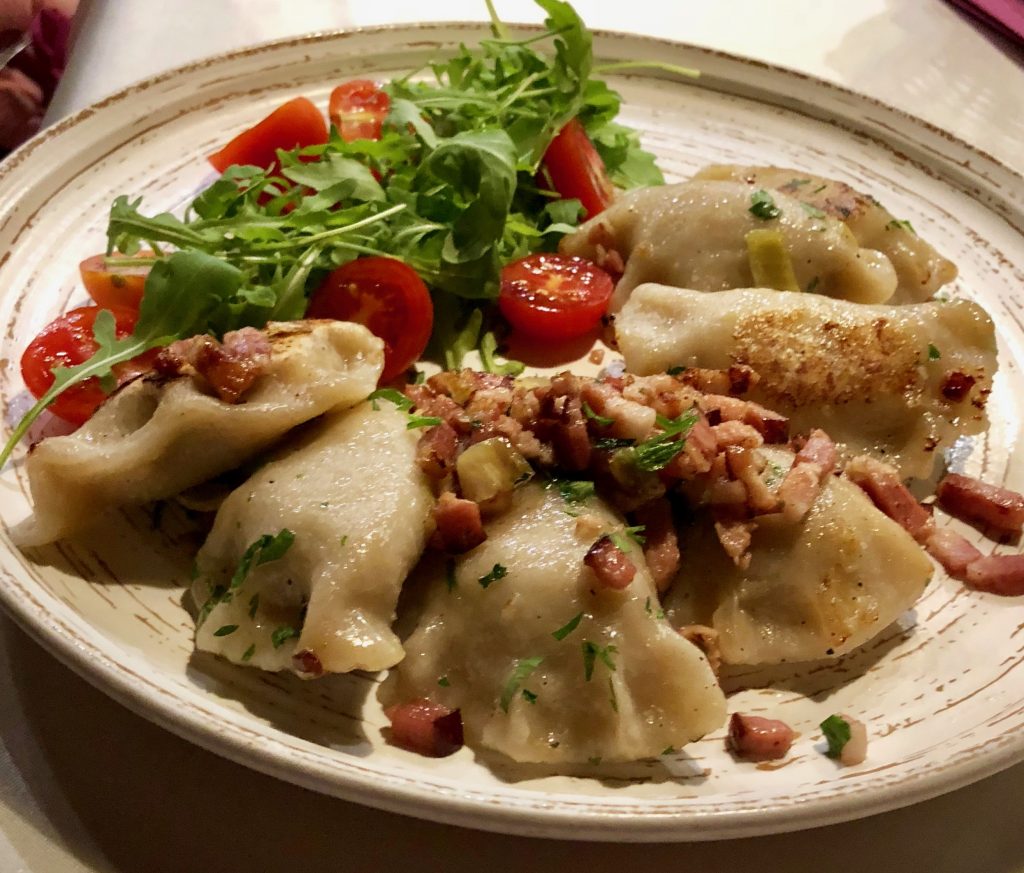 Well didn’t the little man have a ‘Two dinners? How could you? Wait, how will I serve them?’ moment over that. Like I said, weird service. Great food.
Well didn’t the little man have a ‘Two dinners? How could you? Wait, how will I serve them?’ moment over that. Like I said, weird service. Great food.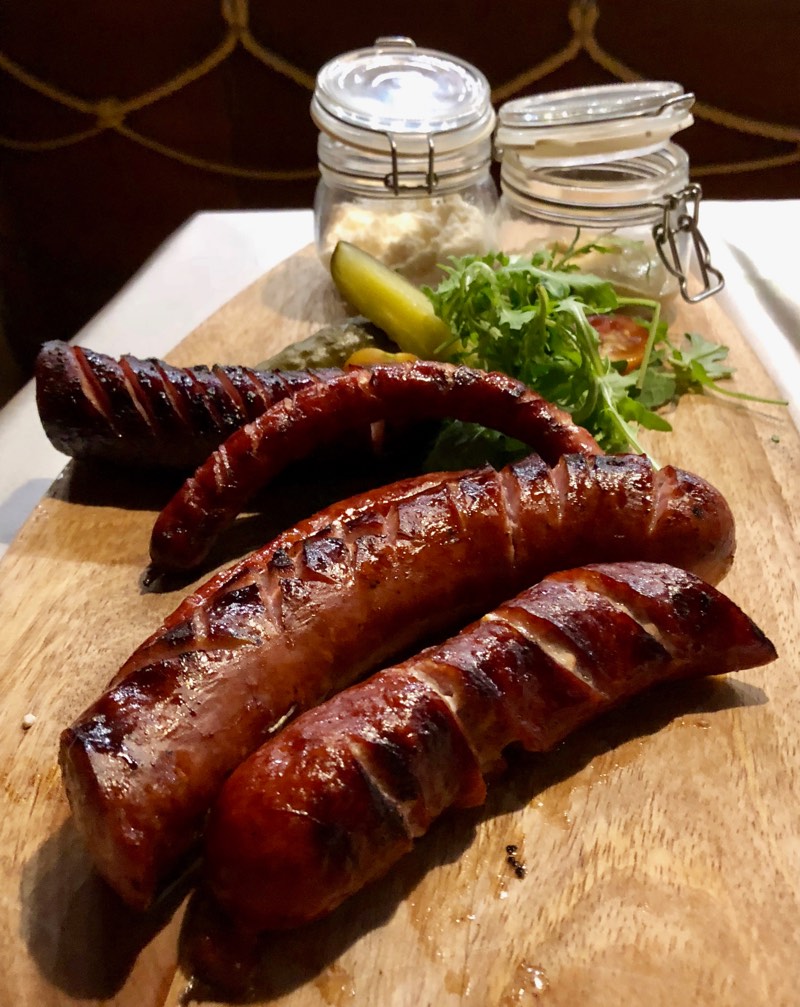 A few happy ciders later and we didn’t much care either way for the server’s attitude anyway. Dinner was nice, but I wouldn’t recommend it unless you like being treated like an inconvenience by the staff. 😛
A few happy ciders later and we didn’t much care either way for the server’s attitude anyway. Dinner was nice, but I wouldn’t recommend it unless you like being treated like an inconvenience by the staff. 😛
What a long, long day. Tomorrow – Gdansk!

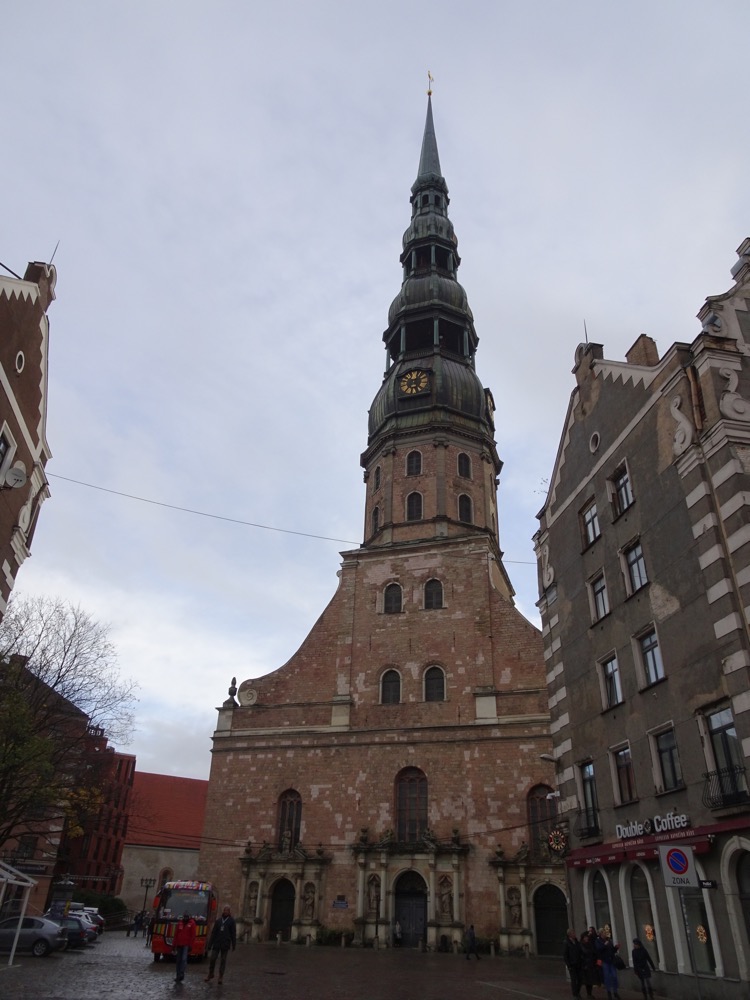
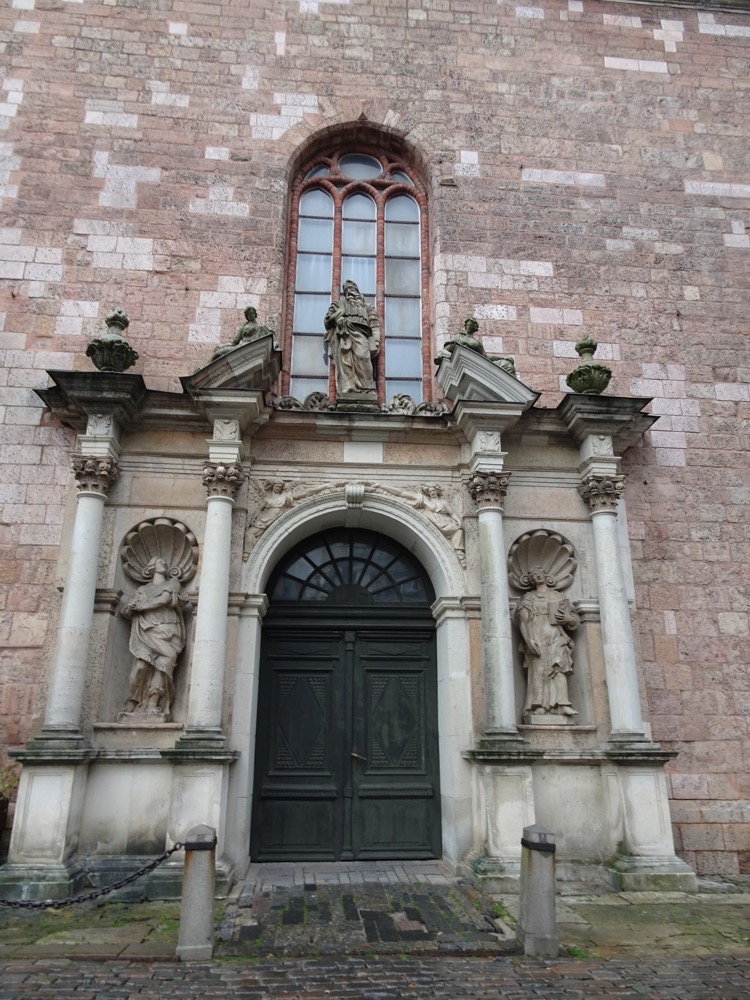
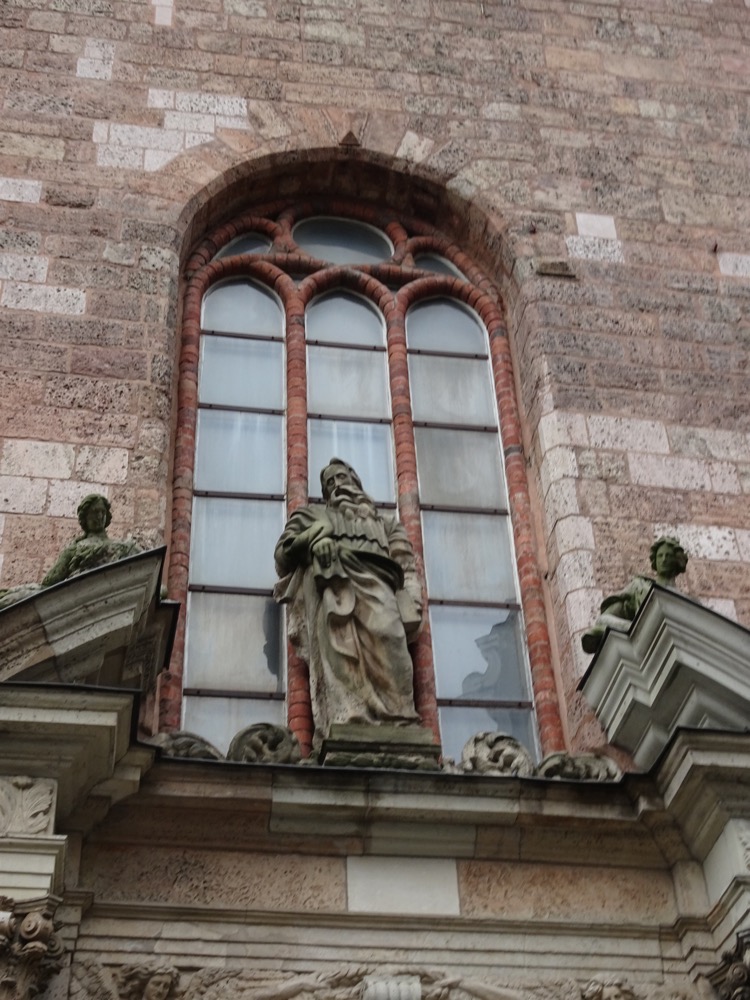
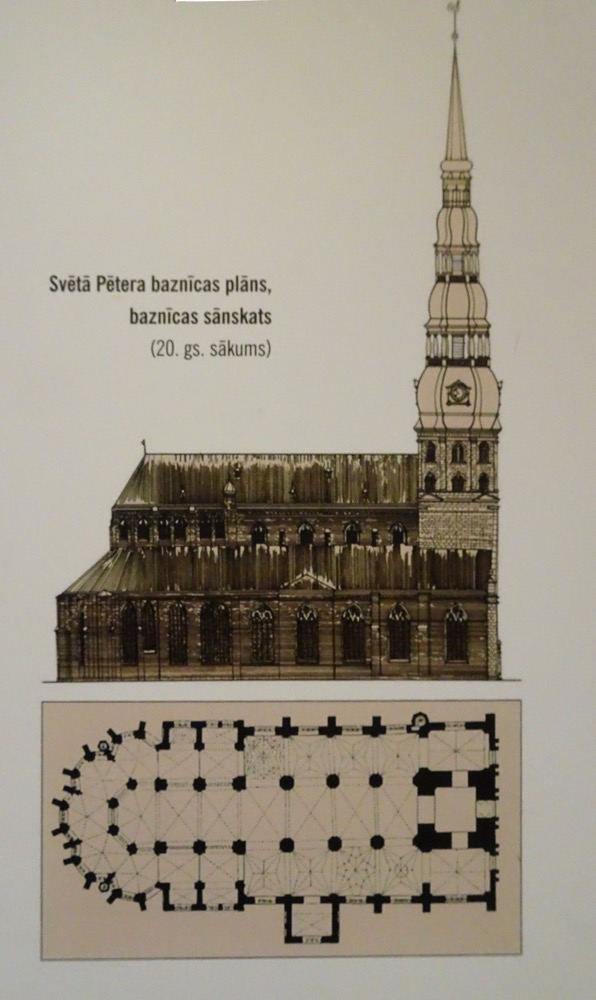
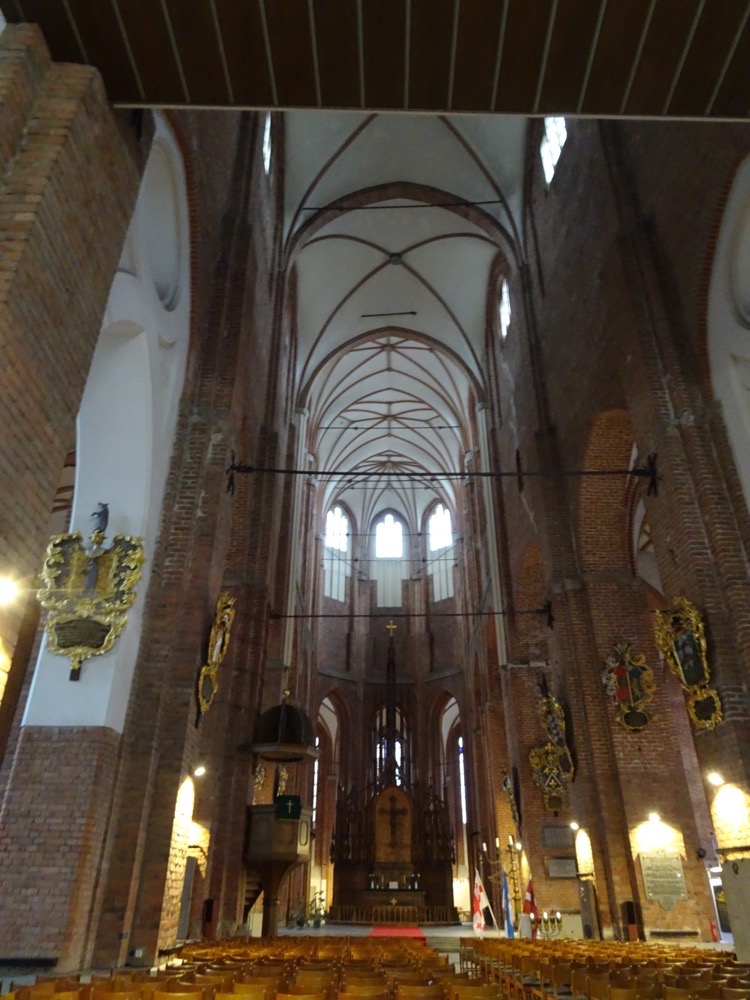
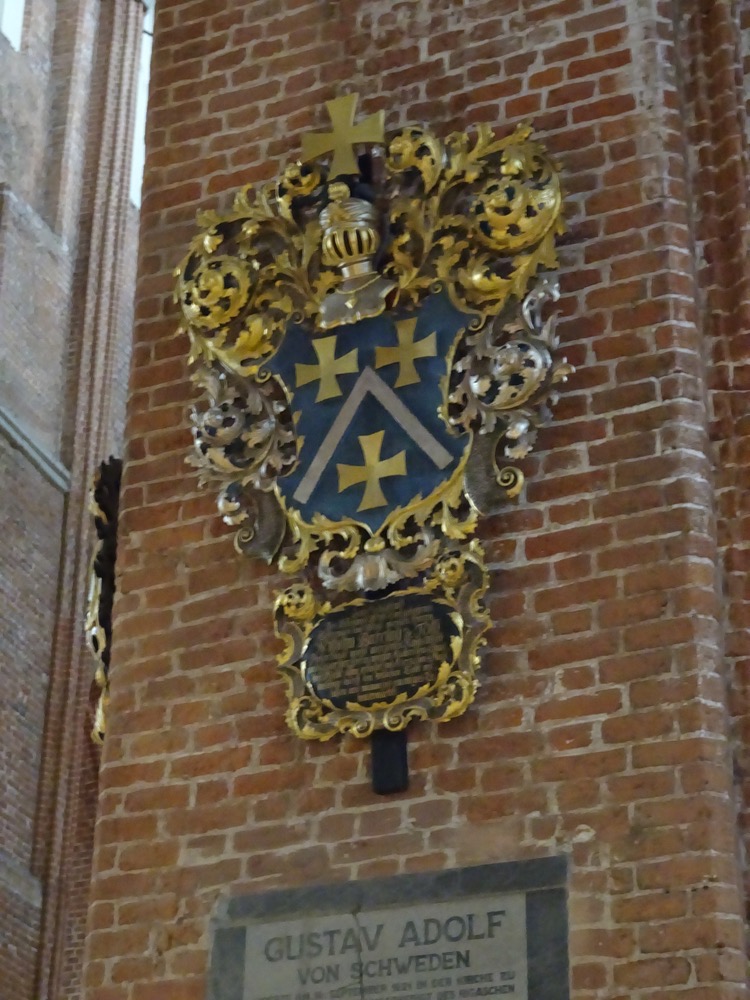
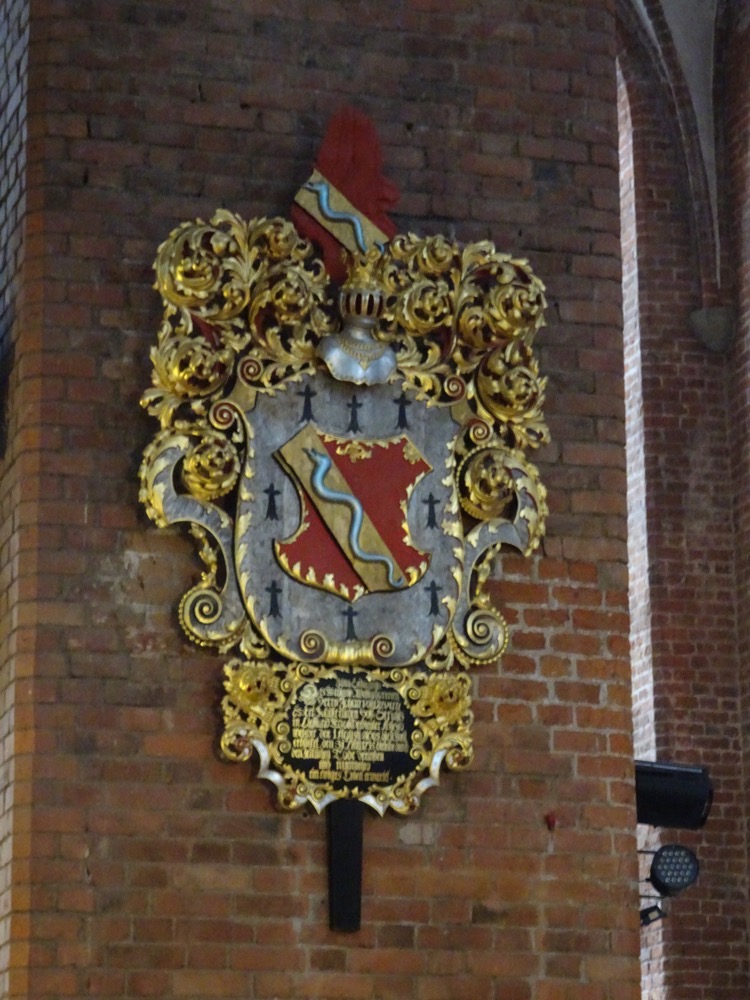
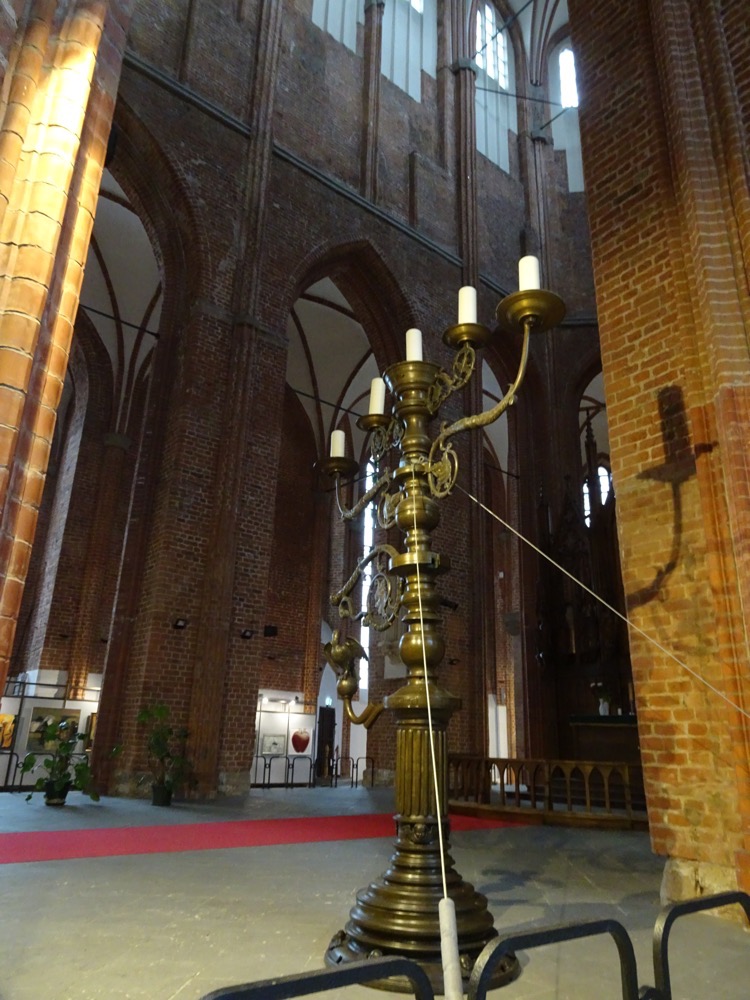 During World War II, the church lost this rather imposing bronze candelabrum that dates from 1596. It was taken by the Germans to the town of Włocławek during the actions to annexed Polish territories. It is seriously huge – 3.1m high, 3.8m wide and was bought by the Riga City Council from a local metal founder. After the war, it stayed on display at the Basilica Cathedral of the St. Mary of Assumption in Włocławek – Riga literally only got it back in 2012 as a result of a recent repatriation agreement relating to stolen cultural properties.
During World War II, the church lost this rather imposing bronze candelabrum that dates from 1596. It was taken by the Germans to the town of Włocławek during the actions to annexed Polish territories. It is seriously huge – 3.1m high, 3.8m wide and was bought by the Riga City Council from a local metal founder. After the war, it stayed on display at the Basilica Cathedral of the St. Mary of Assumption in Włocławek – Riga literally only got it back in 2012 as a result of a recent repatriation agreement relating to stolen cultural properties. 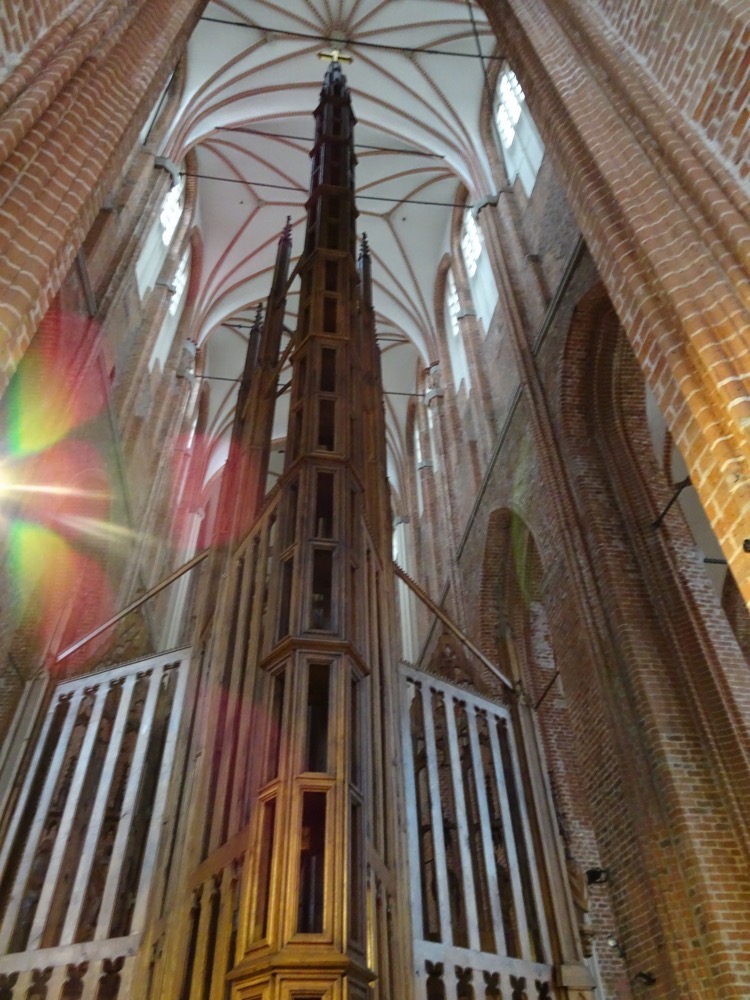 While we are walking through this amazing Gothic/Romanesque/Baroque cathedral, I found it (yet again) rather jarring to be met with a modern art exhibition. I have experienced this same discombobulation on a number of occasions – most notably at the Hagia Sofia, which should most definitely NOT be used a space for a modern art exhibition – and I got the same feeling today. Historical cathedral, fabulous. Vaulted ceilings, lovely. Gothic timberwork, beautiful. Medieval stained glass, stunning… such a shame about the modern art.
While we are walking through this amazing Gothic/Romanesque/Baroque cathedral, I found it (yet again) rather jarring to be met with a modern art exhibition. I have experienced this same discombobulation on a number of occasions – most notably at the Hagia Sofia, which should most definitely NOT be used a space for a modern art exhibition – and I got the same feeling today. Historical cathedral, fabulous. Vaulted ceilings, lovely. Gothic timberwork, beautiful. Medieval stained glass, stunning… such a shame about the modern art.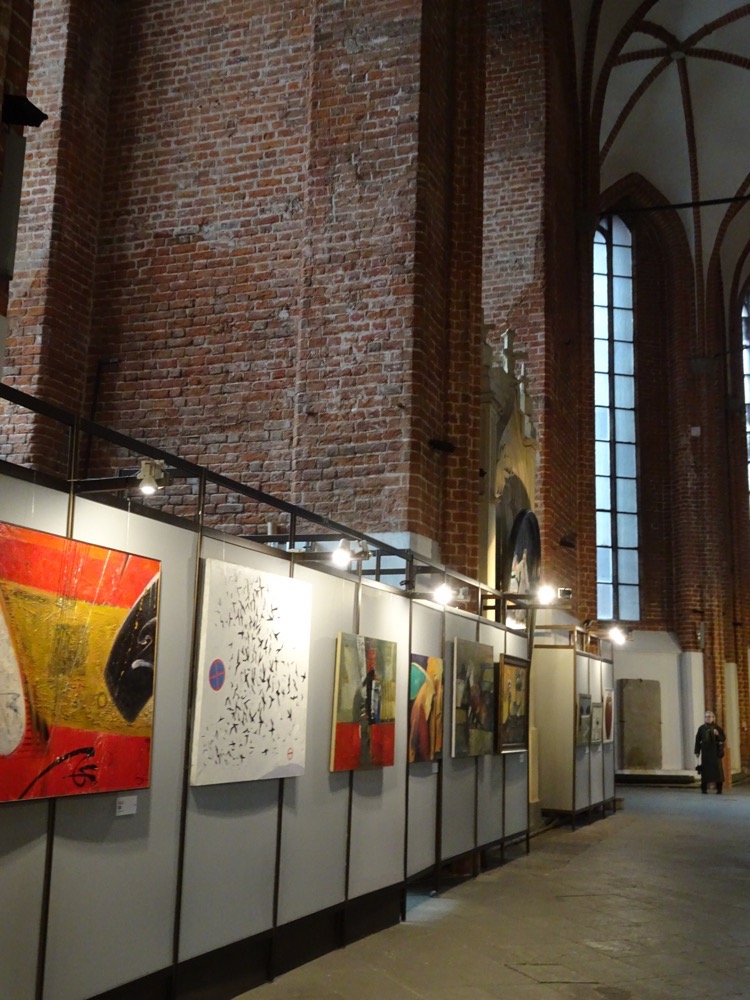 If any of you have ever seen the Hugh Grant movie, ‘Mickey Blue Eyes’, you’ll know where I am coming from with this… :/
If any of you have ever seen the Hugh Grant movie, ‘Mickey Blue Eyes’, you’ll know where I am coming from with this… :/ 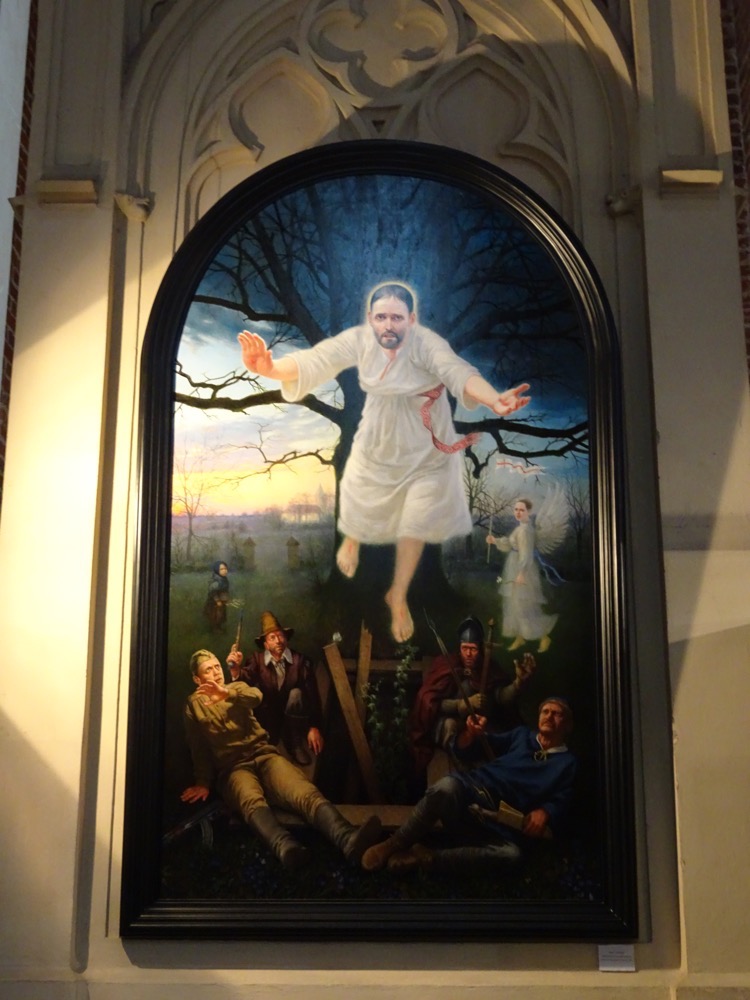 This piece no more belongs in this church than it does in a fancy auction house. :/
This piece no more belongs in this church than it does in a fancy auction house. :/ 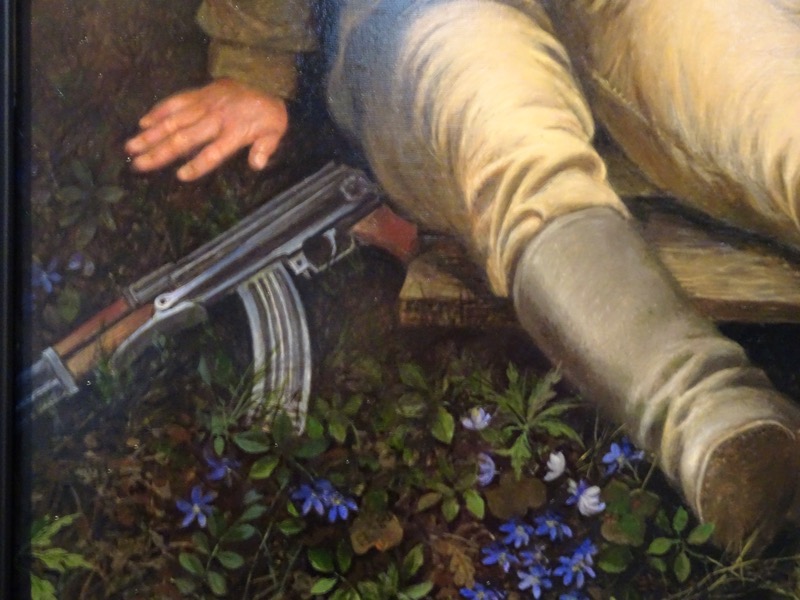 Anyway – if any of you ever happen to be curating spaces in fancy Gothic cathedrals, can you please please please – spare us the fucking modern art. It’s just not what people are here for. Cheers. Ta.
Anyway – if any of you ever happen to be curating spaces in fancy Gothic cathedrals, can you please please please – spare us the fucking modern art. It’s just not what people are here for. Cheers. Ta.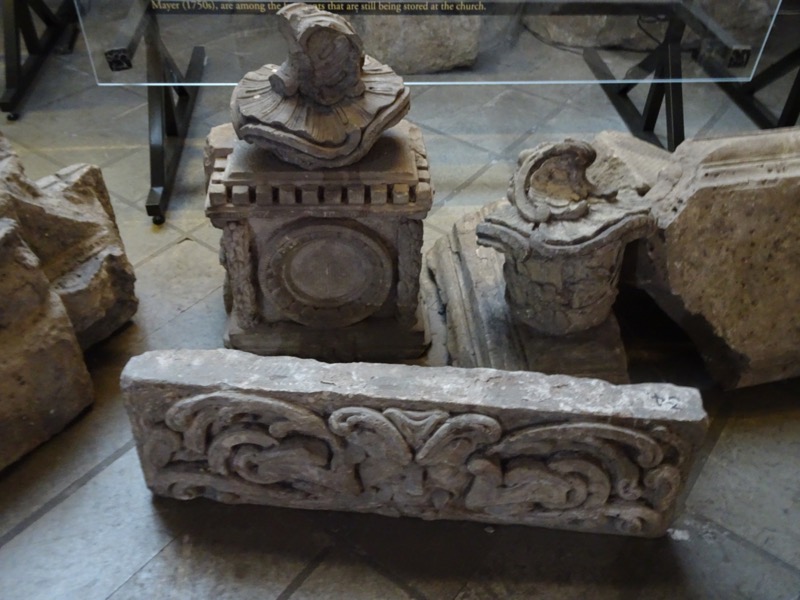
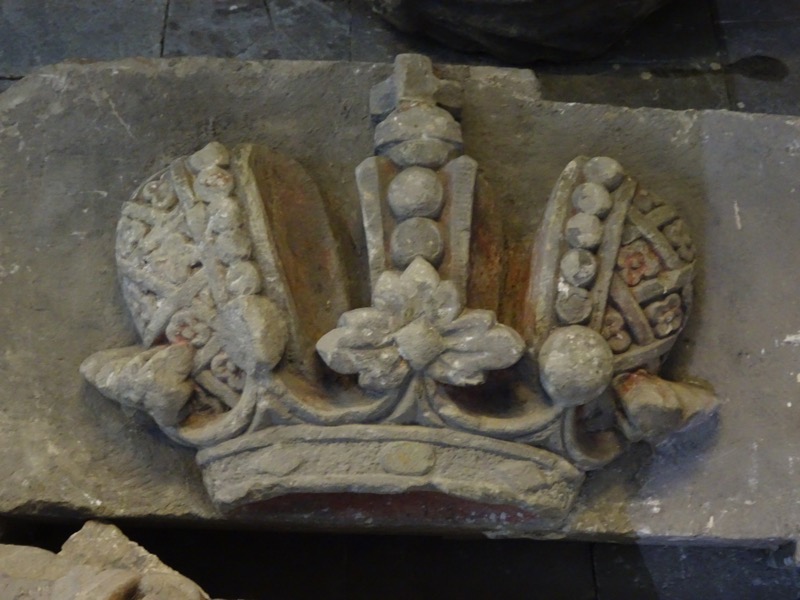
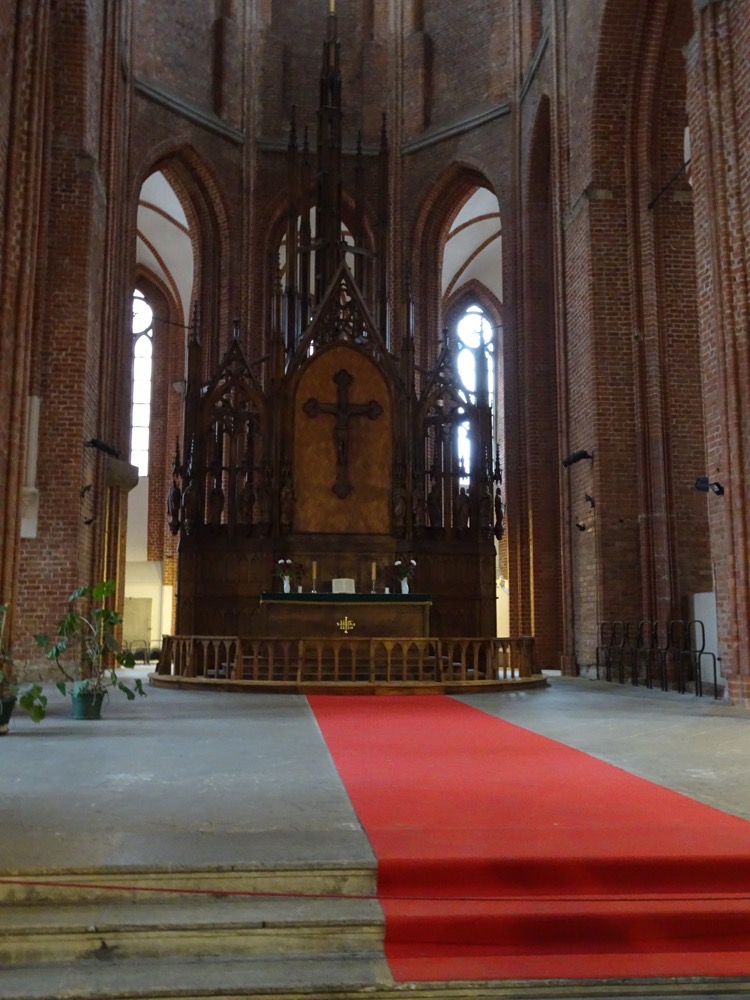
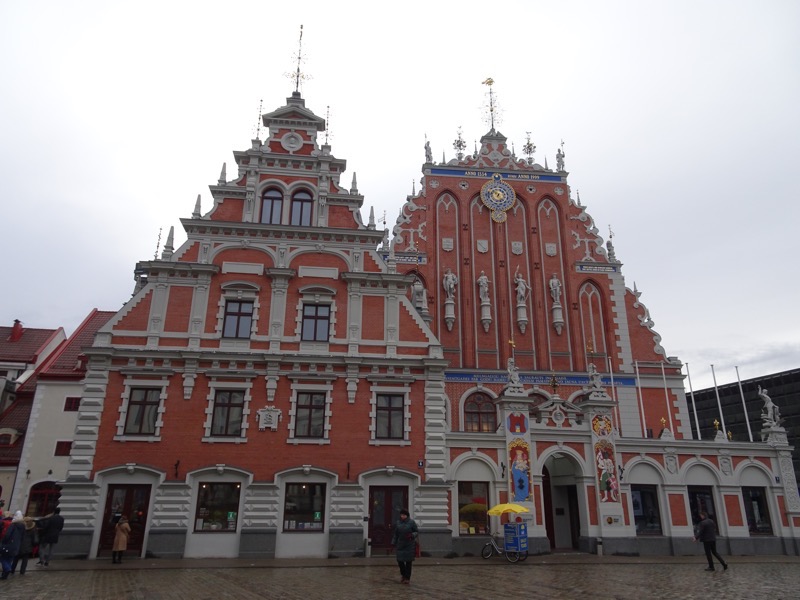 Most of the Blackheads members were of German descent and they would travel and supply exotic goods from overseas. Being part of the guild provided protection for their ships and caravans from pirates and robbers. The Blackheads had St. Maurice as a patron saint, and he was usually as a black soldier in knight’s armour, hence Blackheads. The Blackheads were effectively Riga’s ruling elite, serving as councillors and members of the Great Guild.
Most of the Blackheads members were of German descent and they would travel and supply exotic goods from overseas. Being part of the guild provided protection for their ships and caravans from pirates and robbers. The Blackheads had St. Maurice as a patron saint, and he was usually as a black soldier in knight’s armour, hence Blackheads. The Blackheads were effectively Riga’s ruling elite, serving as councillors and members of the Great Guild. 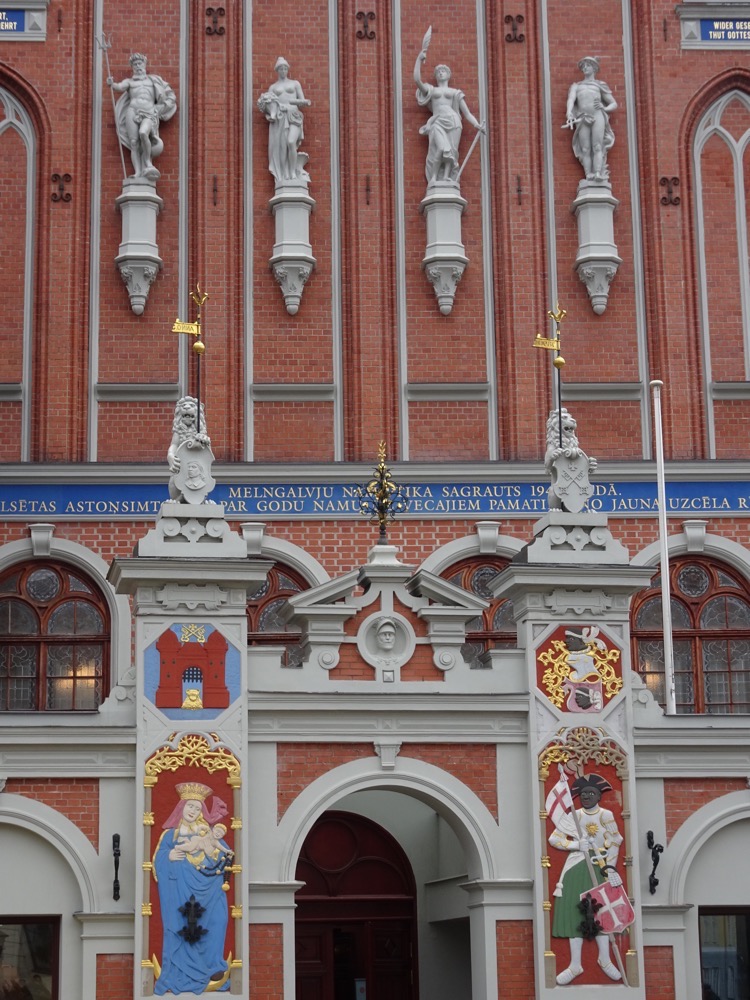
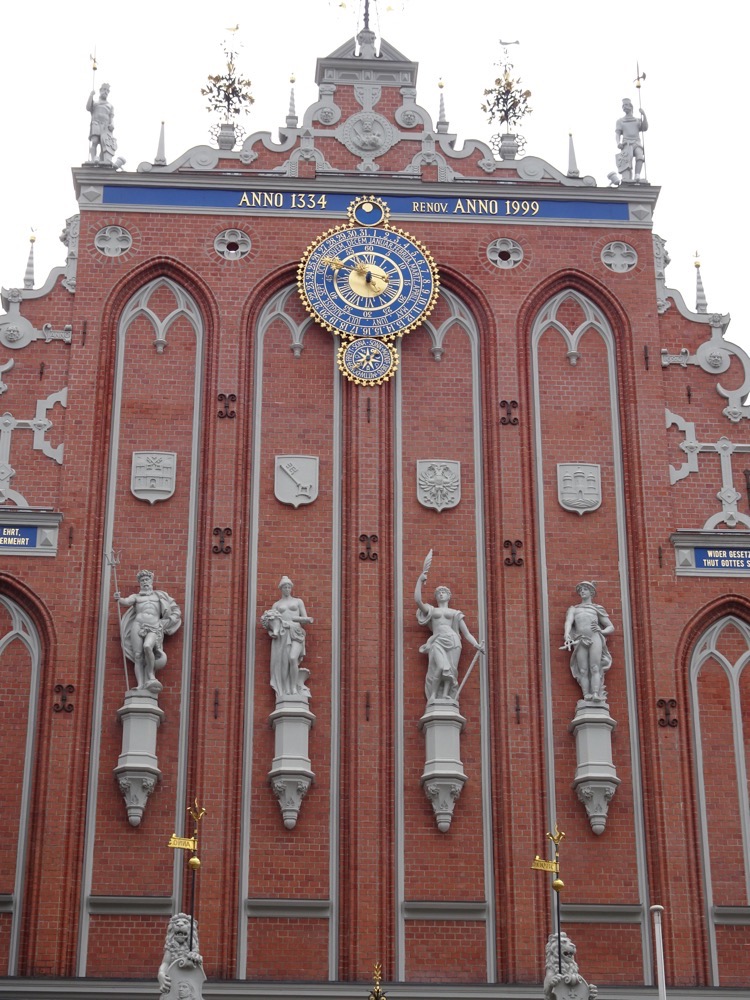
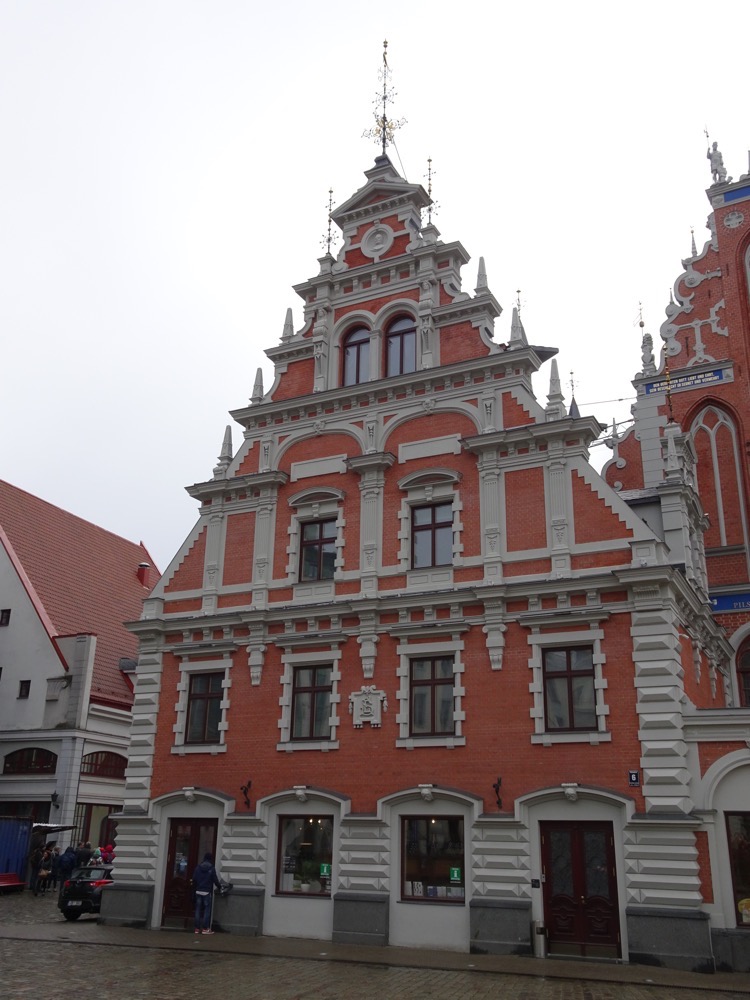
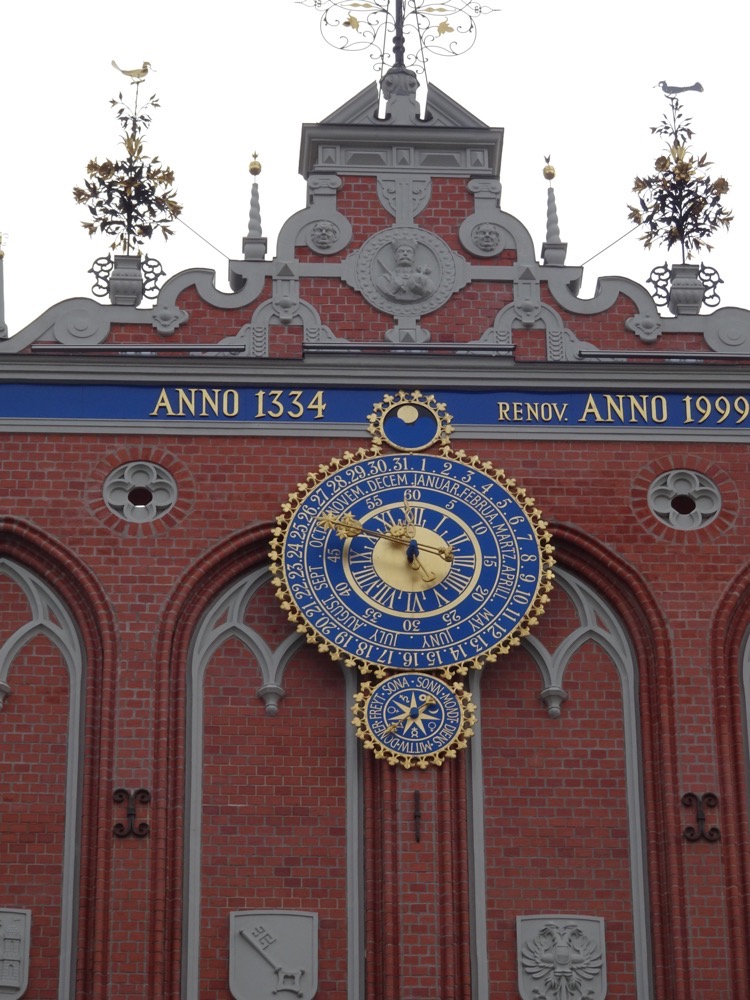 Nearby we found a cute little indoor market. Mostly handicrafts being sold by matronly little grandmas huddling in the cold. The weather was not so bad if you keep moving, but when you stop moving it gets pretty brutally cold pretty quick.
Nearby we found a cute little indoor market. Mostly handicrafts being sold by matronly little grandmas huddling in the cold. The weather was not so bad if you keep moving, but when you stop moving it gets pretty brutally cold pretty quick.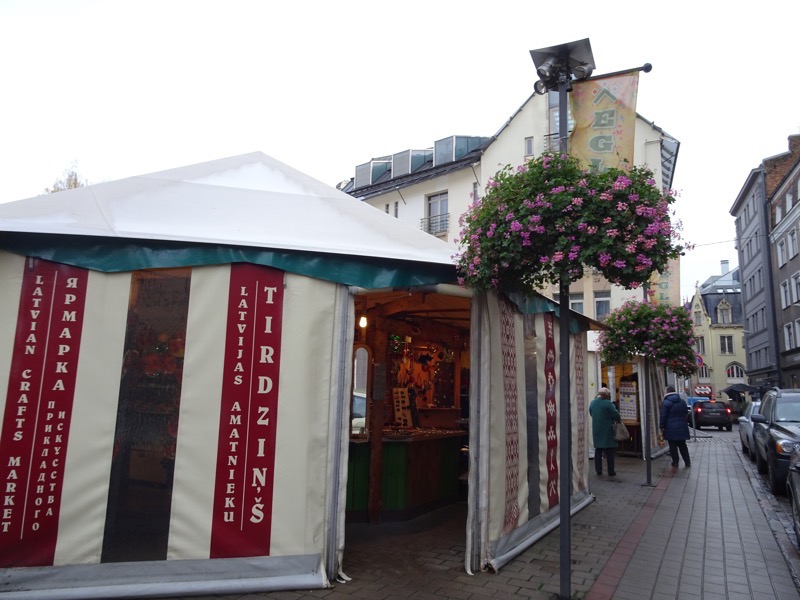 Glassware, knitted goods, leatherwork, woodwork and all sorts.
Glassware, knitted goods, leatherwork, woodwork and all sorts. 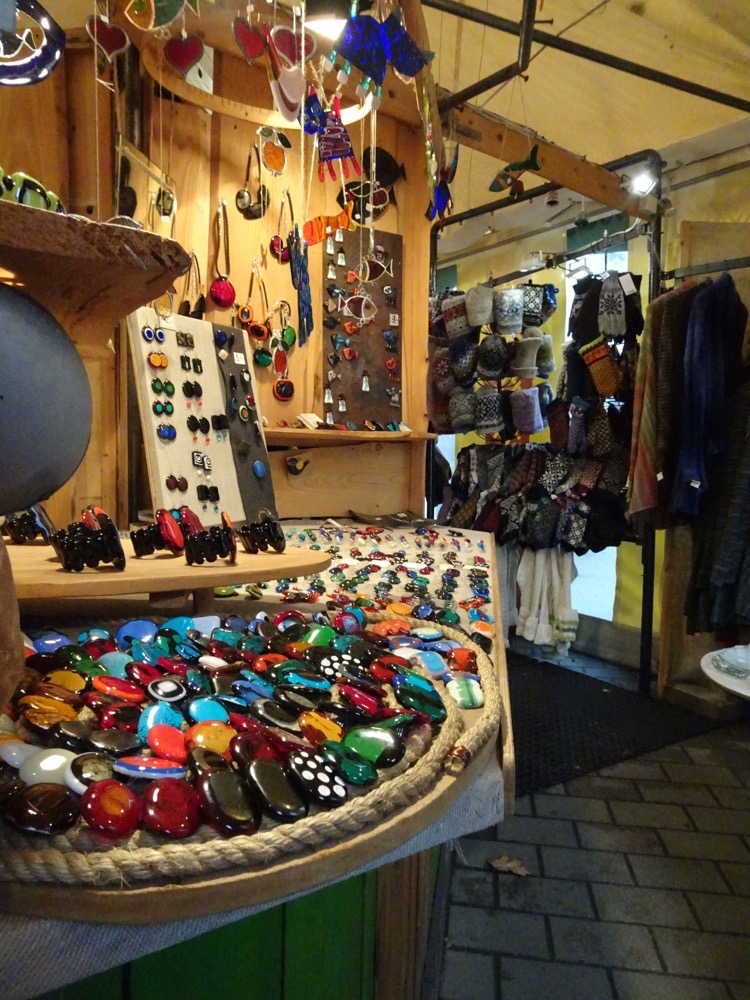
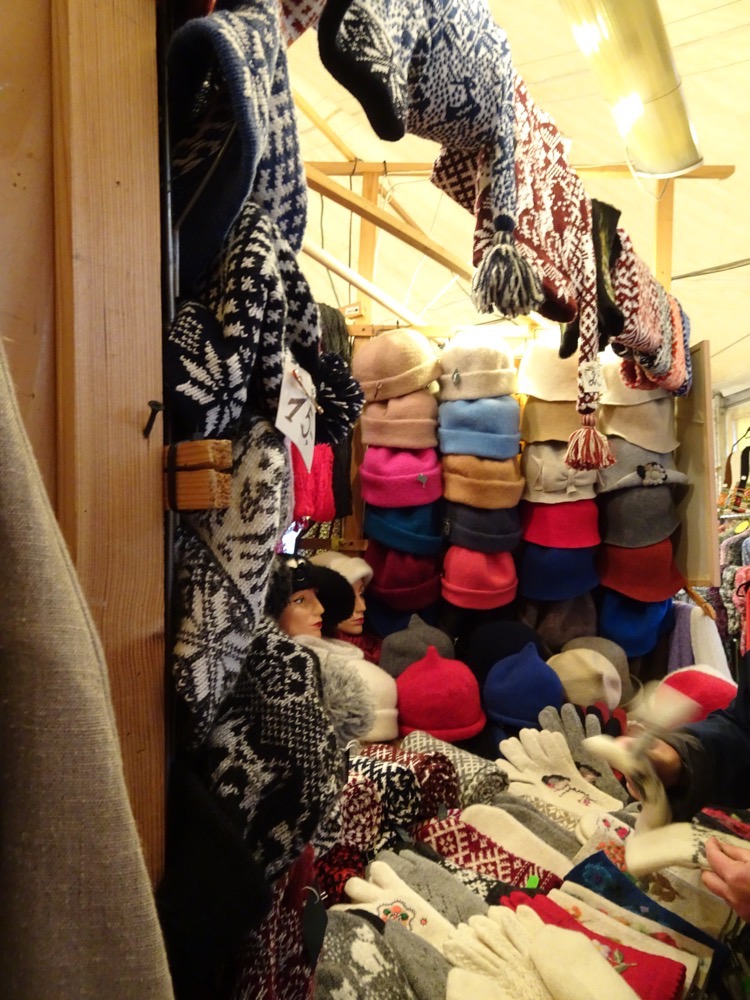
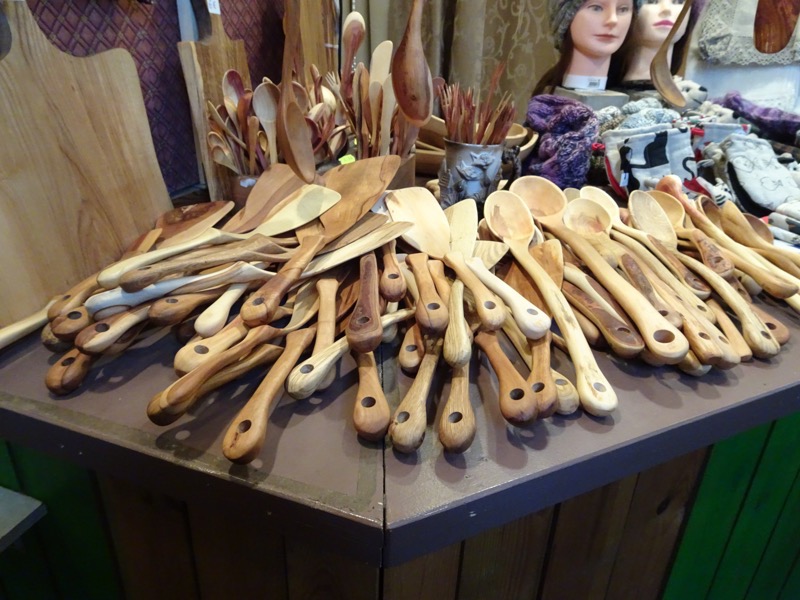
 Spat back out on the street, we walked past the National Academy of Drama.
Spat back out on the street, we walked past the National Academy of Drama.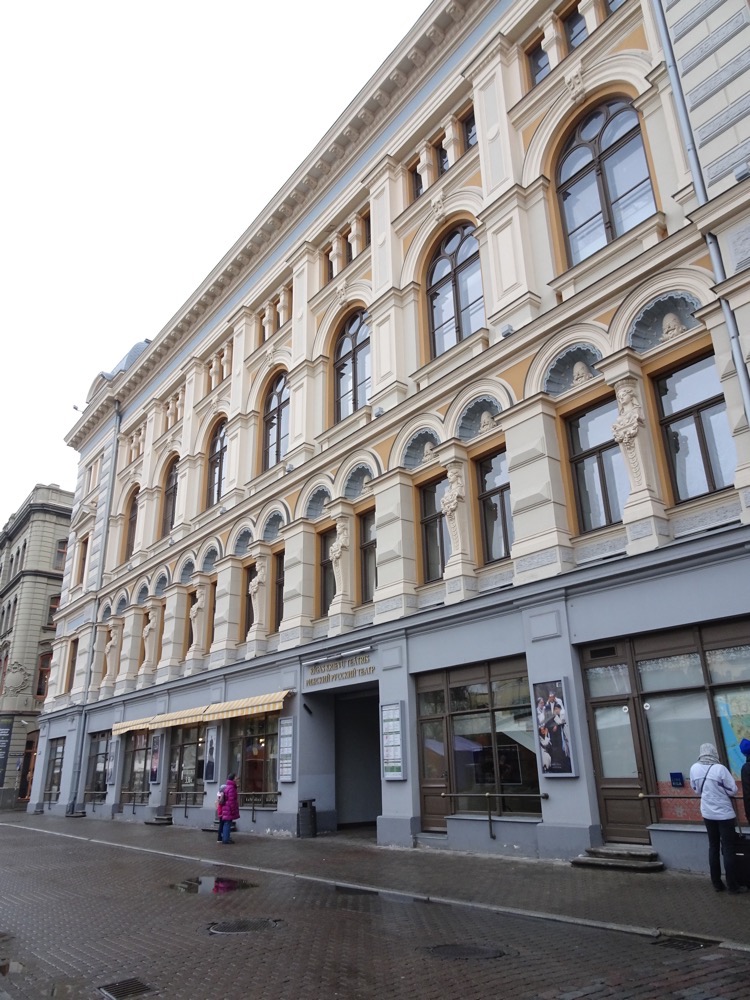 I love their building… mostly for the bees.
I love their building… mostly for the bees.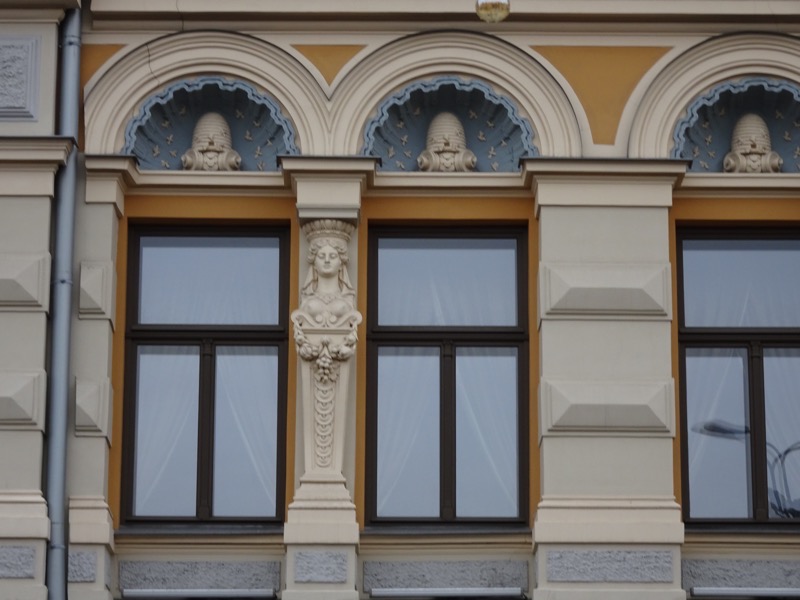 BEES?
BEES?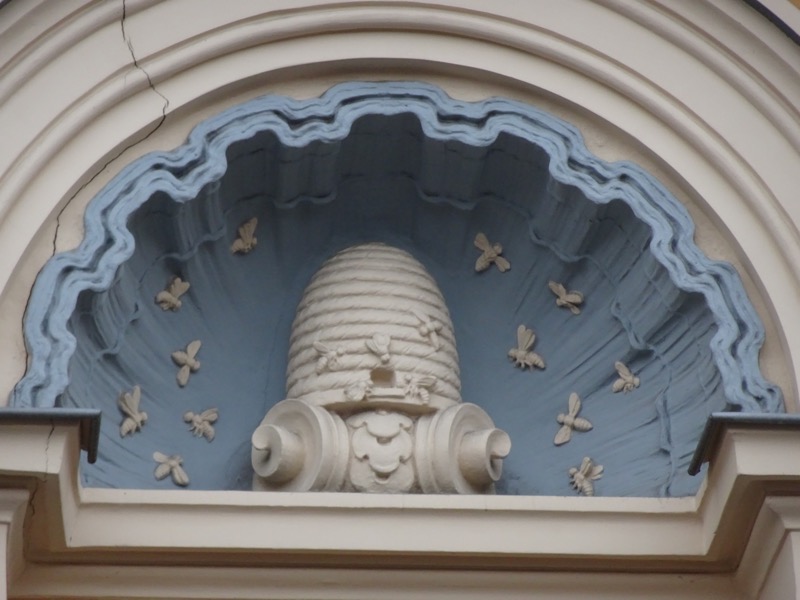 We then came across the touristy touristy square of restaurants that must be absolutely packed in the summer season. Lots of afresco dining and food to suit every taste – you could even by sausage here by the metre!
We then came across the touristy touristy square of restaurants that must be absolutely packed in the summer season. Lots of afresco dining and food to suit every taste – you could even by sausage here by the metre!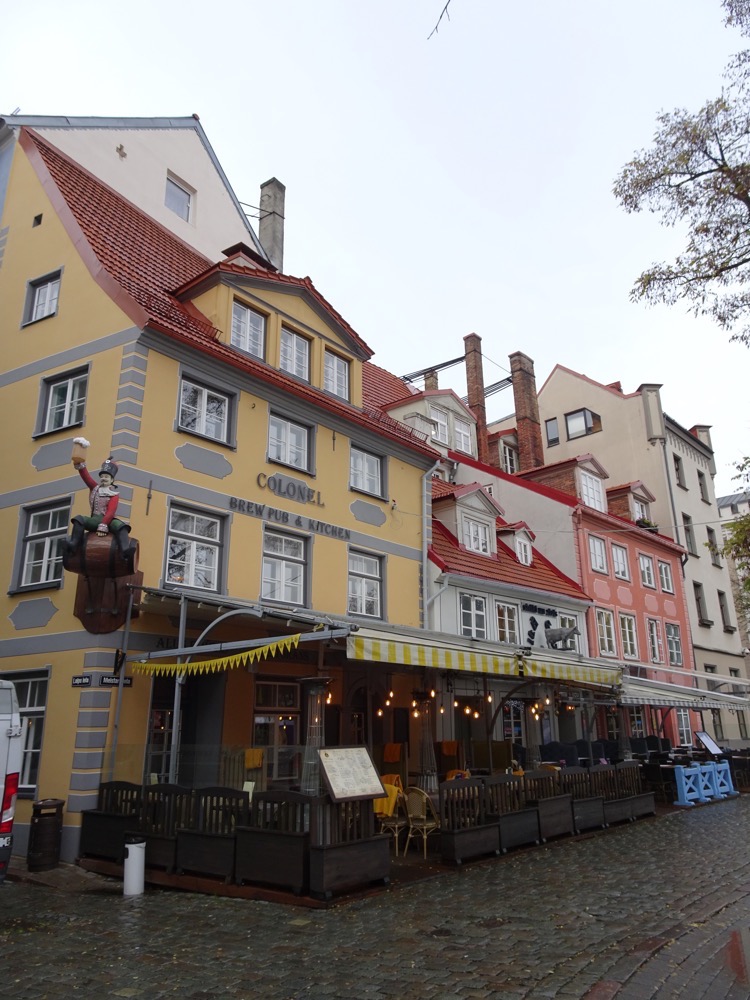
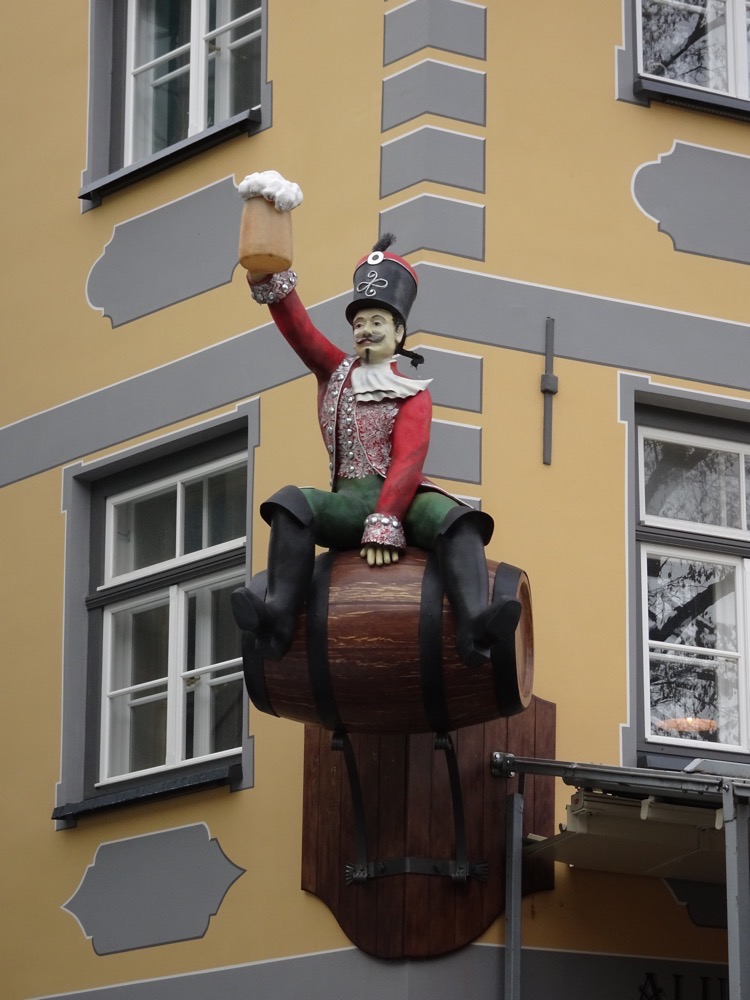
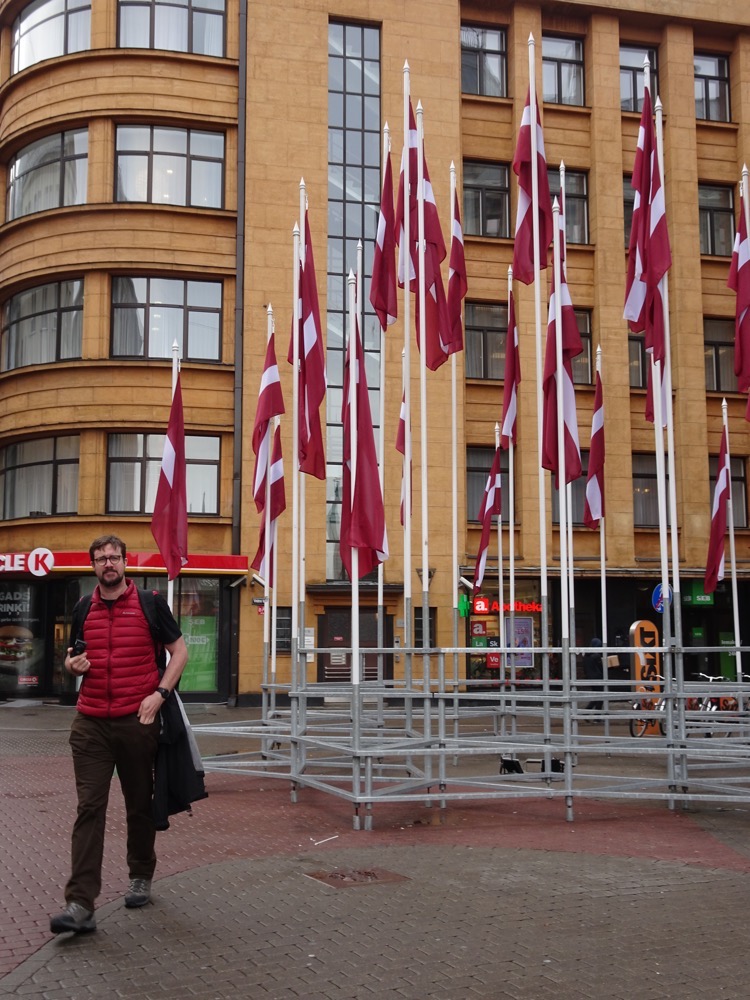 Still such a mindblowing yet peaceful protest… 2,000,000 people holding hands across 675kms. I can’t really picture it.
Still such a mindblowing yet peaceful protest… 2,000,000 people holding hands across 675kms. I can’t really picture it.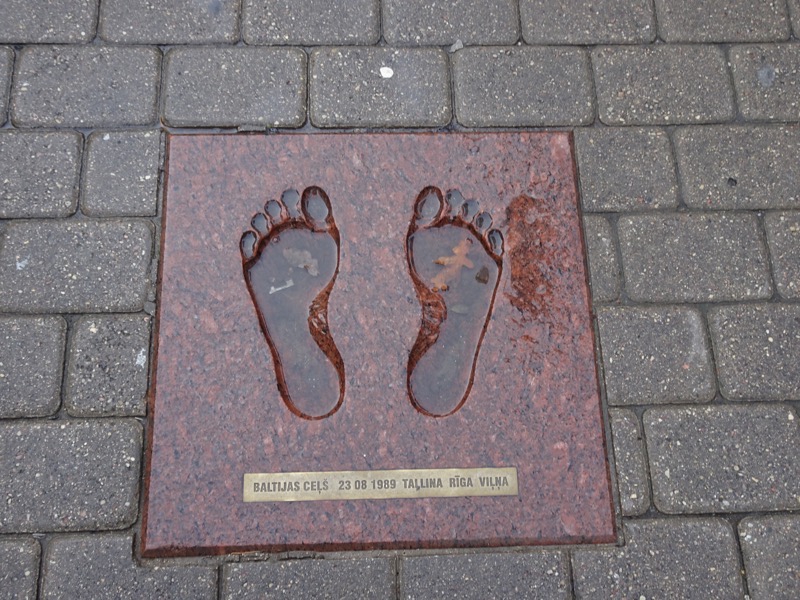
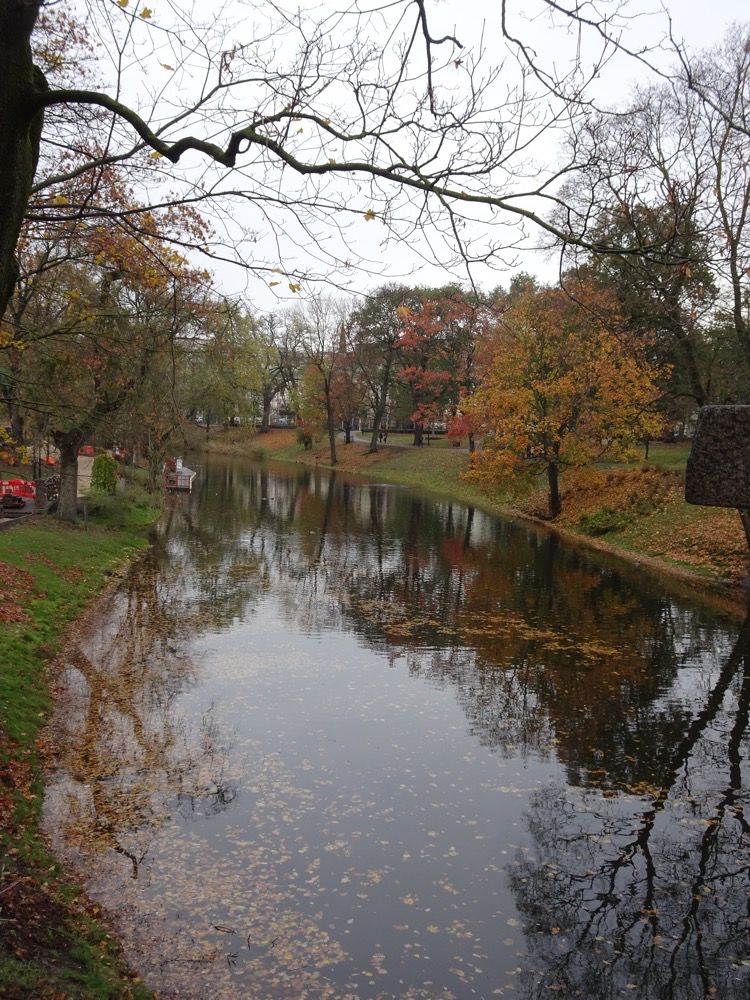 Across the river is the Freedom Monument which is a memorial honouring all the soldiers that were killed during the Latvian War of Independence (1918–1920). They are commemorating the 100th anniversary of this war at the moment and ‘Latvia100’ is everywhere. The monument is very much considered to be an important symbol of the freedom and the independent sovereignty of Latvia. It was unveiled in 1935, and even though Lativa was occupied by both Germany and the Soviets since, this independence monument serves as the focal point of public gatherings and official ceremonies in Riga.
Across the river is the Freedom Monument which is a memorial honouring all the soldiers that were killed during the Latvian War of Independence (1918–1920). They are commemorating the 100th anniversary of this war at the moment and ‘Latvia100’ is everywhere. The monument is very much considered to be an important symbol of the freedom and the independent sovereignty of Latvia. It was unveiled in 1935, and even though Lativa was occupied by both Germany and the Soviets since, this independence monument serves as the focal point of public gatherings and official ceremonies in Riga.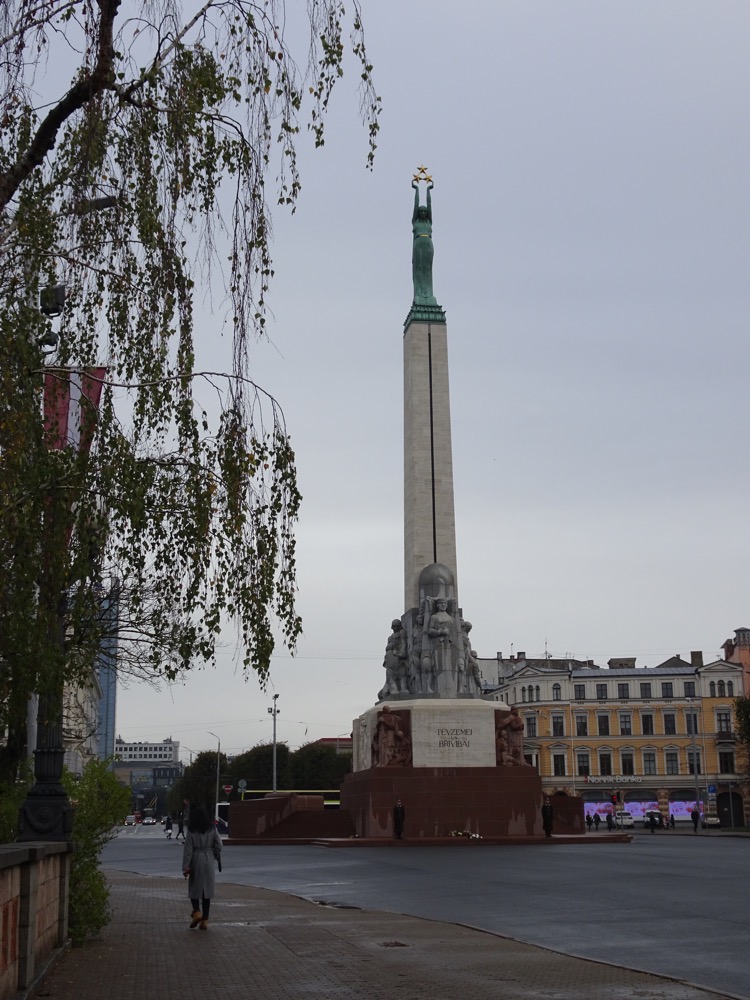 In the 1940s the Soviet Union authorities considered demolishing the monument, but thankfully the concept was never enacted. The original sculptor was a Soviet, named Vera Mukhina and some claim she personally saved the monument by convincing authorities of its purely artistic merit. is sometimes credited for rescuing the monument, because she considered it to be of high artistic value. In the ’60s, the idea of demolishing it came up again – but was fortunately dismissed by Soviet authorities as they recognised that the action would have deepened the indignation and tension that existed in Latvian society towards the Soviets. Instead, the Soviet attempted to alter the symbolic meaning of the monument by imbuing it with Communist ideology, but the propaganda campaign failed and it retained its symbolism of national independence to the general public. We happened to be along during the changing of the guard at midday.
In the 1940s the Soviet Union authorities considered demolishing the monument, but thankfully the concept was never enacted. The original sculptor was a Soviet, named Vera Mukhina and some claim she personally saved the monument by convincing authorities of its purely artistic merit. is sometimes credited for rescuing the monument, because she considered it to be of high artistic value. In the ’60s, the idea of demolishing it came up again – but was fortunately dismissed by Soviet authorities as they recognised that the action would have deepened the indignation and tension that existed in Latvian society towards the Soviets. Instead, the Soviet attempted to alter the symbolic meaning of the monument by imbuing it with Communist ideology, but the propaganda campaign failed and it retained its symbolism of national independence to the general public. We happened to be along during the changing of the guard at midday.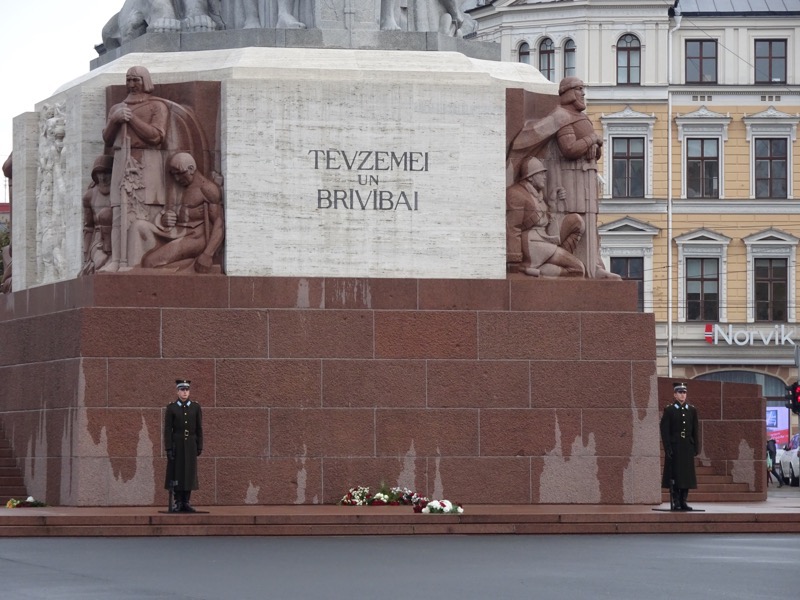 And what I said about those poor Nonnas selling their knitted goods in the tents at the market goes double for these poor soldiers who are standing dead still at their post until relieved. It is way too cold to be not moving about.
And what I said about those poor Nonnas selling their knitted goods in the tents at the market goes double for these poor soldiers who are standing dead still at their post until relieved. It is way too cold to be not moving about.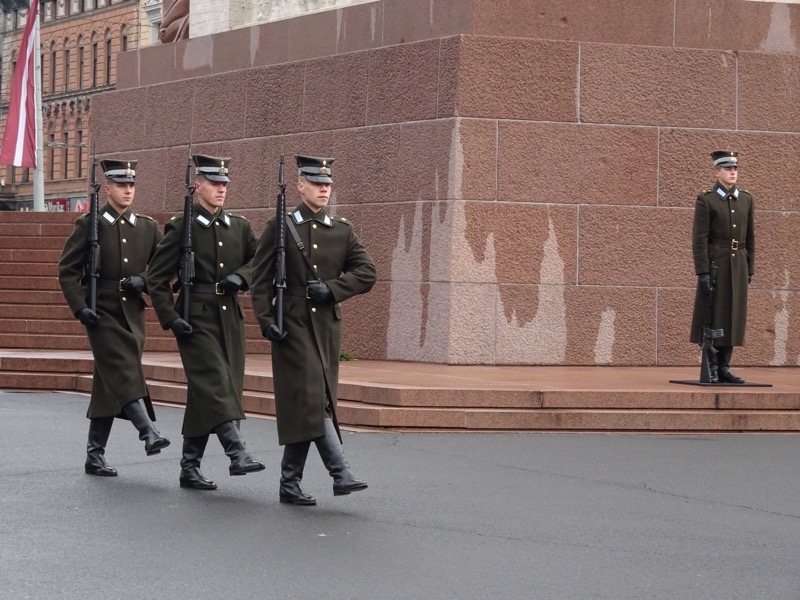
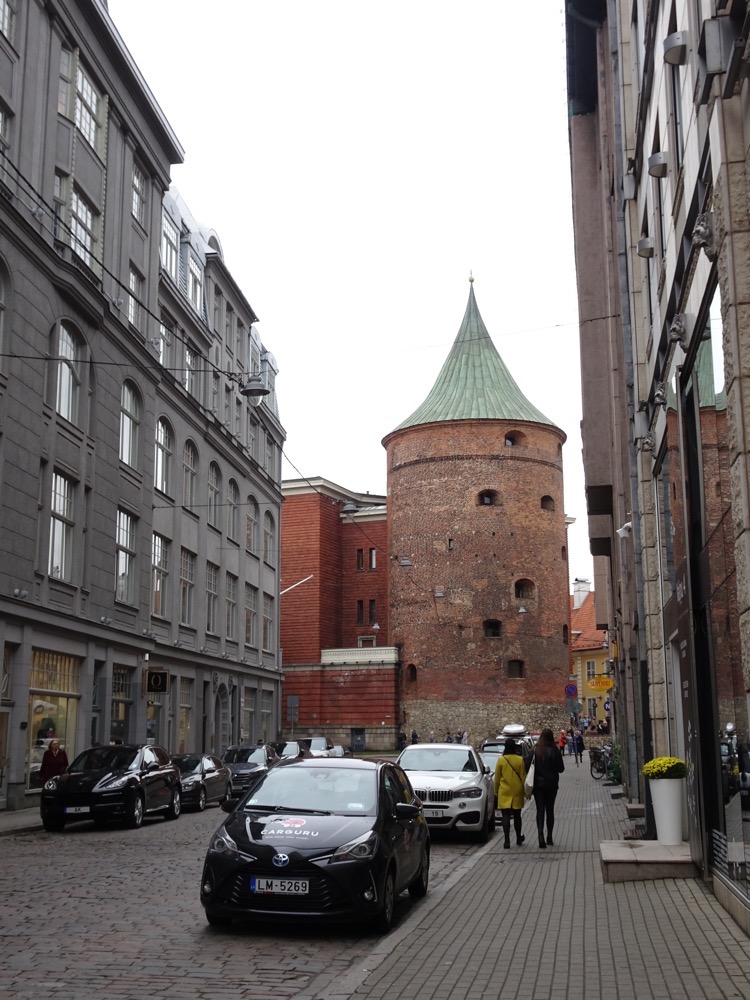 The Cat House (no, not that sort of cathouse) was built in 1909 in what is a unique medieval style but with some obvious Art Nouveau design elements (have a look at the door frame for example). The house is most well known for its two cat sculptures that are perched on the roof. The legend claims that the original owner/builder of the house wanted the cats to be placed with their arses turned towards the house of the Great Guild – who had apparently snubbed him as a member. Instead, the cats on the turrets actually face the Great Guild Hall which demonstrates quite adequately the extent of the power the guilds held over the craftsmen and tradesmen at the time… screw the client, do what we want.
The Cat House (no, not that sort of cathouse) was built in 1909 in what is a unique medieval style but with some obvious Art Nouveau design elements (have a look at the door frame for example). The house is most well known for its two cat sculptures that are perched on the roof. The legend claims that the original owner/builder of the house wanted the cats to be placed with their arses turned towards the house of the Great Guild – who had apparently snubbed him as a member. Instead, the cats on the turrets actually face the Great Guild Hall which demonstrates quite adequately the extent of the power the guilds held over the craftsmen and tradesmen at the time… screw the client, do what we want.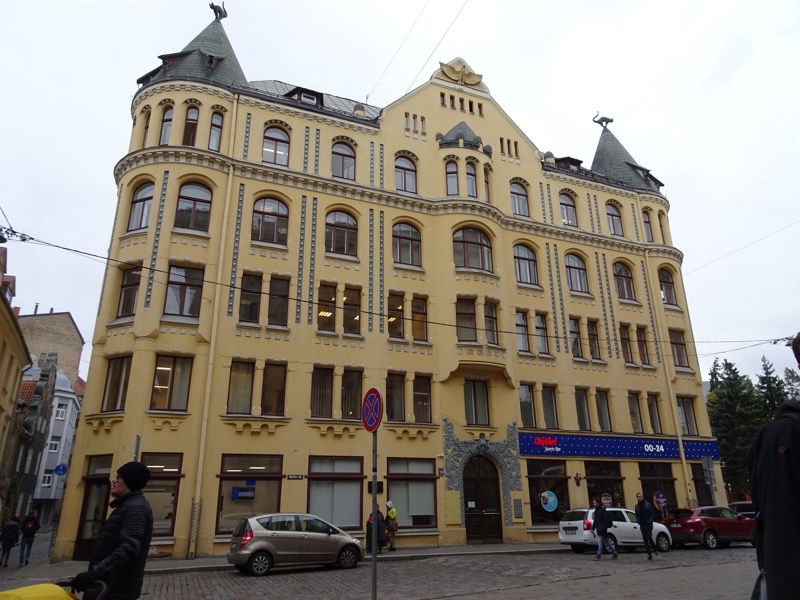
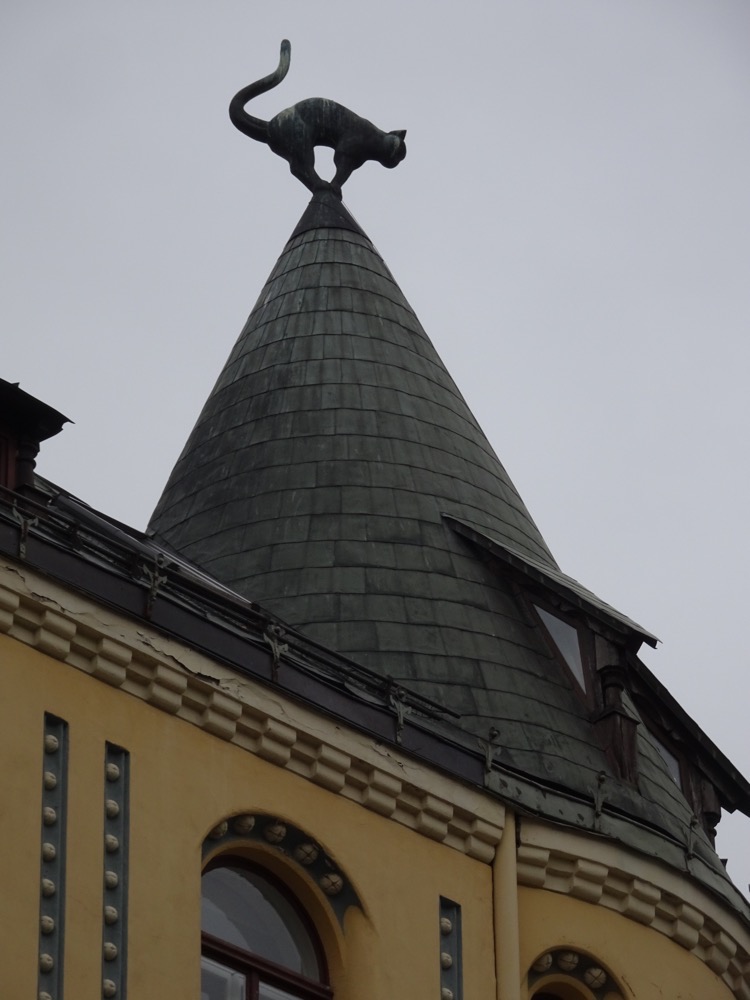 Weird how two little cat statues can sort of take over the entire town’s imagination. There are Fat Cat cafes and Black Cat restaurants, and of course more cat stuff than you can poke a stick at in the local souvenir stores.
Weird how two little cat statues can sort of take over the entire town’s imagination. There are Fat Cat cafes and Black Cat restaurants, and of course more cat stuff than you can poke a stick at in the local souvenir stores.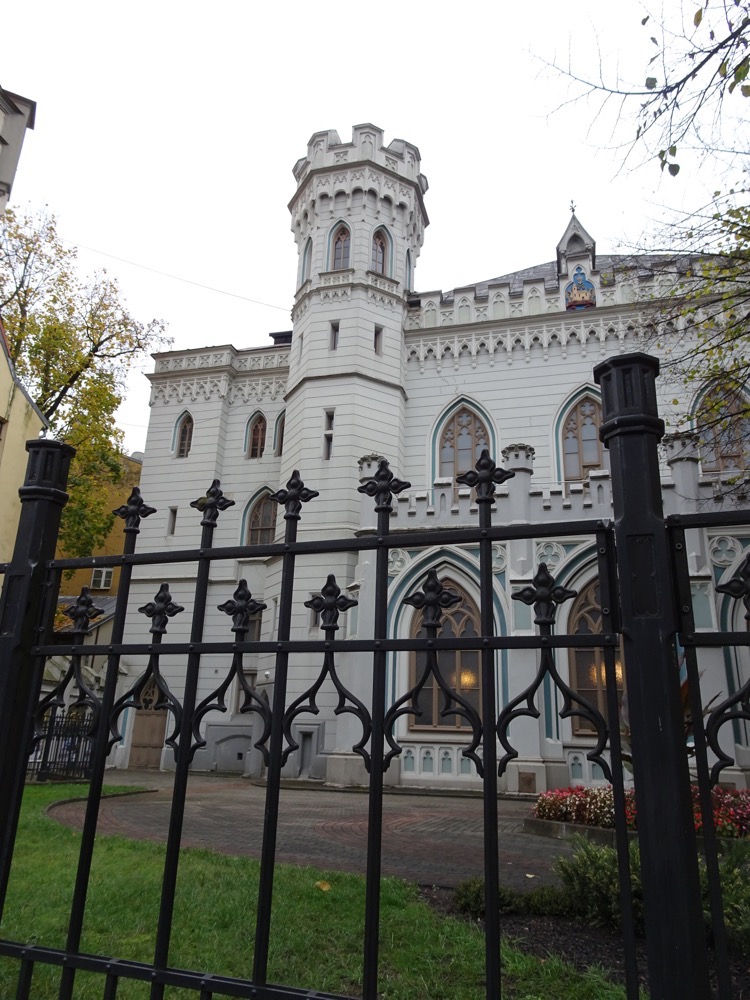
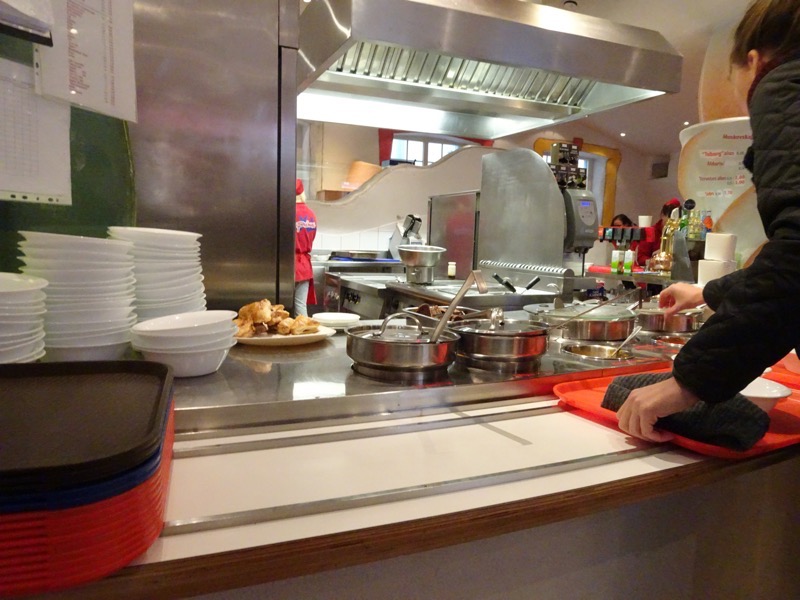
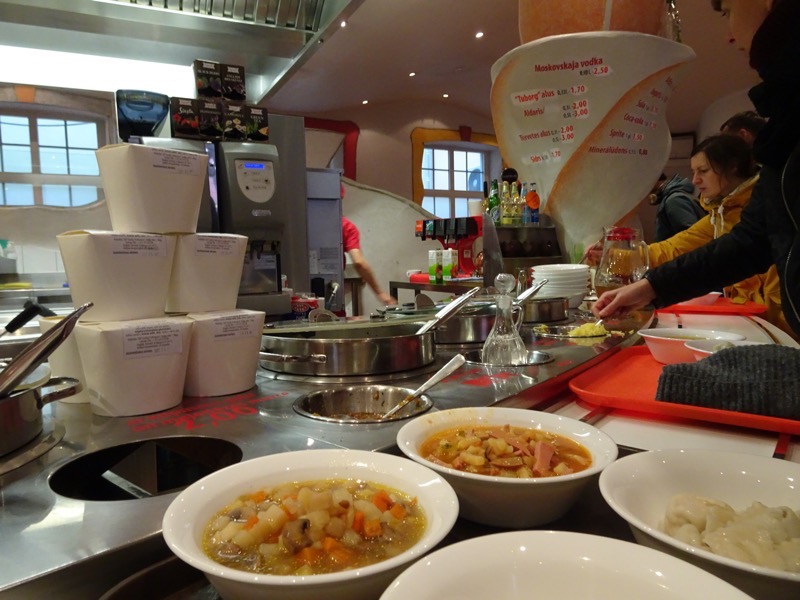 Lunch was hot and salty. That’s all I got. It was edible but not great.
Lunch was hot and salty. That’s all I got. It was edible but not great.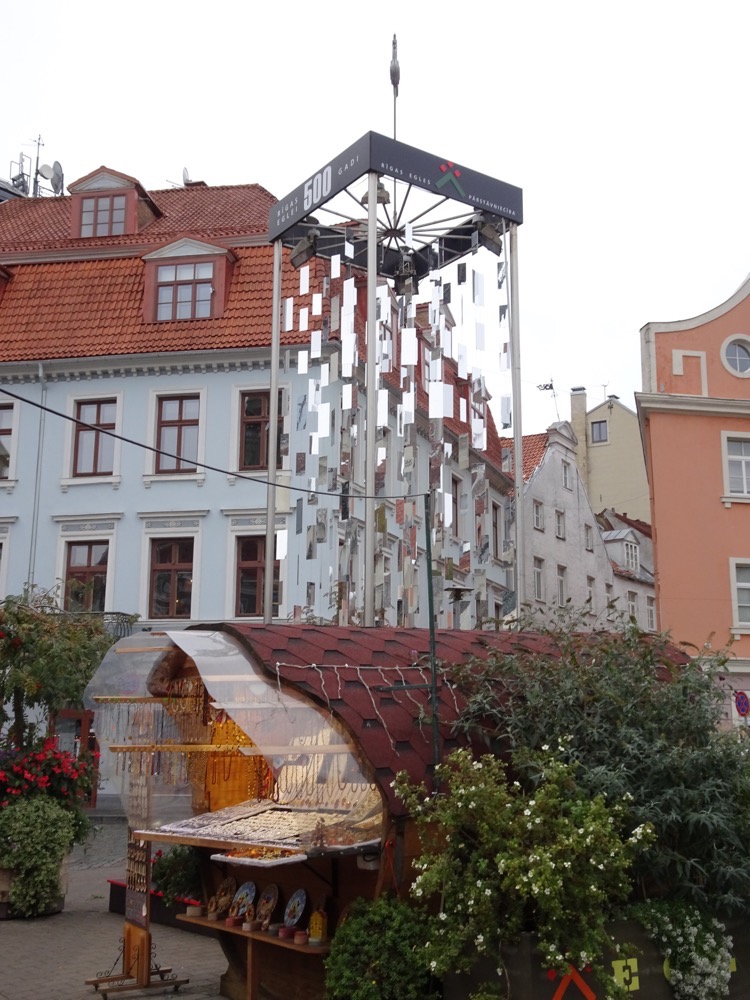 After lunch we continued our exploration of the Old Town looking for the Three Brothers and the Riga Cathedral.
After lunch we continued our exploration of the Old Town looking for the Three Brothers and the Riga Cathedral.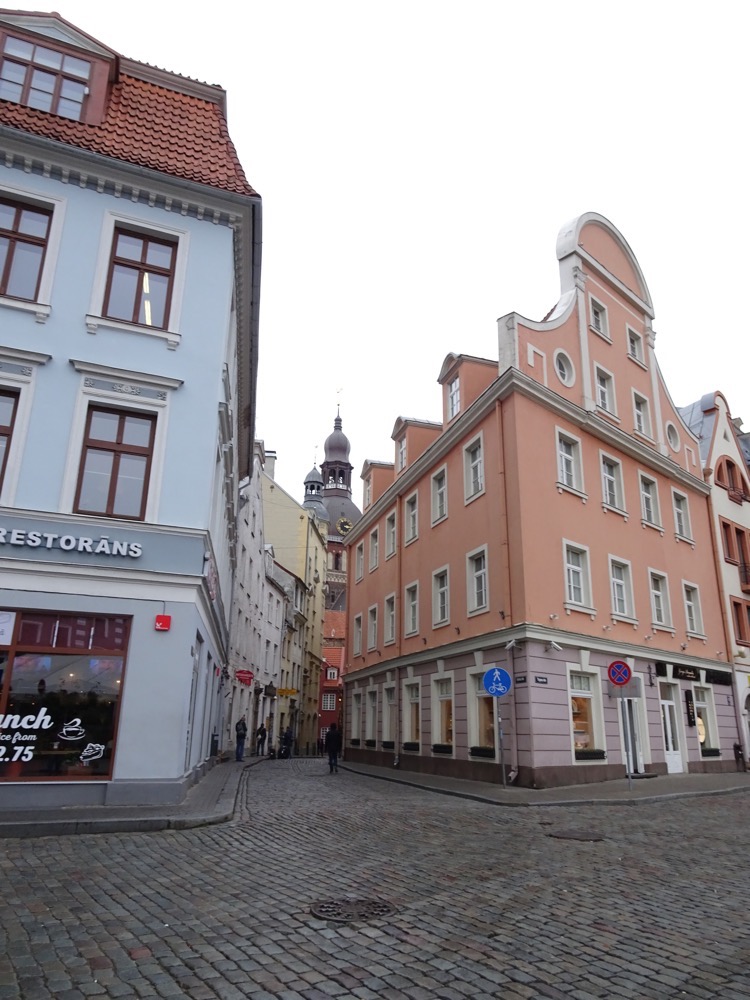 Around every corner was another cute little building or a quaint little restaurant or historical house. Made me realise that you never trip over tourists taking photos in my home town, but it happens in places like this all the time. Does Brisbane even have architecture that foreigners think are worth photographing?
Around every corner was another cute little building or a quaint little restaurant or historical house. Made me realise that you never trip over tourists taking photos in my home town, but it happens in places like this all the time. Does Brisbane even have architecture that foreigners think are worth photographing?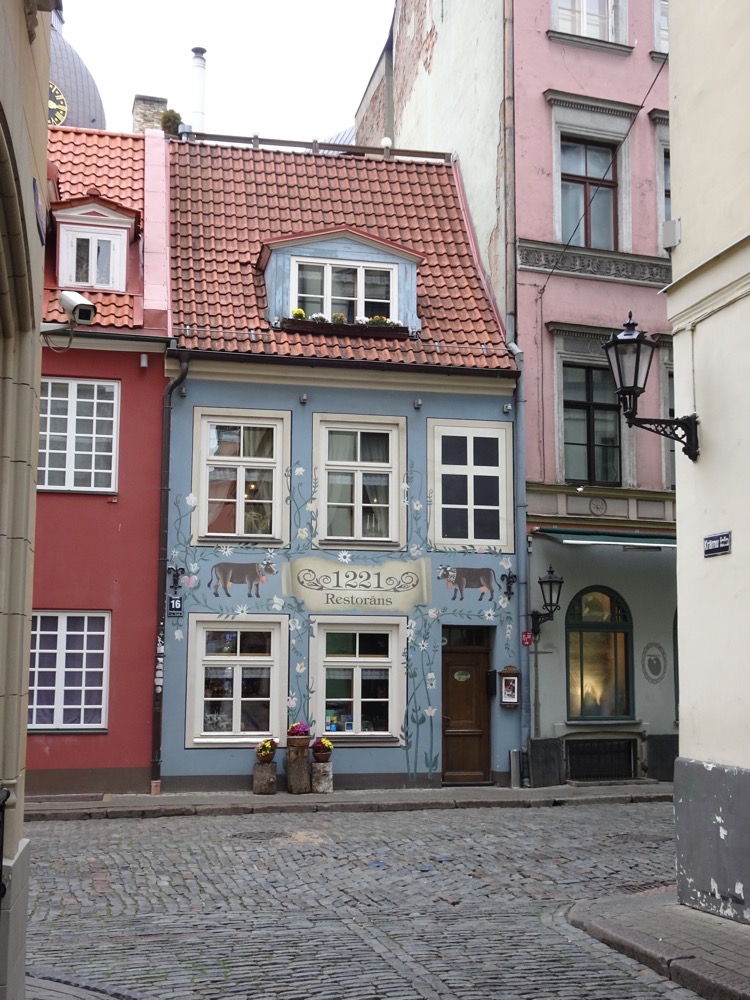
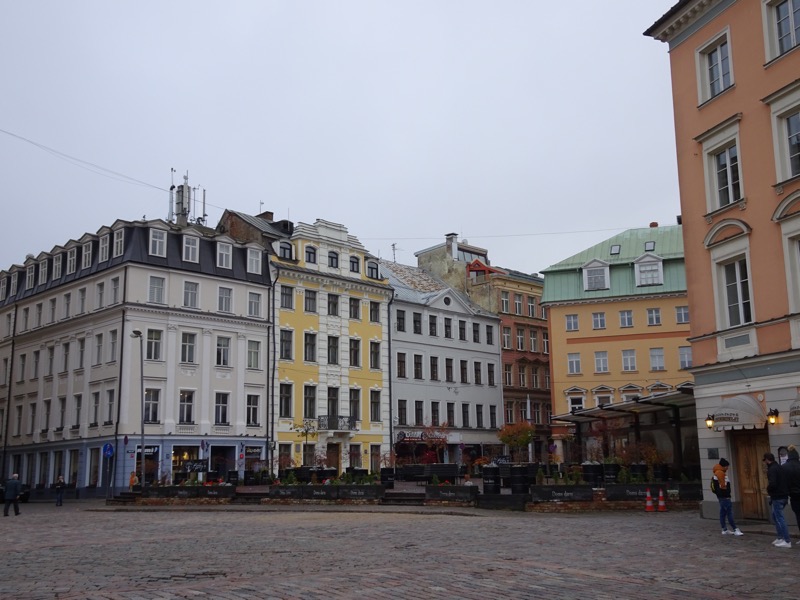 Anyway, we found the Riga Cathedral which is the main Evangelical Lutheran cathedral in Riga and has been the seat of the Archbishop of Riga since Bishop Albert made the city into a Christian state as I mentioned earlier. The cathedral is one of the most recognizable landmarks in the entire country and often ends up on all the Latvia travel catalogues etc. It is also well known for its weathercock (which now resides inside the church).
Anyway, we found the Riga Cathedral which is the main Evangelical Lutheran cathedral in Riga and has been the seat of the Archbishop of Riga since Bishop Albert made the city into a Christian state as I mentioned earlier. The cathedral is one of the most recognizable landmarks in the entire country and often ends up on all the Latvia travel catalogues etc. It is also well known for its weathercock (which now resides inside the church). 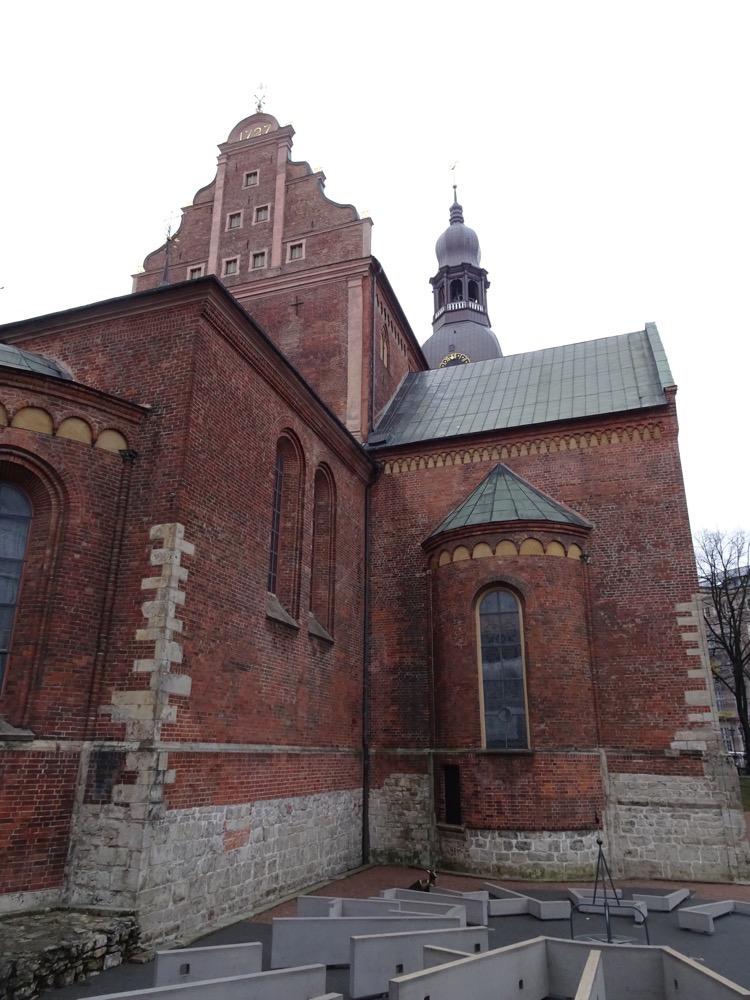 The church is also called Dome Cathedral, which I found vaguely amusing as the world ‘Dome’ comes from the German ‘Dom’, meaning, wait for it, ‘cathedral’. So it’s commonly called the Cathedral Cathedral. Tautologies ahoy.
The church is also called Dome Cathedral, which I found vaguely amusing as the world ‘Dome’ comes from the German ‘Dom’, meaning, wait for it, ‘cathedral’. So it’s commonly called the Cathedral Cathedral. Tautologies ahoy.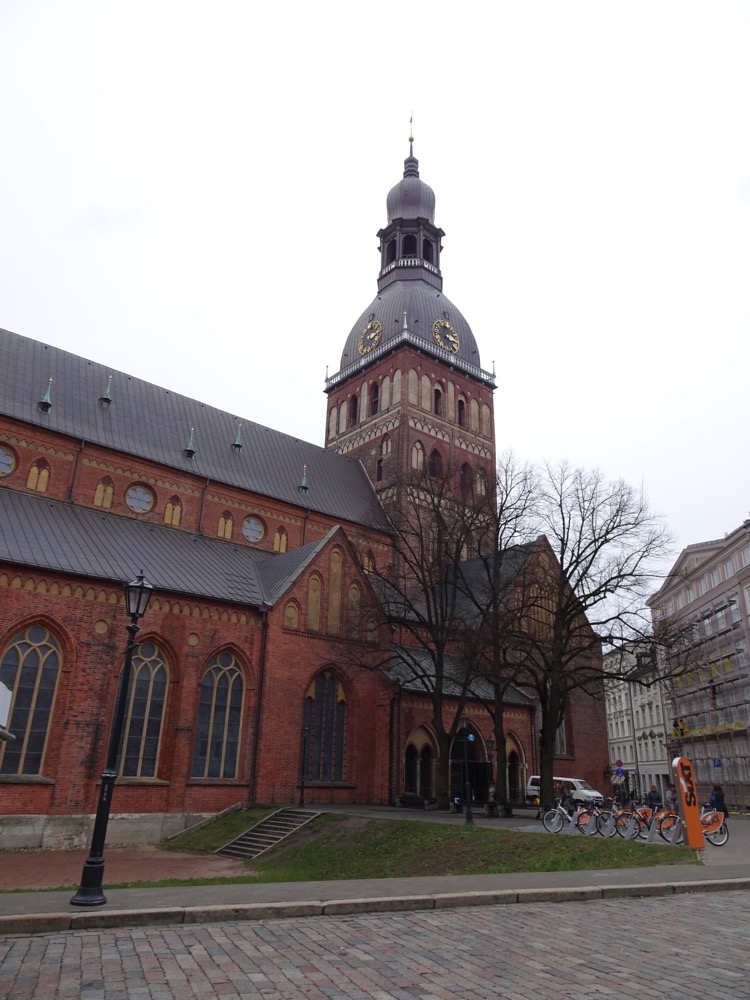 I loved this door and thought it was a mighty impressive entrance, only to discover we were entering through the peasants’ side entrance, and there is another larger door to our right somewhere.
I loved this door and thought it was a mighty impressive entrance, only to discover we were entering through the peasants’ side entrance, and there is another larger door to our right somewhere.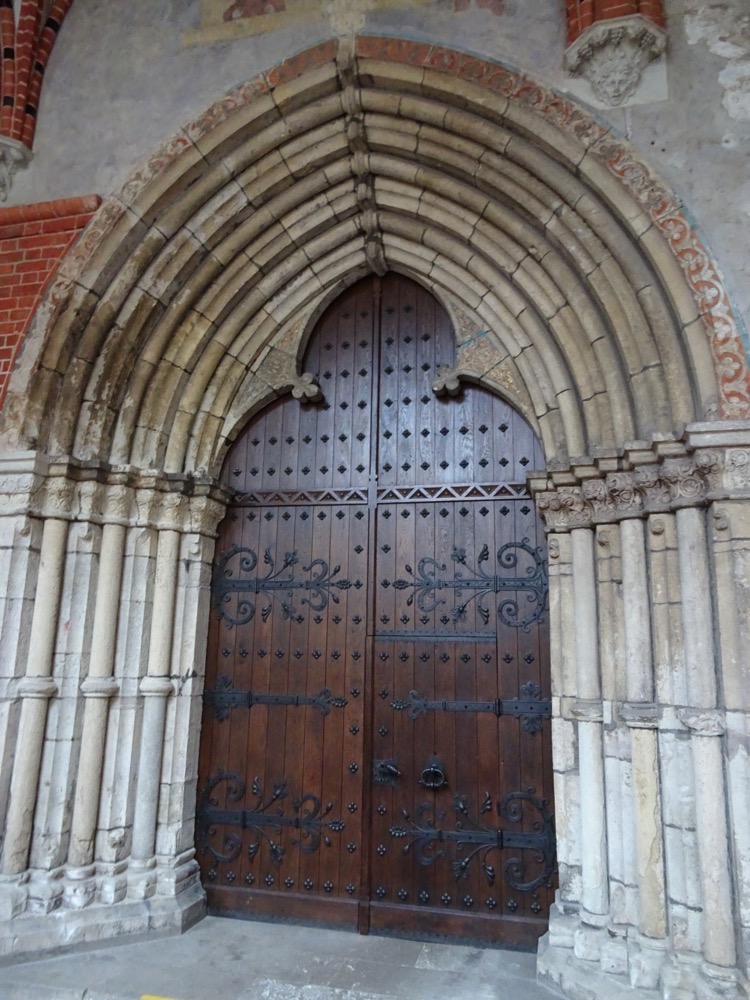 The church was built near the River Daugava in 1211 by Bishop Albert of Riga, who originally came from Lower Saxony. It is considered the largest medieval church in the Baltic states and of course has undergone many modifications over the course of its 800 year history.
The church was built near the River Daugava in 1211 by Bishop Albert of Riga, who originally came from Lower Saxony. It is considered the largest medieval church in the Baltic states and of course has undergone many modifications over the course of its 800 year history.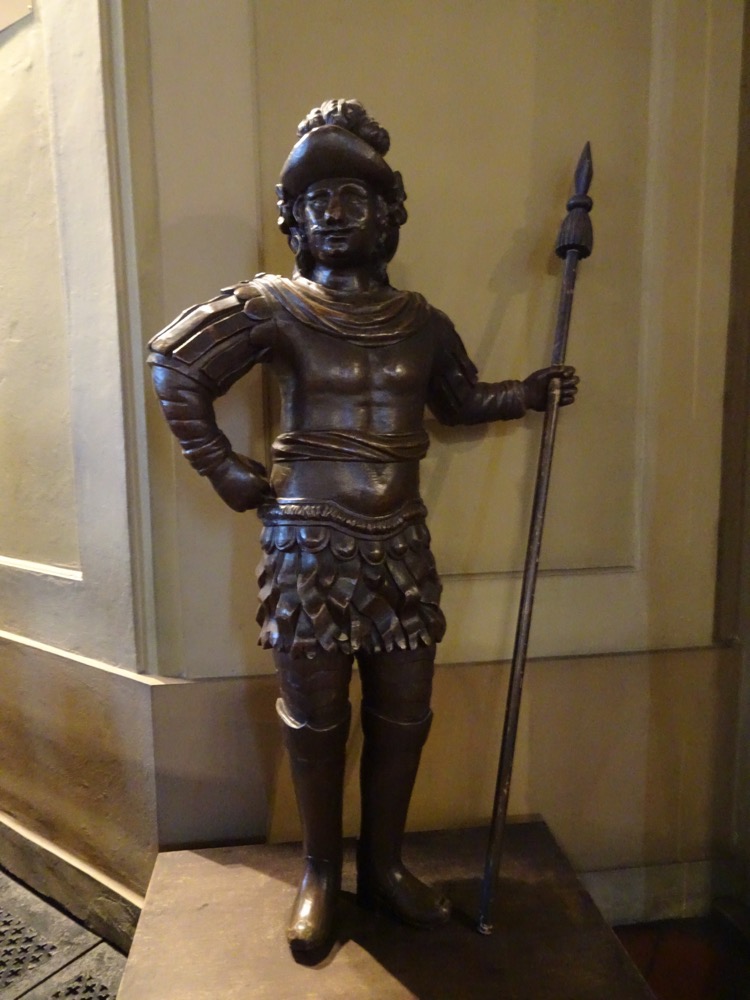 Like most Lutheran churches, this one was somewhat austere and sparse in its decorative motifs and not as over the top as a Catholic or Orthodox cathedral.
Like most Lutheran churches, this one was somewhat austere and sparse in its decorative motifs and not as over the top as a Catholic or Orthodox cathedral. 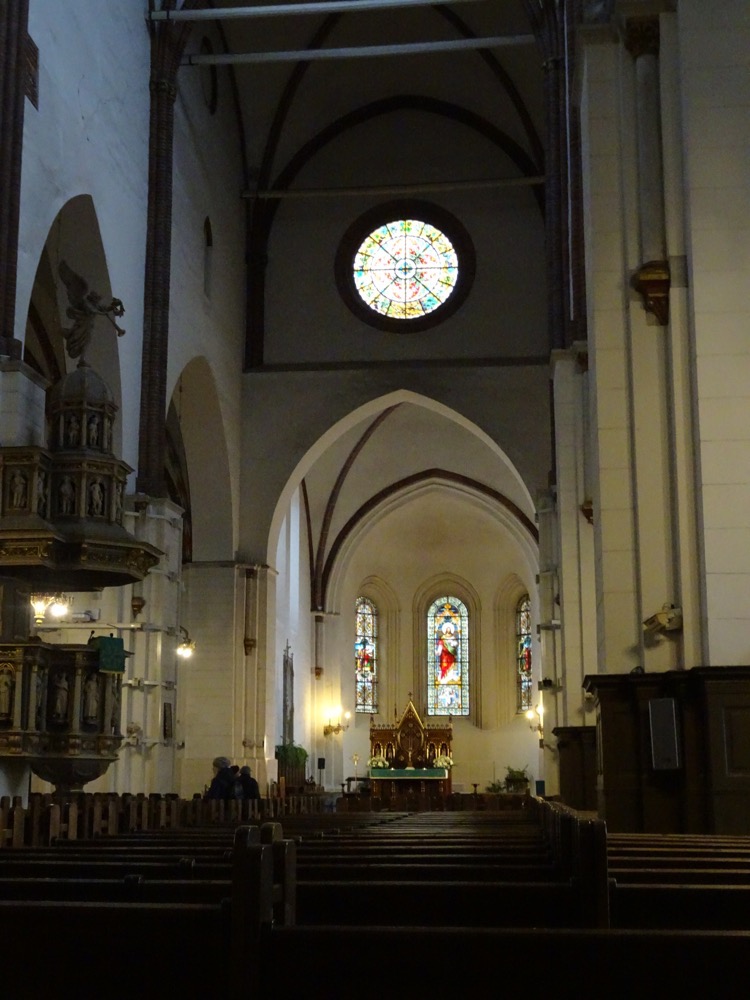
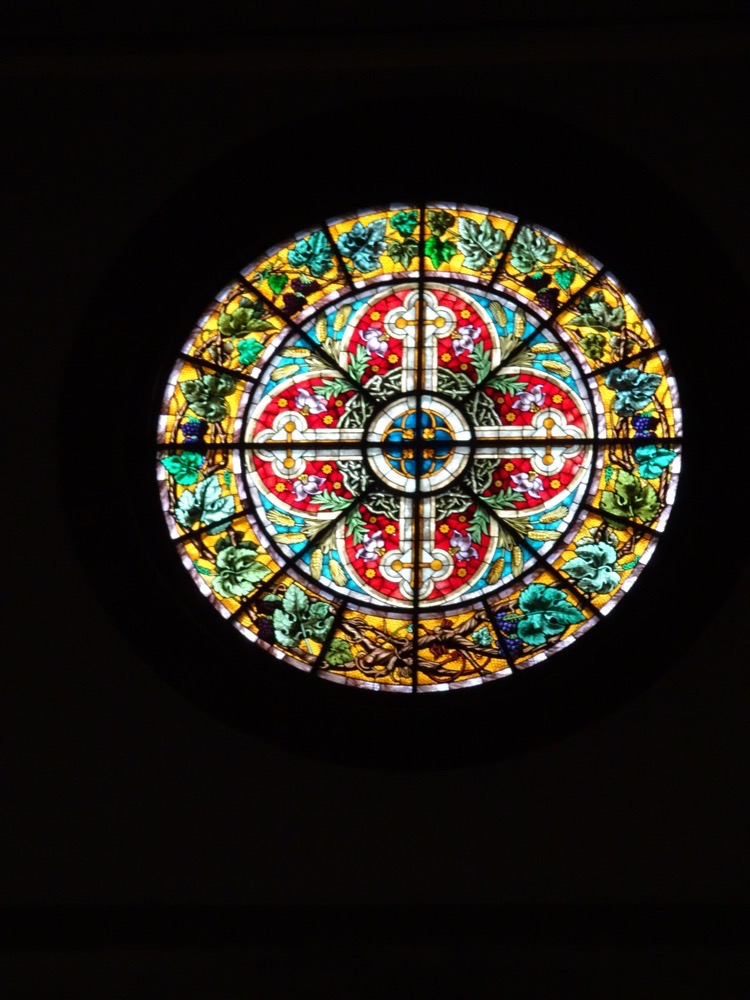 The choir loft:
The choir loft: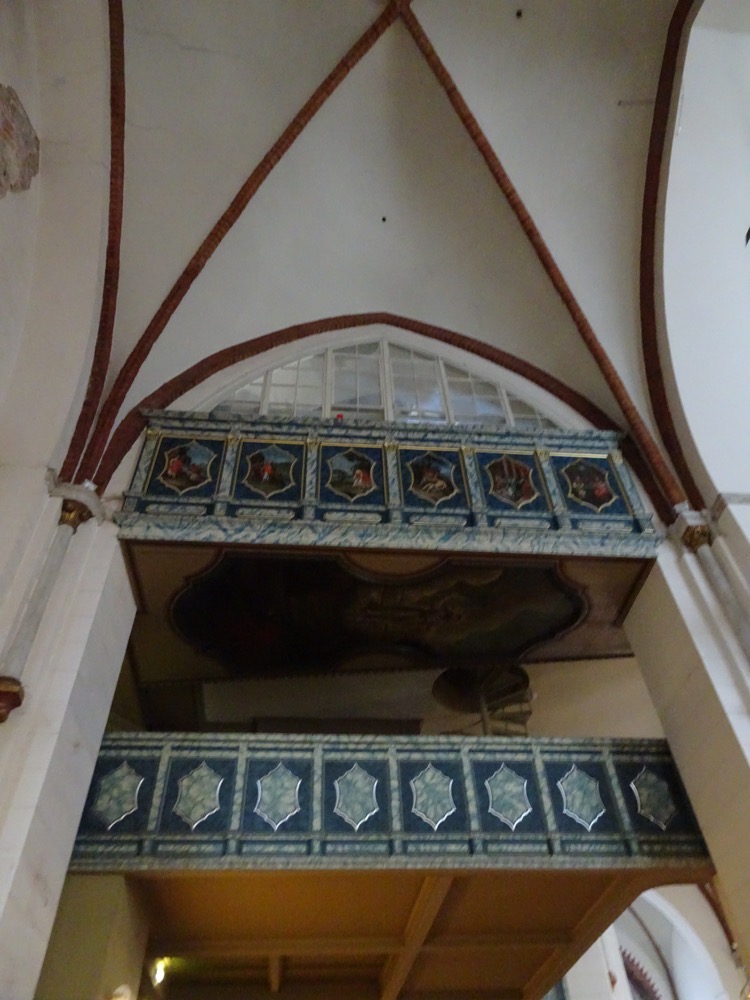
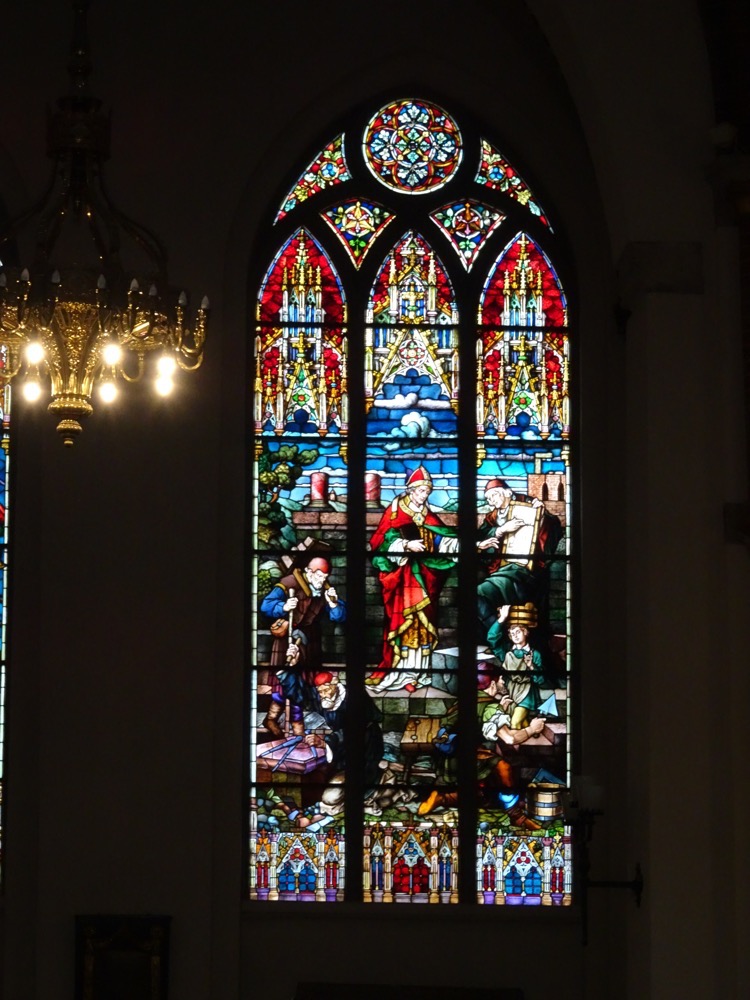
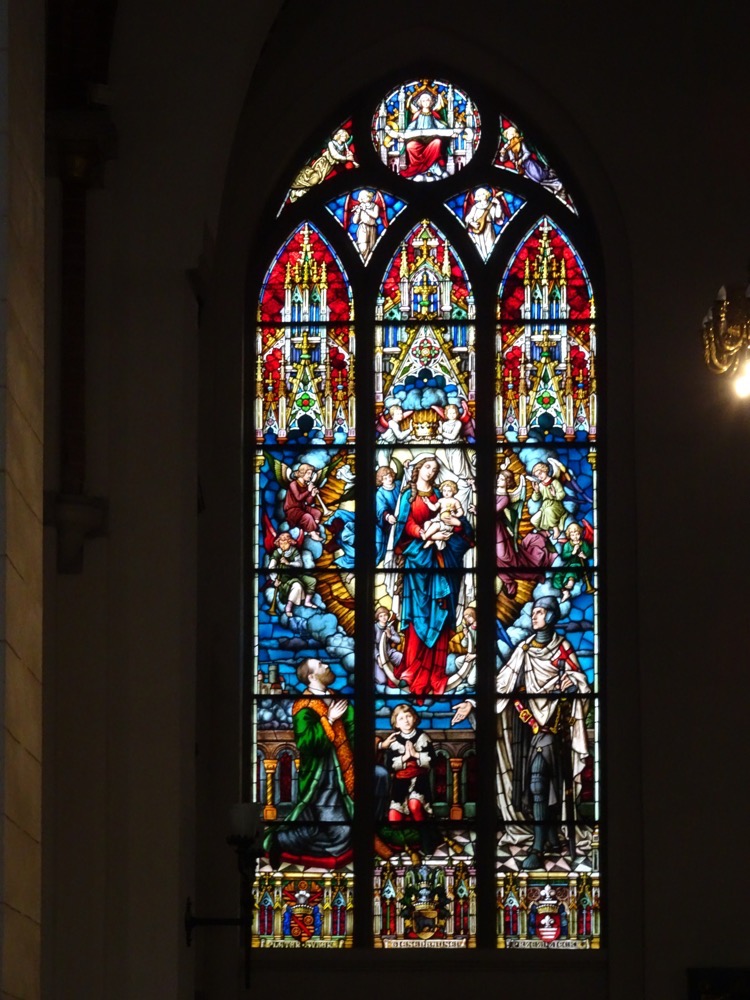 I have been unable to find out anything on when these stained glass windows were actually made. There have been renovations in the cathedral following fires in the 13th and 16th centuries and following wars in the 17th, 18th centuries and of course post the World Wars and Soviet occupations of the 20th century. For all I can tell, these may have been recreated in the last decade – they are certainly vibrant and detailed enough..?
I have been unable to find out anything on when these stained glass windows were actually made. There have been renovations in the cathedral following fires in the 13th and 16th centuries and following wars in the 17th, 18th centuries and of course post the World Wars and Soviet occupations of the 20th century. For all I can tell, these may have been recreated in the last decade – they are certainly vibrant and detailed enough..?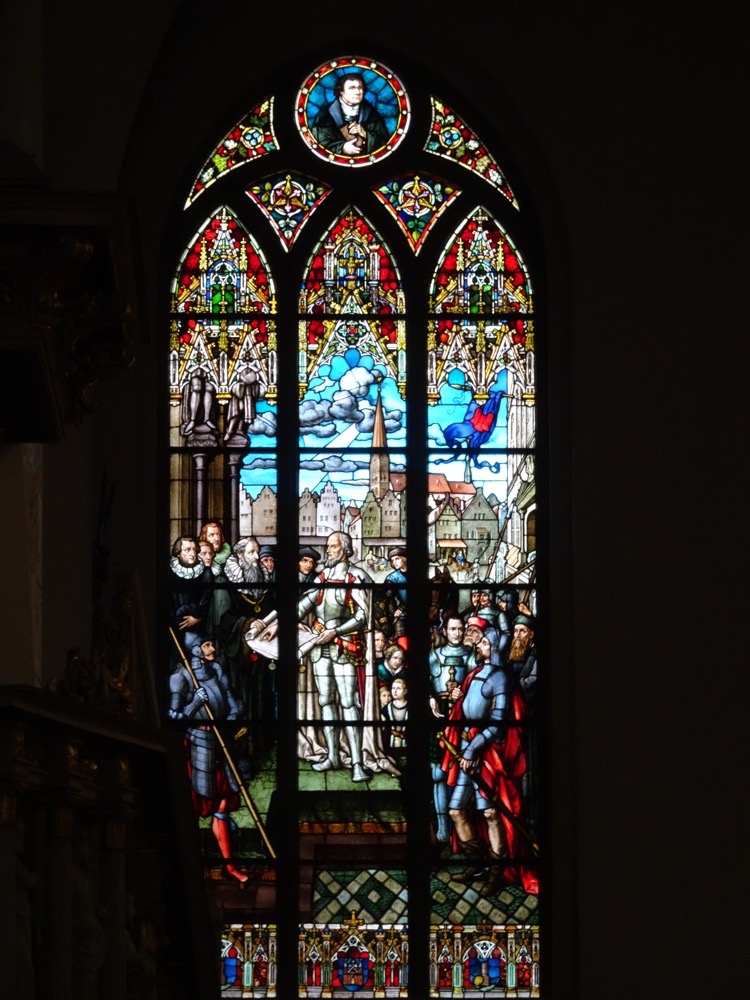
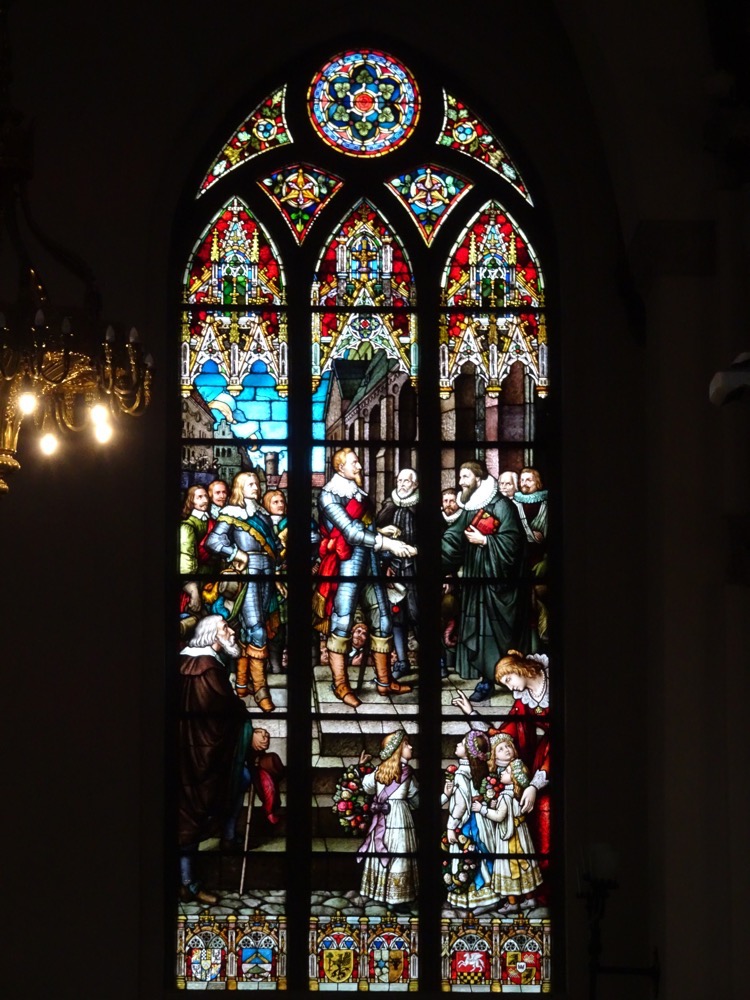 Weathercock
Weathercock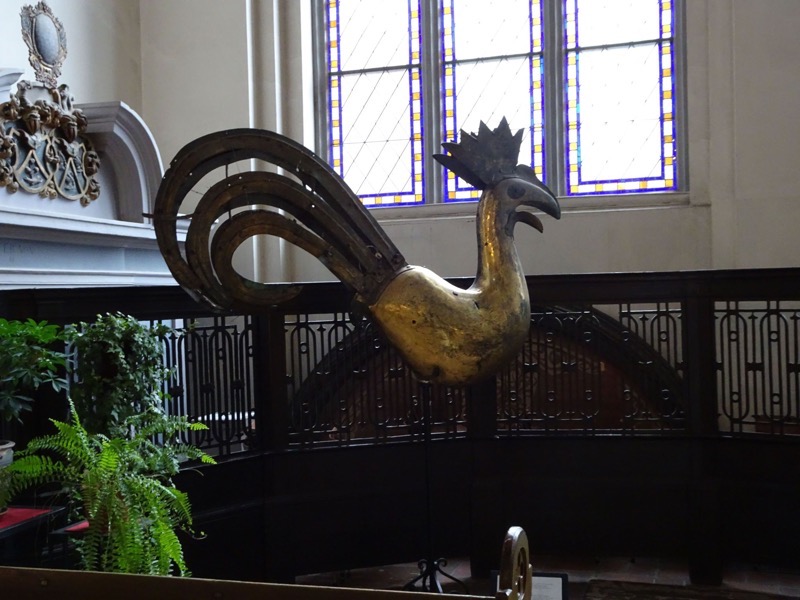
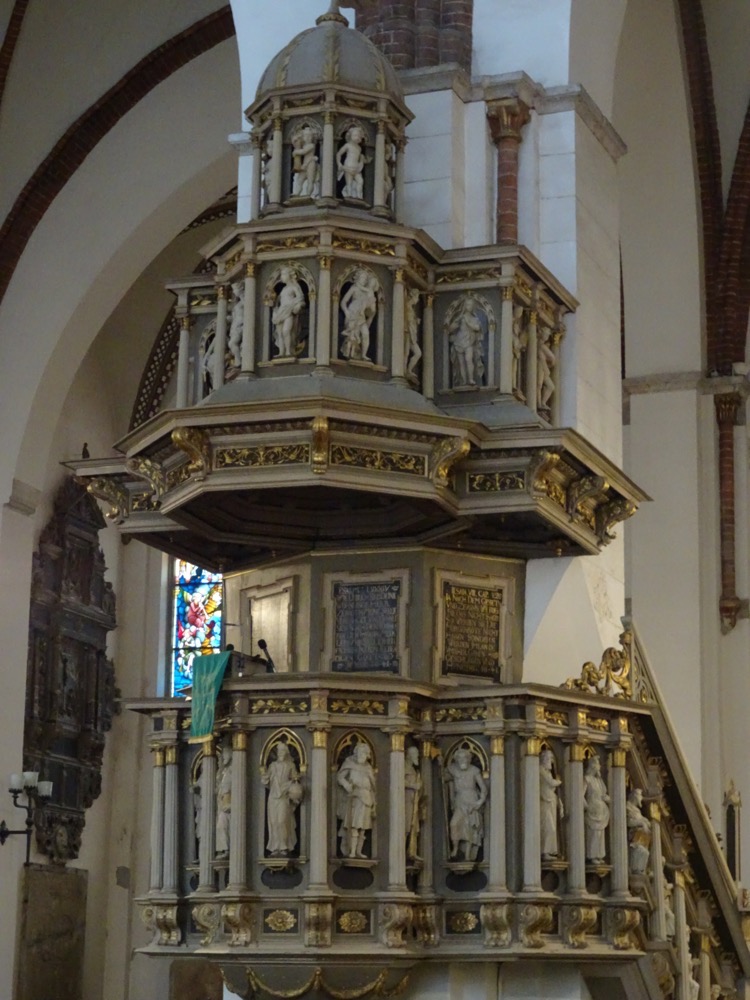
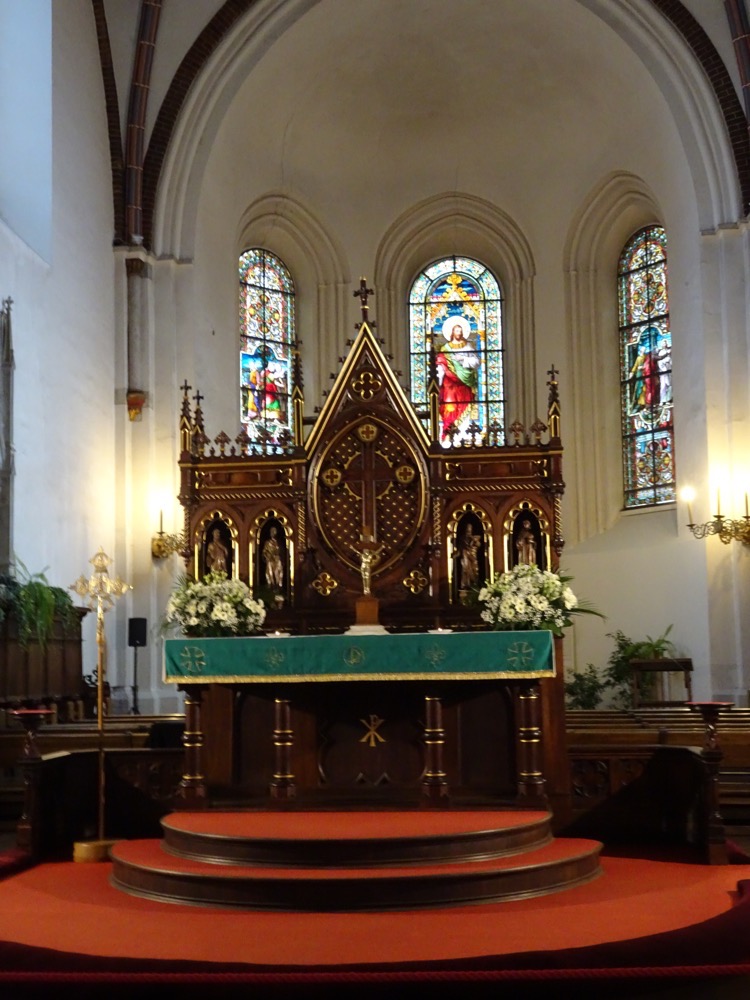 Riga Cathedral’s organ was built by E.F. Walcker & Sons of Ludwigsburg in 1882–83, It has four manuals and one pedalboard and plays 116 voices, 124 stops, 144 ranks, and has 6,718 pipes. It includes 18 combinations and General Crescendo… none of which means anything to me, but I heard someone playing it for a while when I was in here today and it could play the most delicate high notes that resonated around the cavernous cathedral as well as the lowest resonant notes that reverberated through your chest. Very cool!
Riga Cathedral’s organ was built by E.F. Walcker & Sons of Ludwigsburg in 1882–83, It has four manuals and one pedalboard and plays 116 voices, 124 stops, 144 ranks, and has 6,718 pipes. It includes 18 combinations and General Crescendo… none of which means anything to me, but I heard someone playing it for a while when I was in here today and it could play the most delicate high notes that resonated around the cavernous cathedral as well as the lowest resonant notes that reverberated through your chest. Very cool!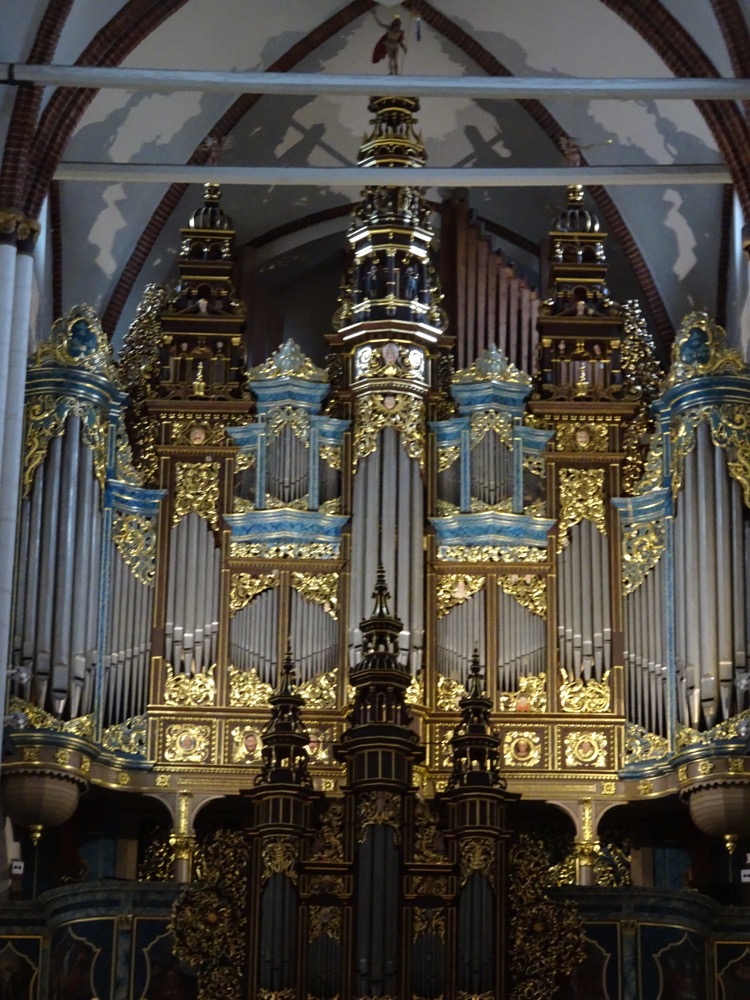
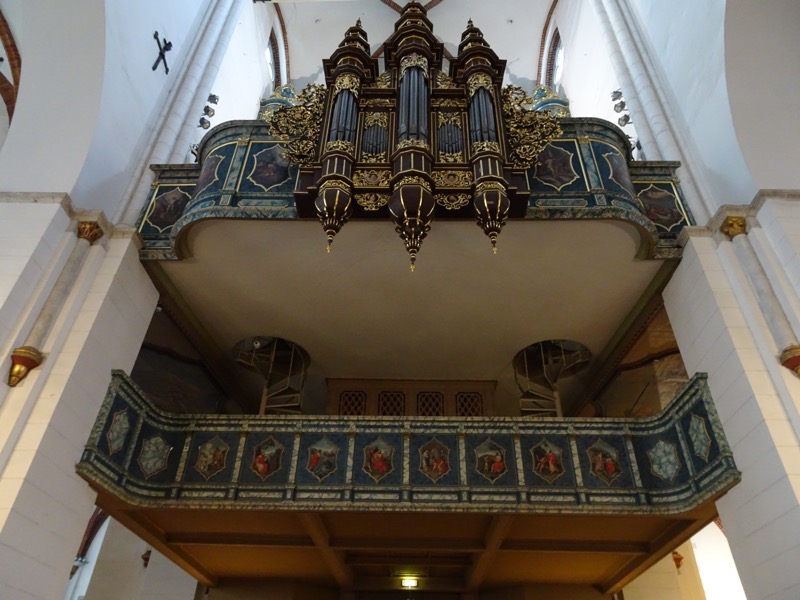 Bishop Albert’s cloistered courtyard:
Bishop Albert’s cloistered courtyard: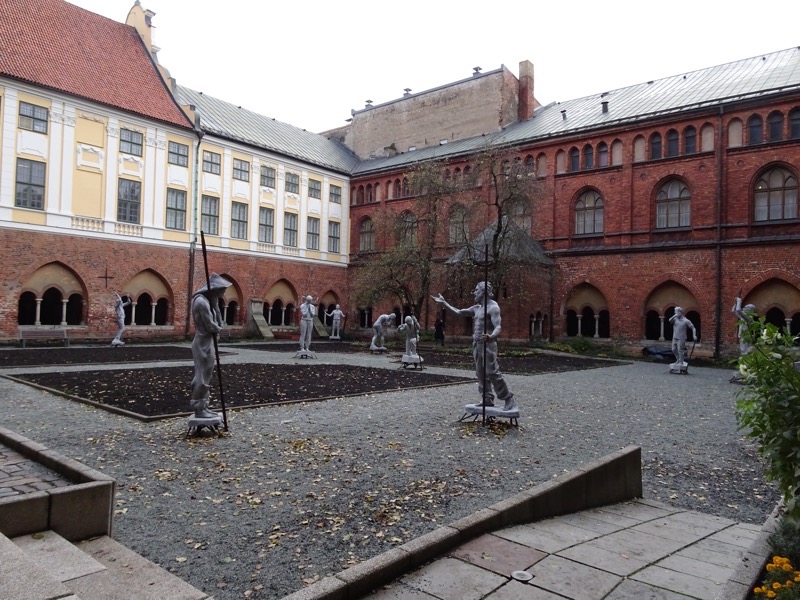 Around the cloisters were a collection of artefacts that seem to have been put here for storage? An older version of the tower clock face, pieces of carved stone and canons – lots of canons.
Around the cloisters were a collection of artefacts that seem to have been put here for storage? An older version of the tower clock face, pieces of carved stone and canons – lots of canons.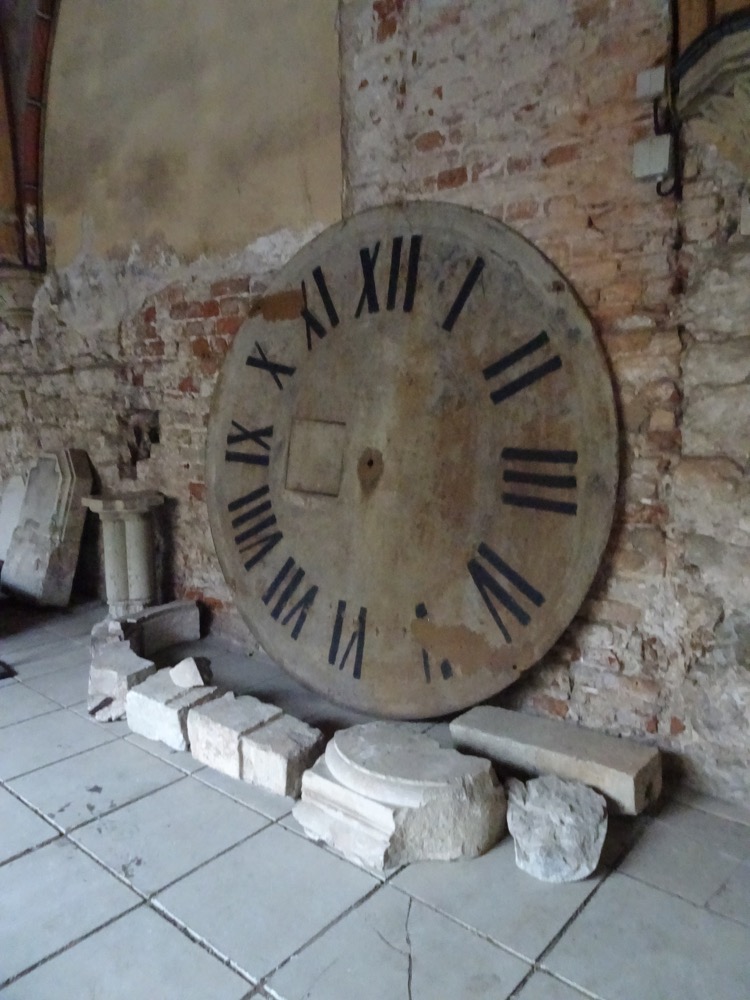
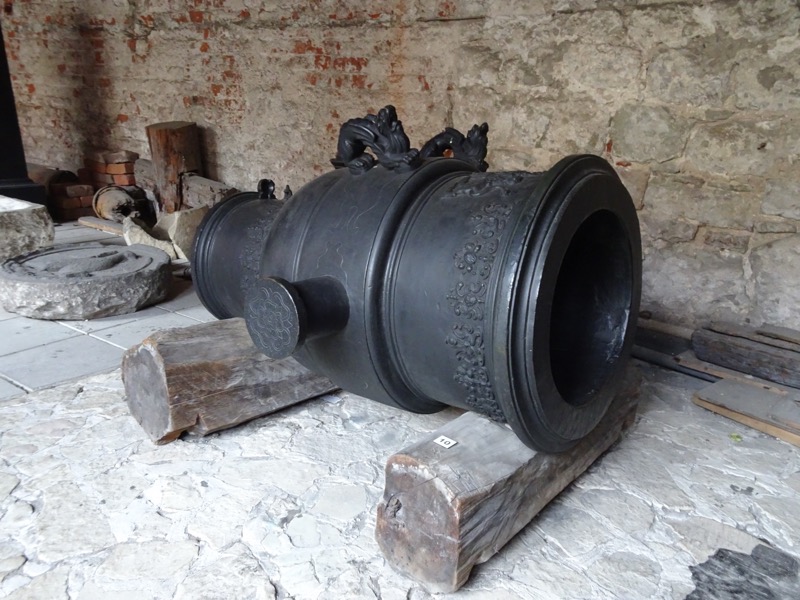
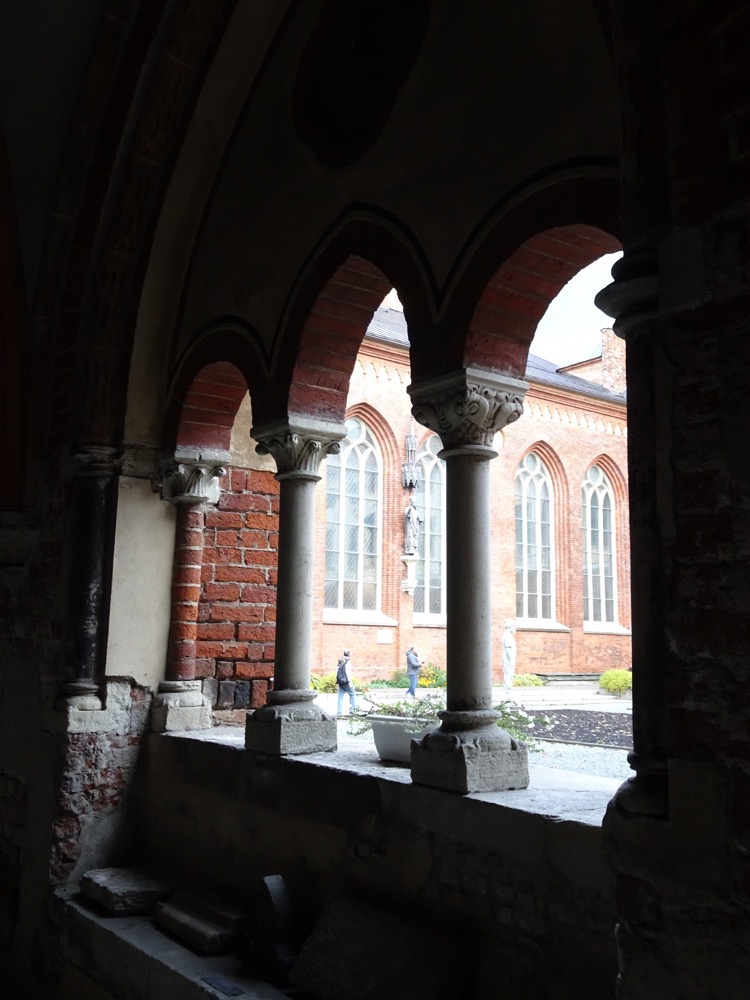
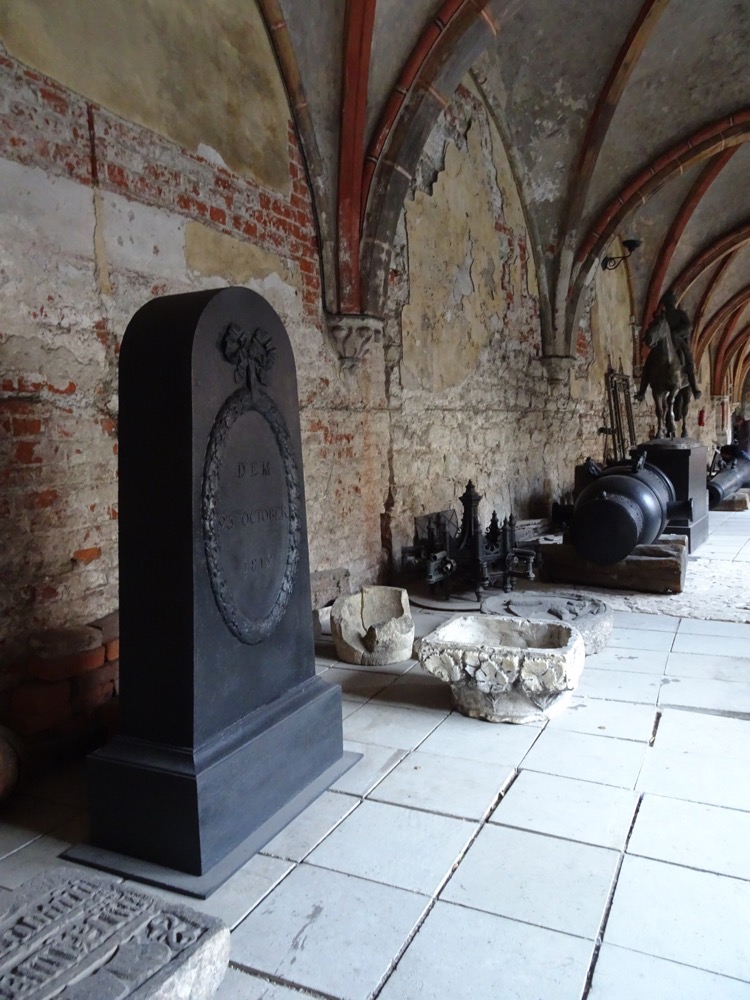
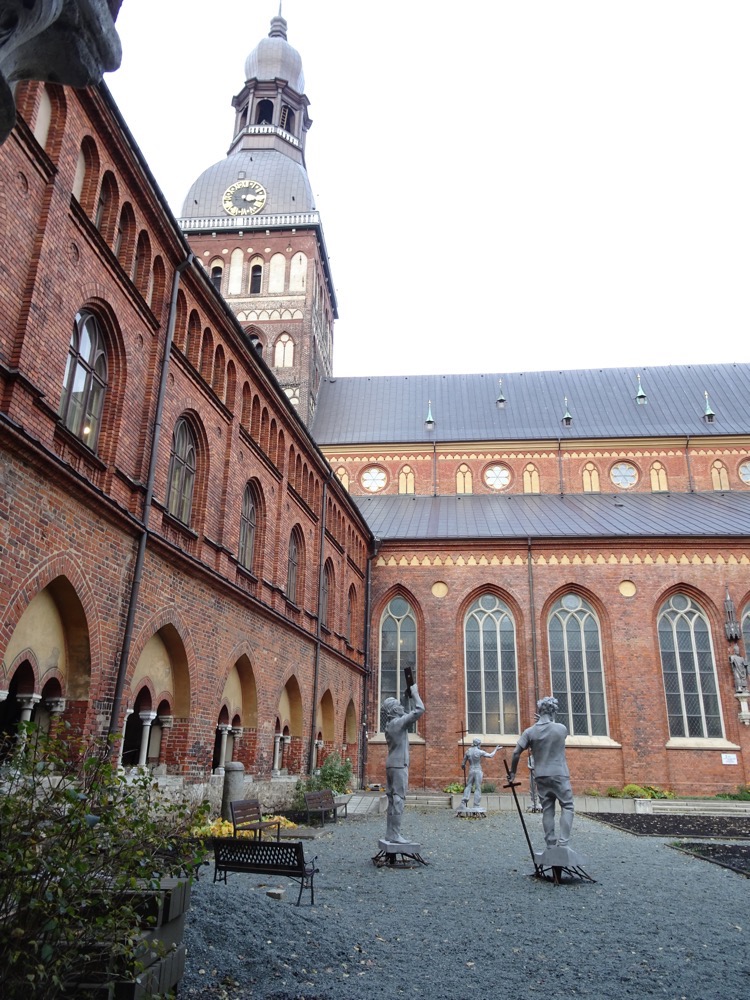 It was like the national musuems of Latvia said ‘We have no where to house all these 16th to 19th century canons, any ideas?’ and then some gardener scratched his beard and said ‘We could put them in the cloisters until summer’, and there they remained…?! Weird.
It was like the national musuems of Latvia said ‘We have no where to house all these 16th to 19th century canons, any ideas?’ and then some gardener scratched his beard and said ‘We could put them in the cloisters until summer’, and there they remained…?! Weird.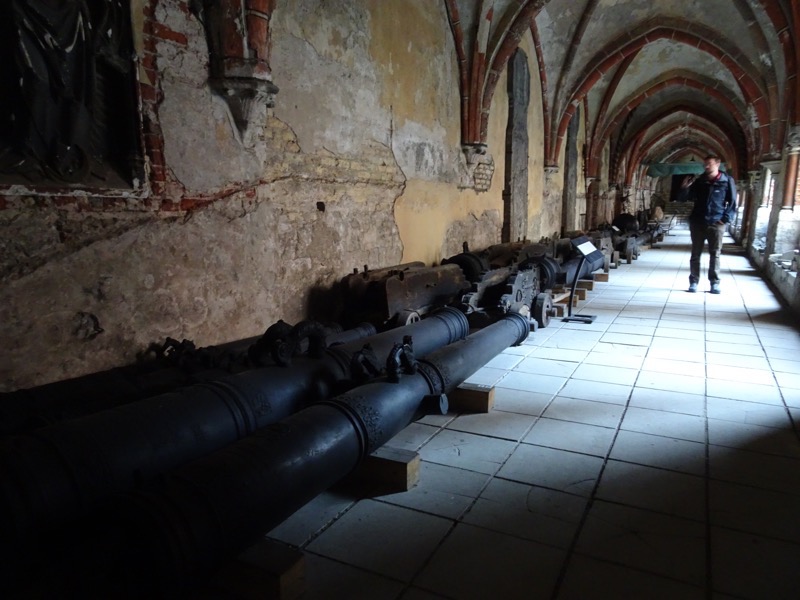
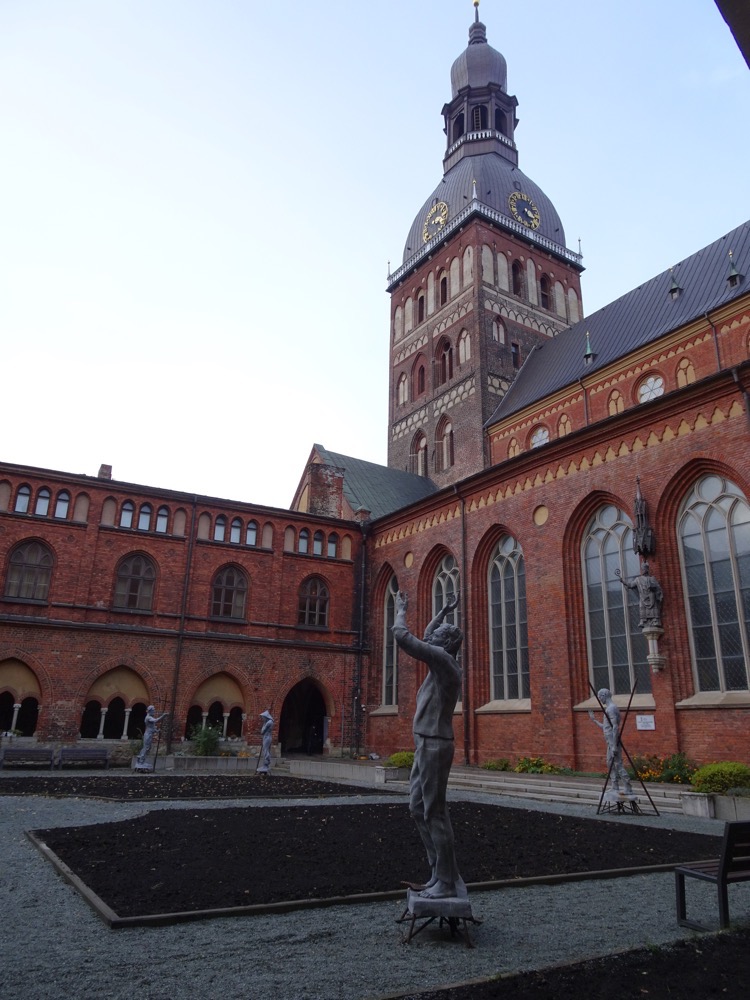 Bishop Albert.
Bishop Albert.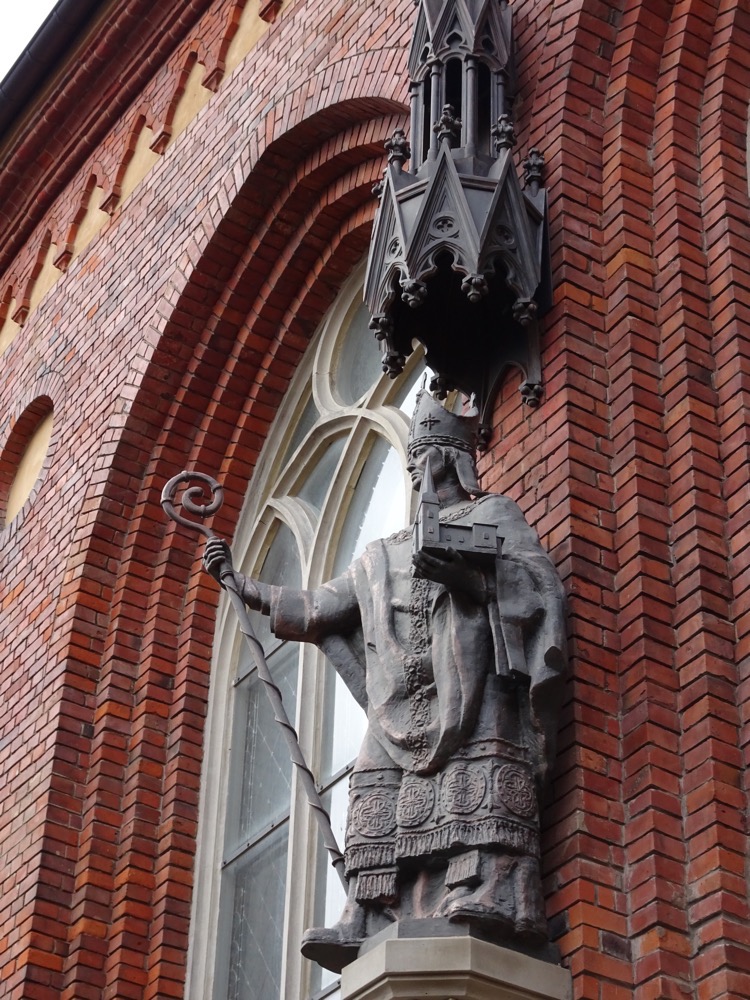
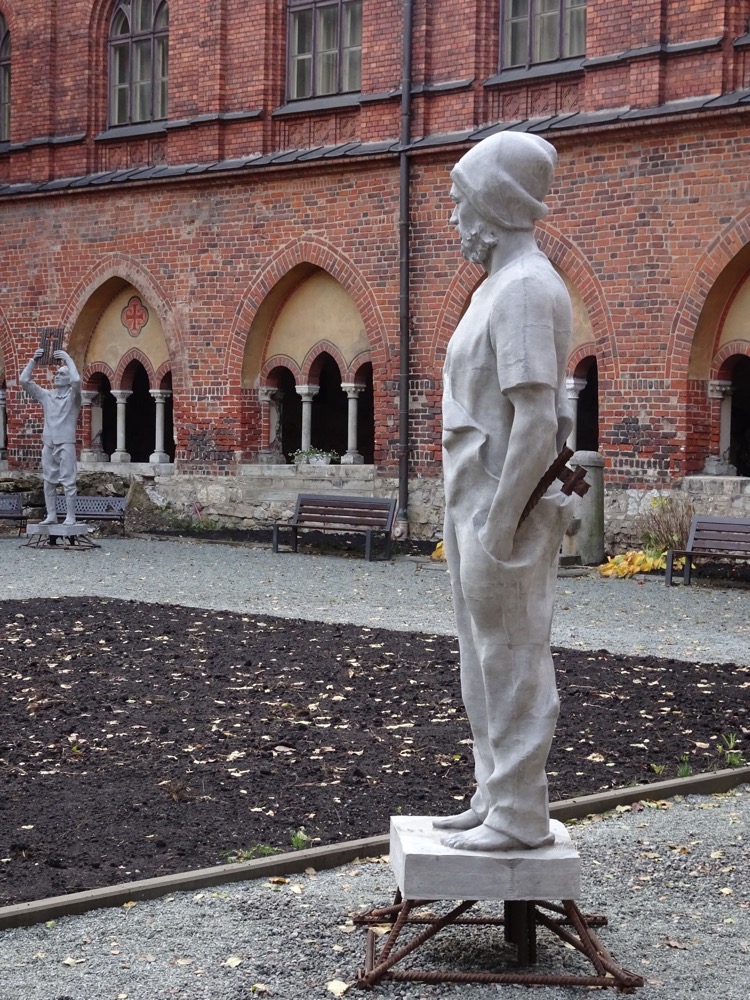
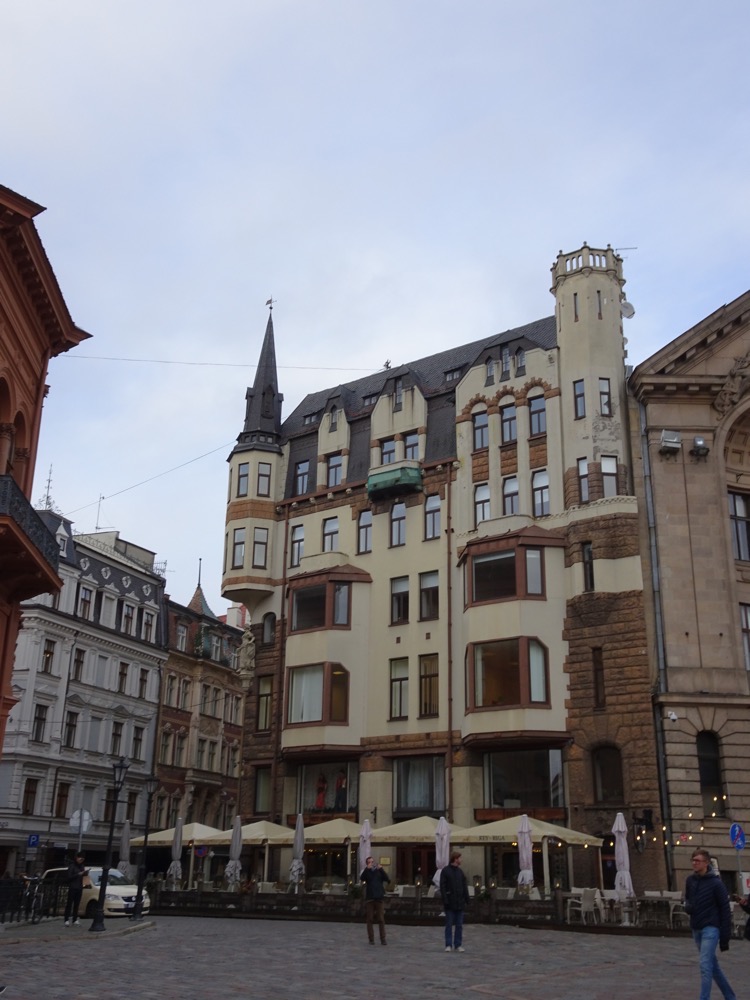
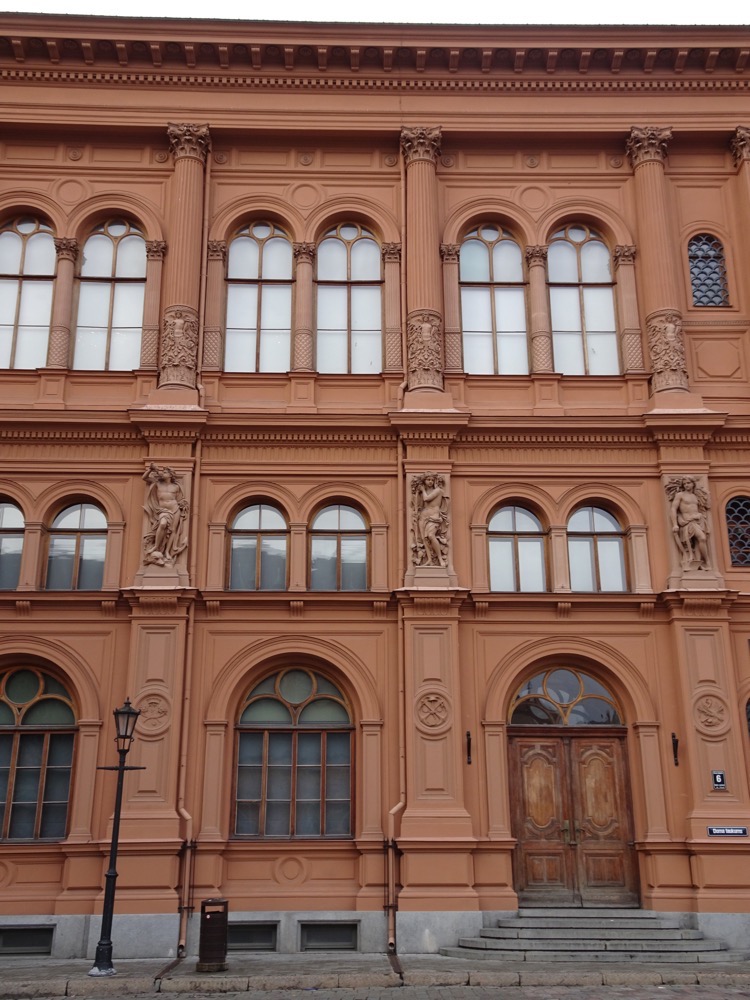
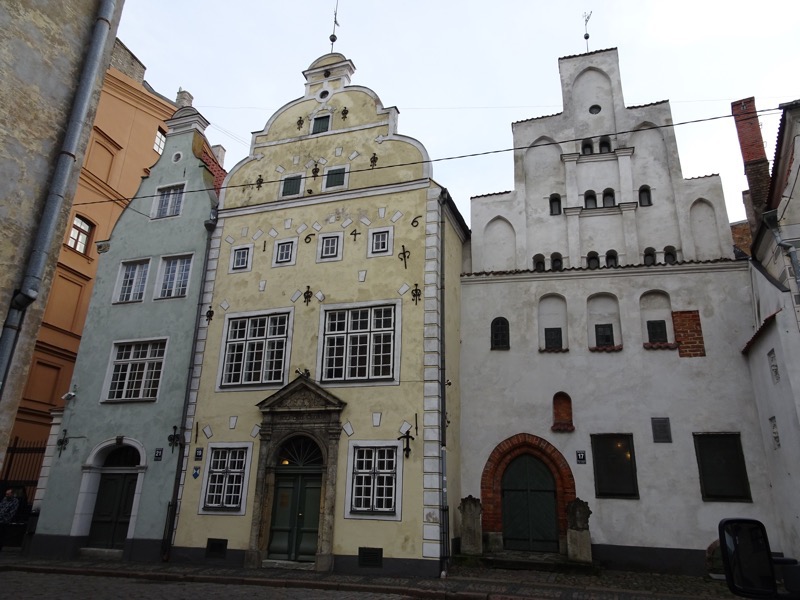
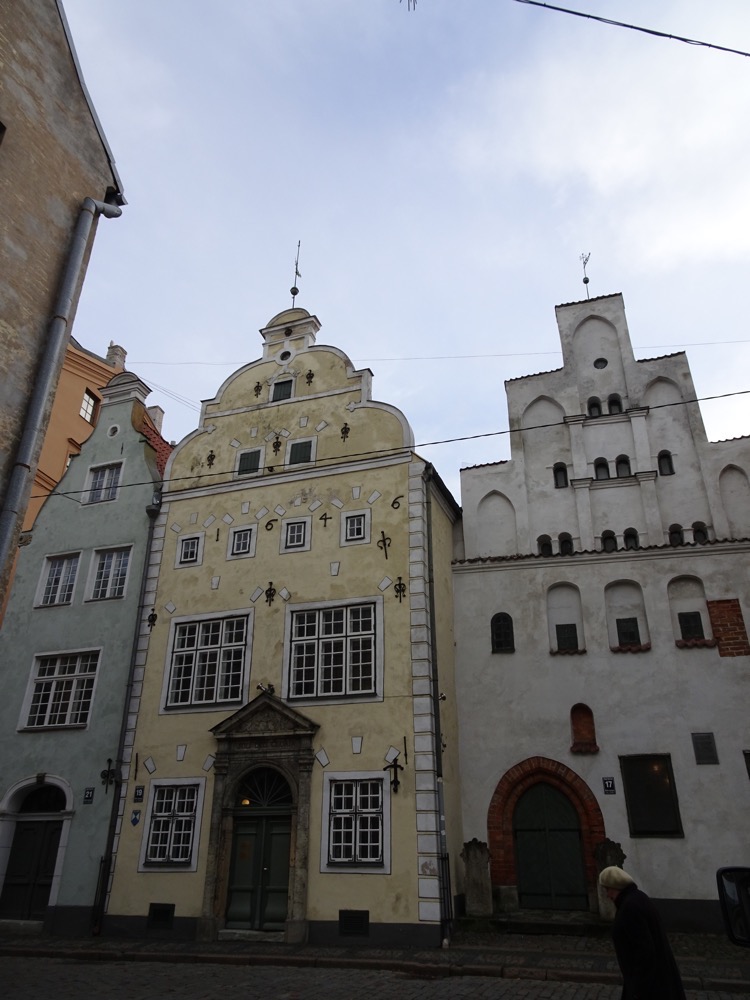
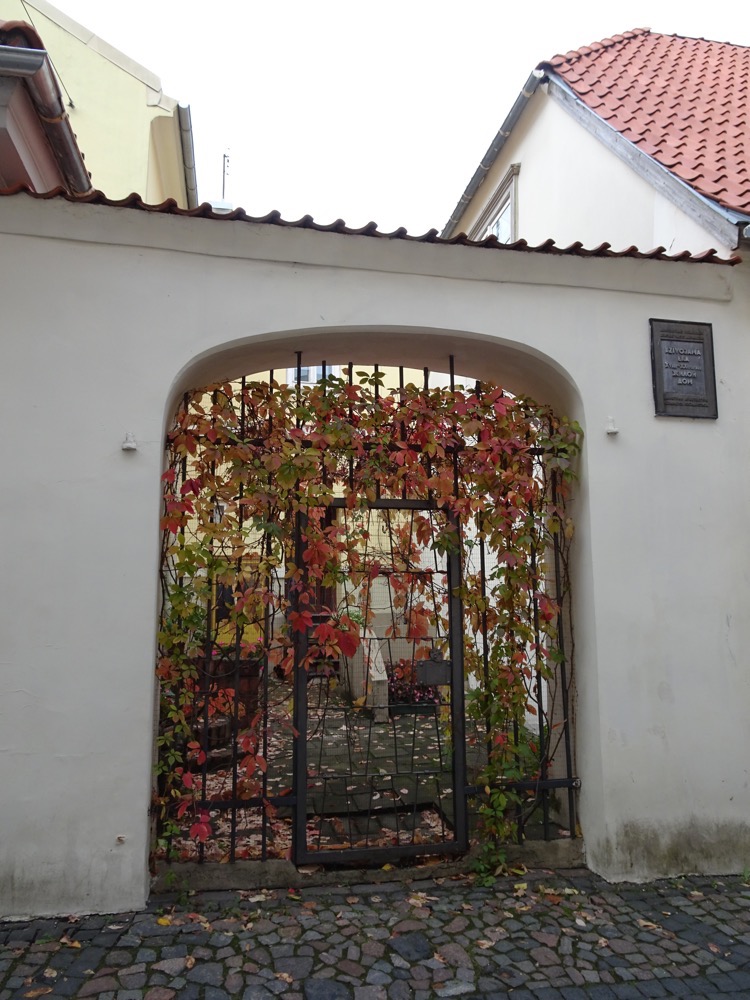
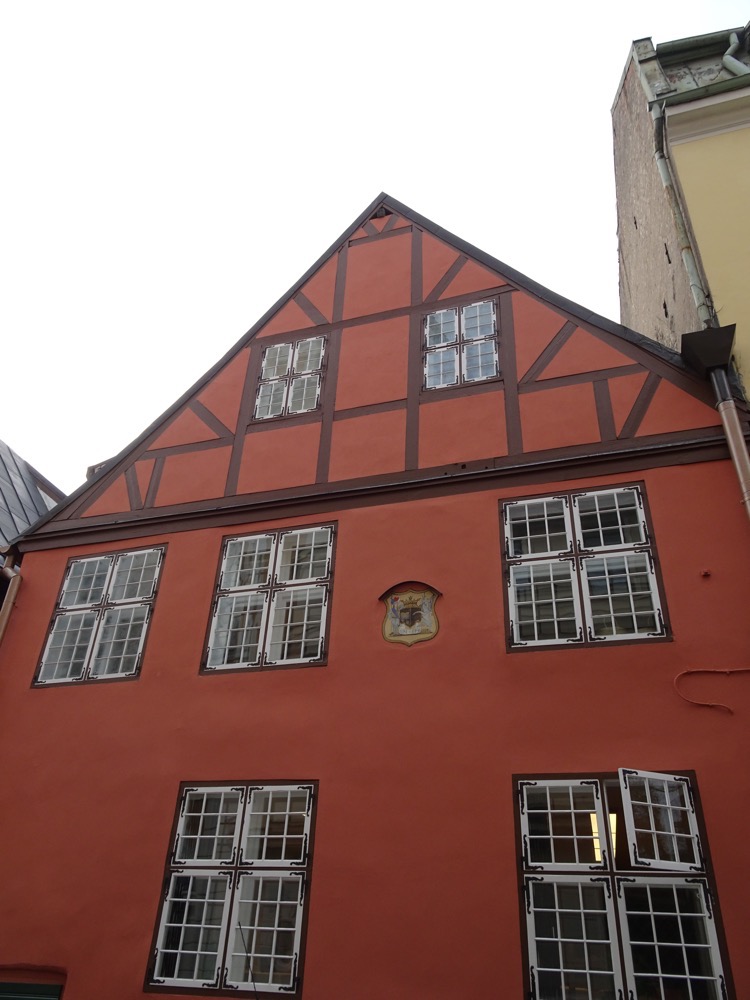 This is the White Tower of the Riga Castel, now the Riga Presidential Palace – apparently they won’t let us go in there… it’s like full of goverment officials and stuff.
This is the White Tower of the Riga Castel, now the Riga Presidential Palace – apparently they won’t let us go in there… it’s like full of goverment officials and stuff.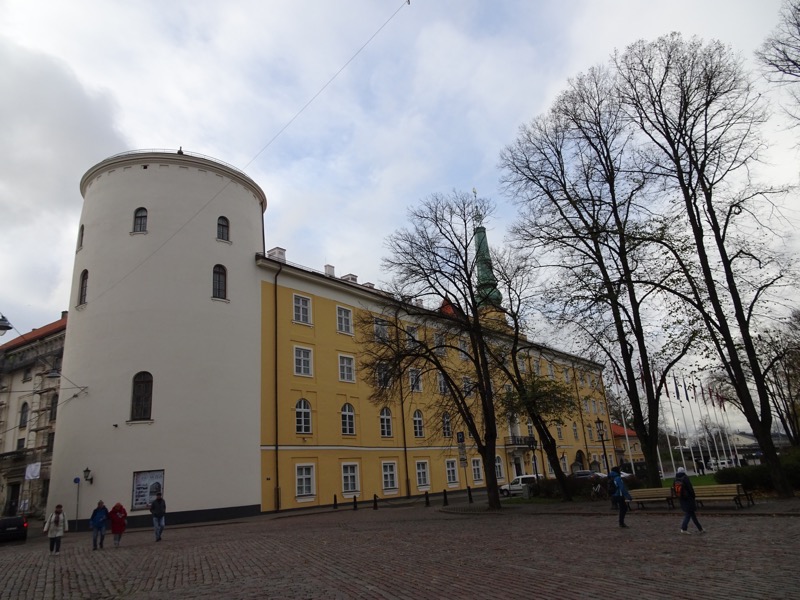
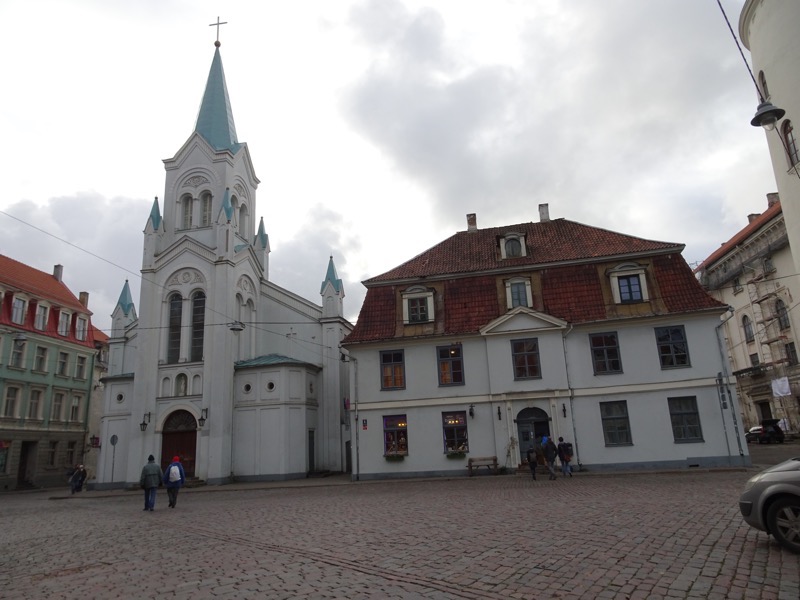 Anglican church – St Something… not Mary.
Anglican church – St Something… not Mary.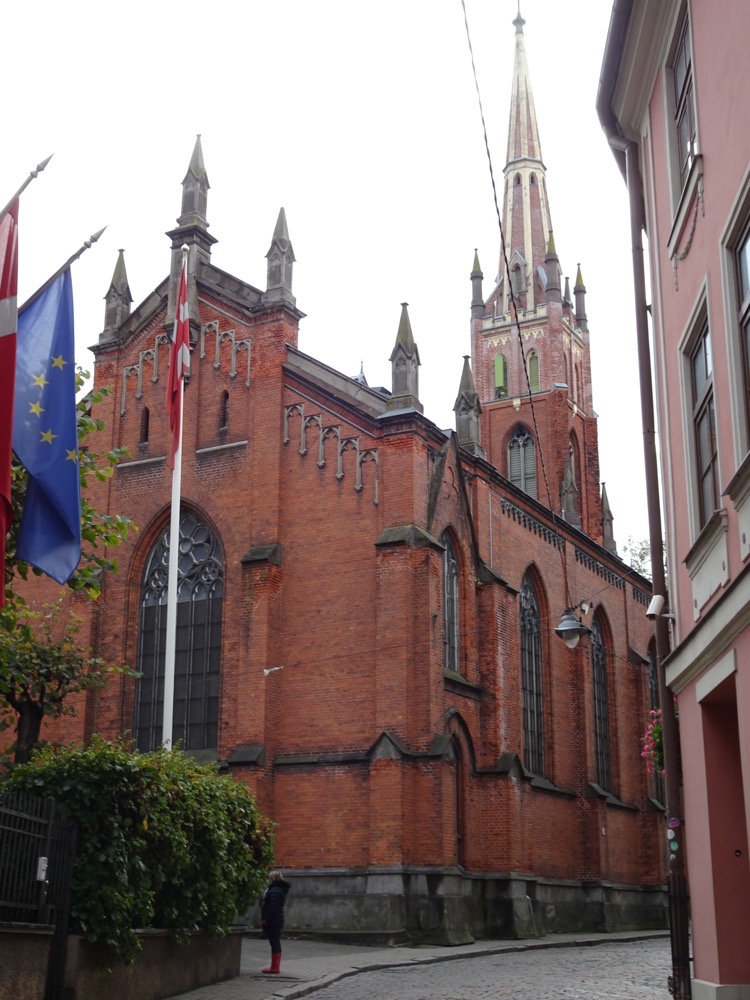
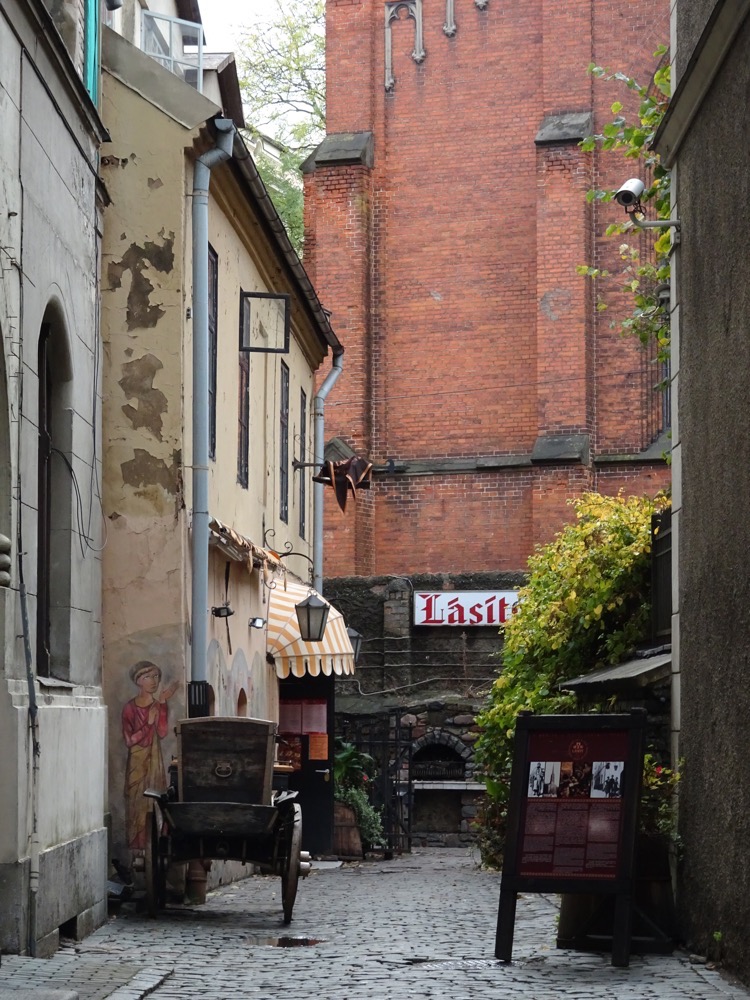 Everywhere you look is a cute little alleyway with nooks and crannies and interesting little cafes and shops.
Everywhere you look is a cute little alleyway with nooks and crannies and interesting little cafes and shops.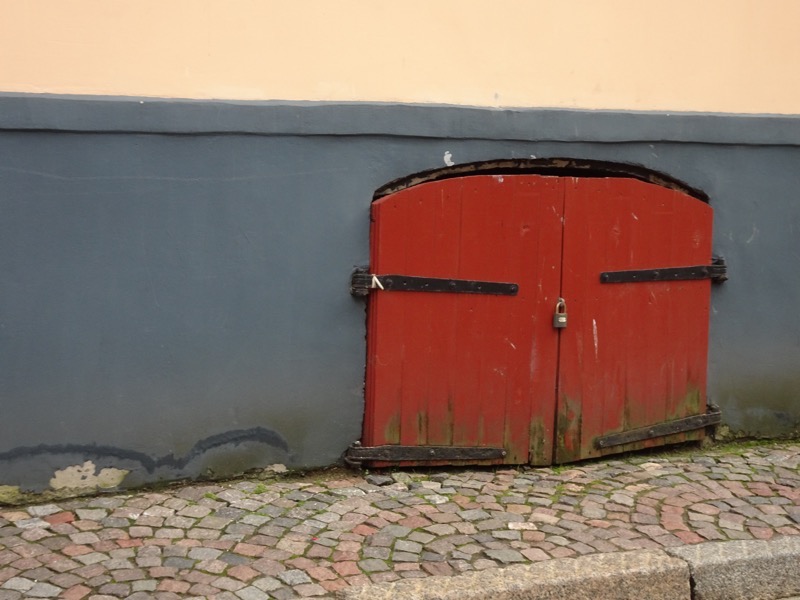 In Iceland, we got used to driving around a hillside and being greeting with yet another stunning landscape – here you walk around a corner and are greeted by yet another stunningly restore/kept historical building. It’s phenomenal.
In Iceland, we got used to driving around a hillside and being greeting with yet another stunning landscape – here you walk around a corner and are greeted by yet another stunningly restore/kept historical building. It’s phenomenal.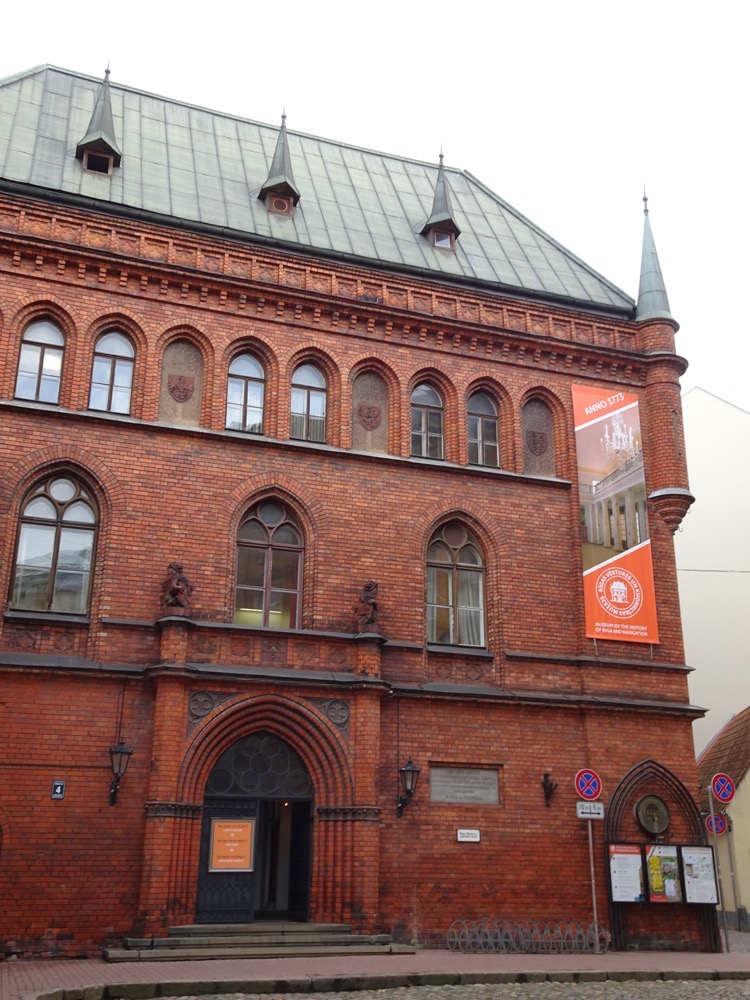
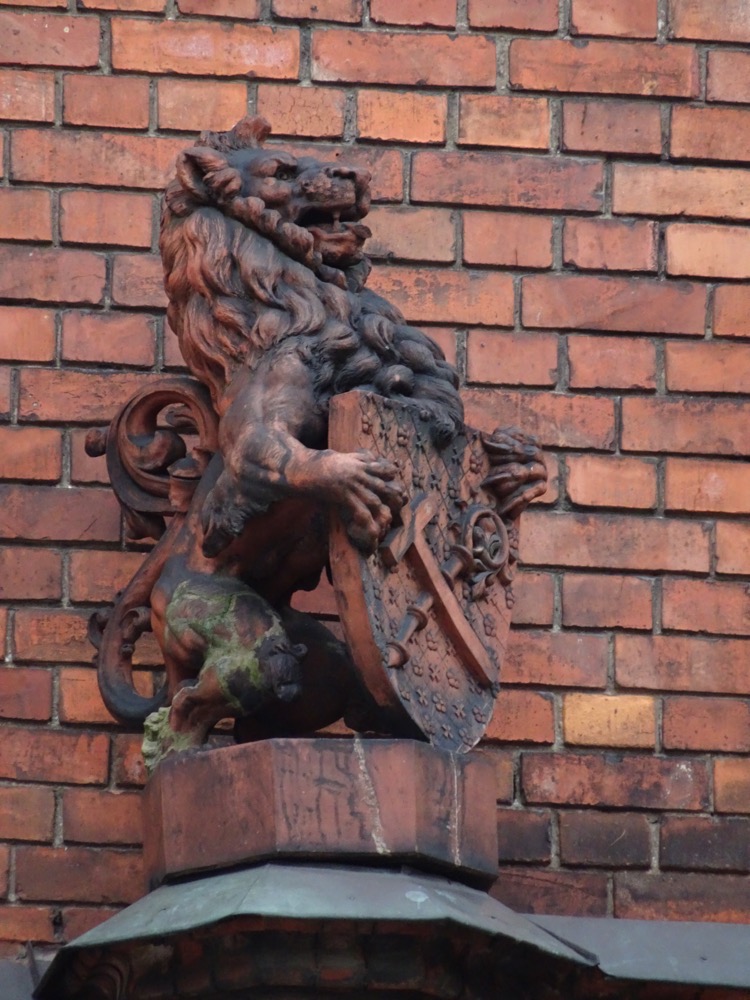 We saw a shop that said ‘wool and linen’ on the outside sign and decided to pop in and have a look at the fabrics for sale. We found ourselves in a national costume shop called, Senaklets: http://www.senaklets.lv/eng.php where one can go to buy well, national costumes, fabrics to make the same and dress accessories to go with them.
We saw a shop that said ‘wool and linen’ on the outside sign and decided to pop in and have a look at the fabrics for sale. We found ourselves in a national costume shop called, Senaklets: http://www.senaklets.lv/eng.php where one can go to buy well, national costumes, fabrics to make the same and dress accessories to go with them.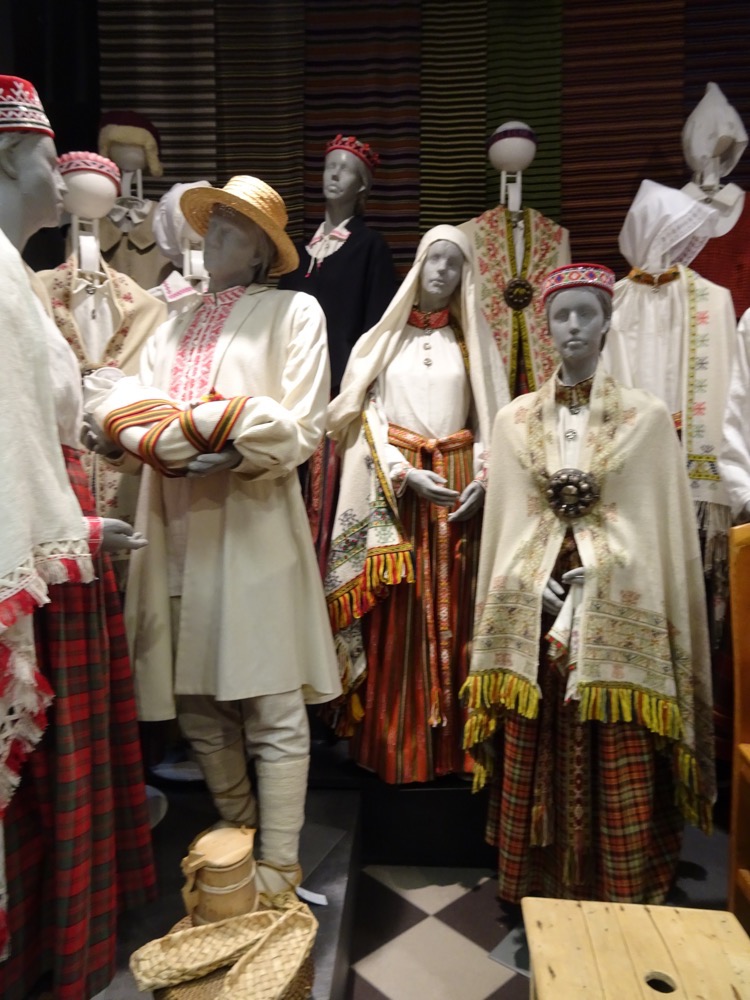 The first things I noticed was all the crazy expensive tablet woven bands in lengths up to 3m (patterns rather too modern but lovely).
The first things I noticed was all the crazy expensive tablet woven bands in lengths up to 3m (patterns rather too modern but lovely). 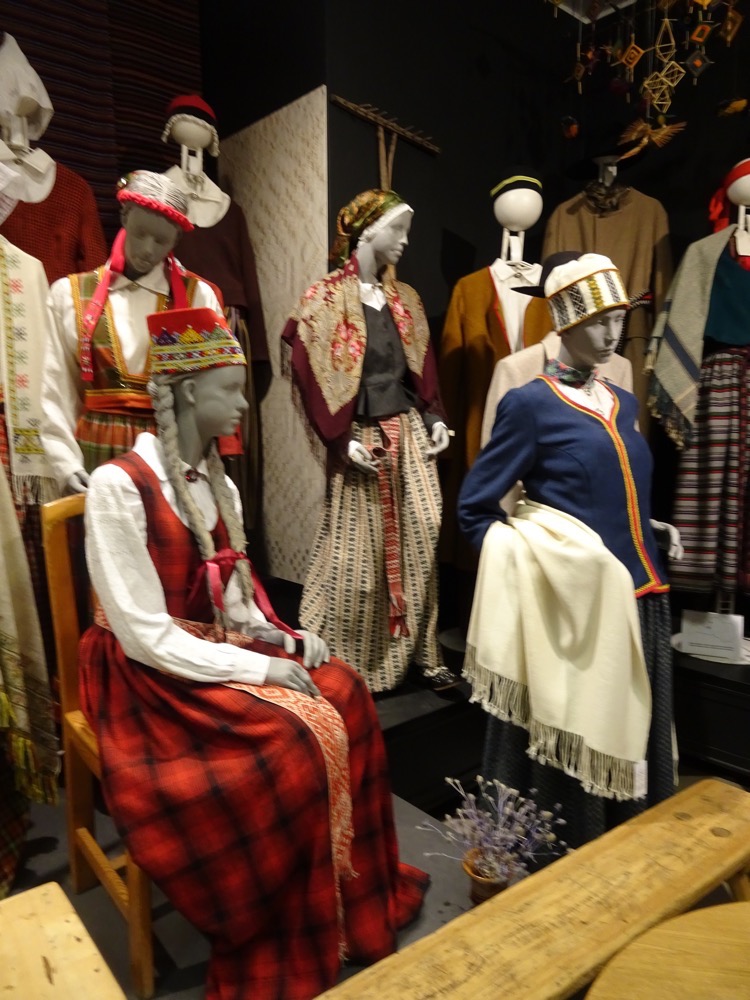 And then we moved into another room and there they were… all the medieval costumes I had laboriously been trying to photograph through glass this morning at the national history museum. Le sigh.
And then we moved into another room and there they were… all the medieval costumes I had laboriously been trying to photograph through glass this morning at the national history museum. Le sigh.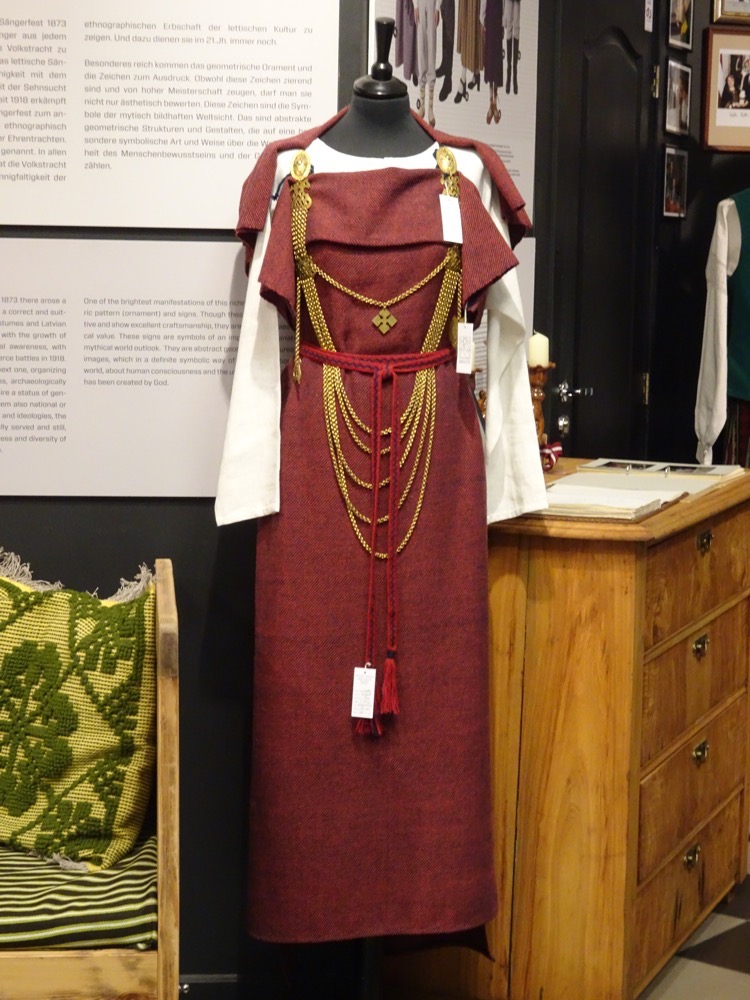 Fucking expensive. But urgh, I rolled my eyes. So much effort gone into researching these…
Fucking expensive. But urgh, I rolled my eyes. So much effort gone into researching these…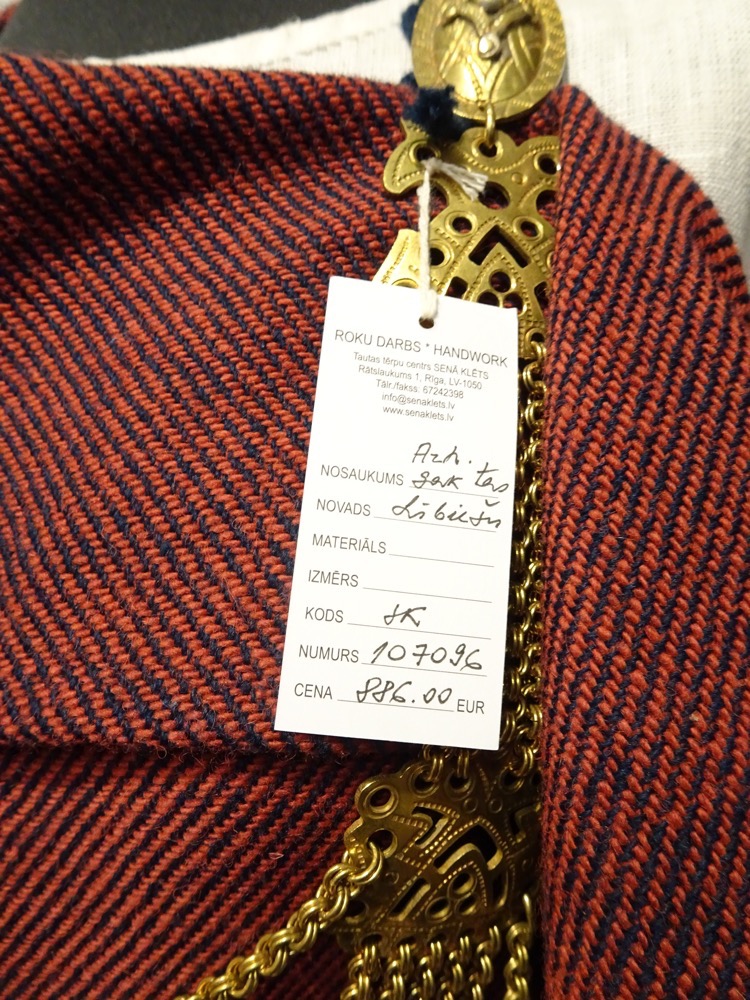
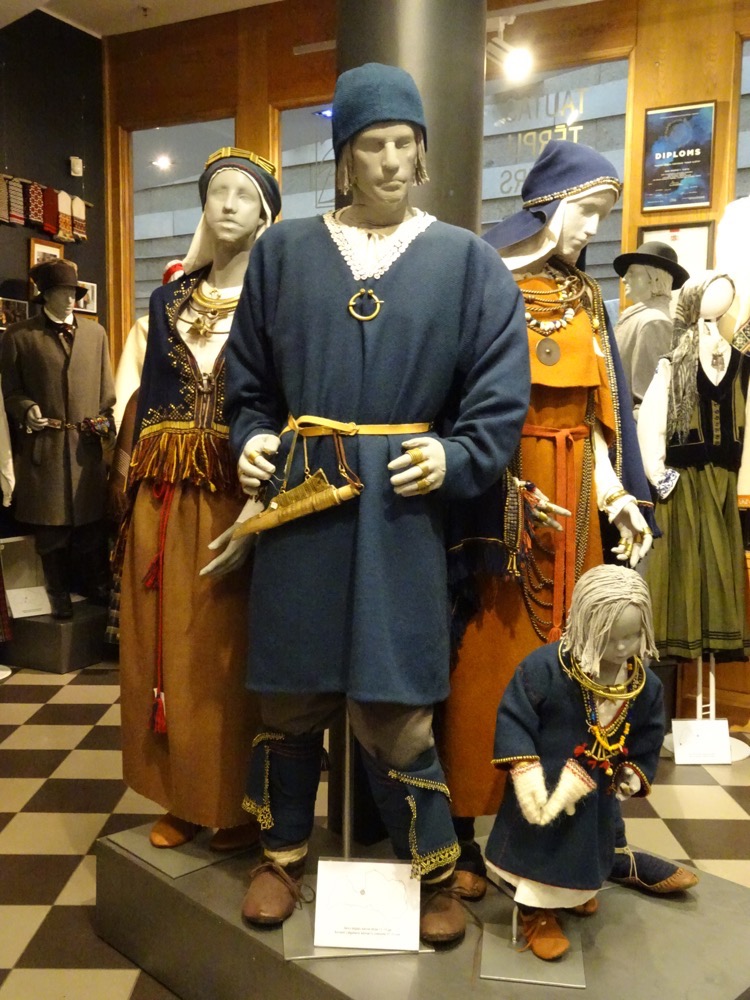 Gorgeous Finnish/Baltic shawls all done. Couldn’t find a price tag on this one – I imagine if you have to ask how much it is, you can’t afford it. I can tell you that if I had a spare few thousand Euro I would have walked out of there well kitted out.
Gorgeous Finnish/Baltic shawls all done. Couldn’t find a price tag on this one – I imagine if you have to ask how much it is, you can’t afford it. I can tell you that if I had a spare few thousand Euro I would have walked out of there well kitted out. 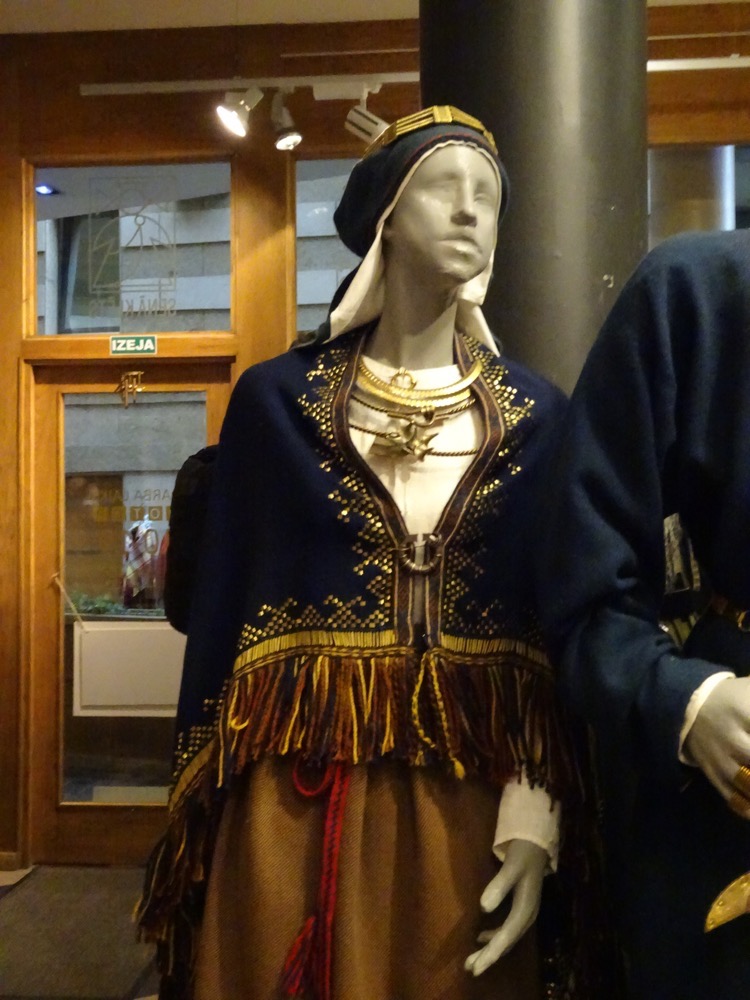 After that we found ourselves back in the Square in front of the House of the Blackheads and the state of Roland that I failed to capture earlier.
After that we found ourselves back in the Square in front of the House of the Blackheads and the state of Roland that I failed to capture earlier. 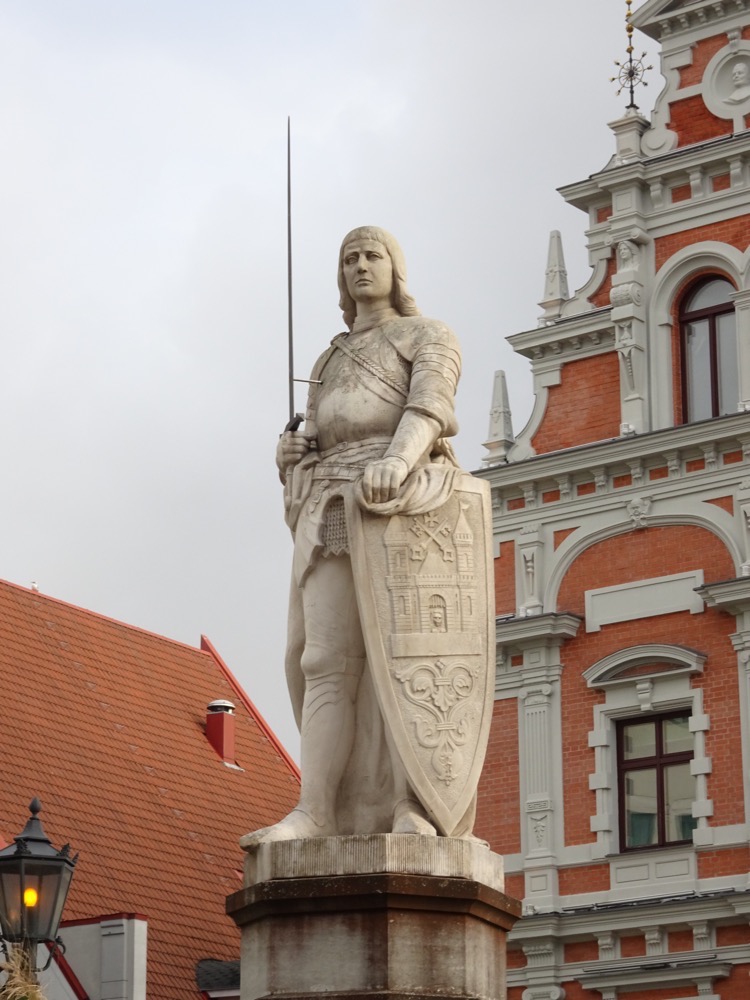
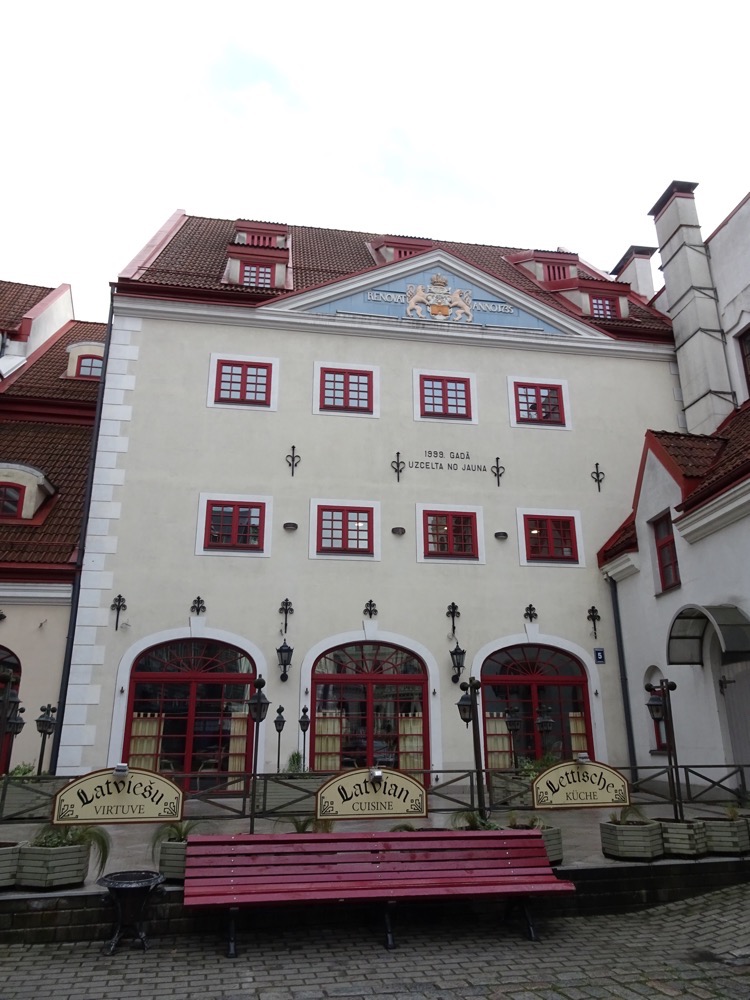
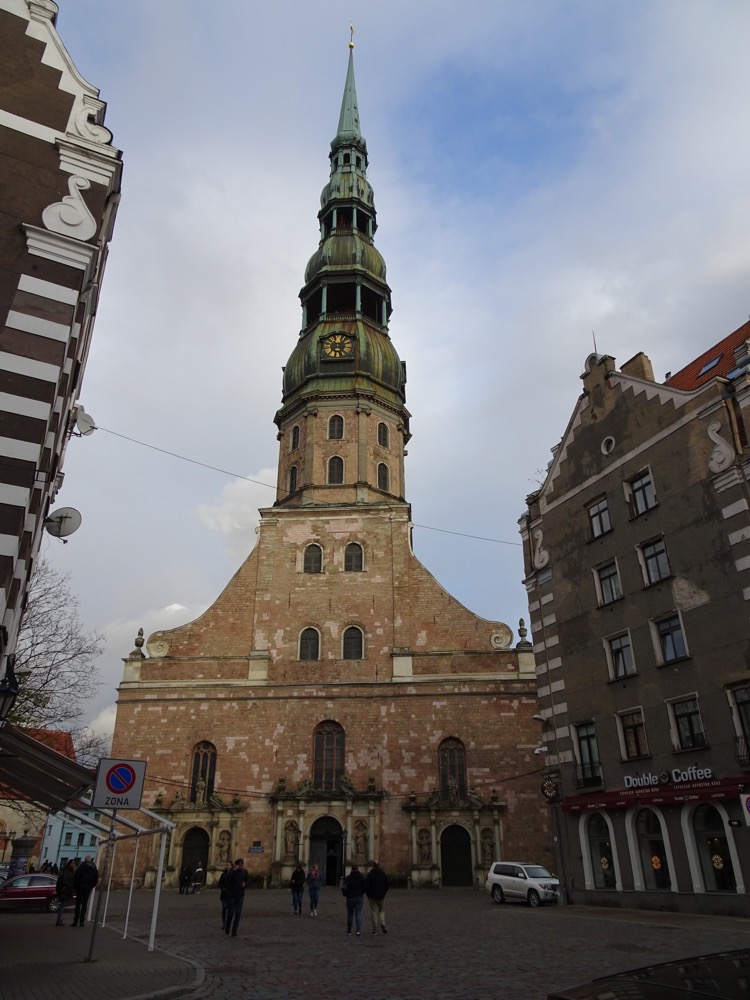 I had a lovely day out in Riga. There is plenty more to see here, but we have a big day ahead of us tomorrow, so we called it quits just as it was starting to get dark – mostly because it was also starting to get much colder too!
I had a lovely day out in Riga. There is plenty more to see here, but we have a big day ahead of us tomorrow, so we called it quits just as it was starting to get dark – mostly because it was also starting to get much colder too!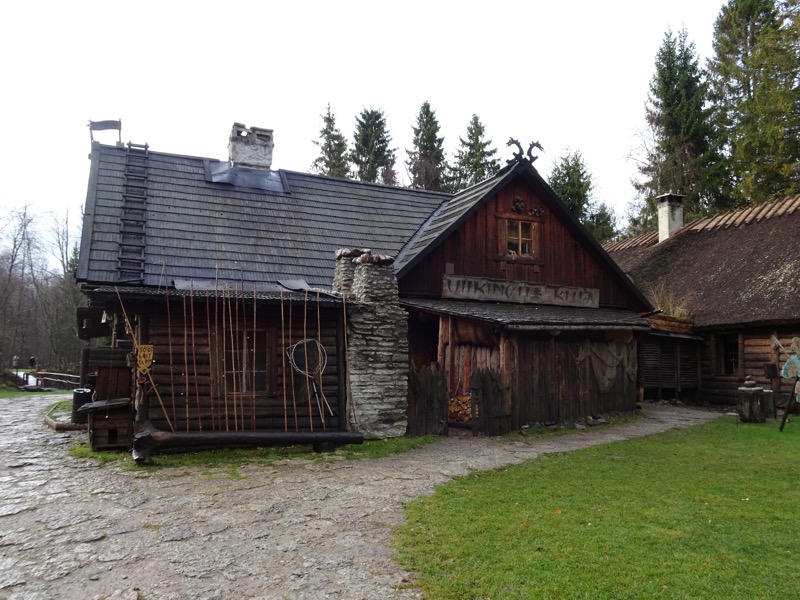 It was interesting to see what some really motivated and moderately well-monied Viking era enthusiasts could come up with up. I knew it was going to potentially be a bit ‘medJevial’ with a capital J, but had made my mind up to view it through a, ‘Would my friends and I have a good time doing medieval stuff in this space?’ lens. The answer is a resounding ‘HELLS YES!’ It is not the most authentically researched Viking village someone could have come up with, and it is not as meticulous on the details as your average Lochac Laurel would applaud – but it looked like a great place to be able to hold a camping event with a couple of hundred people.
It was interesting to see what some really motivated and moderately well-monied Viking era enthusiasts could come up with up. I knew it was going to potentially be a bit ‘medJevial’ with a capital J, but had made my mind up to view it through a, ‘Would my friends and I have a good time doing medieval stuff in this space?’ lens. The answer is a resounding ‘HELLS YES!’ It is not the most authentically researched Viking village someone could have come up with, and it is not as meticulous on the details as your average Lochac Laurel would applaud – but it looked like a great place to be able to hold a camping event with a couple of hundred people.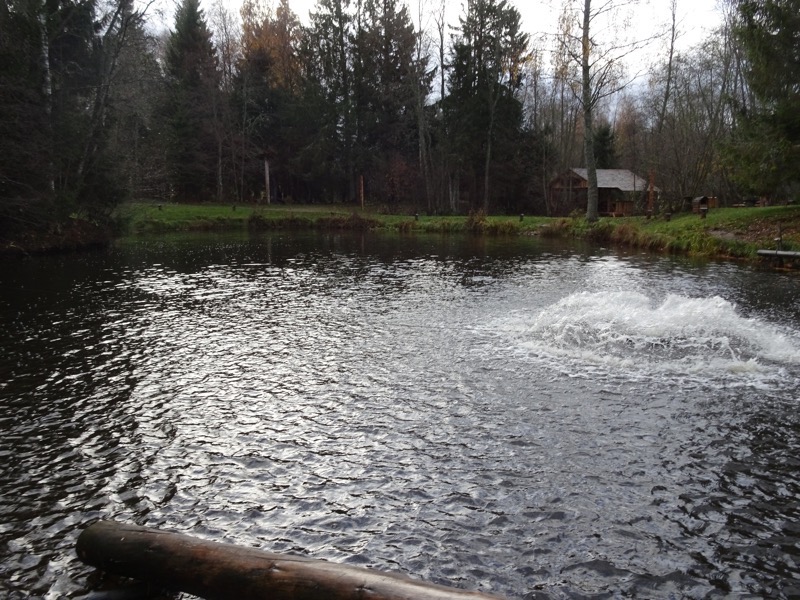 There is a large children’s play fort:
There is a large children’s play fort: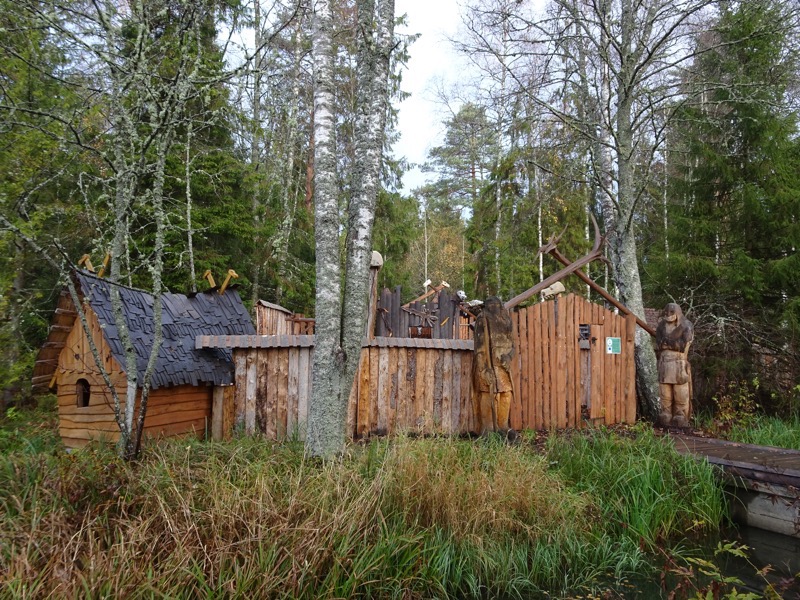 With cubby houses in various sizes for kids of varying ages.
With cubby houses in various sizes for kids of varying ages.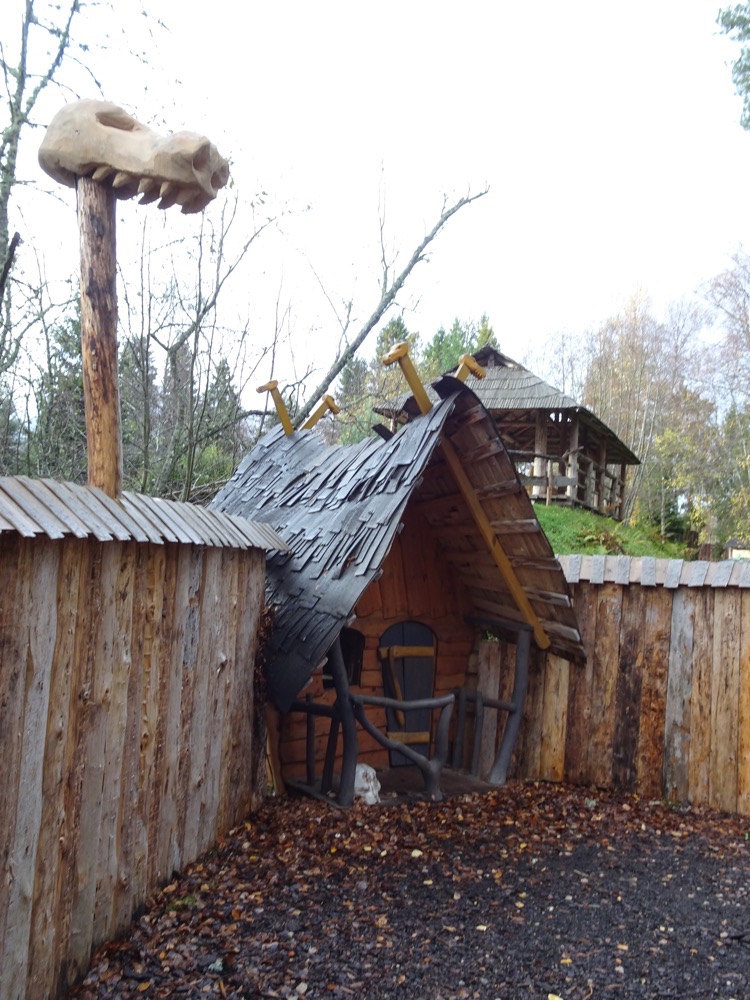 Poles for climbing and sliding about on.
Poles for climbing and sliding about on.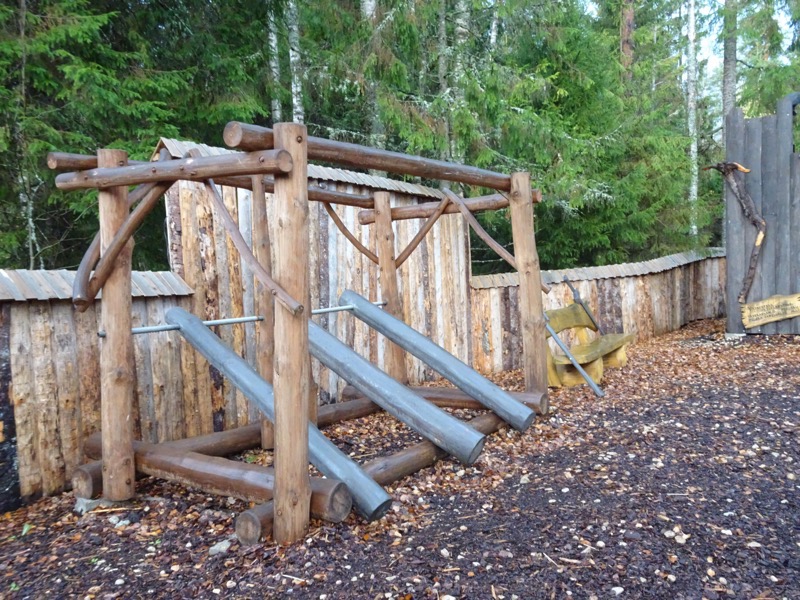 A couple of different forts connected by a rope bridge, a bucking boar underneath over a sandpit.
A couple of different forts connected by a rope bridge, a bucking boar underneath over a sandpit.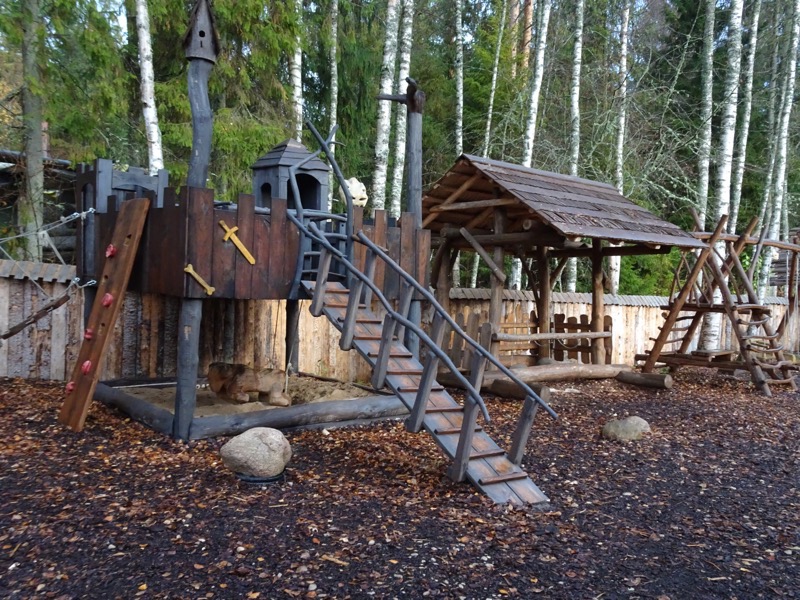 Some more climbing equipment.
Some more climbing equipment.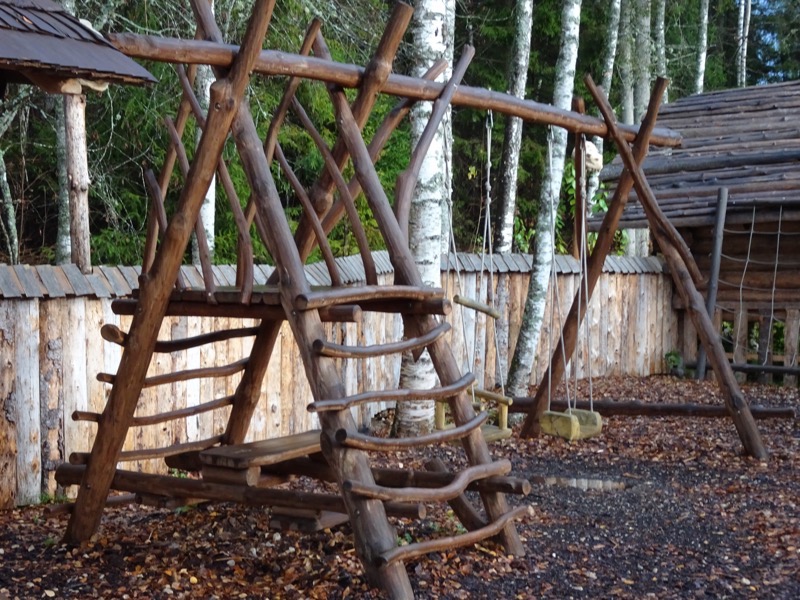
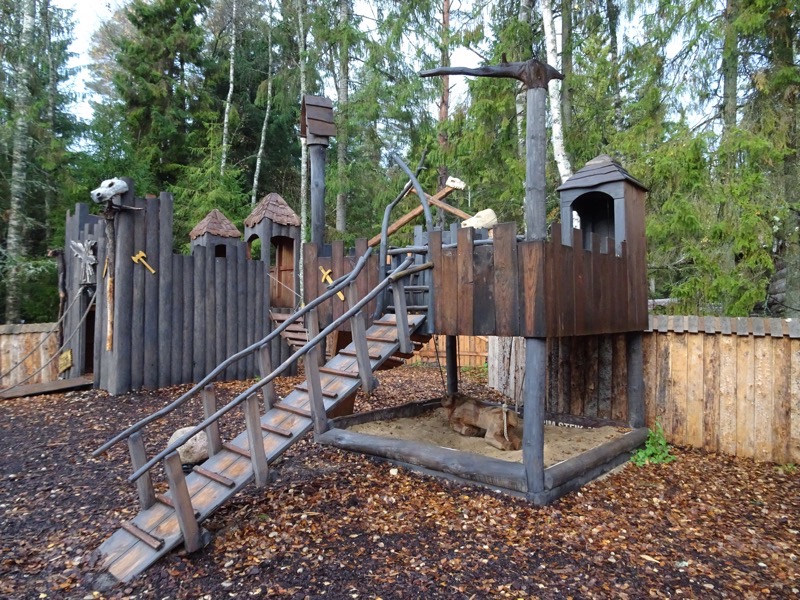
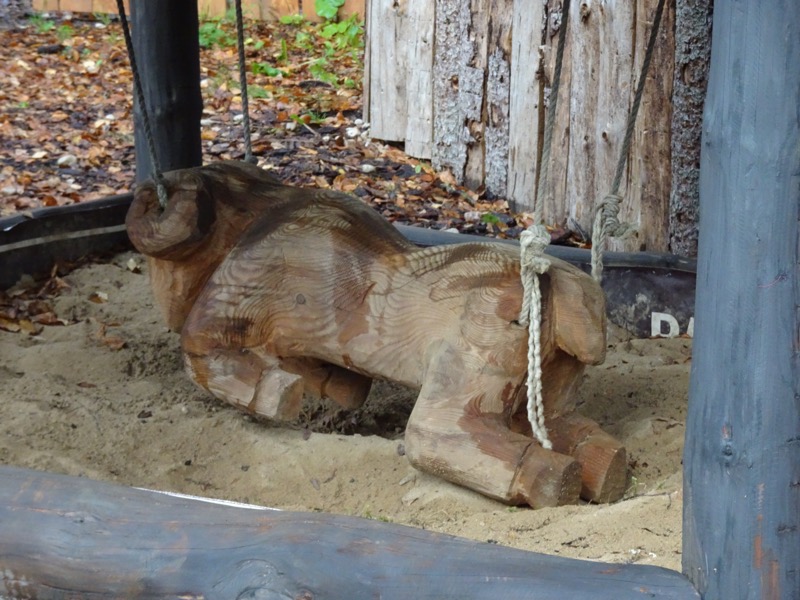 A longship for children to go conquer the seven seas.
A longship for children to go conquer the seven seas.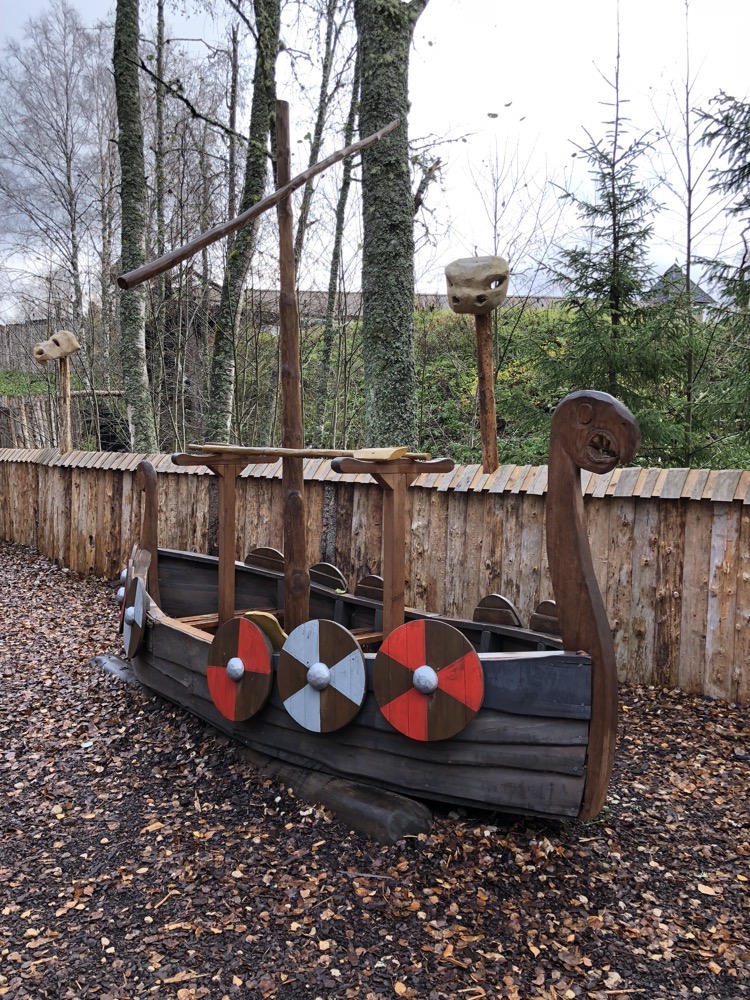
 A larger fort for older children equipped with shields and swords.
A larger fort for older children equipped with shields and swords.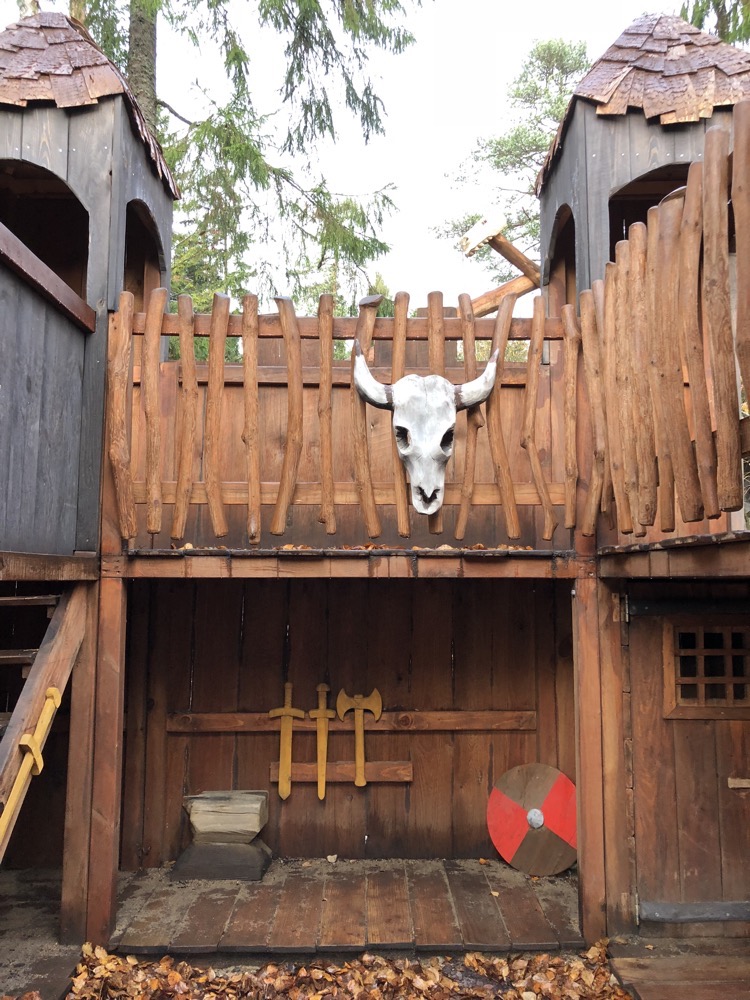 All up – I think our kids would have had a rollicking good time here. There was a sign out front of the playground saying that it had won some national awards for playground structures (couldn’t quite make out the details – but it was obviously a winner).
All up – I think our kids would have had a rollicking good time here. There was a sign out front of the playground saying that it had won some national awards for playground structures (couldn’t quite make out the details – but it was obviously a winner).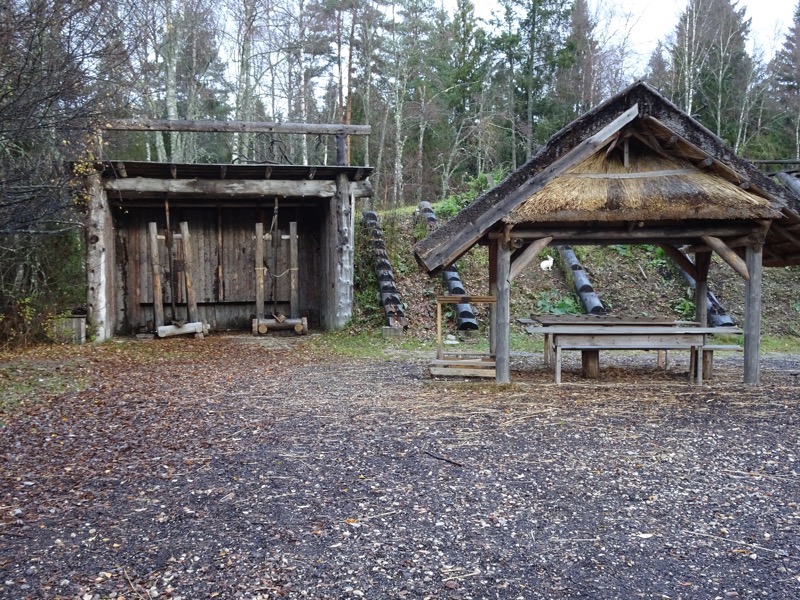 It also gets used for archery and for axe throwing (don’t worry about signing an indemnity at the gate – they have a blanket, ‘anything that happens to you here is your problem’ policy, up to and including drowing!).
It also gets used for archery and for axe throwing (don’t worry about signing an indemnity at the gate – they have a blanket, ‘anything that happens to you here is your problem’ policy, up to and including drowing!).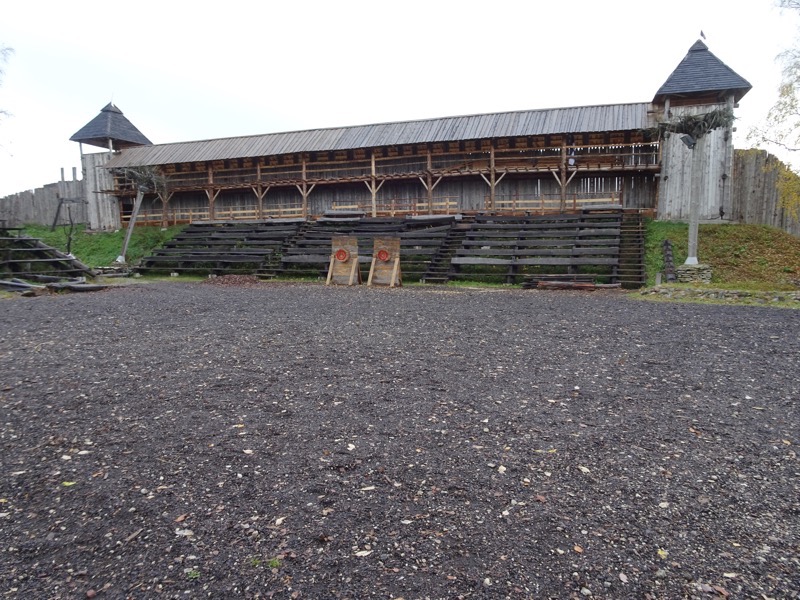
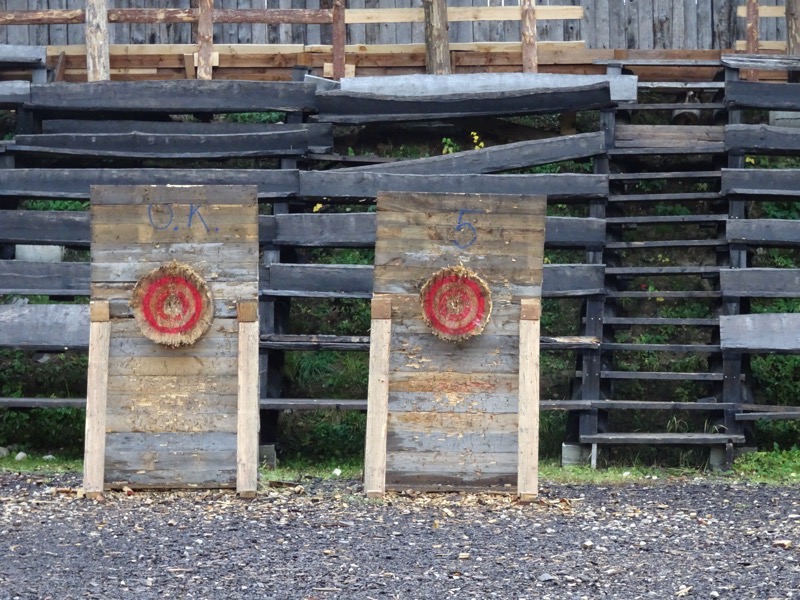
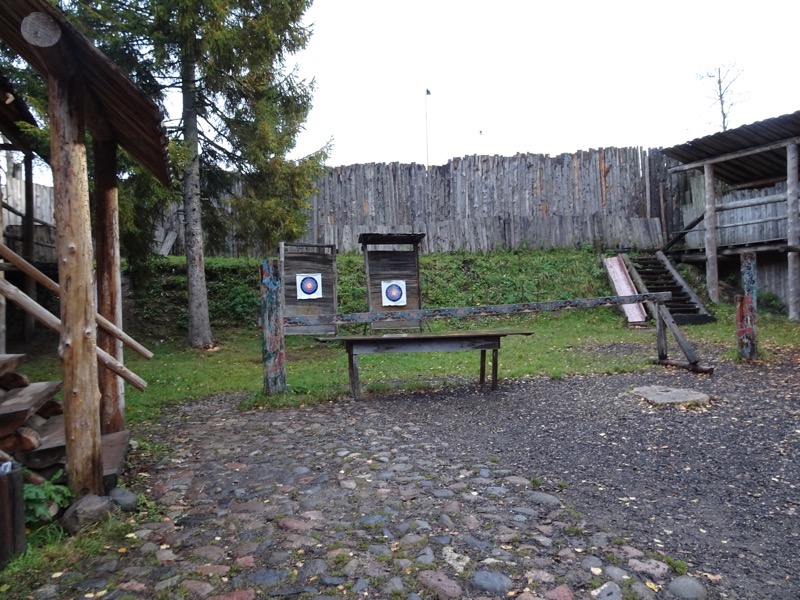 The tournament field was about 30 x 10 and would be great for SCA style tourneys. Even large ones like FAT at Festival.
The tournament field was about 30 x 10 and would be great for SCA style tourneys. Even large ones like FAT at Festival.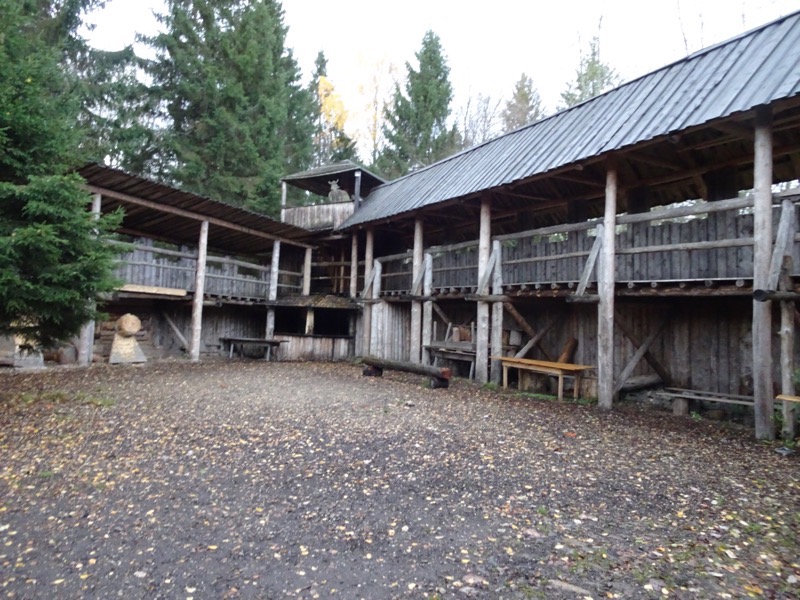 I’m not sure how long this village has been here – but it has lived through a few harsh winters and was in need of some love and attention and repairs here and there. A few rotted timbers were apparent in the roof structures and it could use a good oil, but the overall effect of the spaces were pretty good in my opinion.
I’m not sure how long this village has been here – but it has lived through a few harsh winters and was in need of some love and attention and repairs here and there. A few rotted timbers were apparent in the roof structures and it could use a good oil, but the overall effect of the spaces were pretty good in my opinion.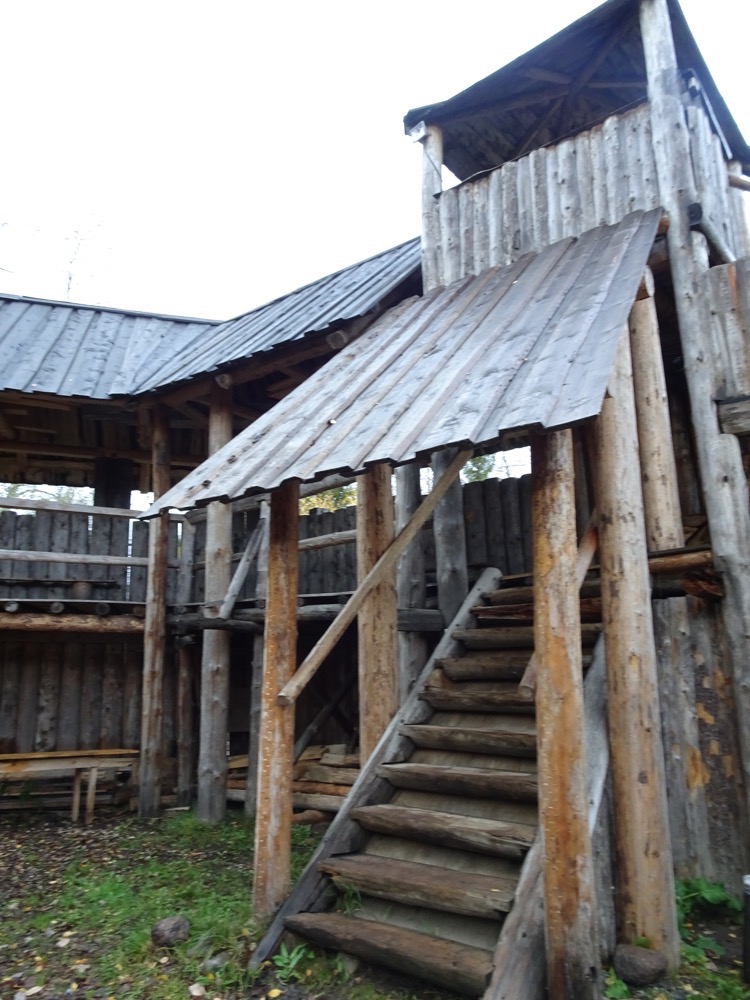 Oh and they have totally tame fluffy bunnies everywhere that are not at all bothered by the people.
Oh and they have totally tame fluffy bunnies everywhere that are not at all bothered by the people.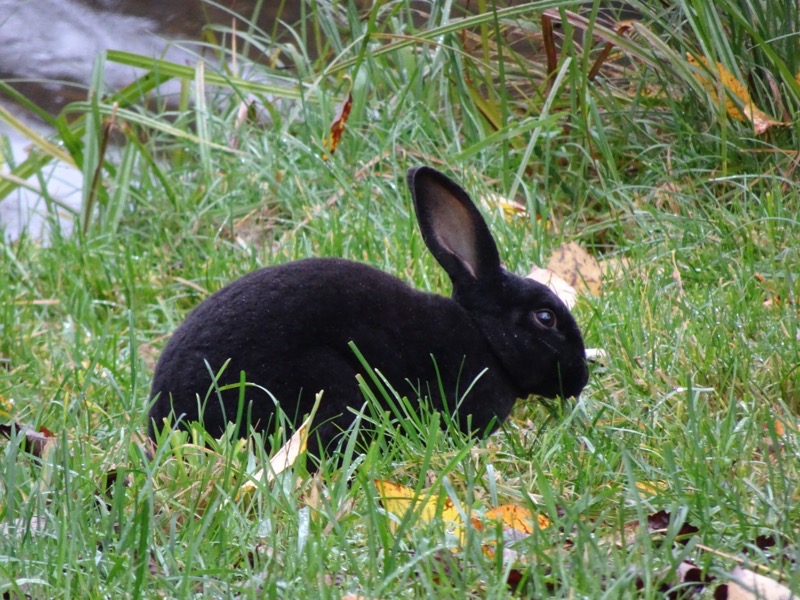
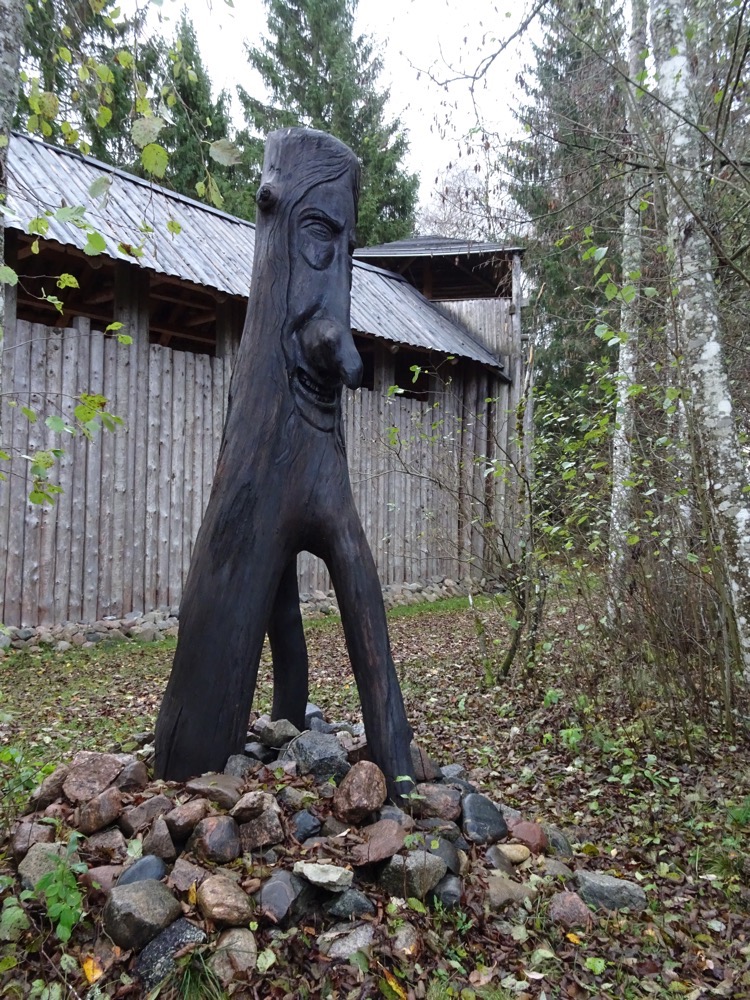
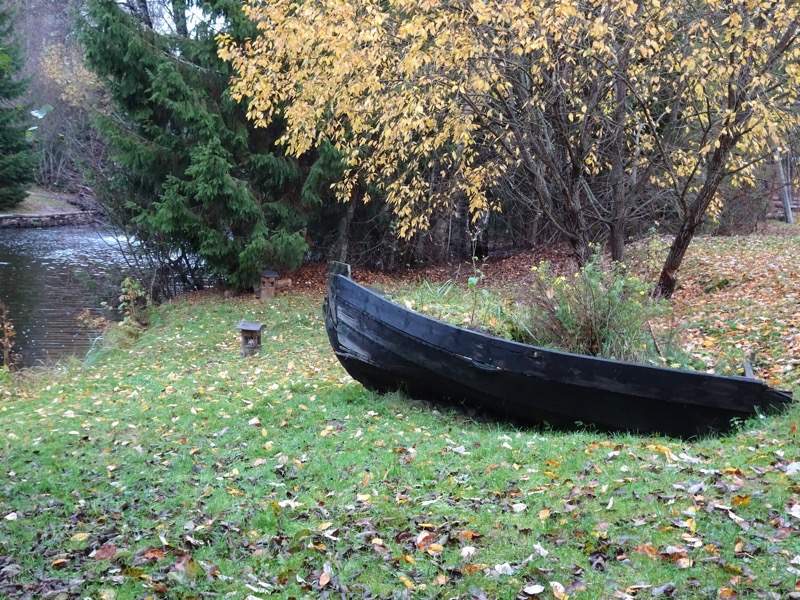 The other end of the trout stream.
The other end of the trout stream.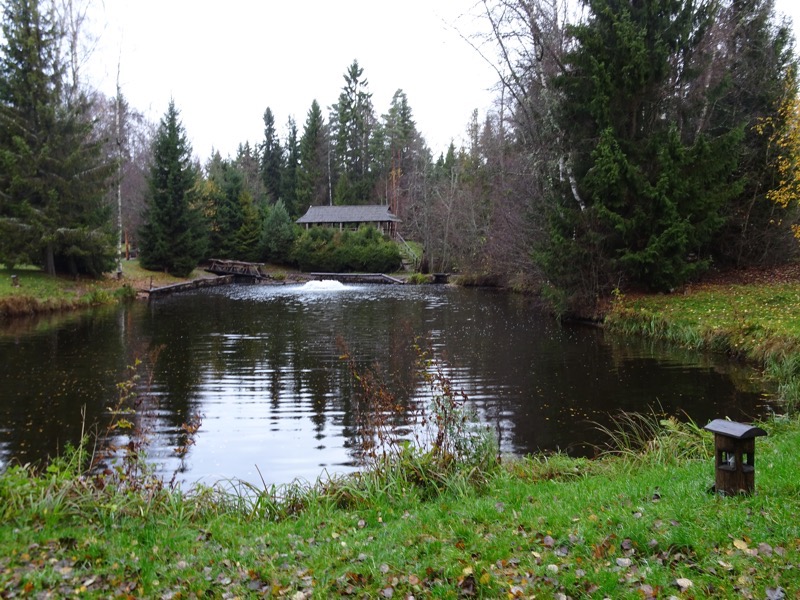
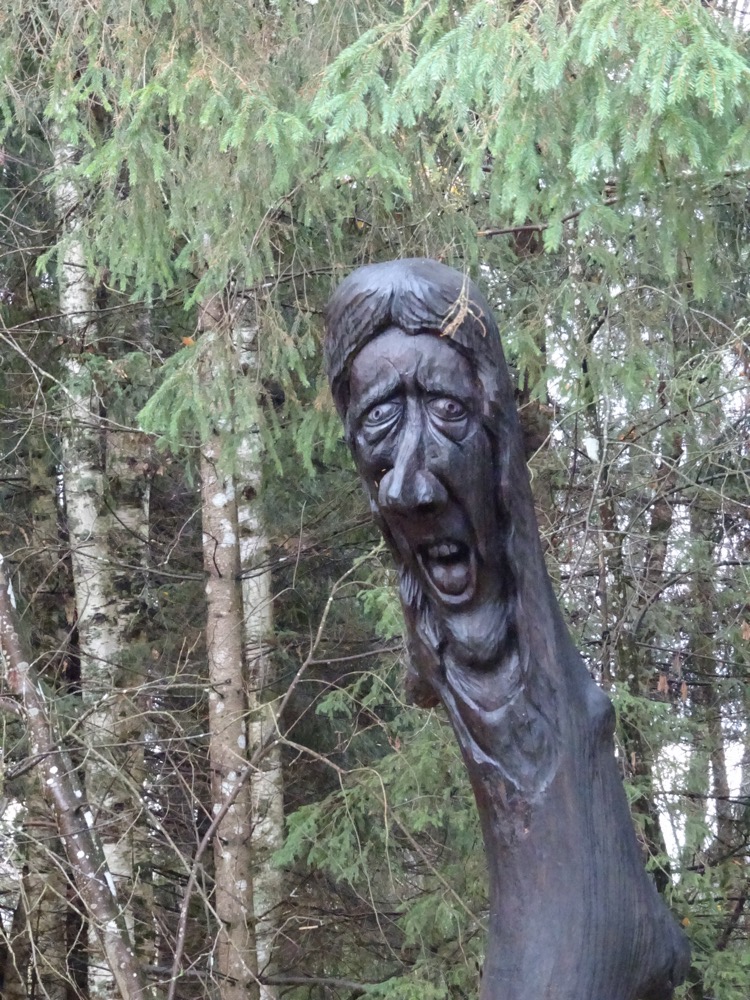 Shaman style teepee for a see-er or something? I don’t know. Not a lot of the information we could put our hands on was in English.
Shaman style teepee for a see-er or something? I don’t know. Not a lot of the information we could put our hands on was in English.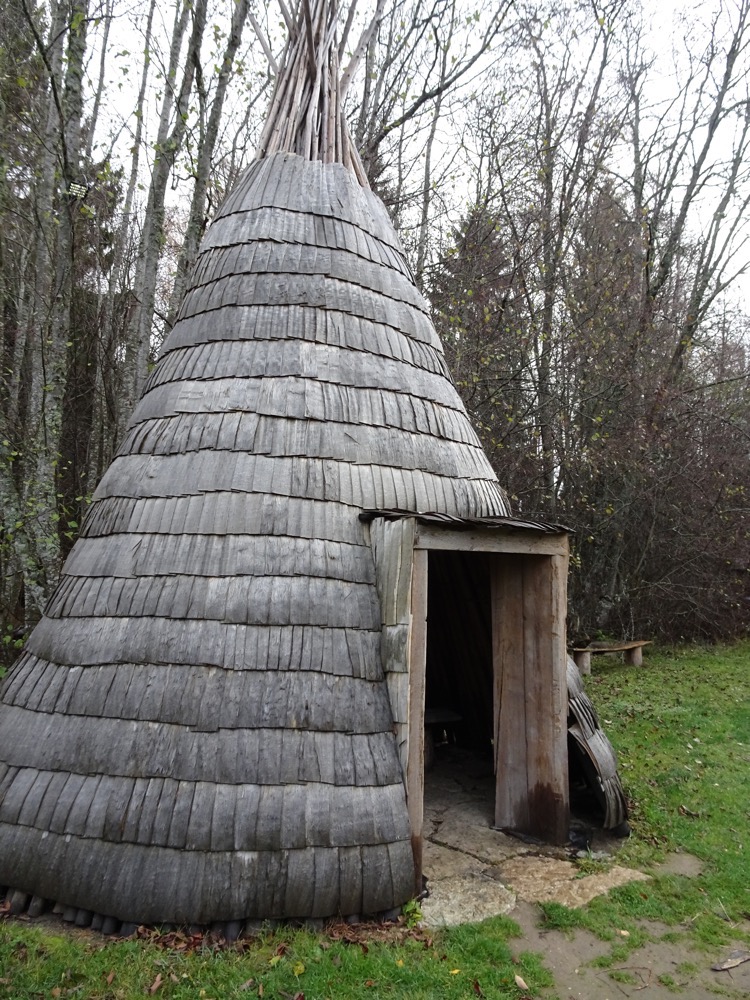 A ‘period’ game where men throw a stick through the female figure’s ‘slot’, and women throw a hoop onto the male figure’s ‘rod’. Would never fly in the SCA – people would get too uptight about the gender representations or something! 😛
A ‘period’ game where men throw a stick through the female figure’s ‘slot’, and women throw a hoop onto the male figure’s ‘rod’. Would never fly in the SCA – people would get too uptight about the gender representations or something! 😛 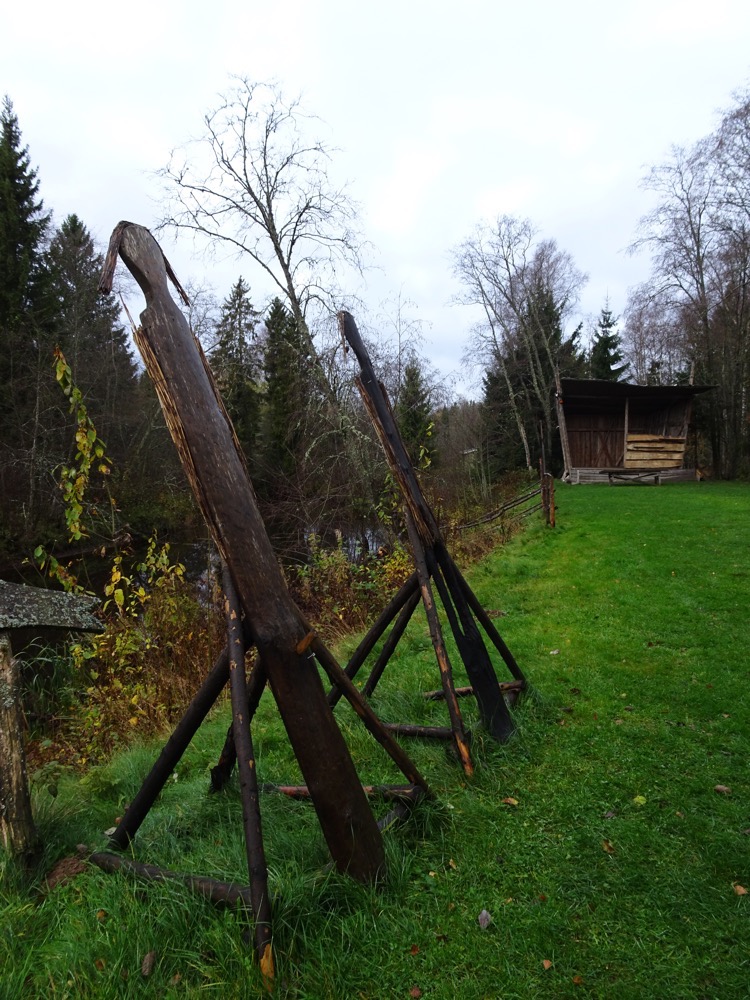 More fuzzy bunnies.
More fuzzy bunnies.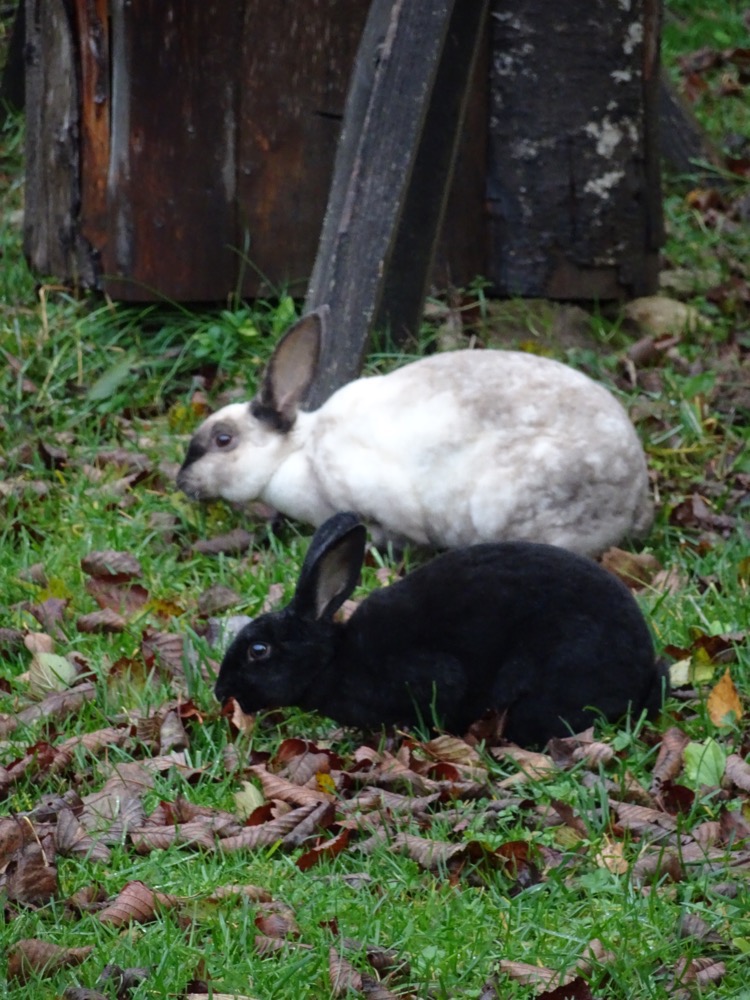 They have a longboat that people can hire and take canoeing around a creeky system. It holds up to 13 people and you need at least four to row it.
They have a longboat that people can hire and take canoeing around a creeky system. It holds up to 13 people and you need at least four to row it.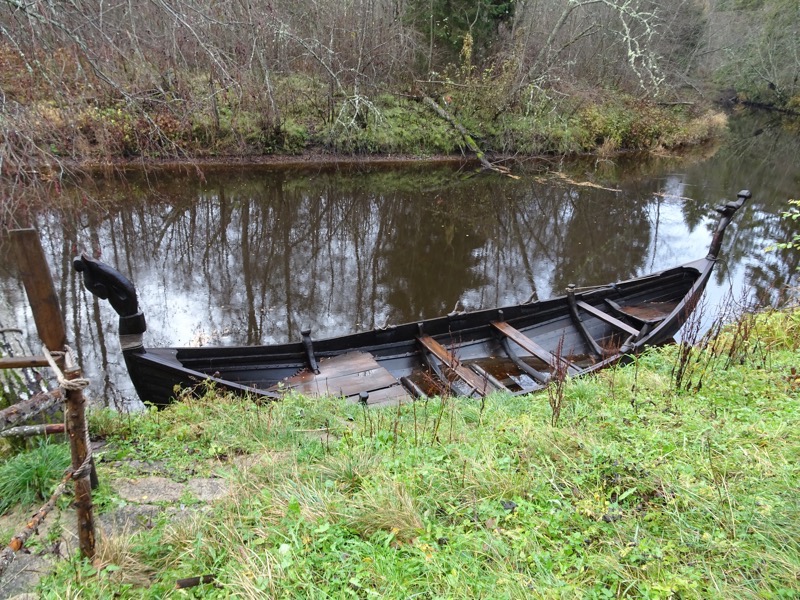 Private picnic pavilion spaces that can be hired and you can do your own BBQ or self catering.
Private picnic pavilion spaces that can be hired and you can do your own BBQ or self catering. 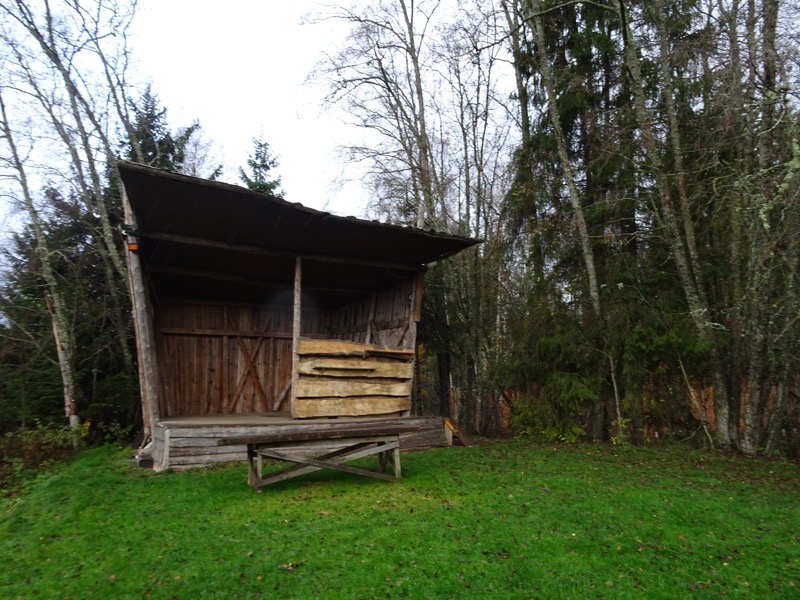 The walk back across the creek to the tavern/restaurant area.
The walk back across the creek to the tavern/restaurant area.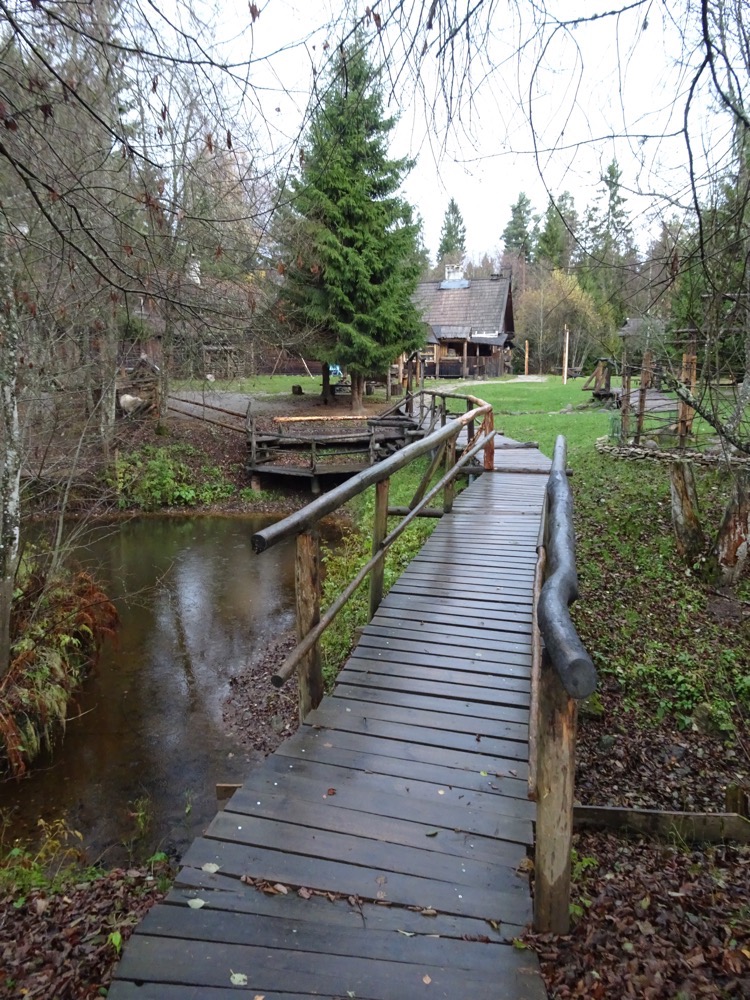
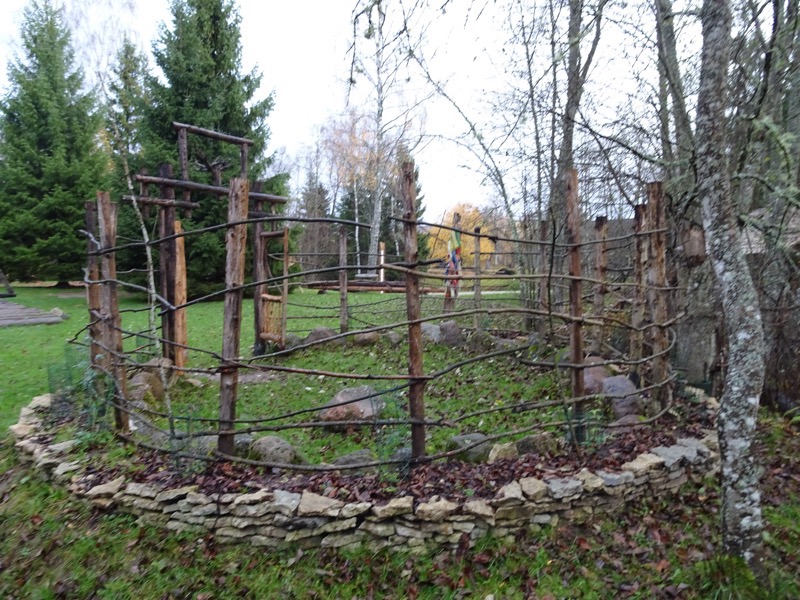
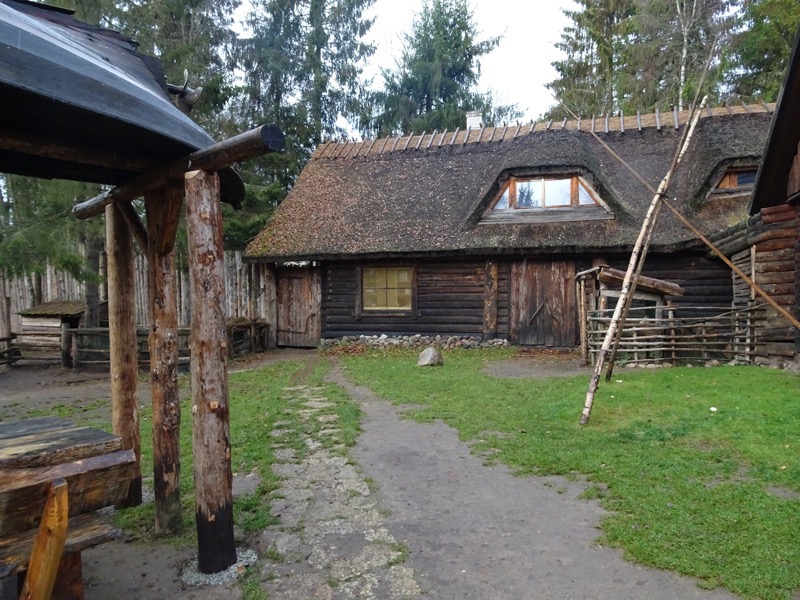 A small outdoor beer garden space which is currently unoccupied, due to 1) it being early morning, and 2) it being bloody cold!
A small outdoor beer garden space which is currently unoccupied, due to 1) it being early morning, and 2) it being bloody cold!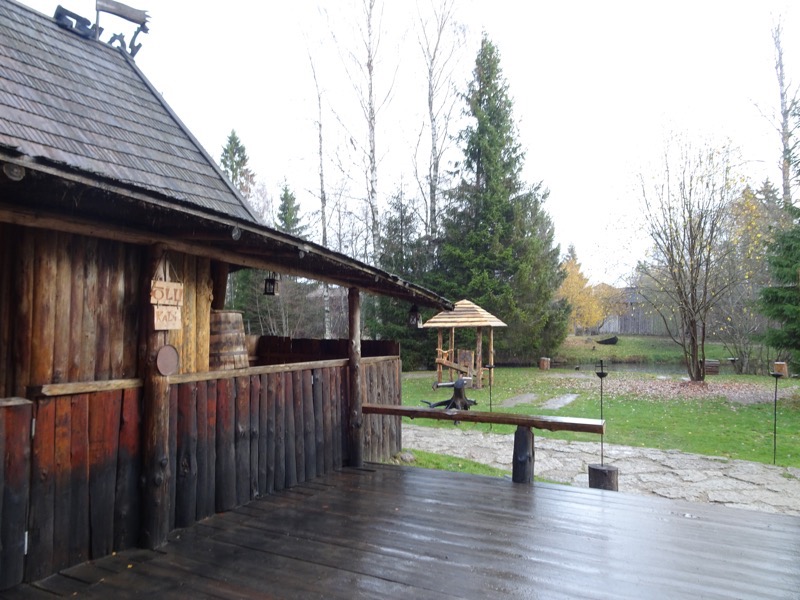 We thought we would pop in the tavern and have a warming hot drink before we had to hit the road.
We thought we would pop in the tavern and have a warming hot drink before we had to hit the road.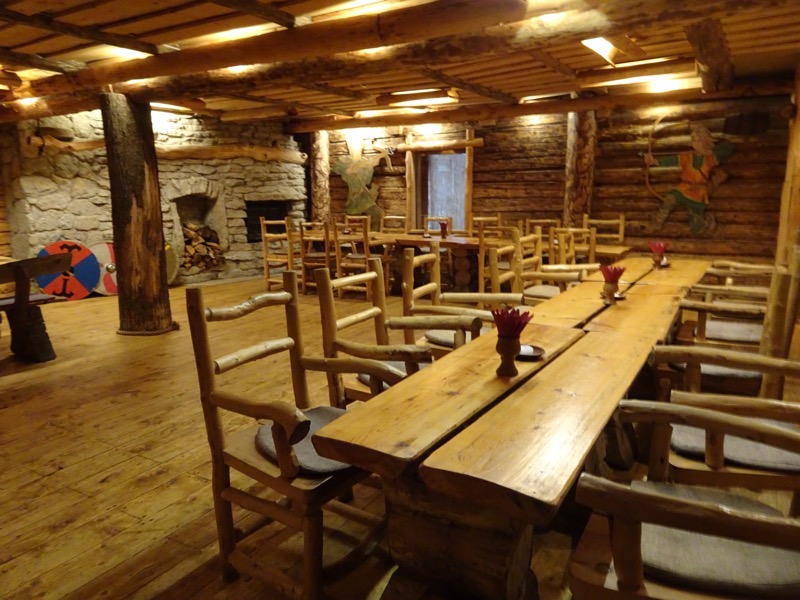 There were lots of small spaces and large spaces to suit different groups – this one had a roof height of barely 5 feet, and was either designed for kids or for very intimate dining groups!
There were lots of small spaces and large spaces to suit different groups – this one had a roof height of barely 5 feet, and was either designed for kids or for very intimate dining groups!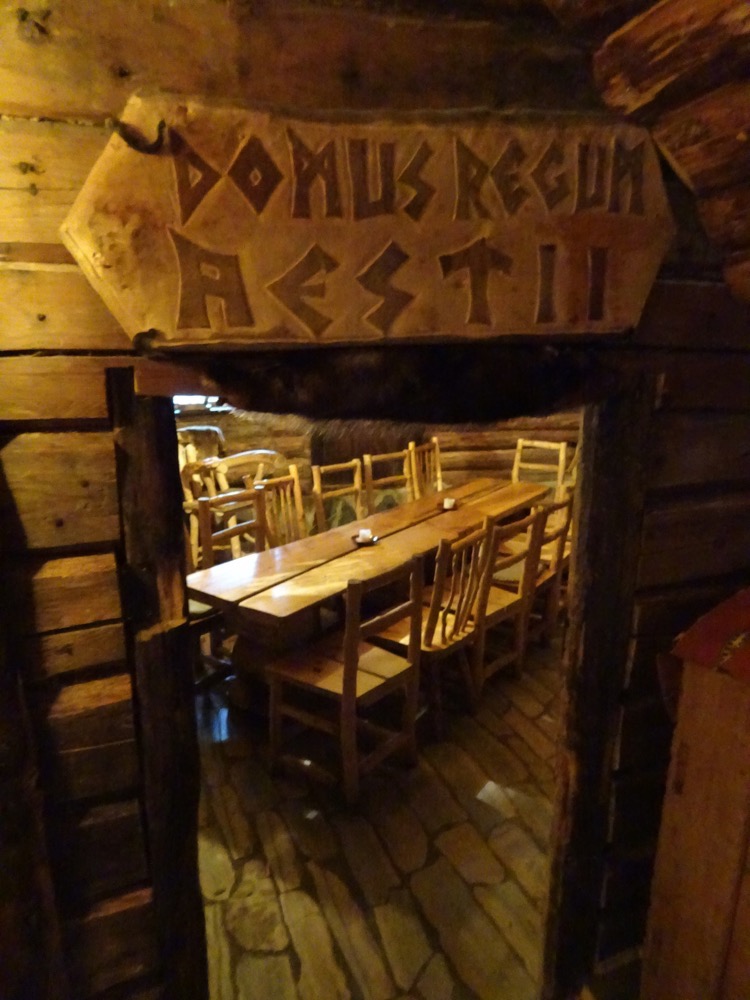 We had a look at the menu and were tempted to have an early lunch snack. I ordered the field mushrooms on rye bread…
We had a look at the menu and were tempted to have an early lunch snack. I ordered the field mushrooms on rye bread…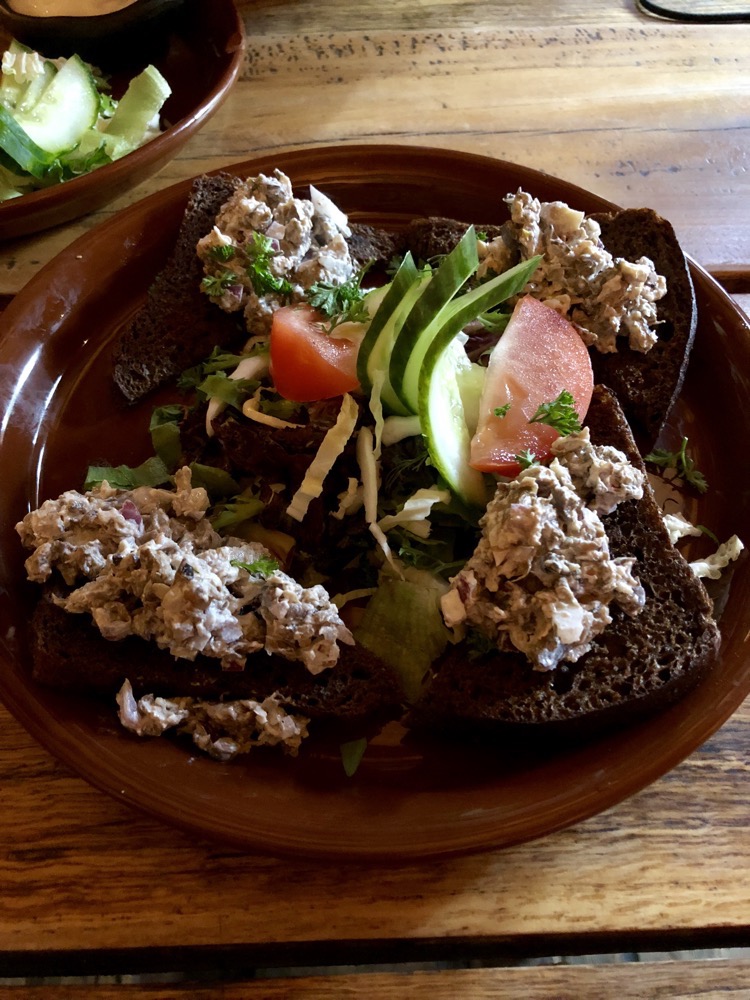 and yale ordered some sort of beef dumplings. It was very tasty and well presented. I know yale would disagree with me when I say I thought the Viking Village was awesome. He felt it was a bit too twee (and it is), but I have had medieval fun in places that looked a whole lot less likely than this place – you know like an old shearing shed, or a basketball court hidden by a gazillion banners. So, if you take it for what it is, a medieval styled space that hasn’t been documented to within an inch of its life designed for good times – then yes, I think you’d have a grand old time here. It would be great fun to come with a large group of friends all dressed up and have big feast/banquet… which is exactly what the place caters for.
and yale ordered some sort of beef dumplings. It was very tasty and well presented. I know yale would disagree with me when I say I thought the Viking Village was awesome. He felt it was a bit too twee (and it is), but I have had medieval fun in places that looked a whole lot less likely than this place – you know like an old shearing shed, or a basketball court hidden by a gazillion banners. So, if you take it for what it is, a medieval styled space that hasn’t been documented to within an inch of its life designed for good times – then yes, I think you’d have a grand old time here. It would be great fun to come with a large group of friends all dressed up and have big feast/banquet… which is exactly what the place caters for.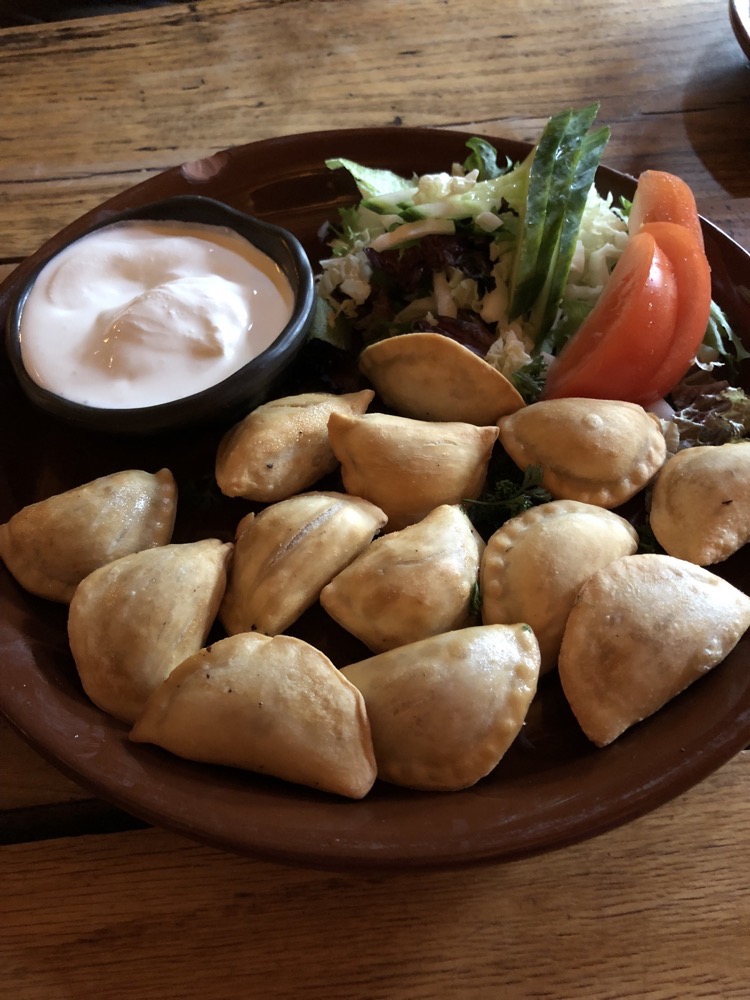
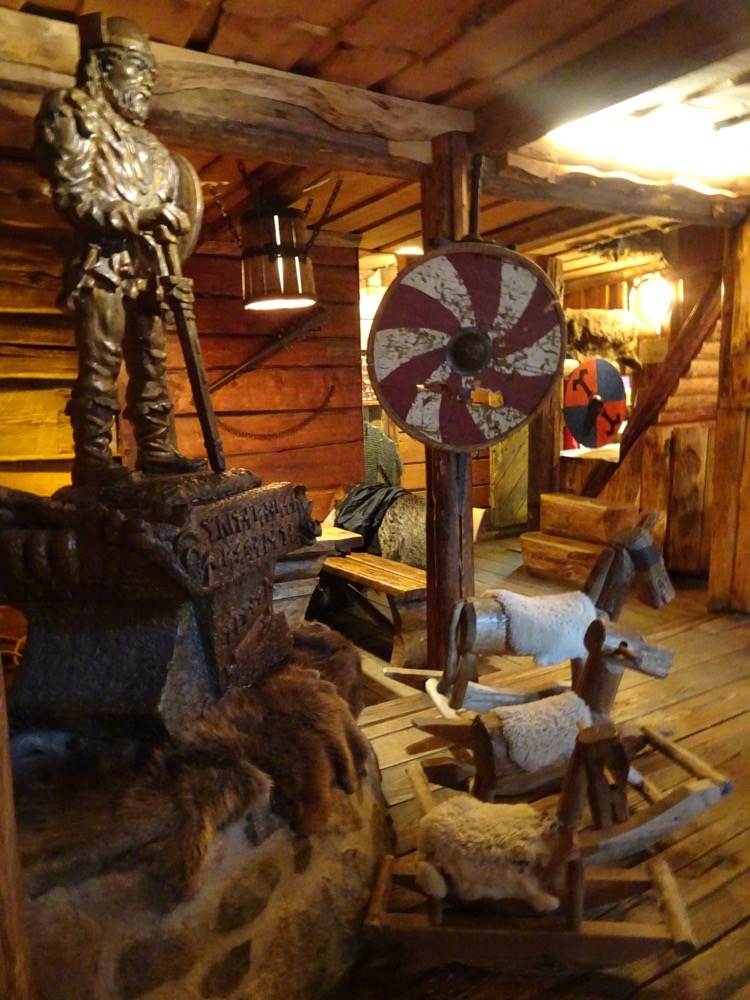
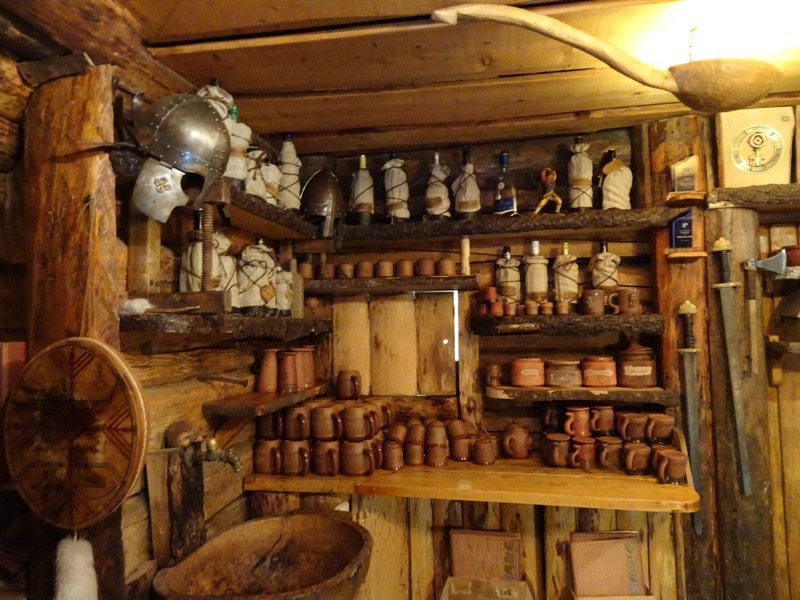
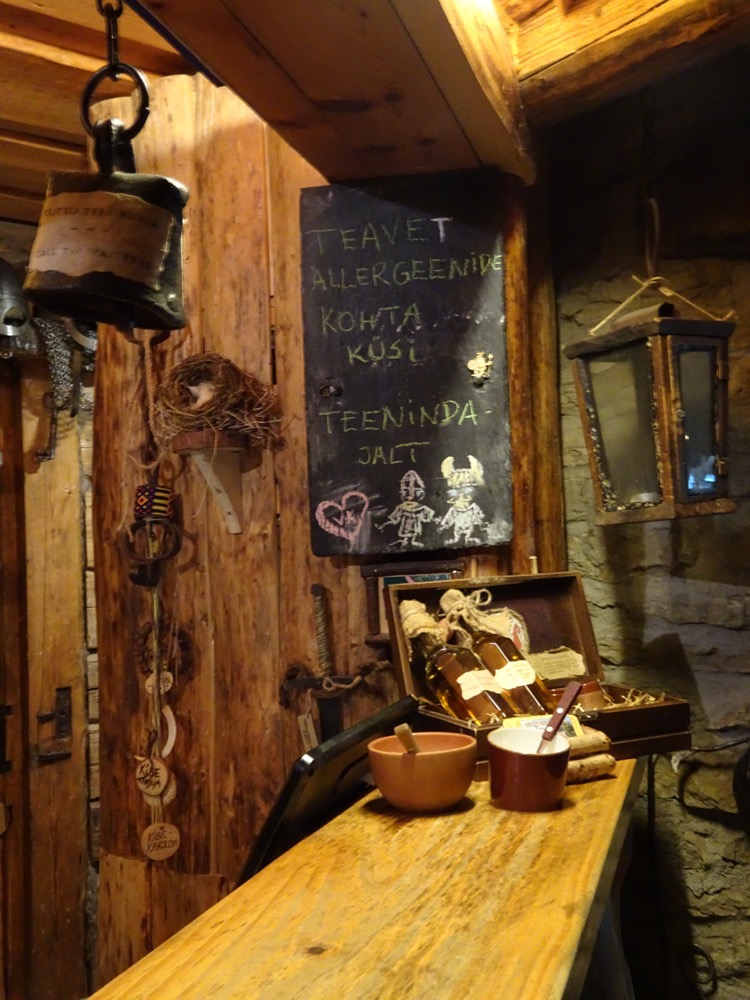 After our warming drinks and a sit by the fire for half an hour to warm up – we hit the road and were heading through the Lithuanian countryside, pottering around some back roads before we would end up on the highways again.
After our warming drinks and a sit by the fire for half an hour to warm up – we hit the road and were heading through the Lithuanian countryside, pottering around some back roads before we would end up on the highways again.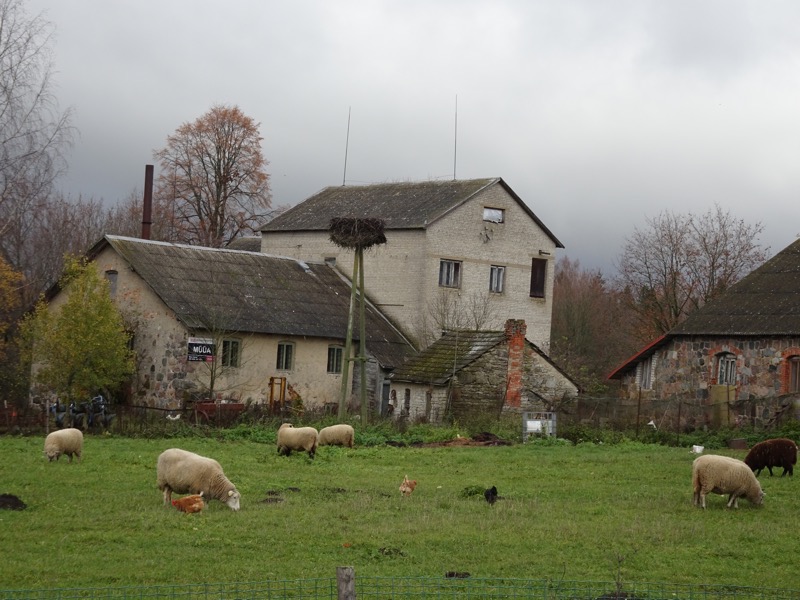 The drive had a few err, interesting moments. Many of which were caused by the road rules here which allow overtaking on certain roads even if someone is coming towards you. That is, when the line of the road on the should is broken – drivers are supposed to drive right up the dotted line and allow other drivers to go around them, even if there is oncoming traffic. Great in theory, but in practice, there were way too many drivers who were way too cocky at this being able to overtake whenever you wanted to, leaving us driving three abreast a two-lane road A LOT.
The drive had a few err, interesting moments. Many of which were caused by the road rules here which allow overtaking on certain roads even if someone is coming towards you. That is, when the line of the road on the should is broken – drivers are supposed to drive right up the dotted line and allow other drivers to go around them, even if there is oncoming traffic. Great in theory, but in practice, there were way too many drivers who were way too cocky at this being able to overtake whenever you wanted to, leaving us driving three abreast a two-lane road A LOT. We stopped briefly at the cheap discount liquor store at what was once the Estonian/Latvian border. Found some souvenir shopping, some not so discounted grog and some rather questionable food offerings in the loosely labelled ‘bistro’ before heading to Riga.
We stopped briefly at the cheap discount liquor store at what was once the Estonian/Latvian border. Found some souvenir shopping, some not so discounted grog and some rather questionable food offerings in the loosely labelled ‘bistro’ before heading to Riga. On the way into Riga we saw the first sign of a major metropolis on our left – and were reminded that we were not really in Eastern Europe anymore but in the Baltic/Northern Europe area… so like we saw in Iceland, we expect all our hotels to be decorated in nothing but Ikea from now on. 😉
On the way into Riga we saw the first sign of a major metropolis on our left – and were reminded that we were not really in Eastern Europe anymore but in the Baltic/Northern Europe area… so like we saw in Iceland, we expect all our hotels to be decorated in nothing but Ikea from now on. 😉 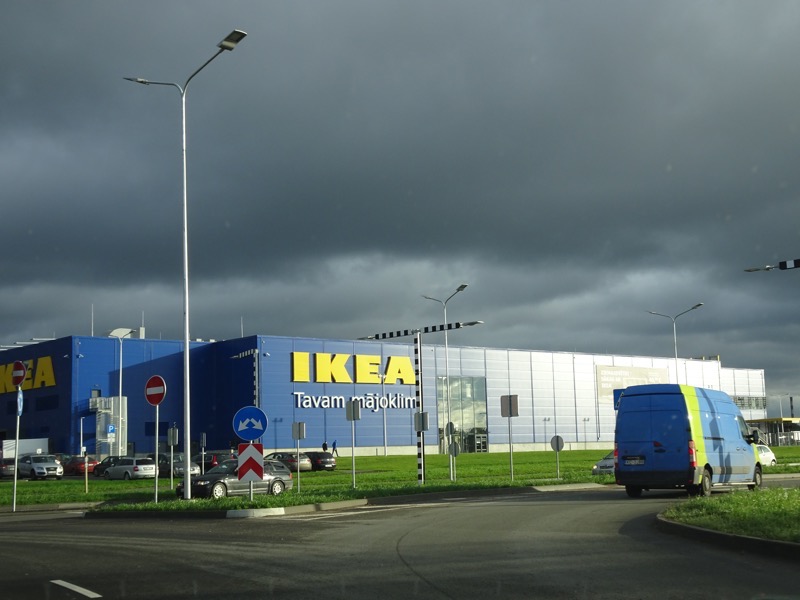 We checked into the Rixwell Riga Old Palace Hotel where we had booked a ‘designer studio room’ only to be given a key to what would make a good playroom for some midgets – about 14sqm and barely a 7′ ceiling. It looked nice enough but was totally impractical*.
We checked into the Rixwell Riga Old Palace Hotel where we had booked a ‘designer studio room’ only to be given a key to what would make a good playroom for some midgets – about 14sqm and barely a 7′ ceiling. It looked nice enough but was totally impractical*.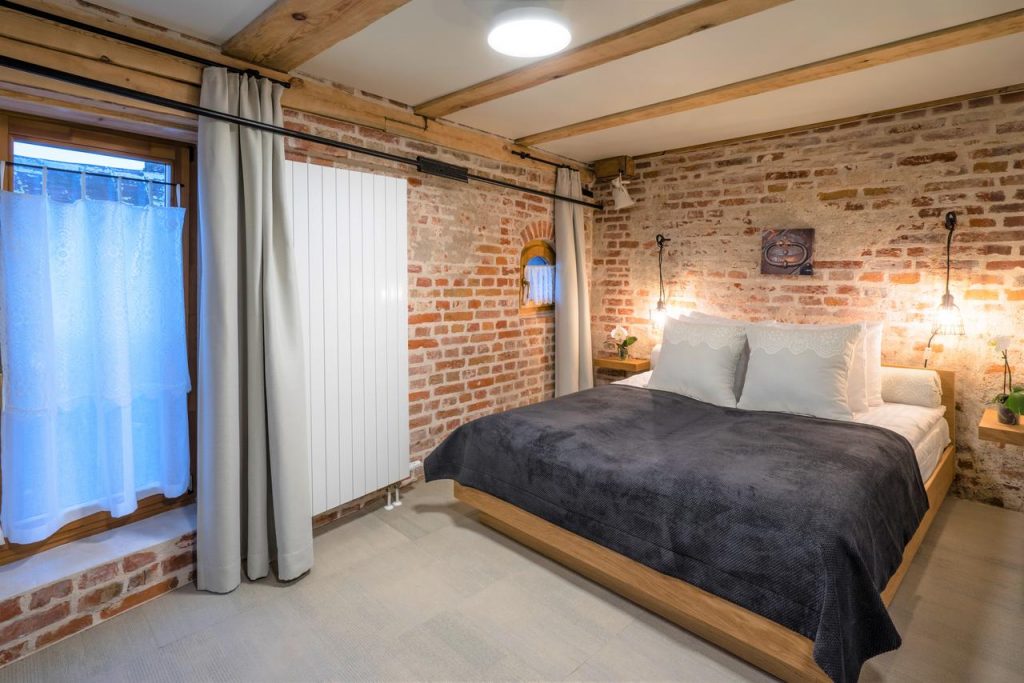 *not the actual room we were given – this one you could walk all the way around the bed, whereas the room we were allocated had a bed up against the wall on the right-hand side.
*not the actual room we were given – this one you could walk all the way around the bed, whereas the room we were allocated had a bed up against the wall on the right-hand side.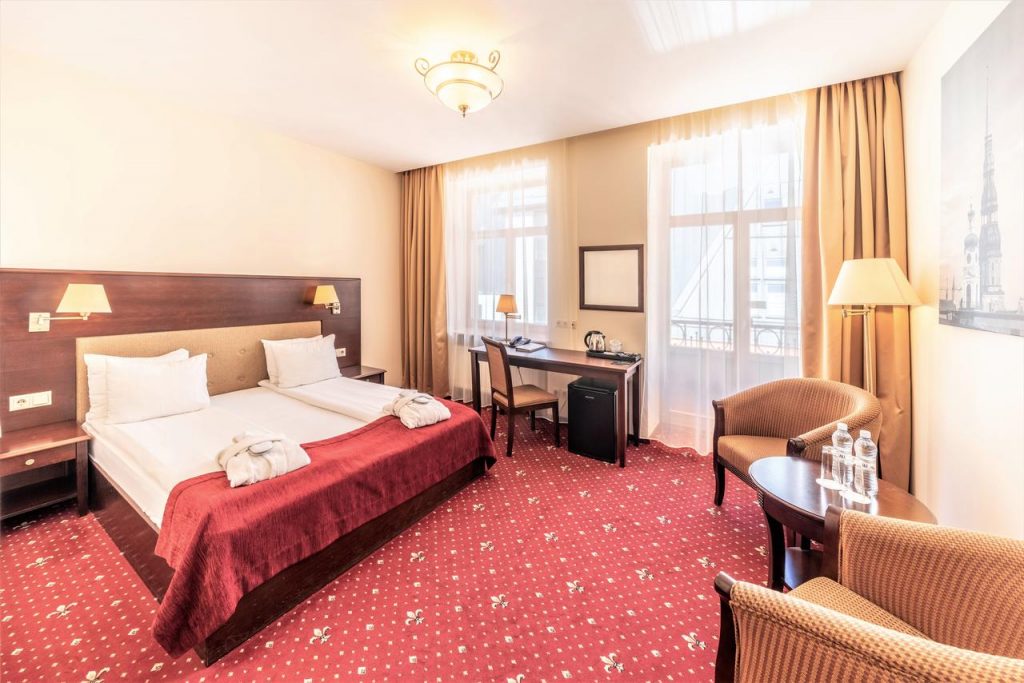 Once happily situated, and yale had ascertained that the wifi was up to his exacting standards, we decided to find a nice restaurant with local food and head out. It turned out that not 150m from our hotel was a restaurant called, ‘Milda’ which is rated about 8th out of over 800 restaurants in Riga and we thought that sounded like a bit of us. Was a bit fancier than anticipated, so I am glad I made yale change out of his blue otter t-shirt. 😛
Once happily situated, and yale had ascertained that the wifi was up to his exacting standards, we decided to find a nice restaurant with local food and head out. It turned out that not 150m from our hotel was a restaurant called, ‘Milda’ which is rated about 8th out of over 800 restaurants in Riga and we thought that sounded like a bit of us. Was a bit fancier than anticipated, so I am glad I made yale change out of his blue otter t-shirt. 😛
 The menu was superb – yale ordered the beef heart tartar.
The menu was superb – yale ordered the beef heart tartar.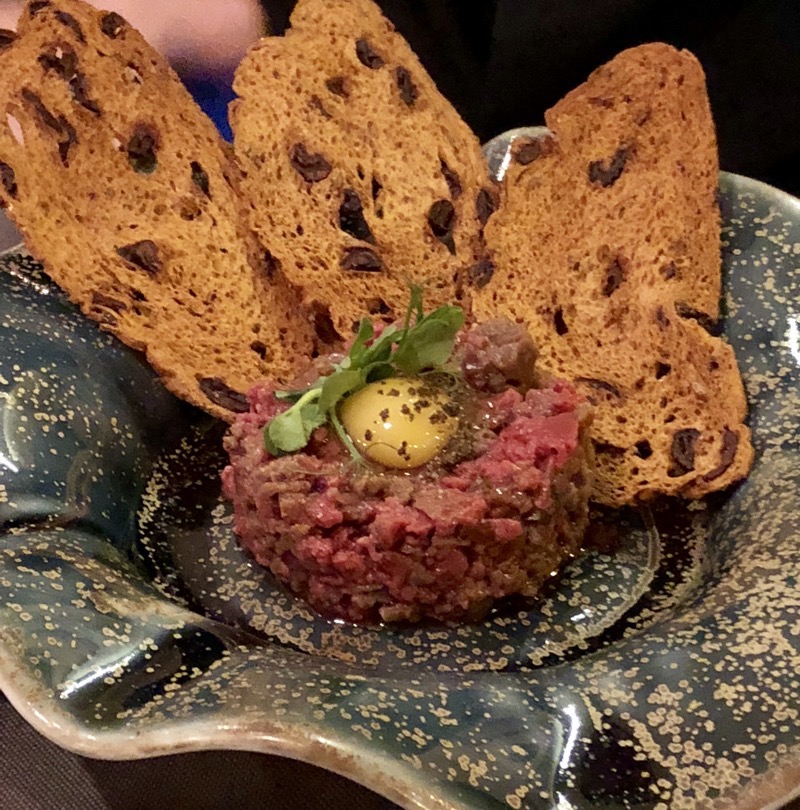 I ordered the potato dumplings – which were much more asian style dumplings than stodgy eastern European ones.
I ordered the potato dumplings – which were much more asian style dumplings than stodgy eastern European ones.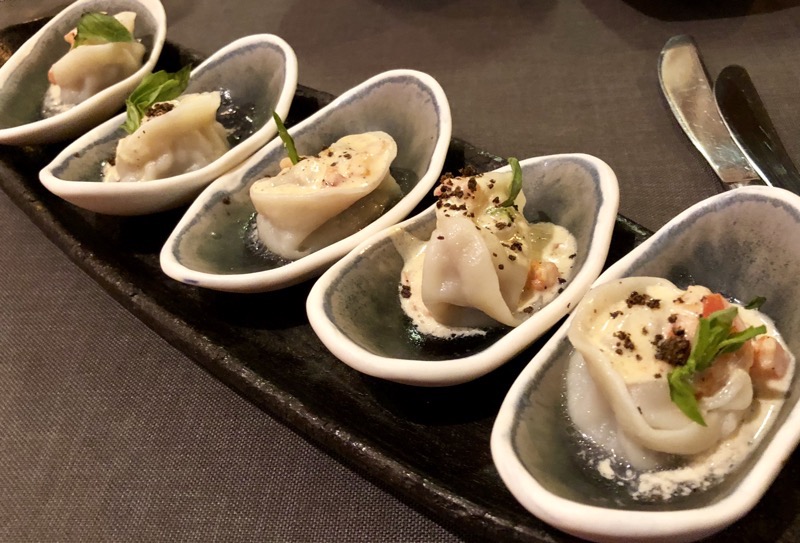 yale had a soup course of porcini mushroom soup served in a fruit cob loaf.
yale had a soup course of porcini mushroom soup served in a fruit cob loaf.  And for mains I had the fillet mignon with sweet potato puree…
And for mains I had the fillet mignon with sweet potato puree… And yale ordered the boiled beef potato dumplings with bacon and onions and all good things.
And yale ordered the boiled beef potato dumplings with bacon and onions and all good things.  We shared a small honey cake for dessert. The entire meal was superb – they also served us some bread with some of the best pate I have ever tried, and that was easily the best steak I have had in months. The staff were excellent and I would highly recommend this place if you are ever in town.
We shared a small honey cake for dessert. The entire meal was superb – they also served us some bread with some of the best pate I have ever tried, and that was easily the best steak I have had in months. The staff were excellent and I would highly recommend this place if you are ever in town.  After that, it was back to the hotel and hopefully an early night, because I am stuffed. Been waking up way too early – my back has still not settled back down to its usual dull roar from having ramped up the day we went to Chernobyl, and it’s not like I’ve been resting since then. There is just too much to do, so I have probably extended this out way longer than necessarily by my continuing to do my damnedest to ignore it. :/
After that, it was back to the hotel and hopefully an early night, because I am stuffed. Been waking up way too early – my back has still not settled back down to its usual dull roar from having ramped up the day we went to Chernobyl, and it’s not like I’ve been resting since then. There is just too much to do, so I have probably extended this out way longer than necessarily by my continuing to do my damnedest to ignore it. :/